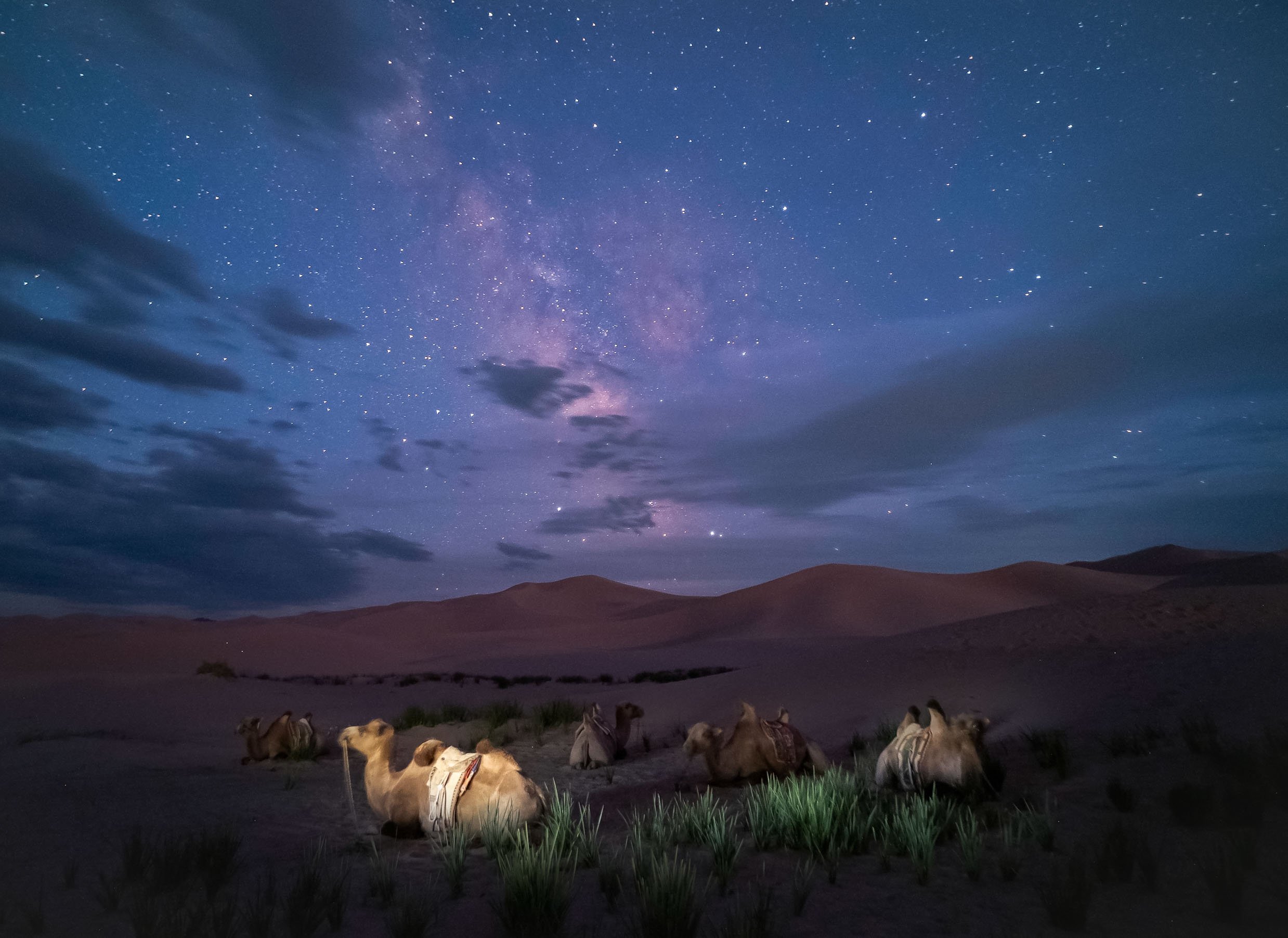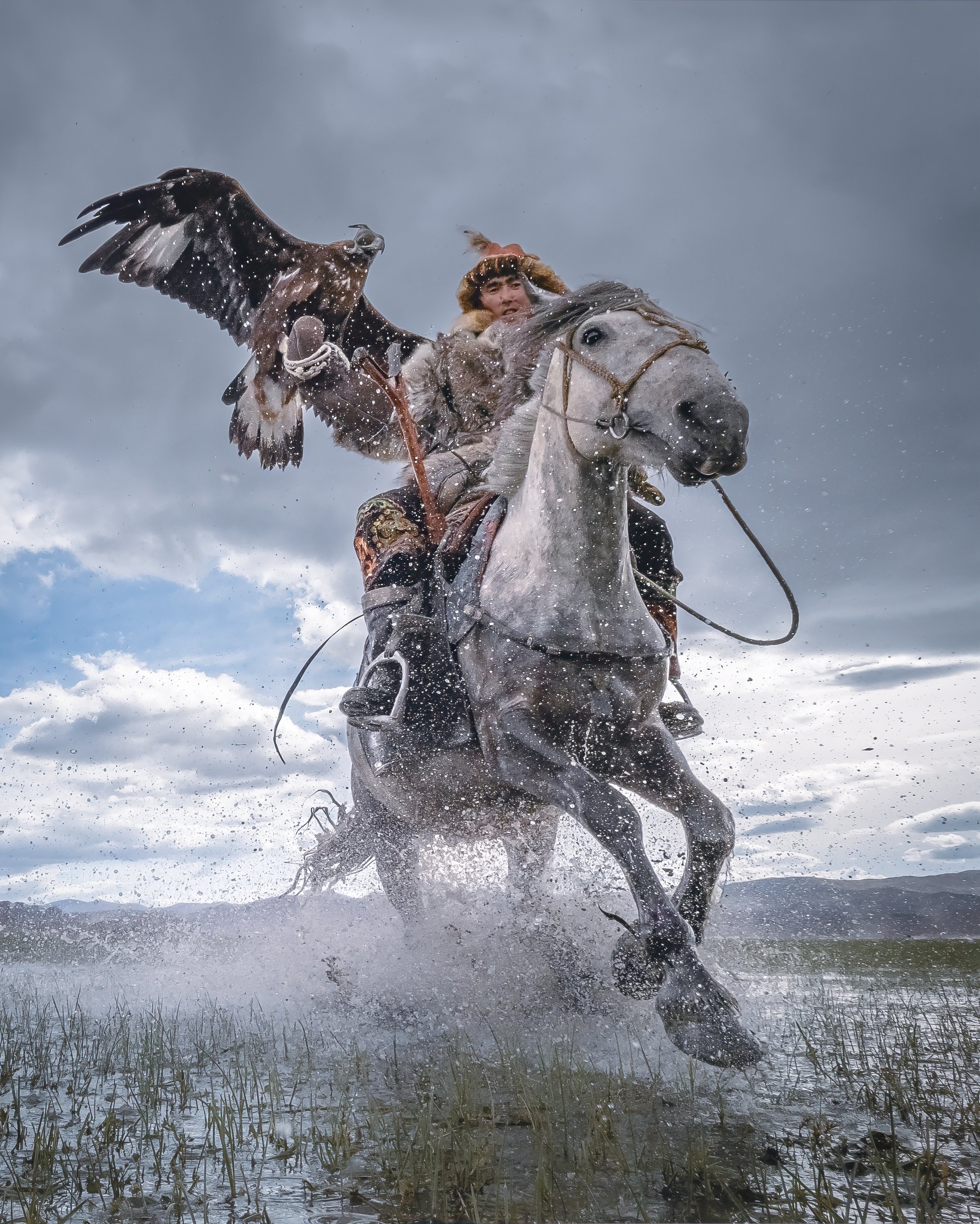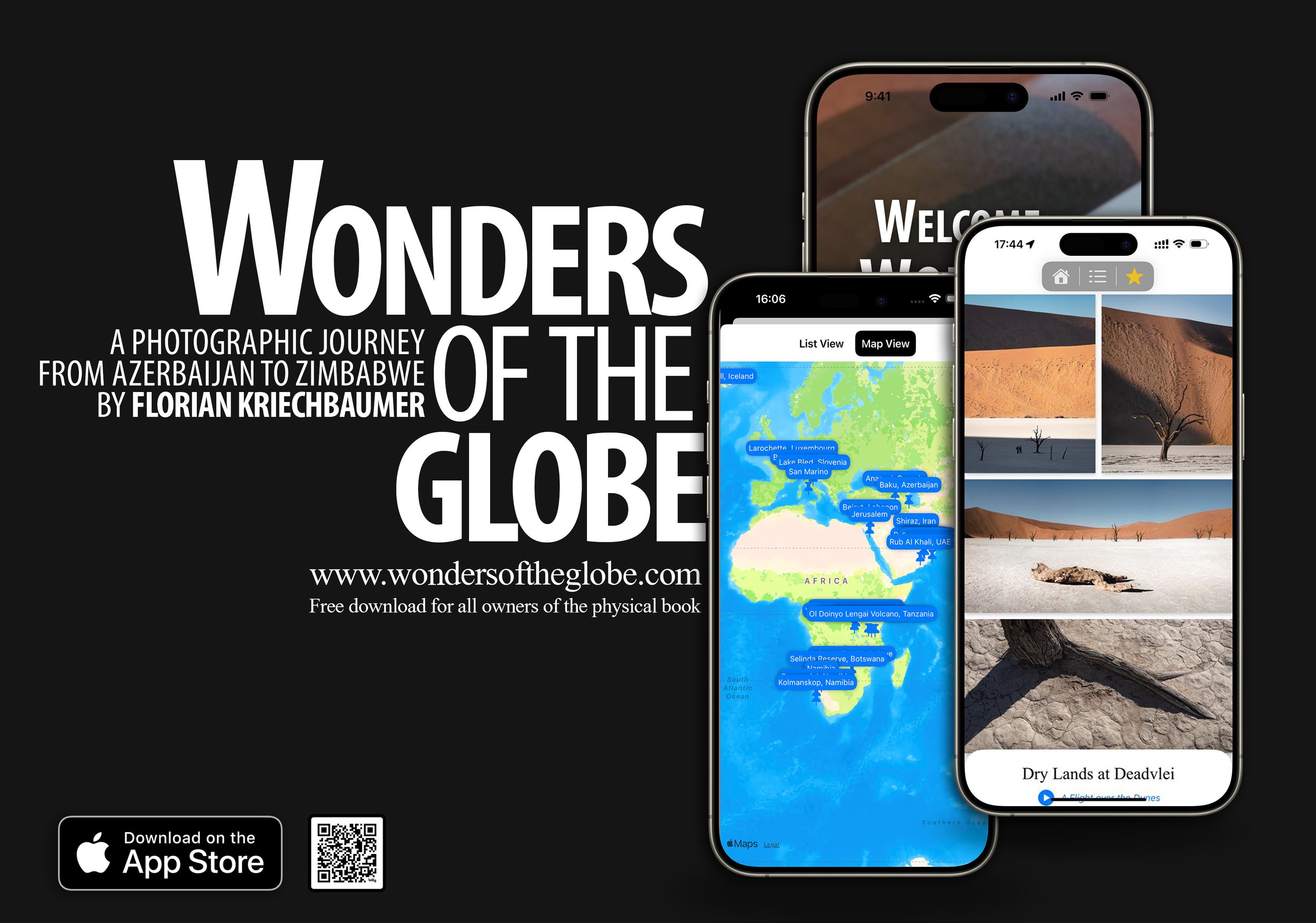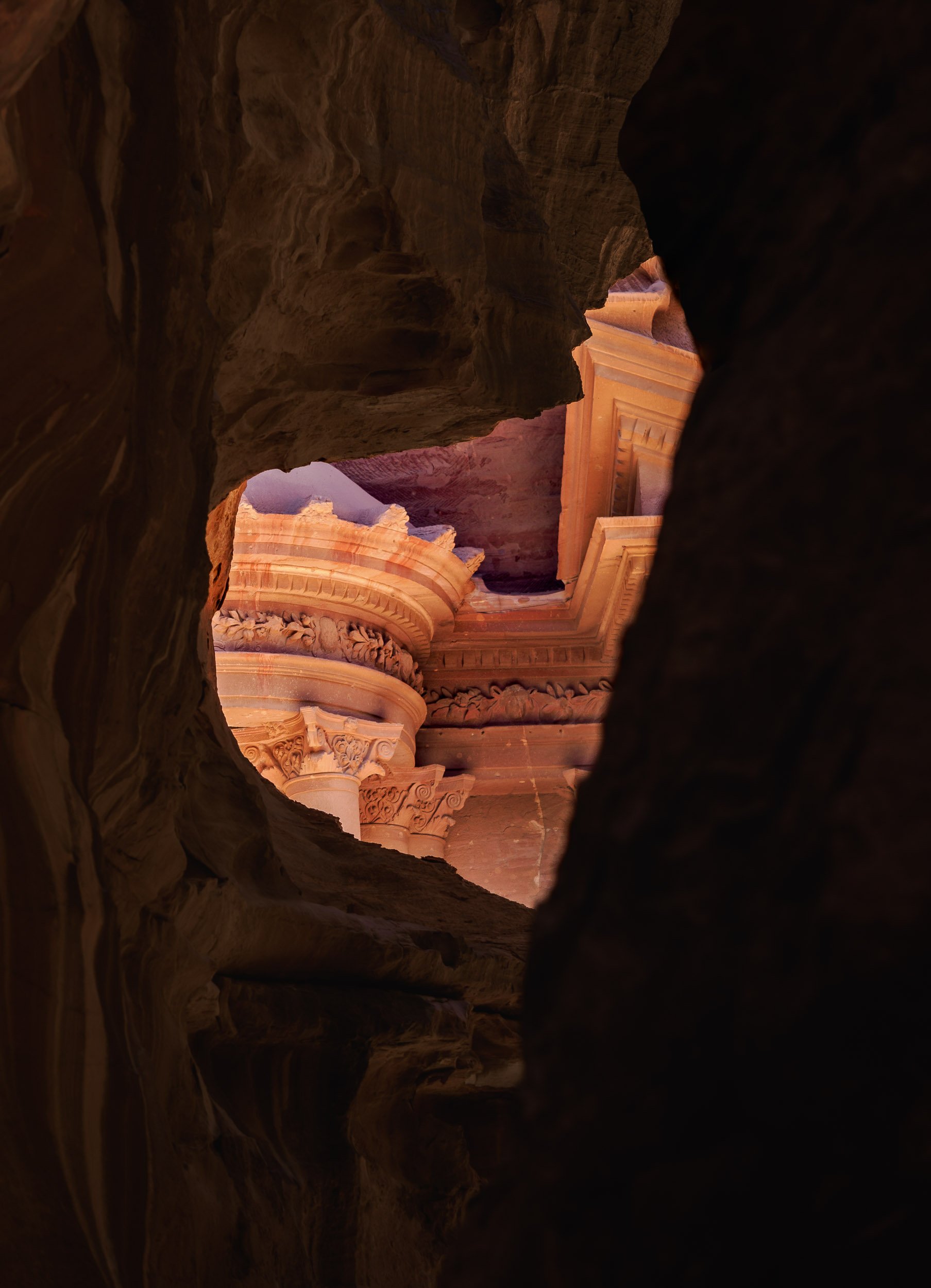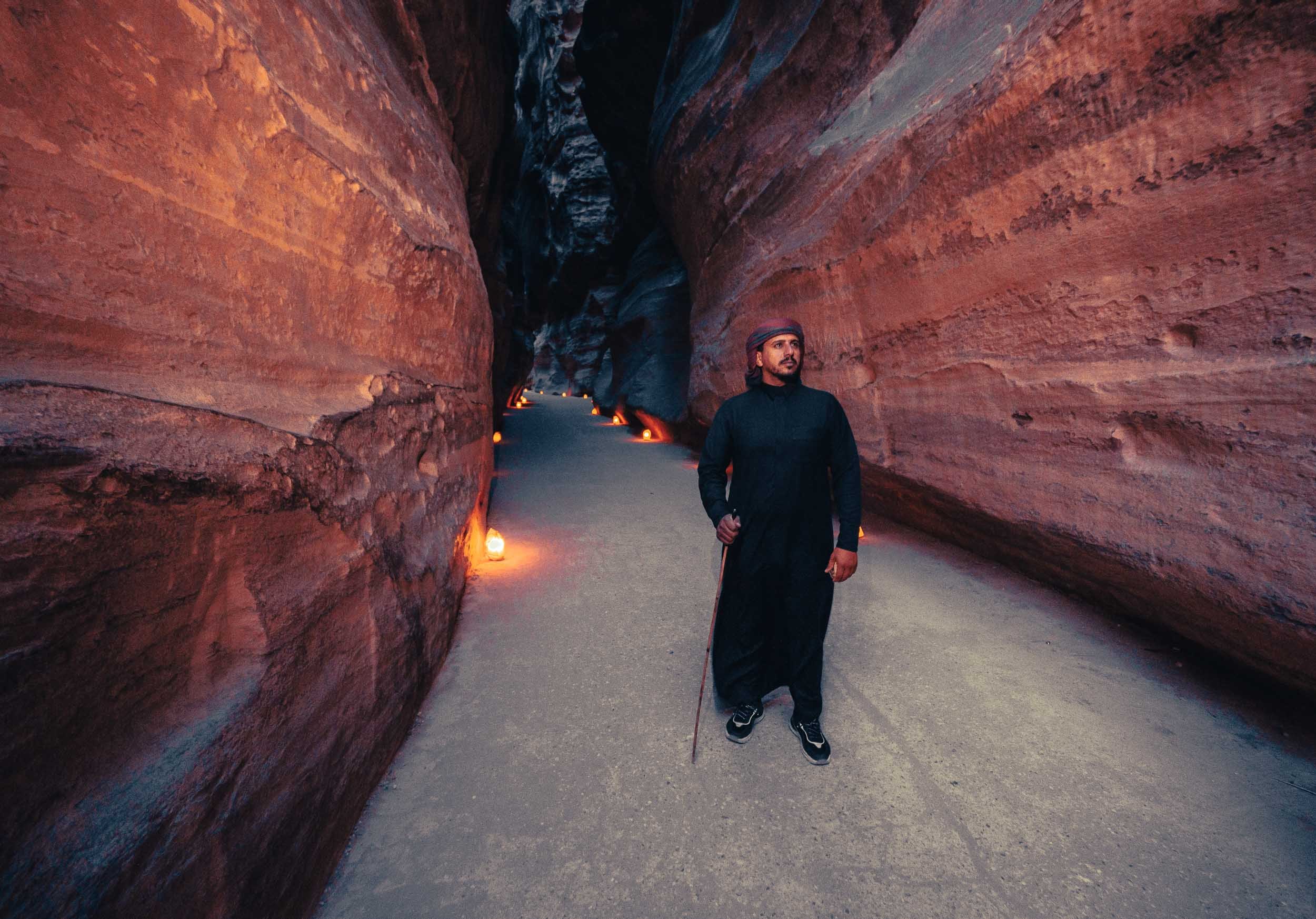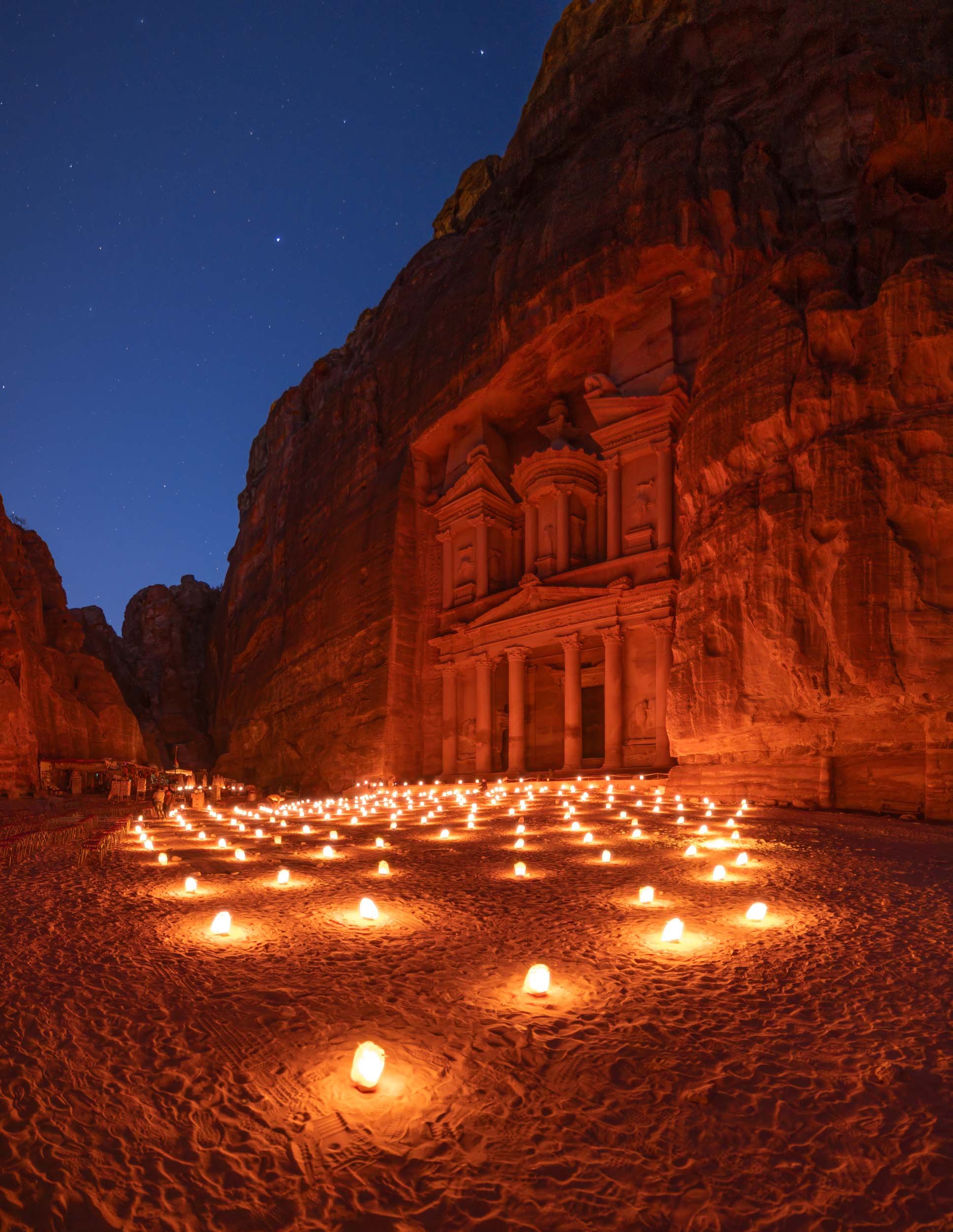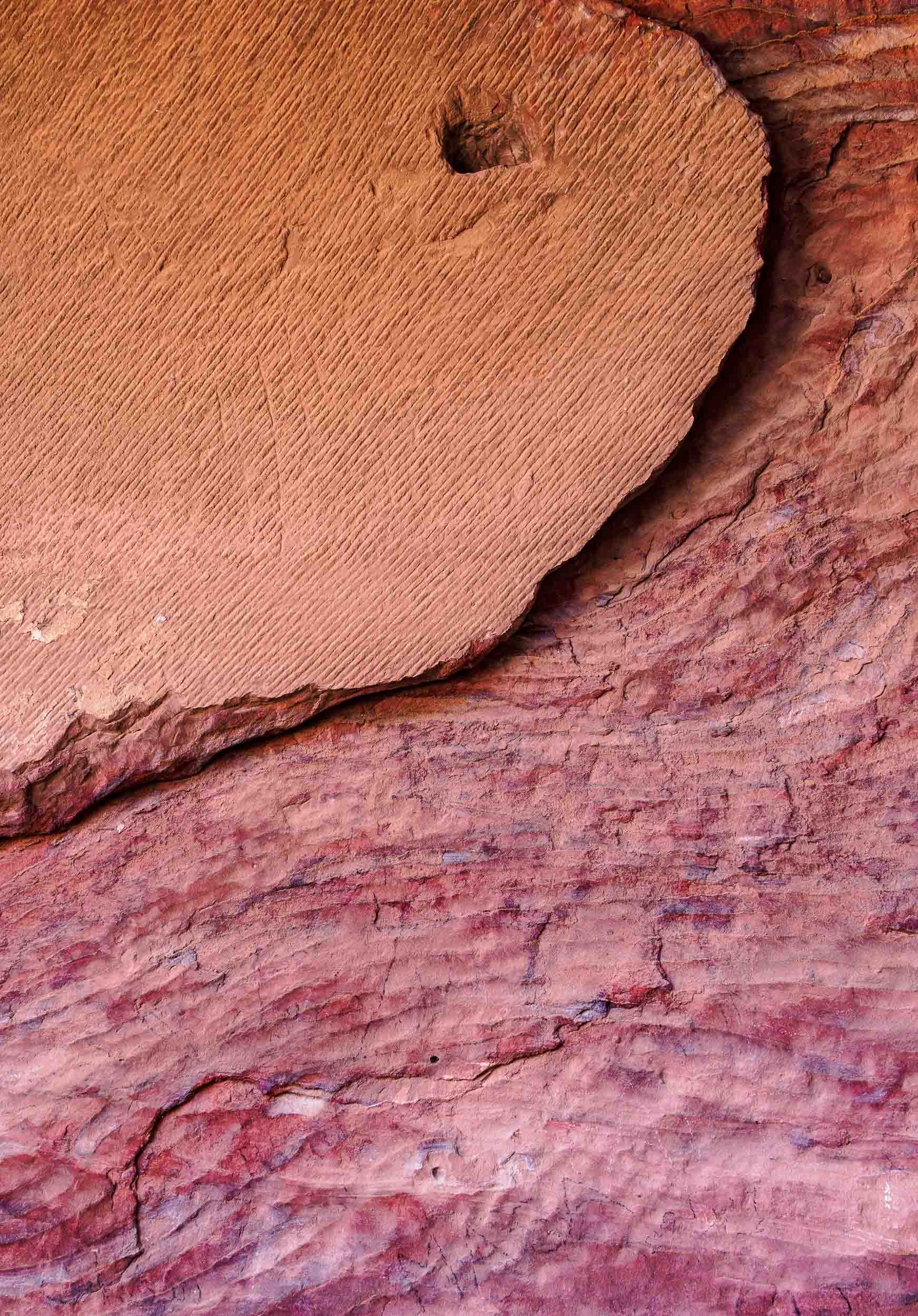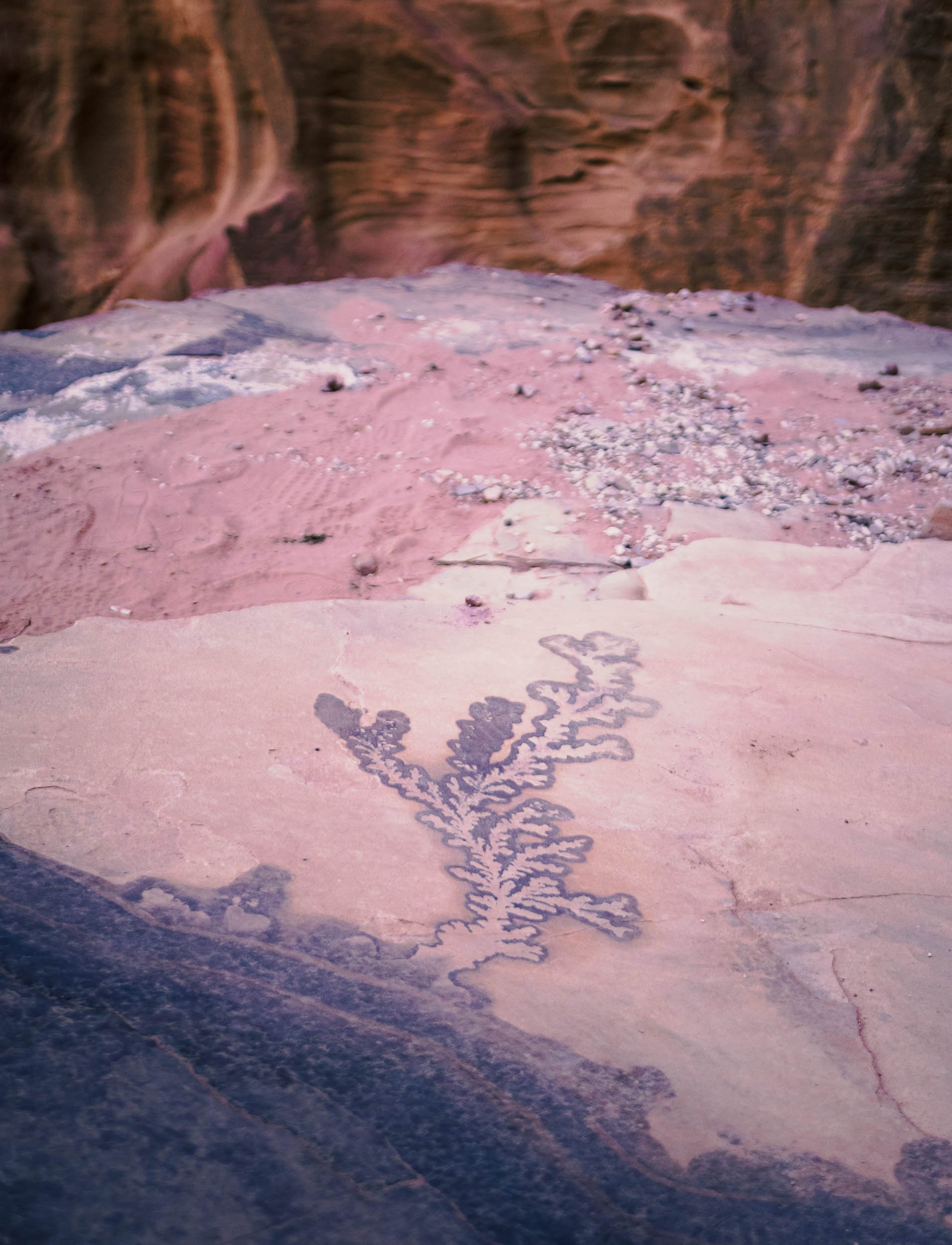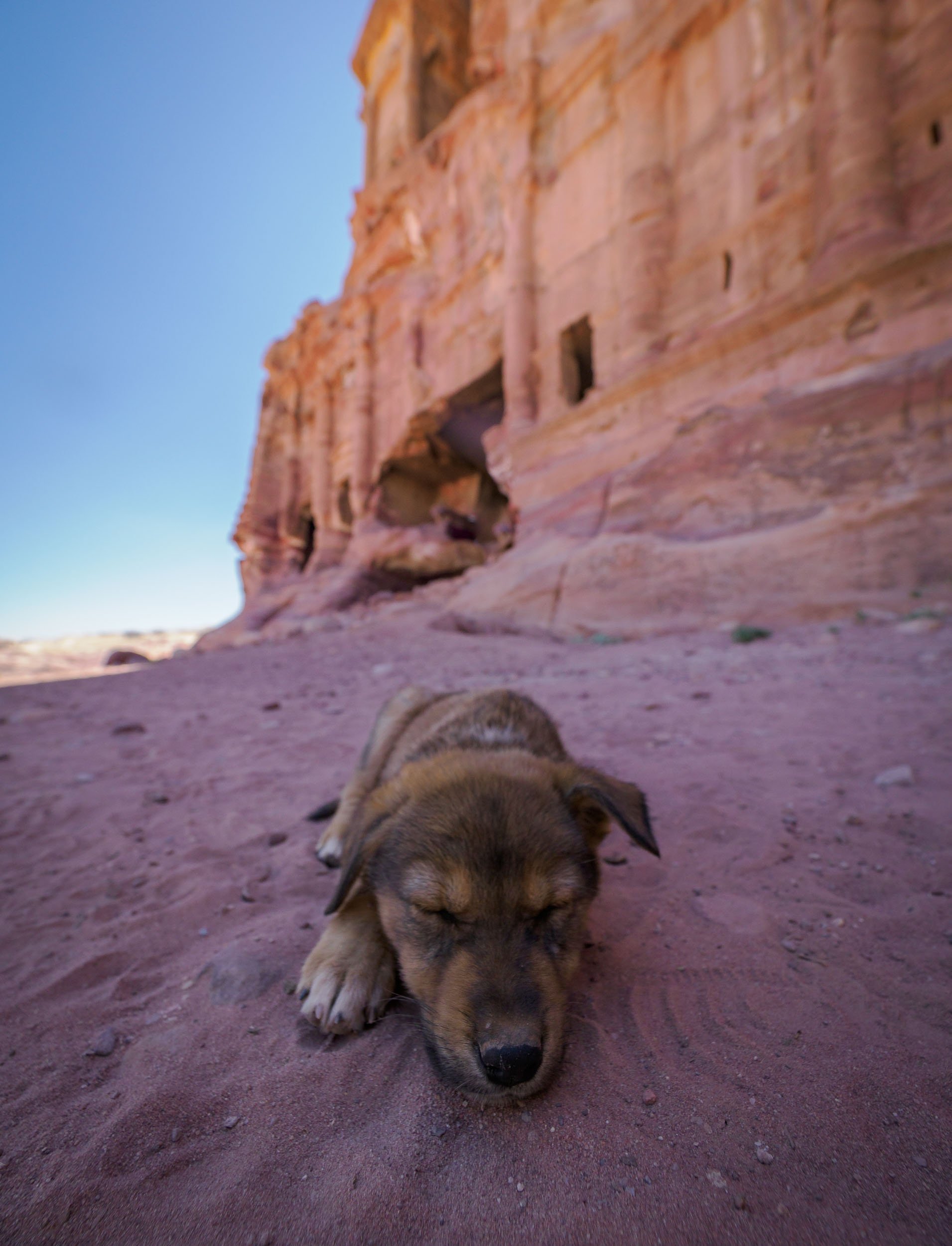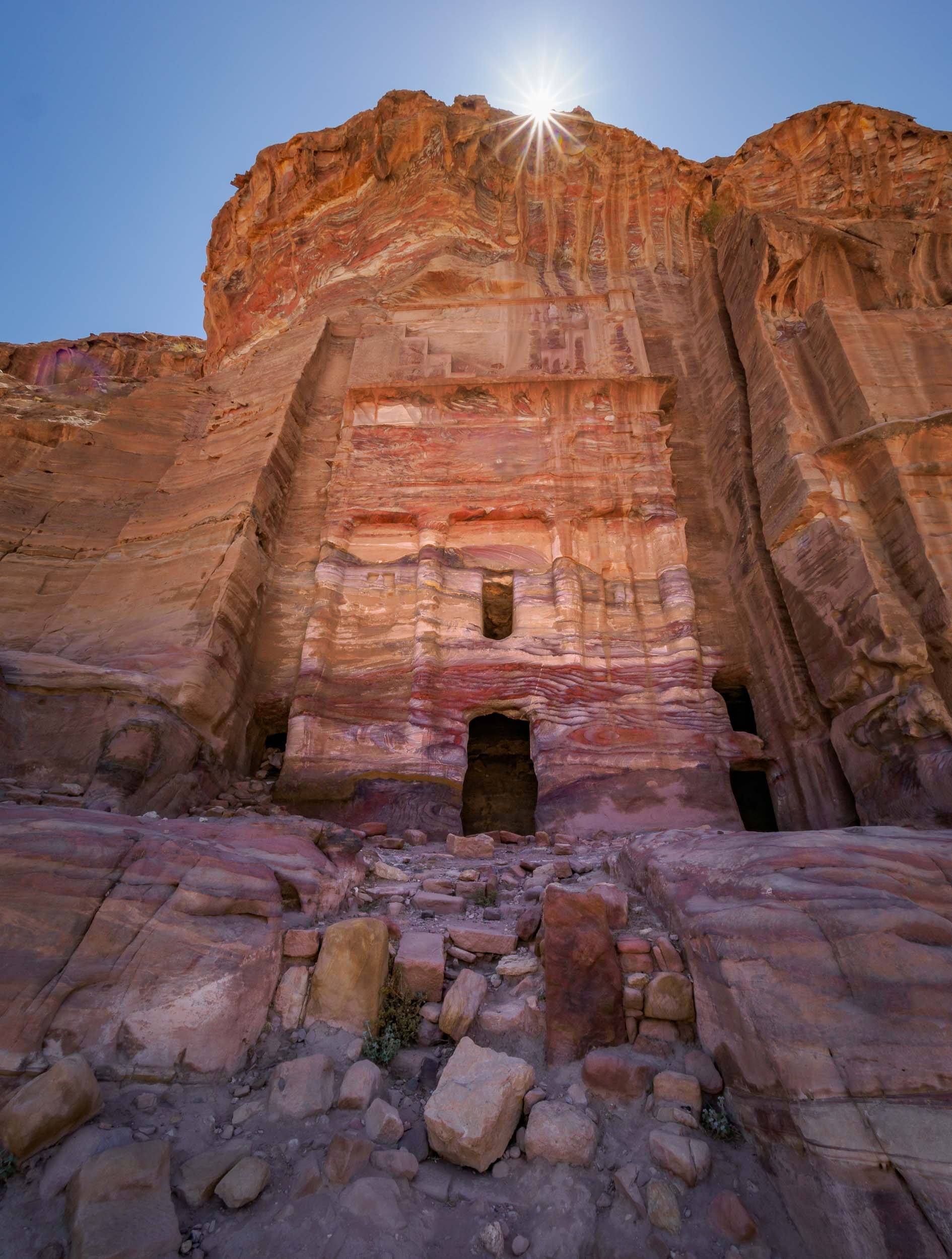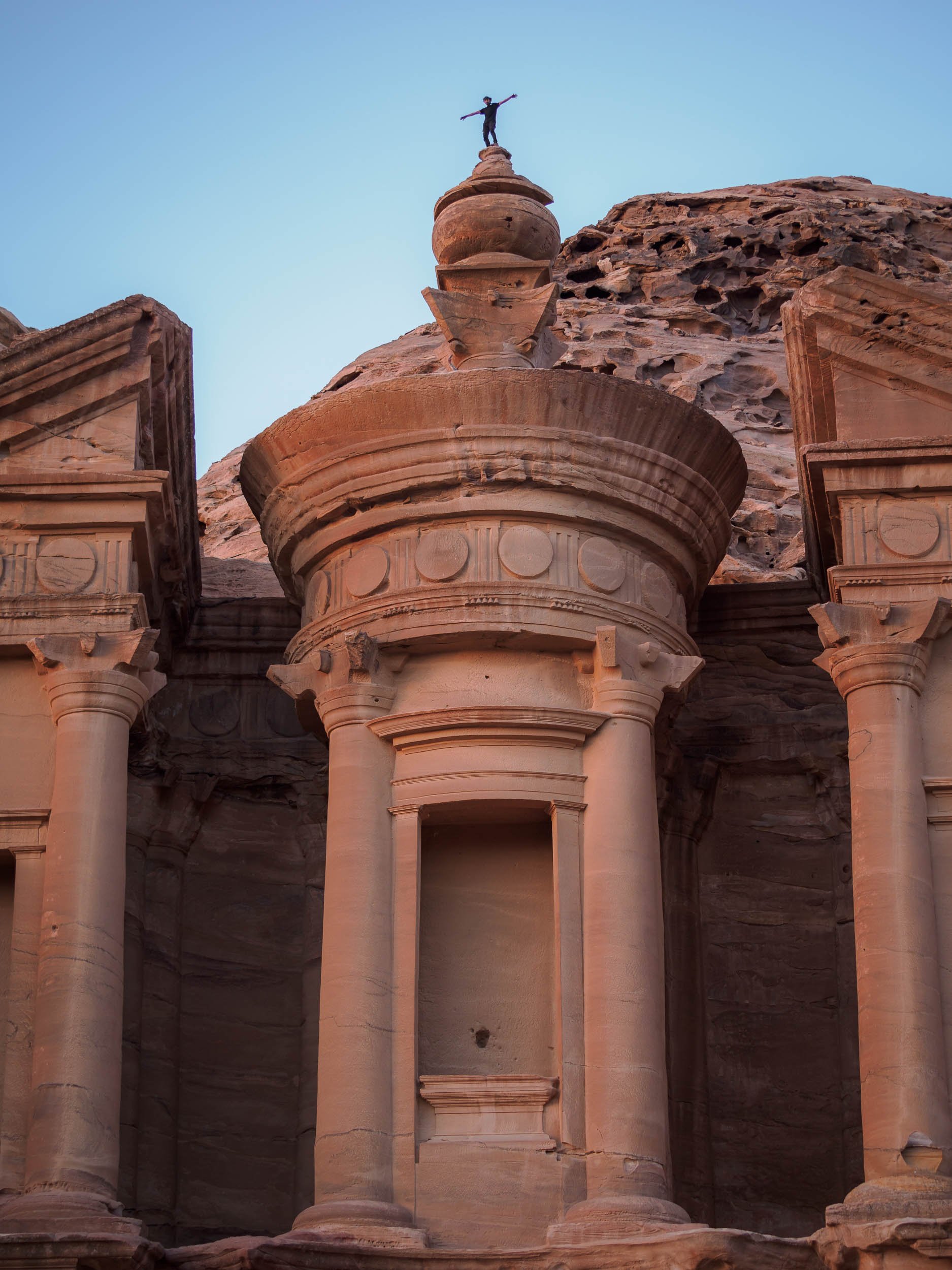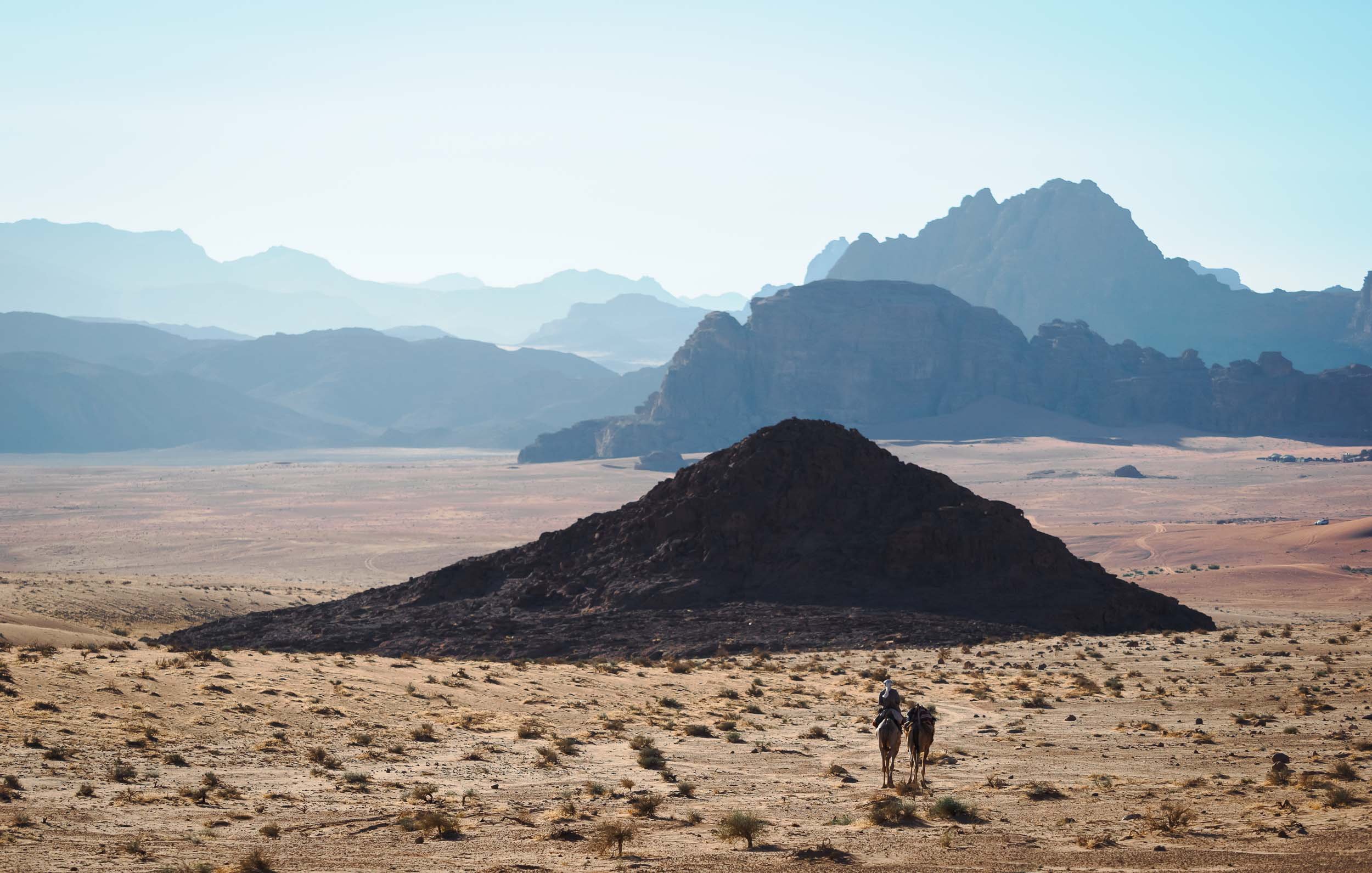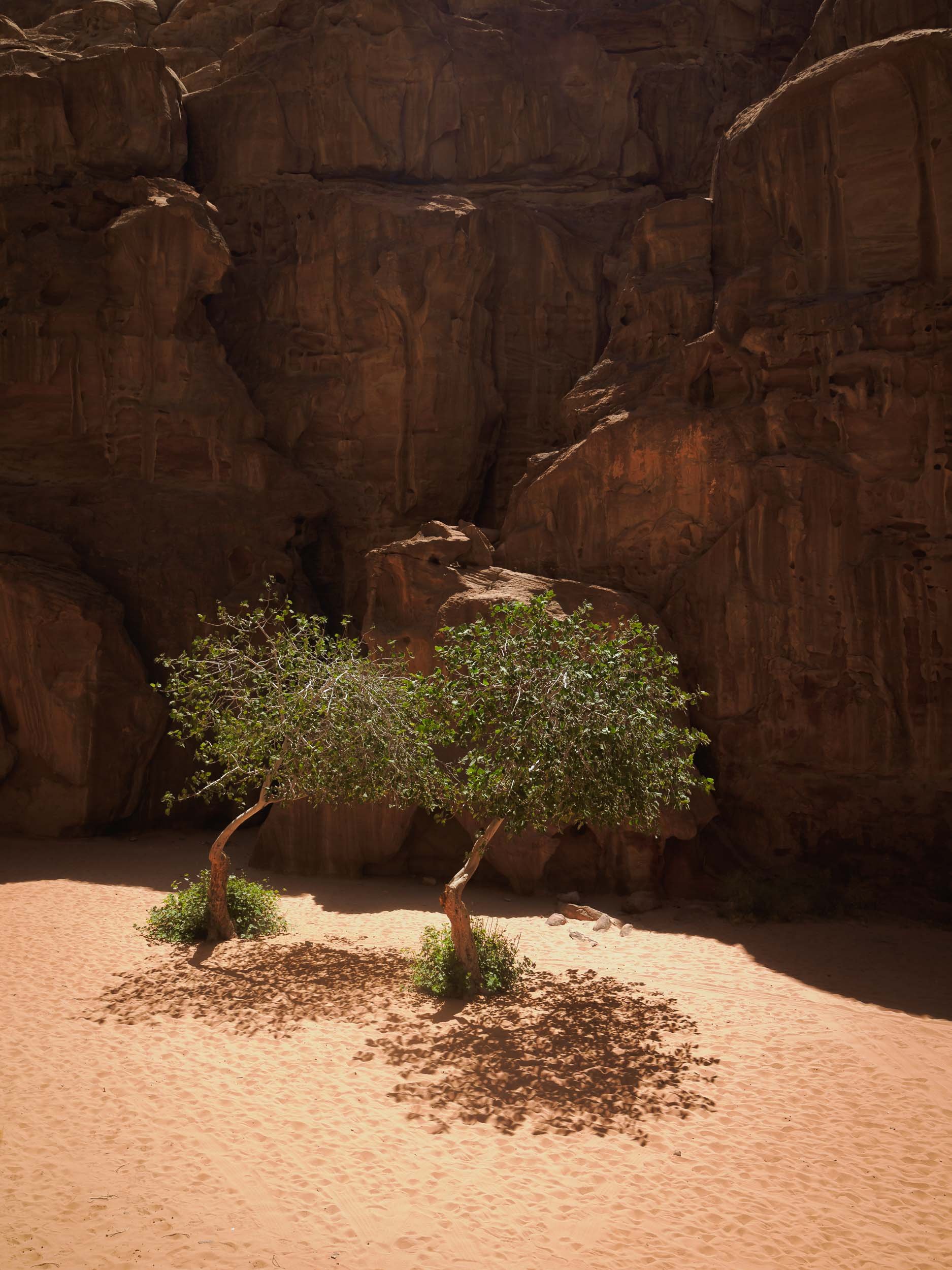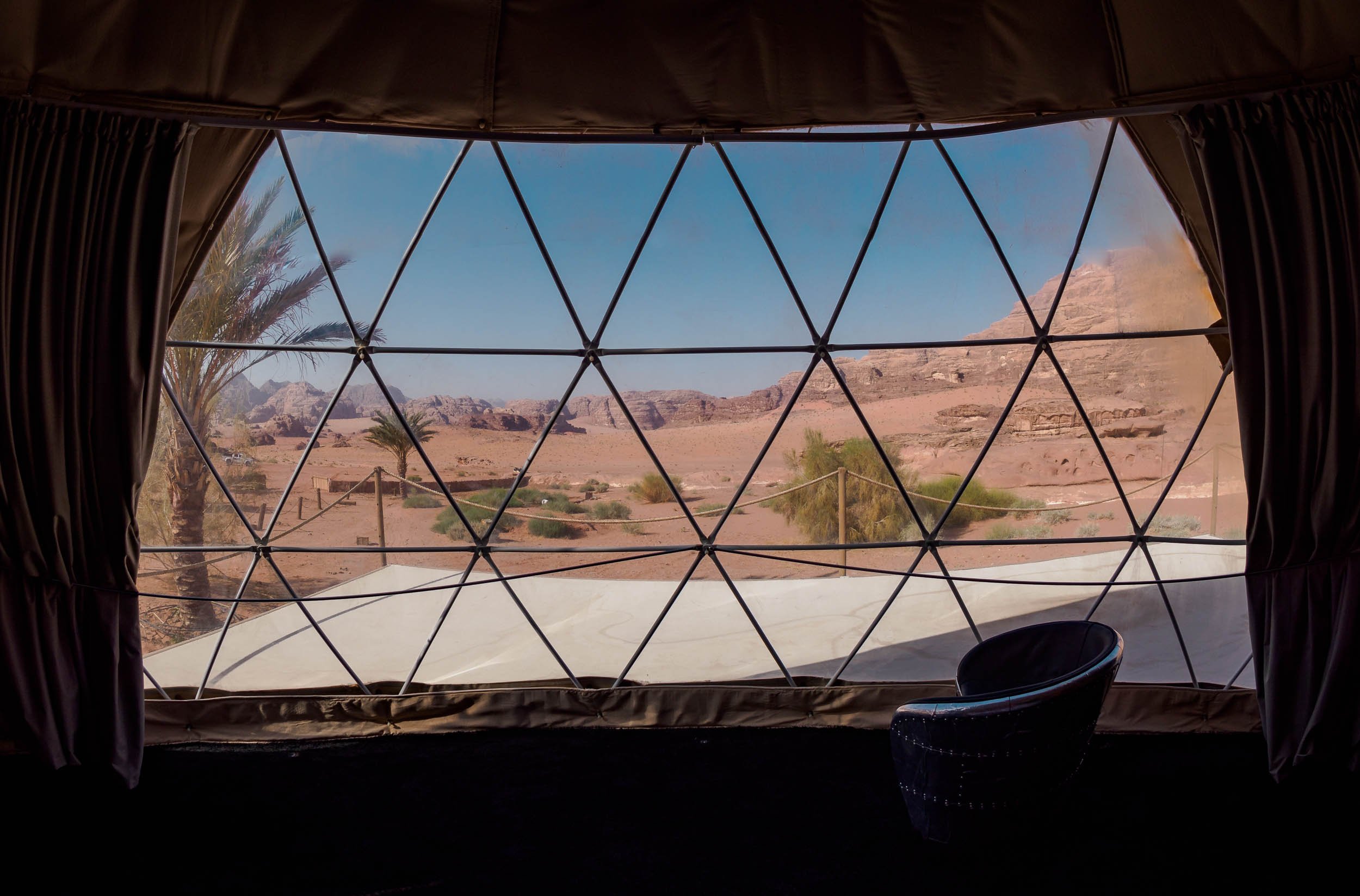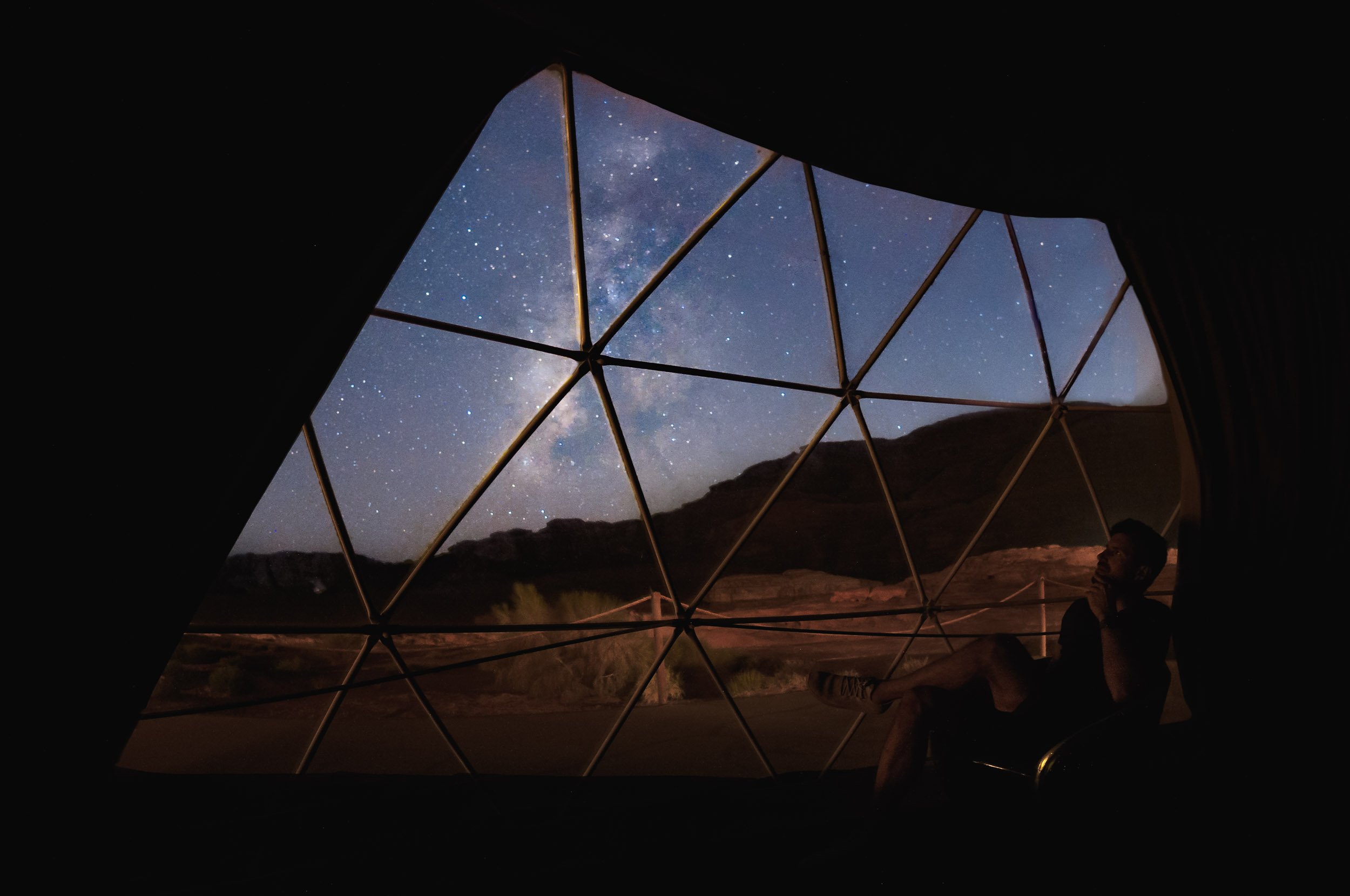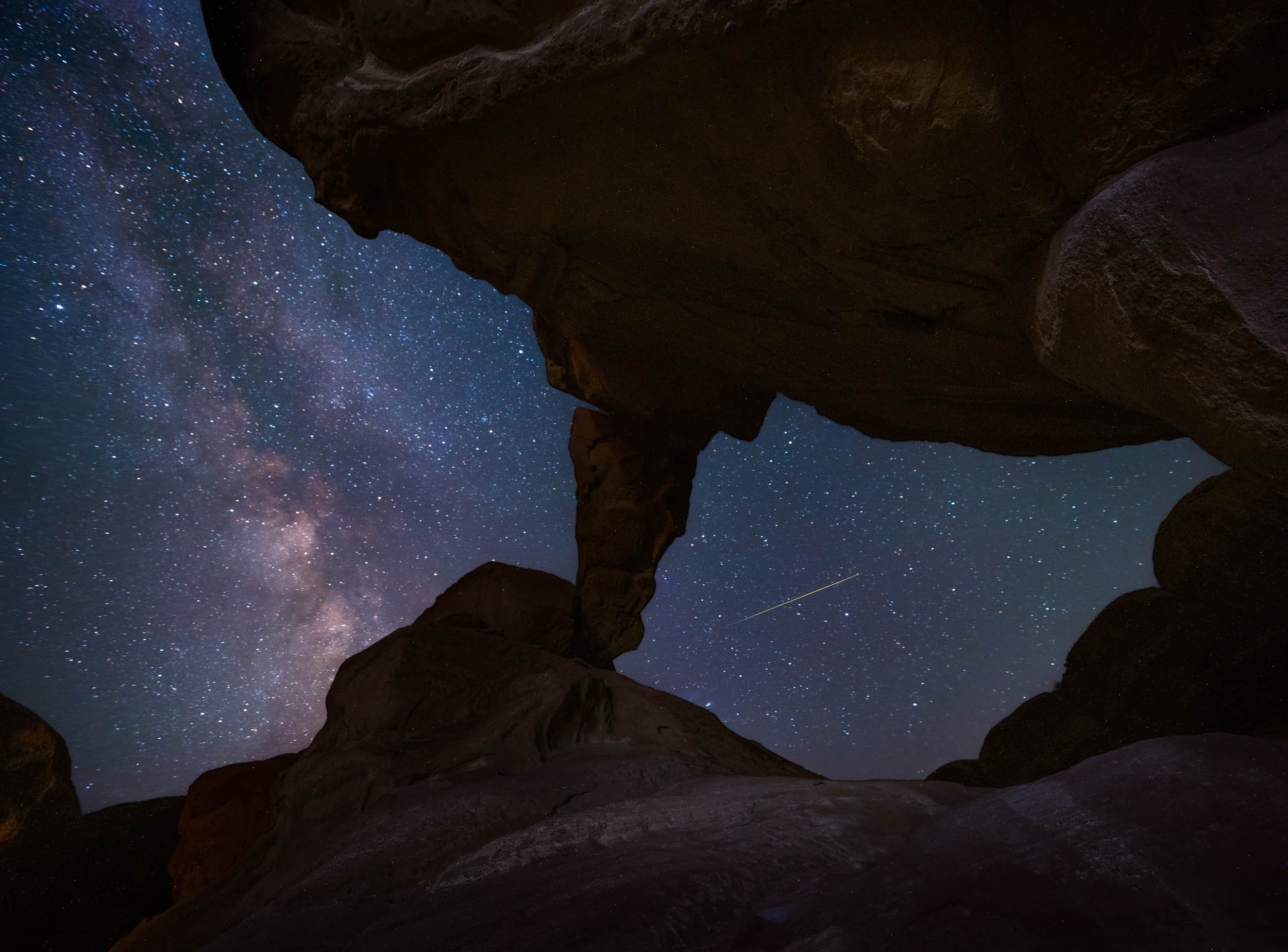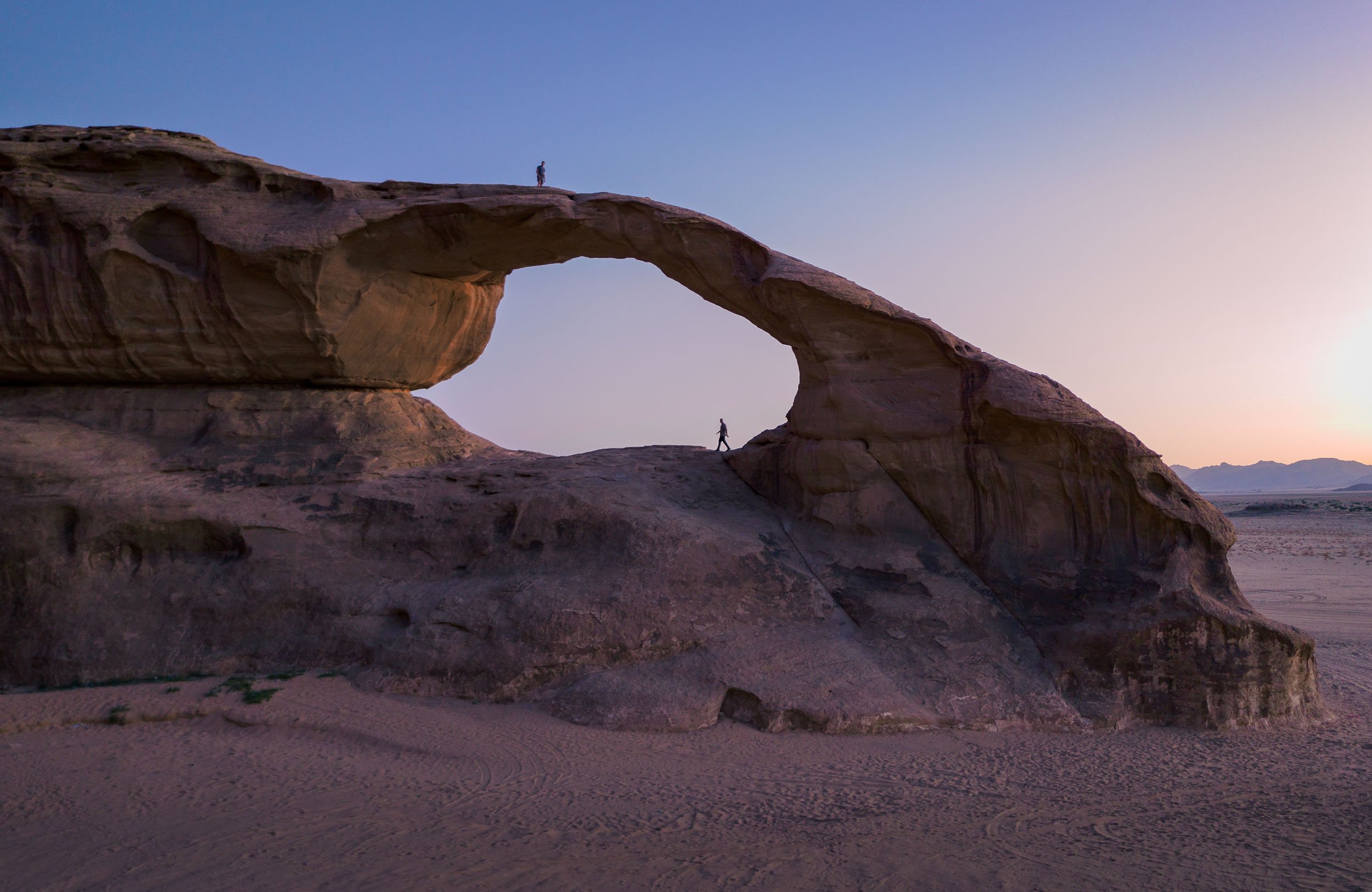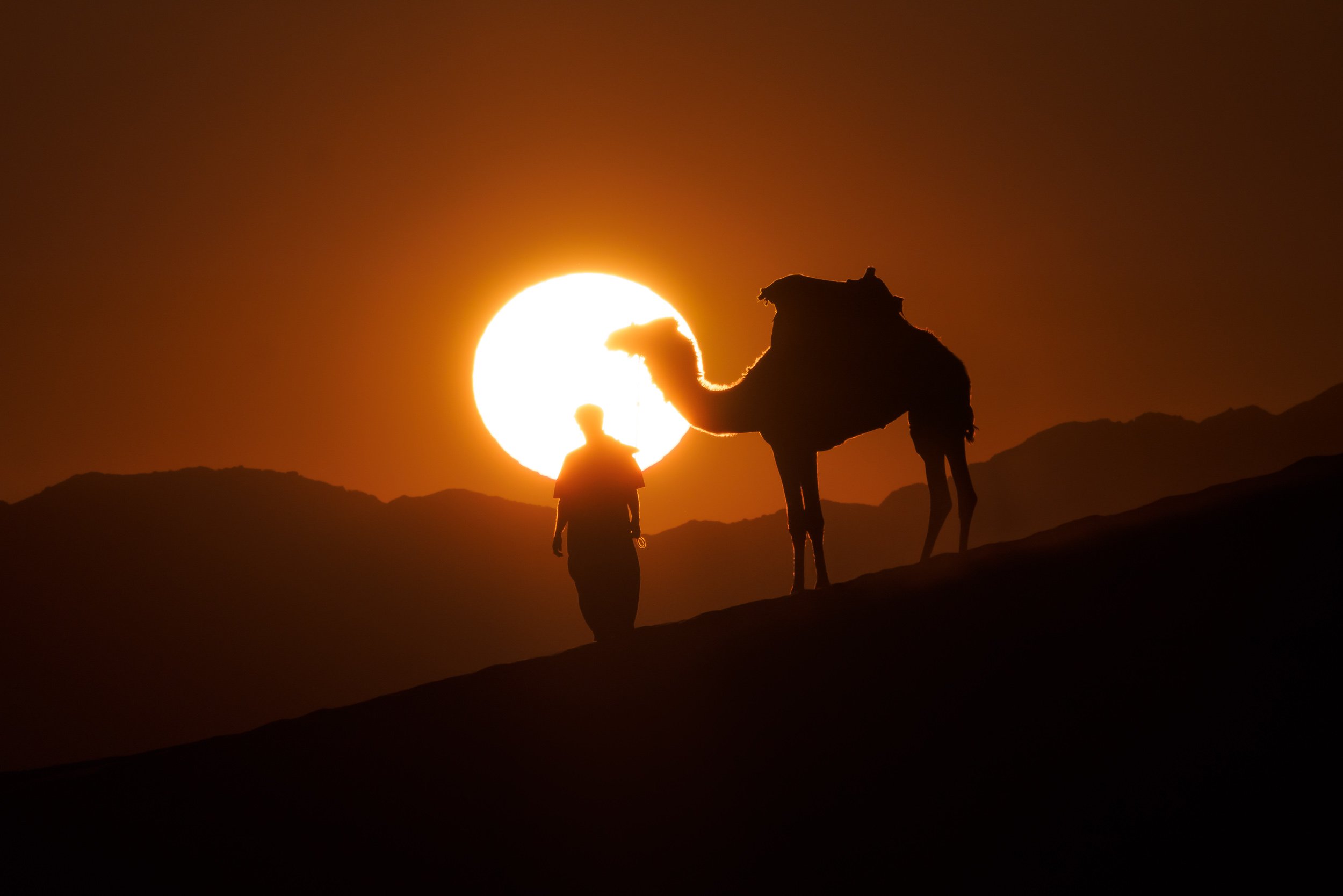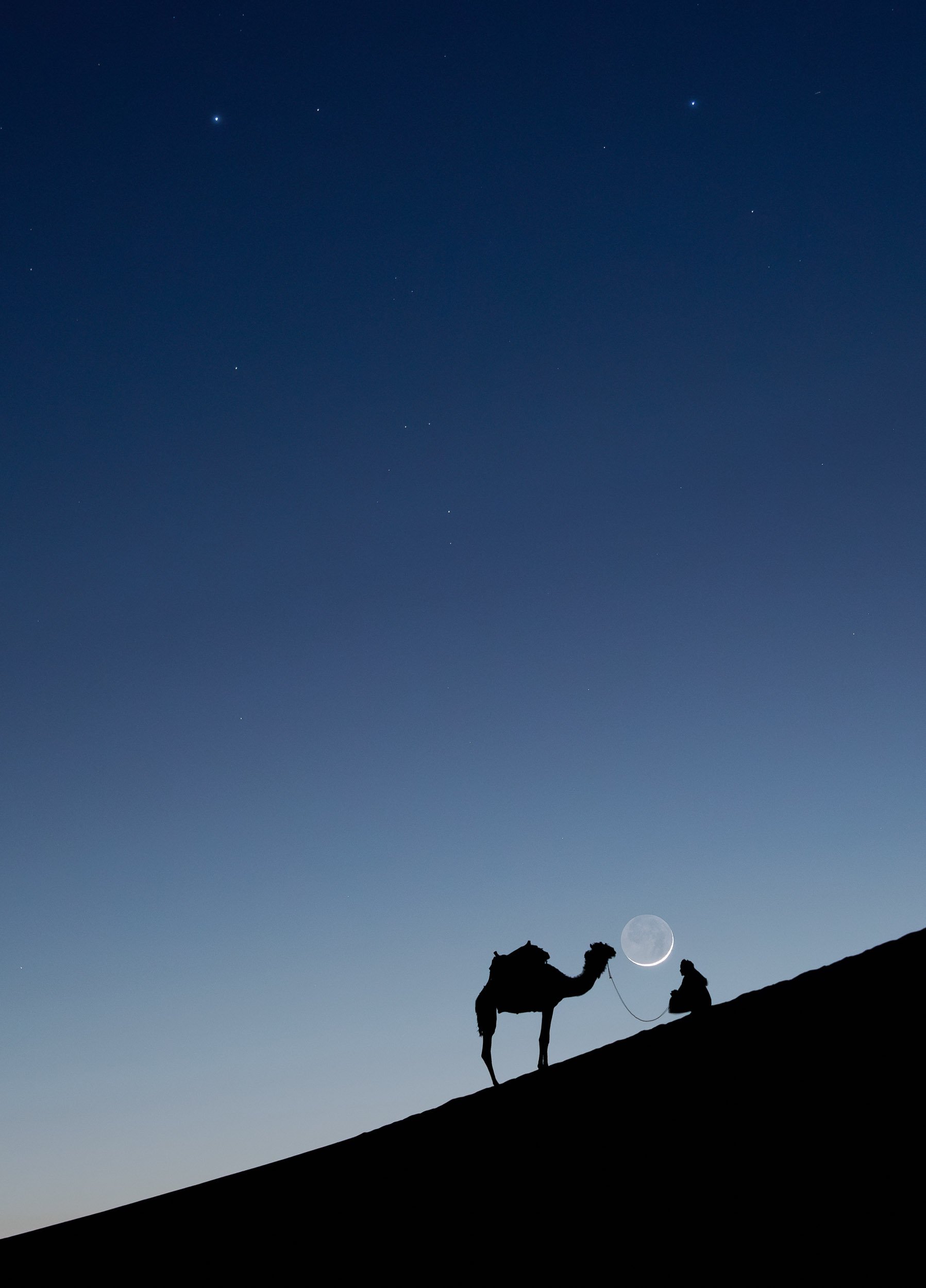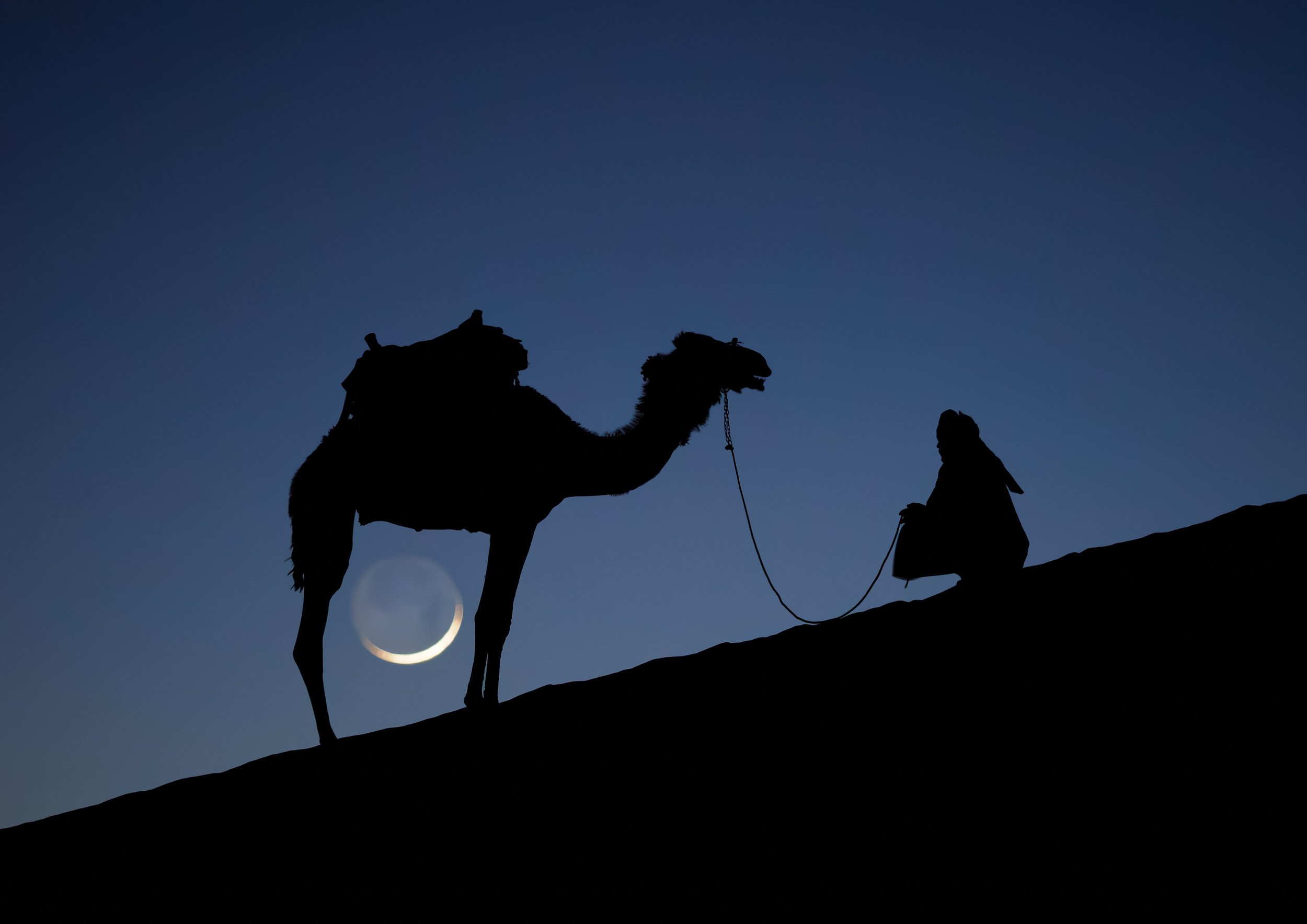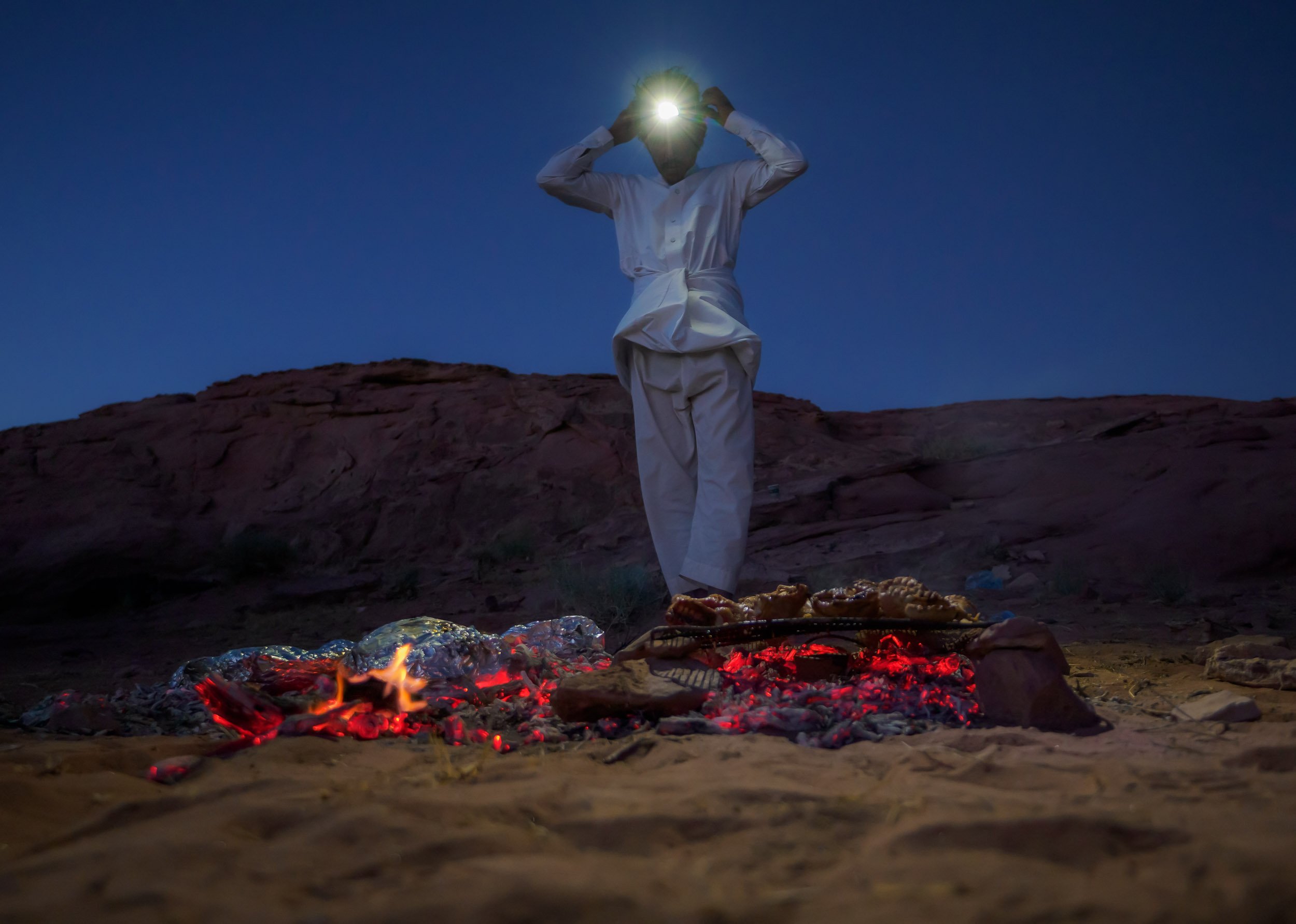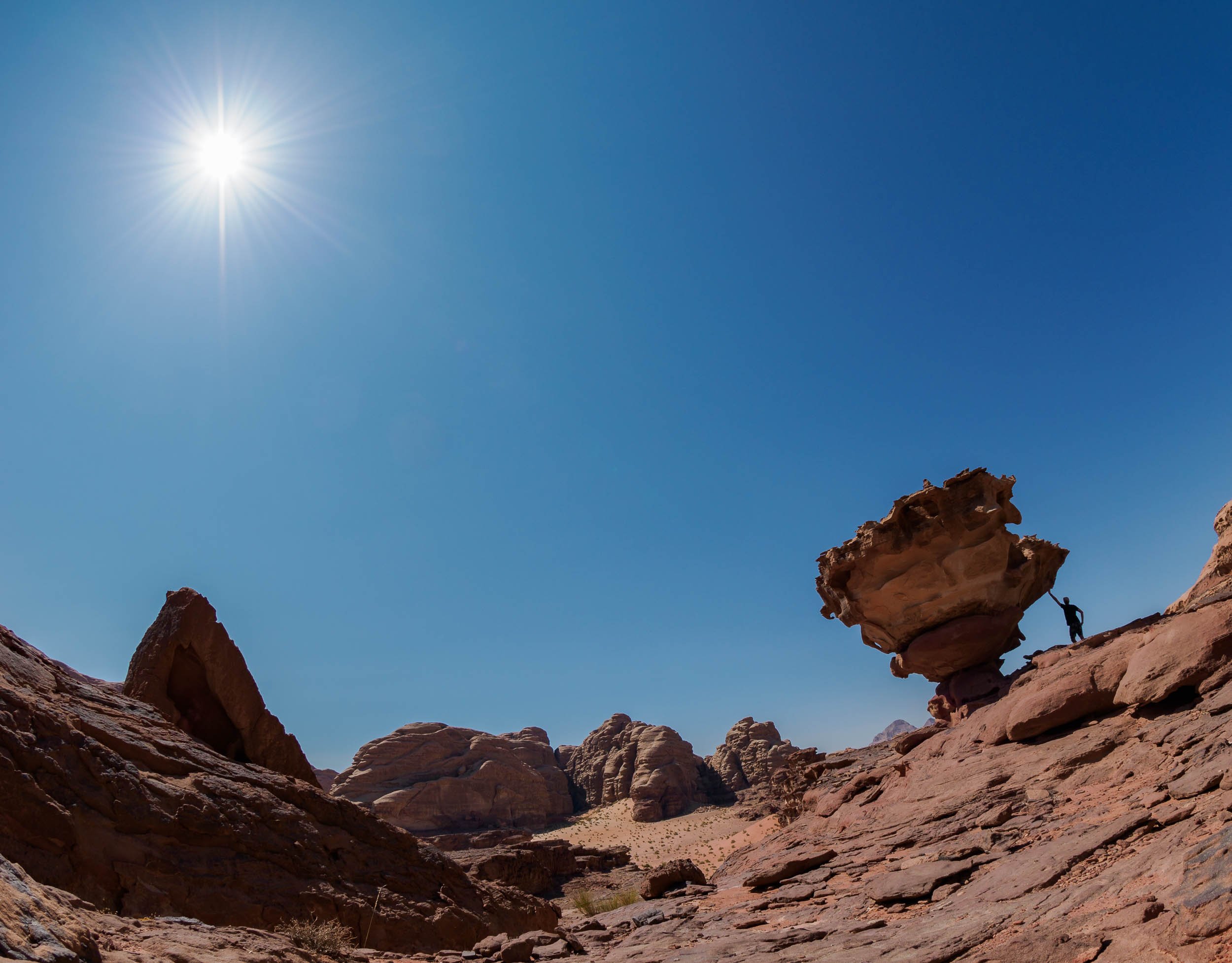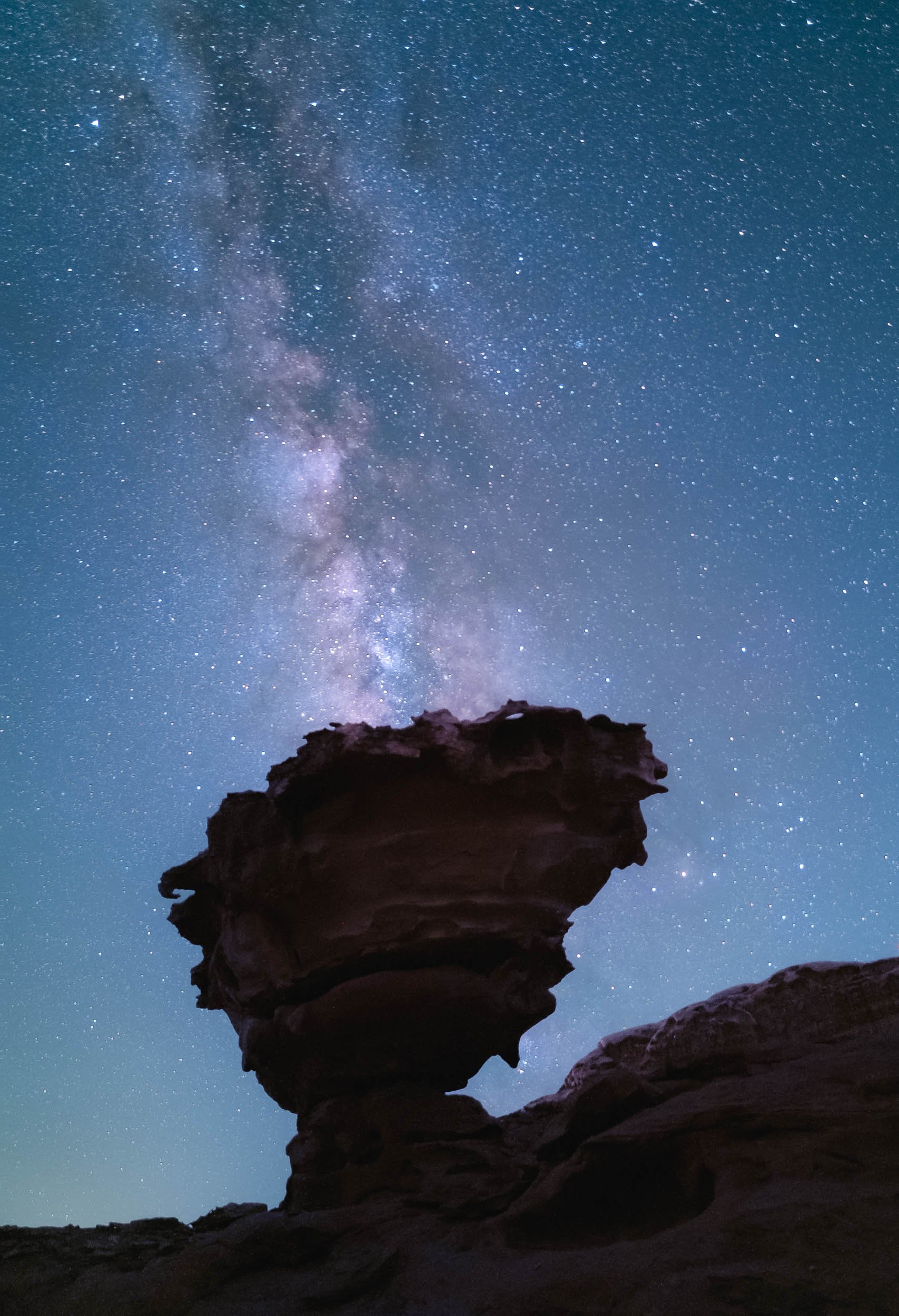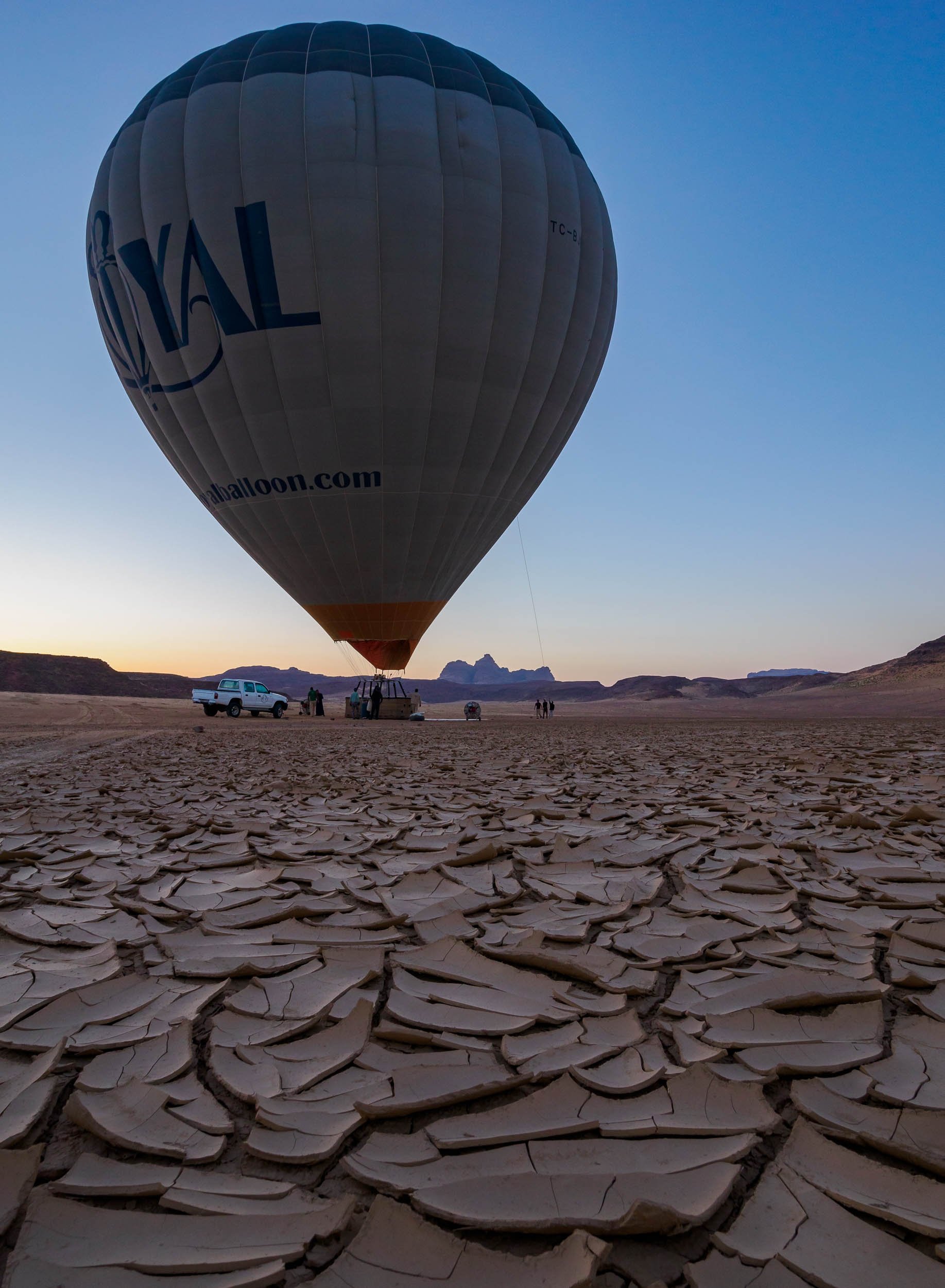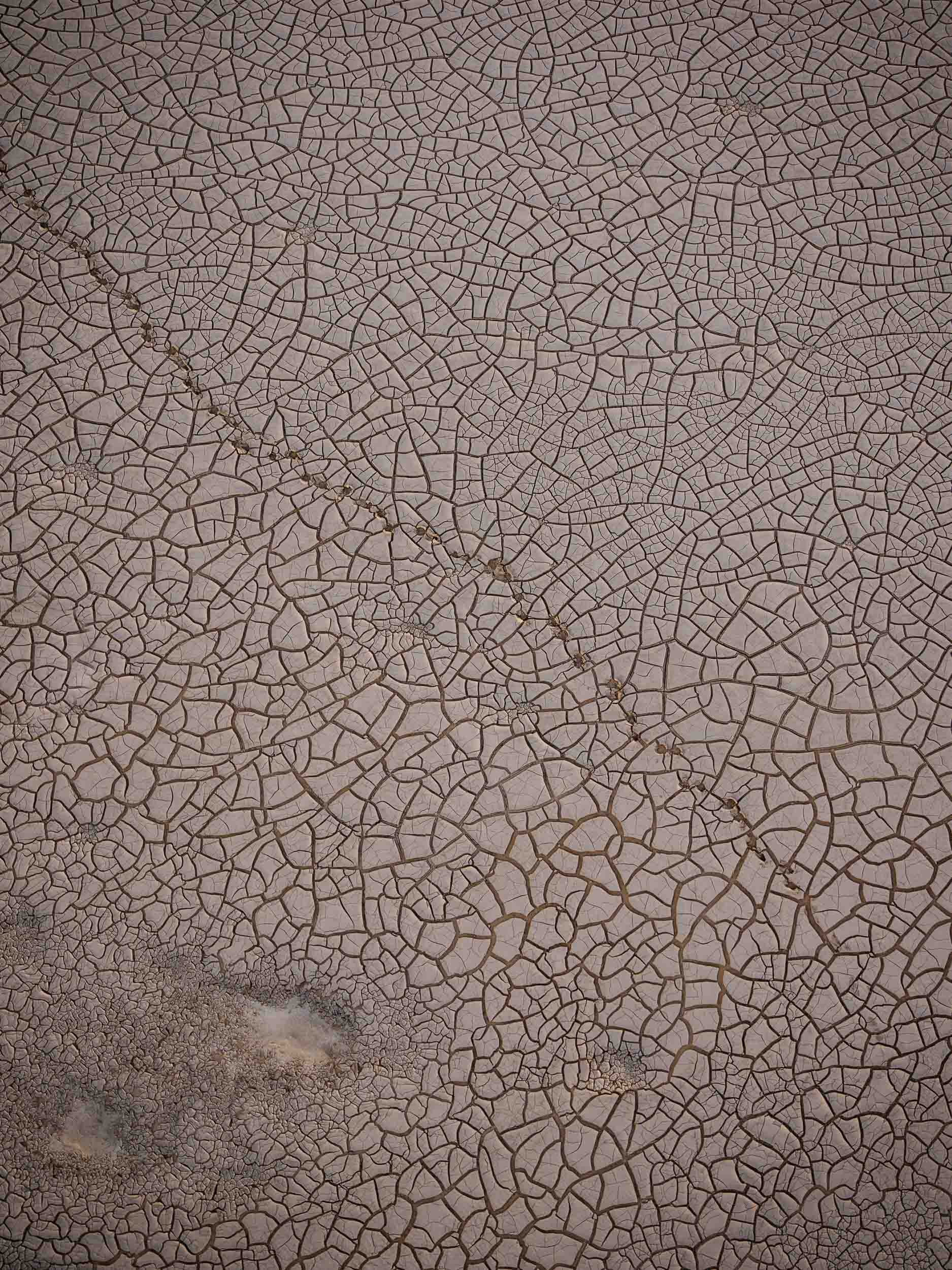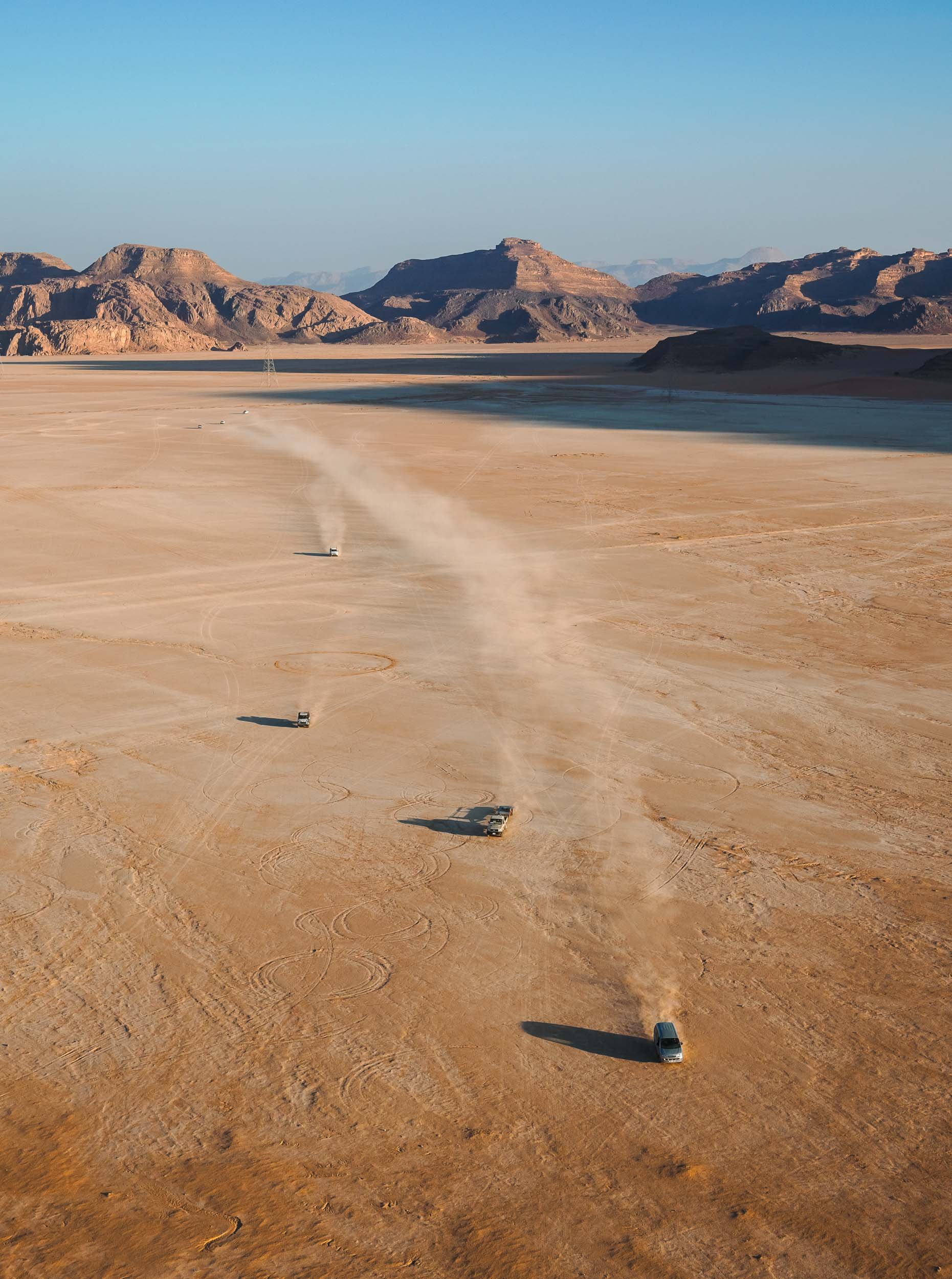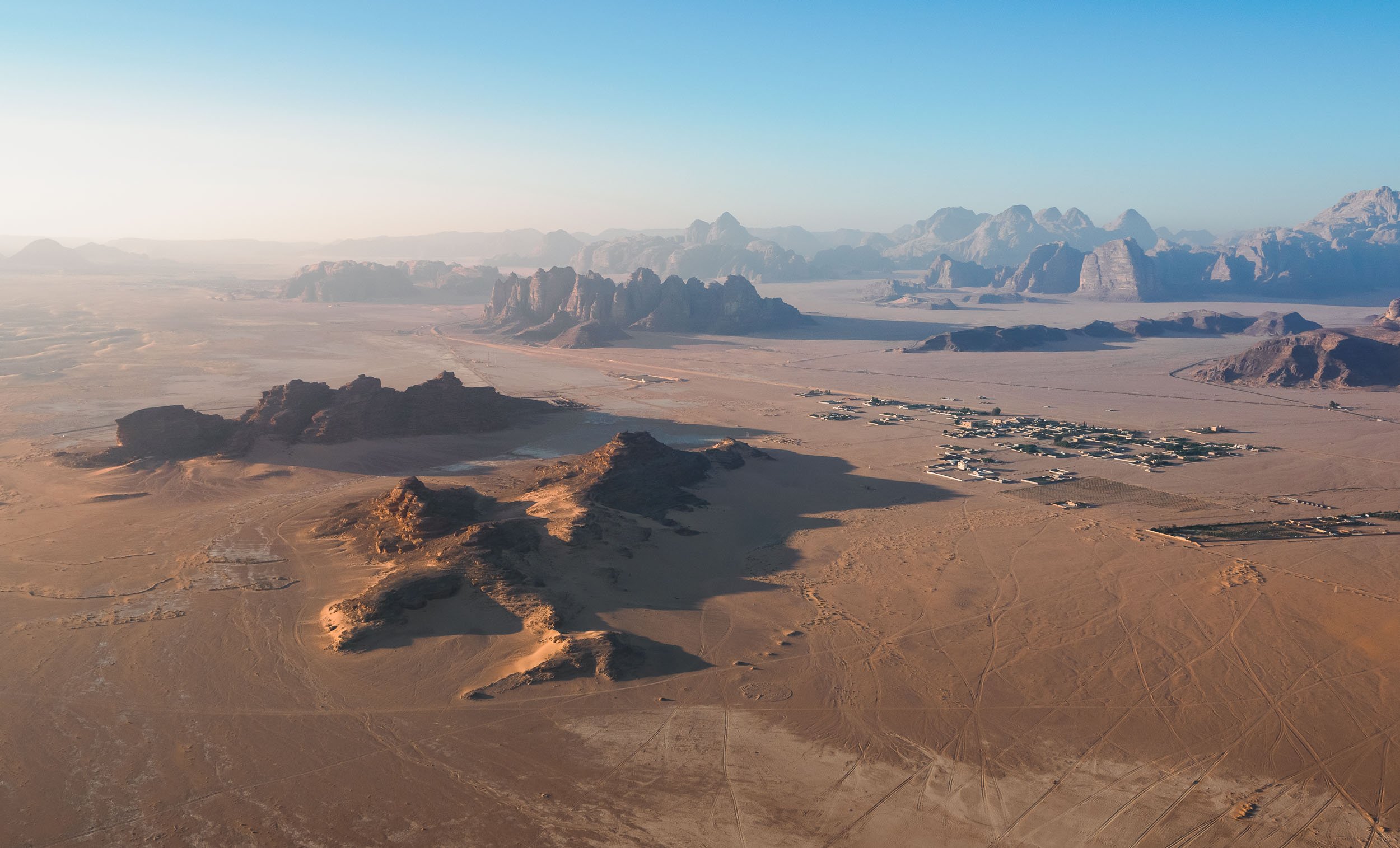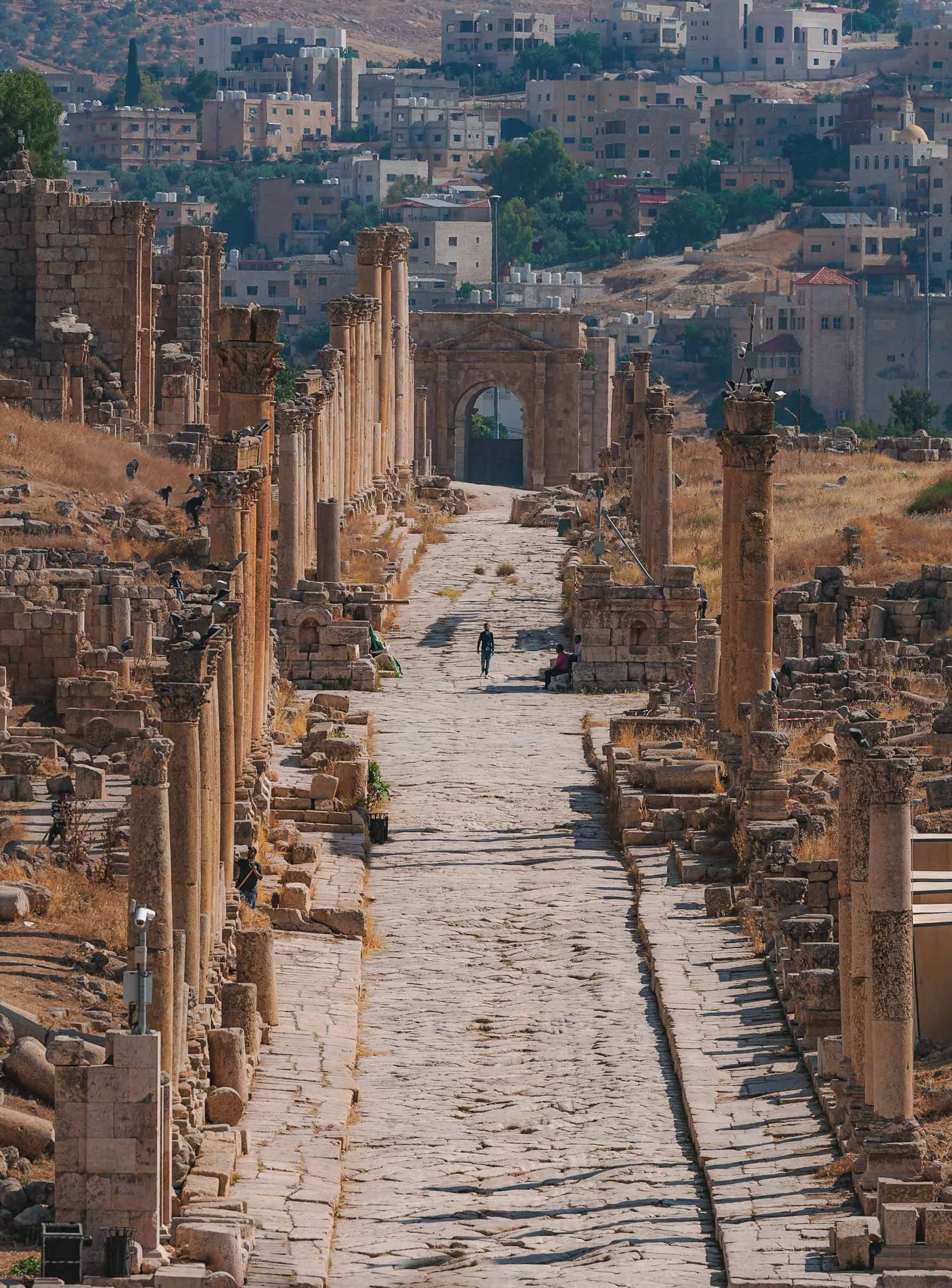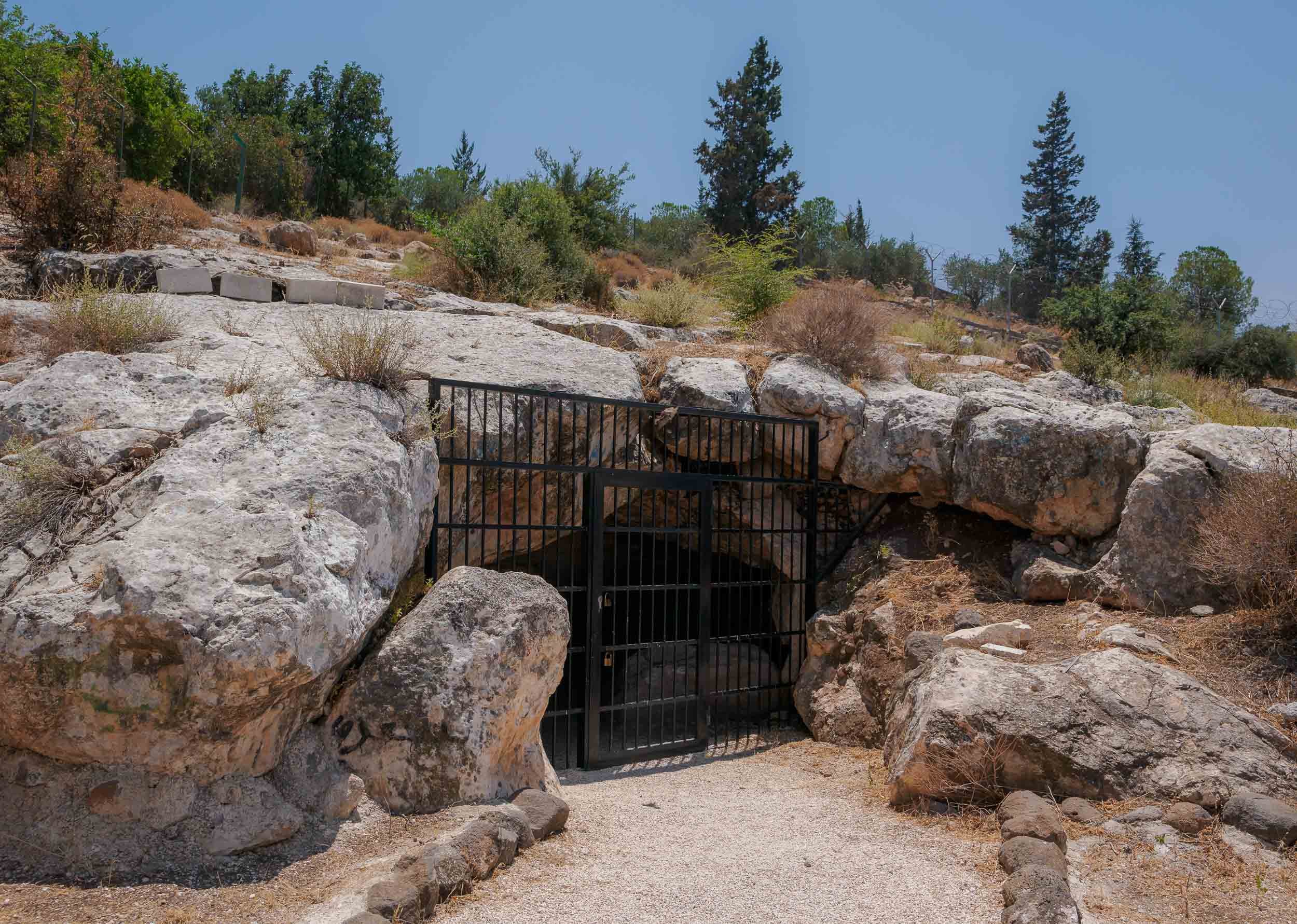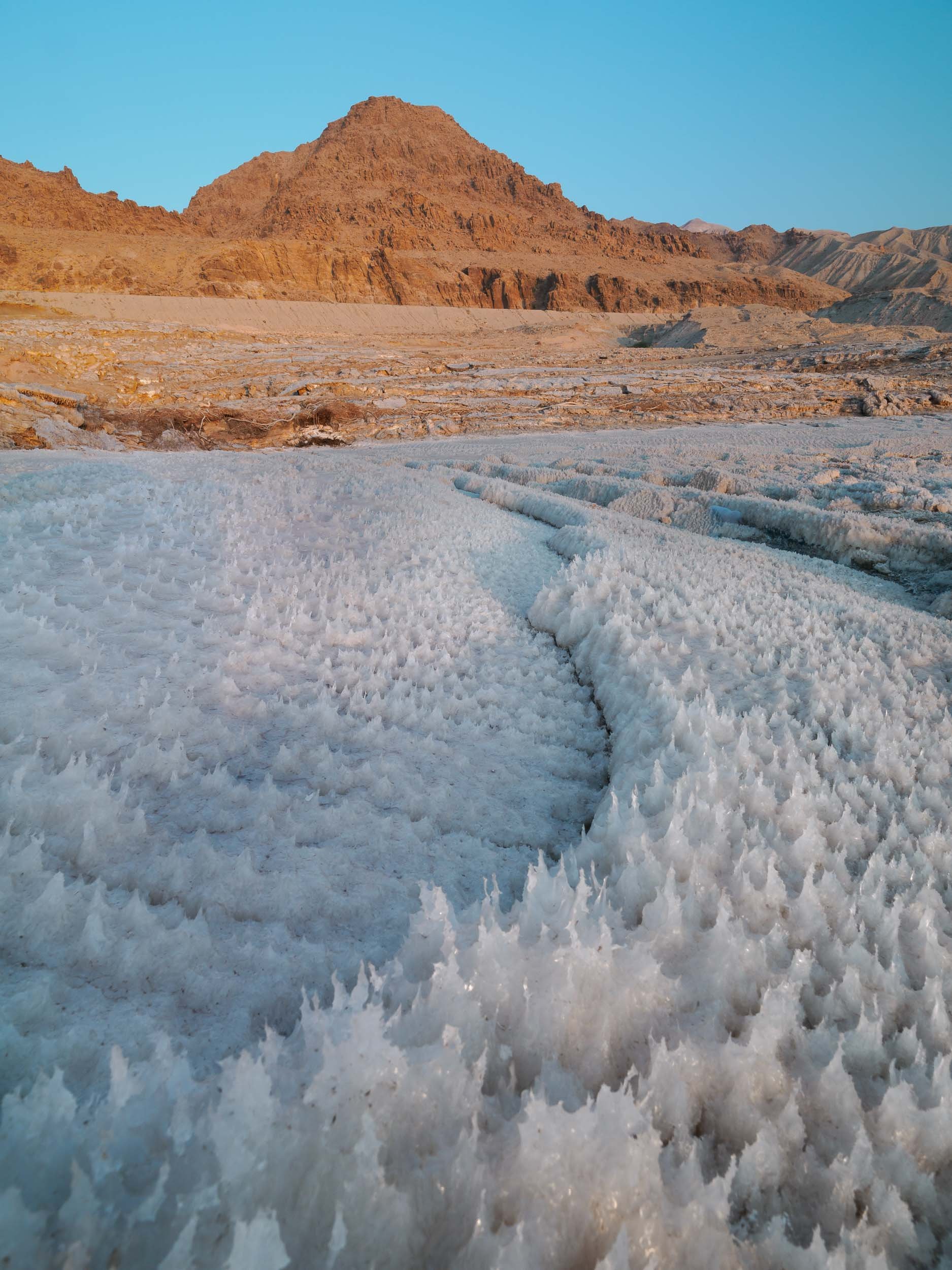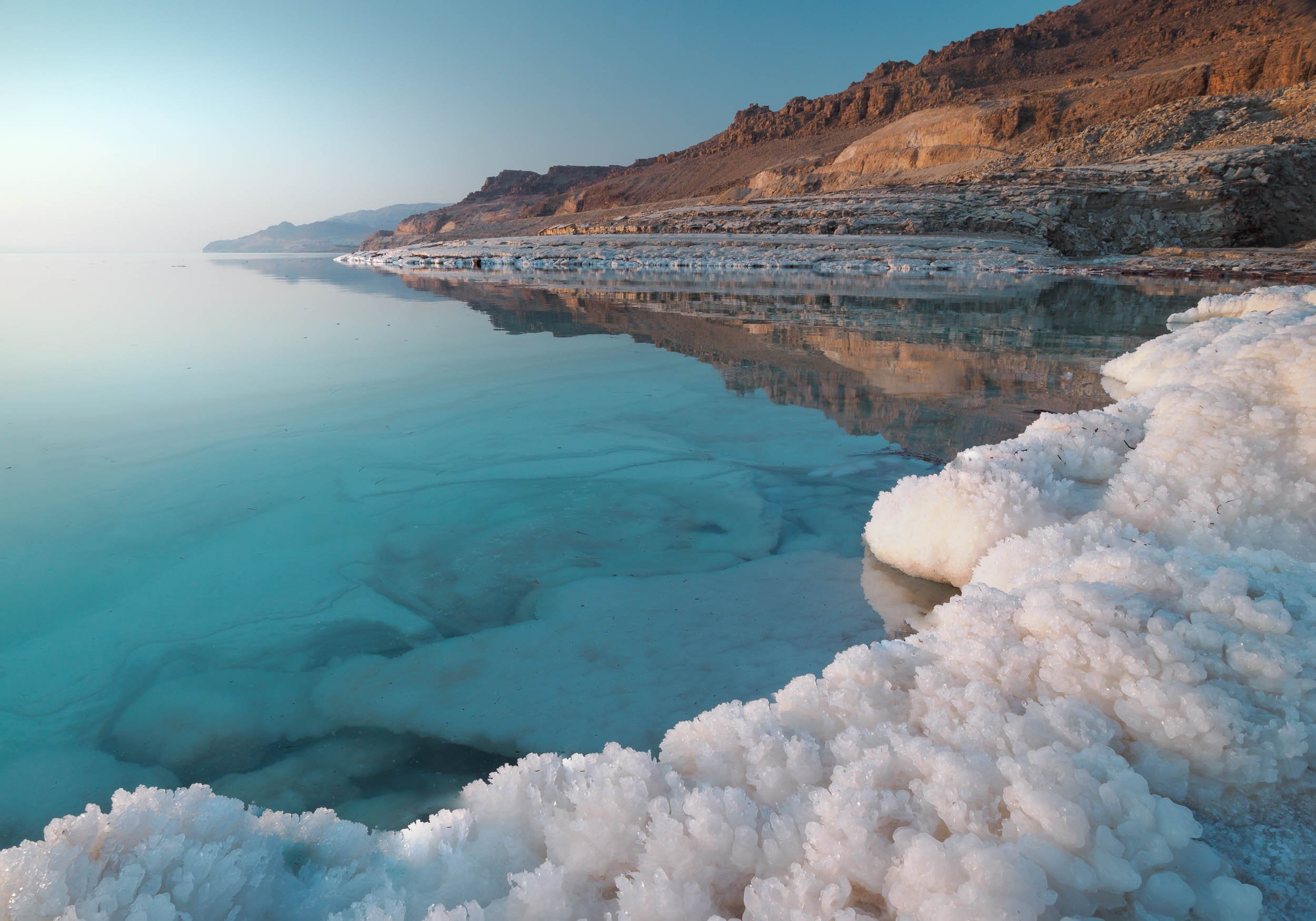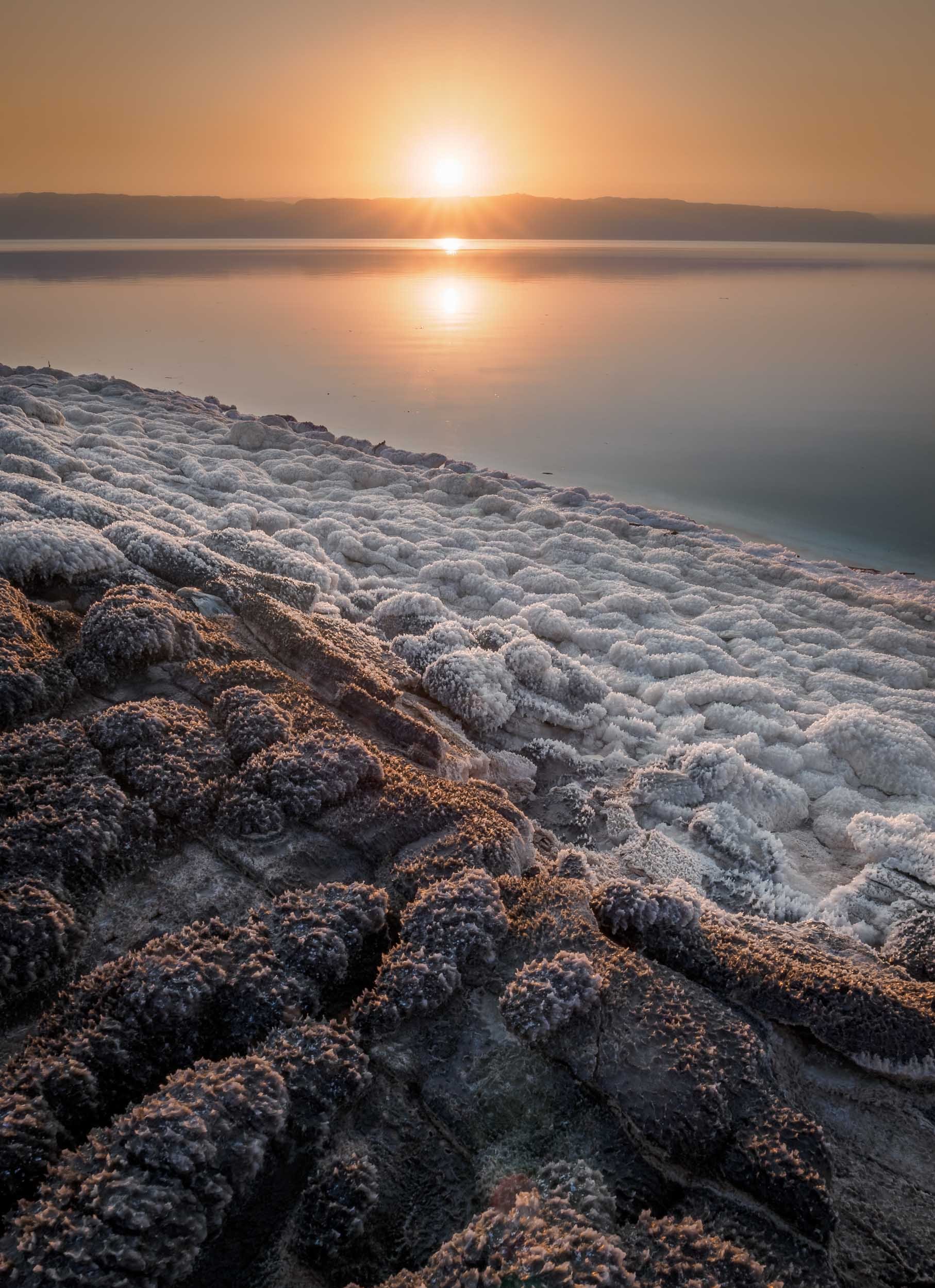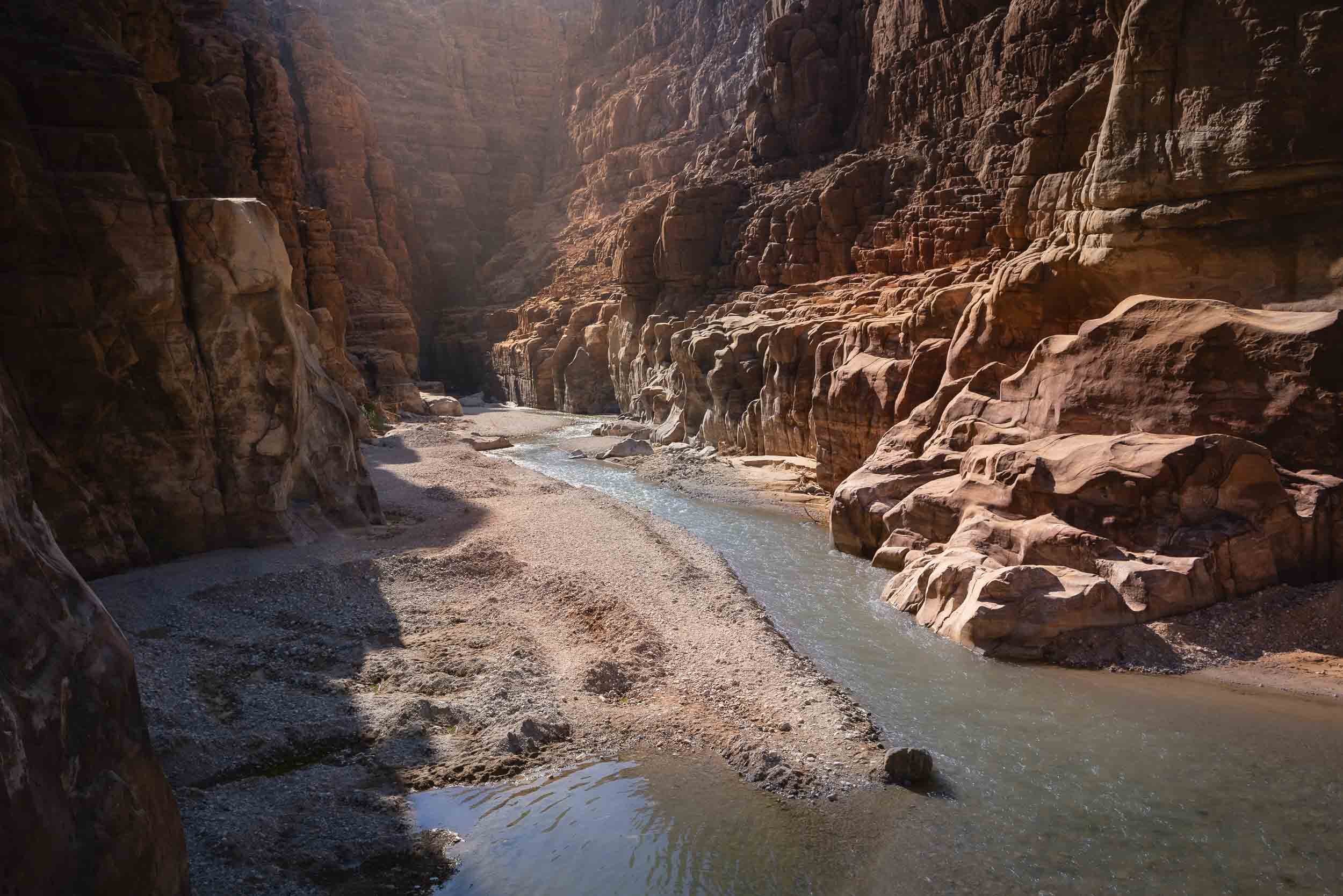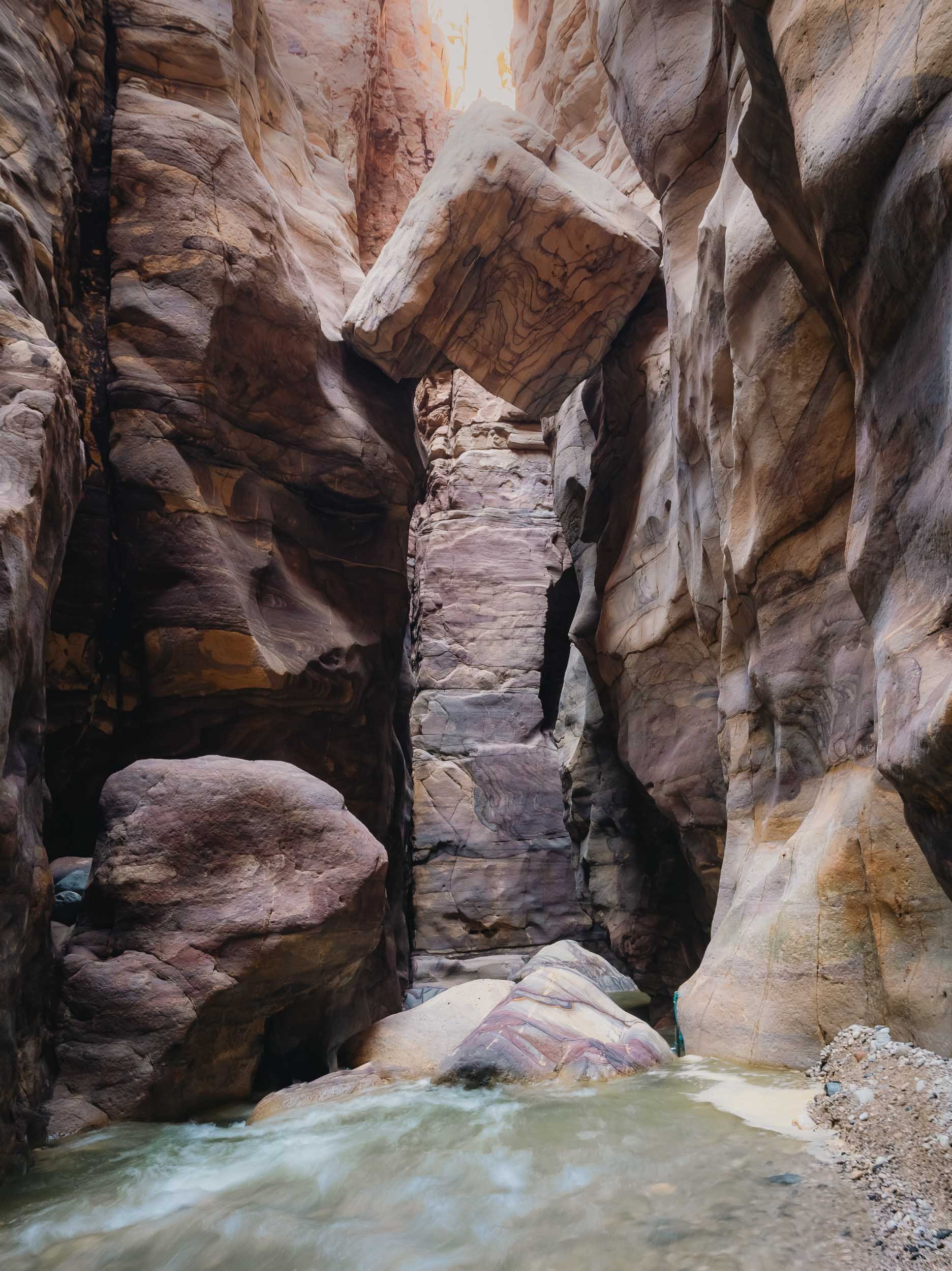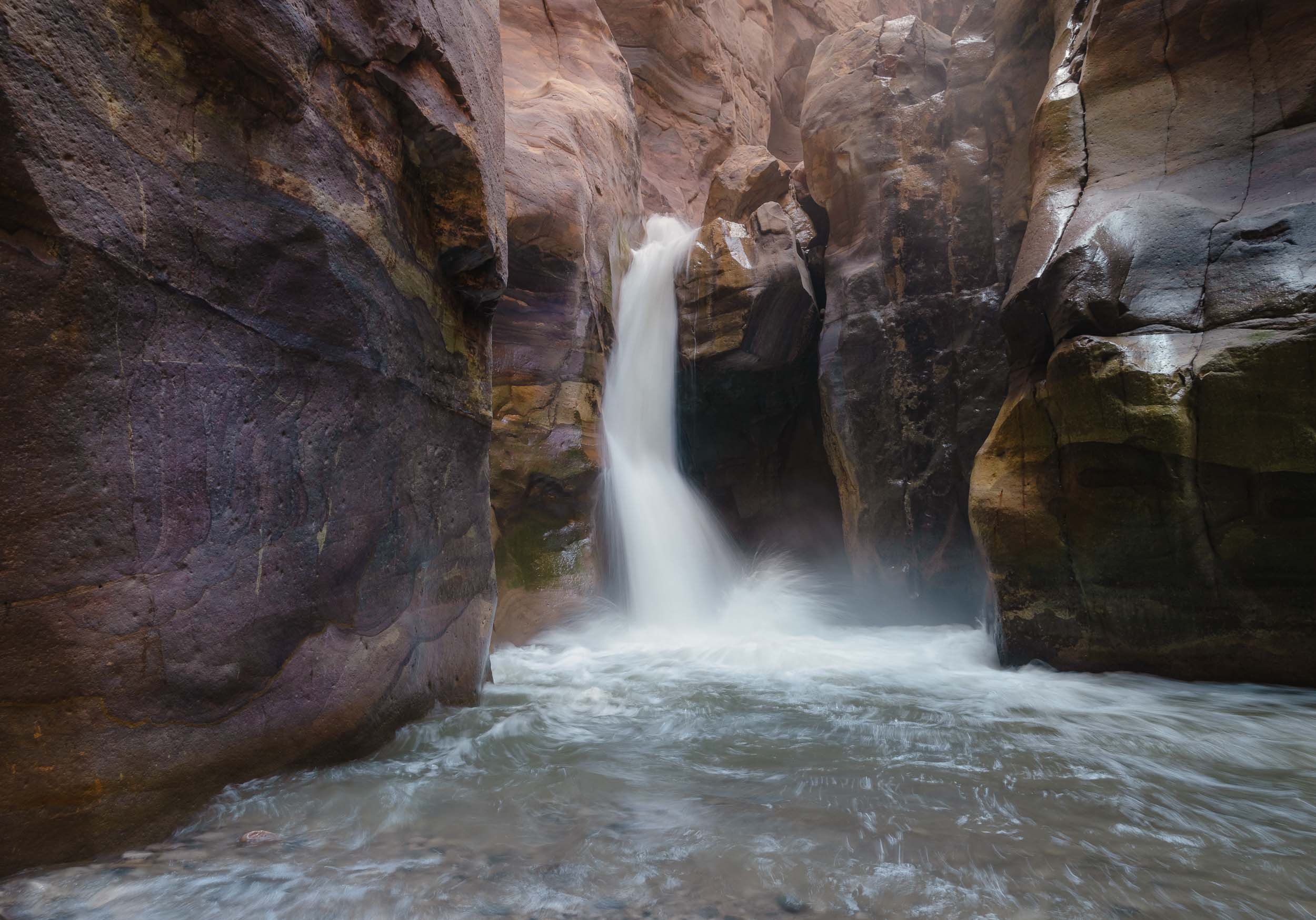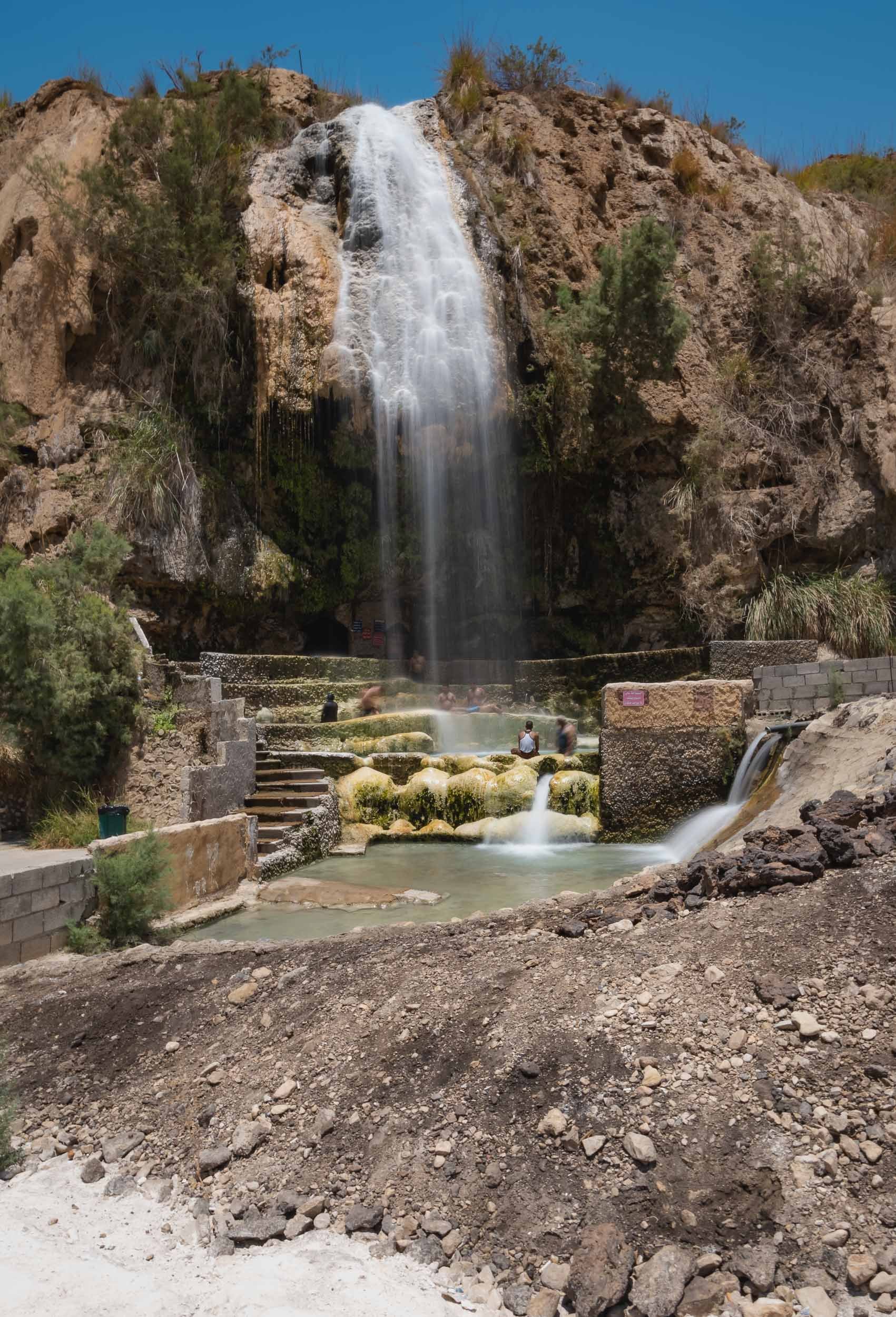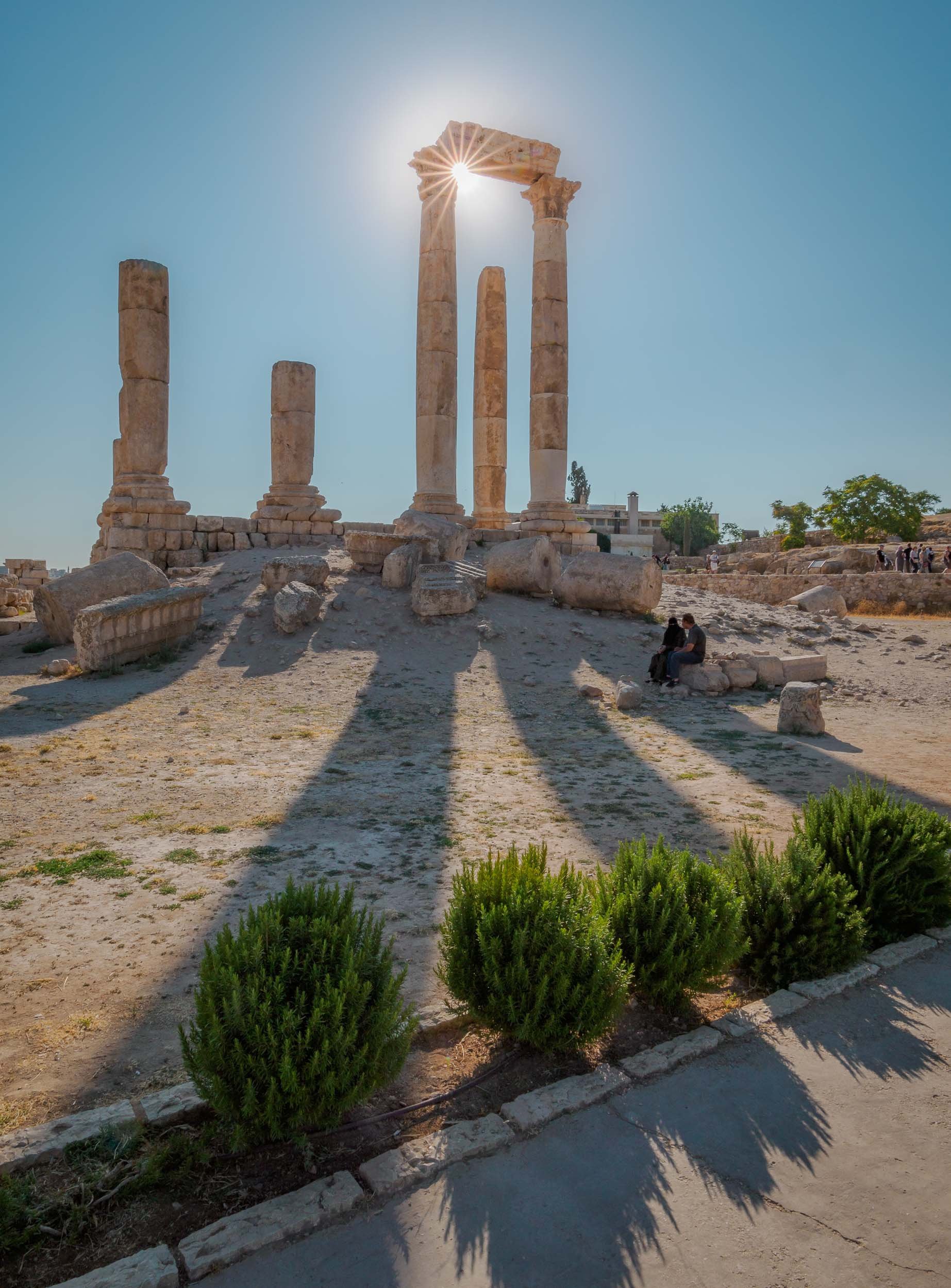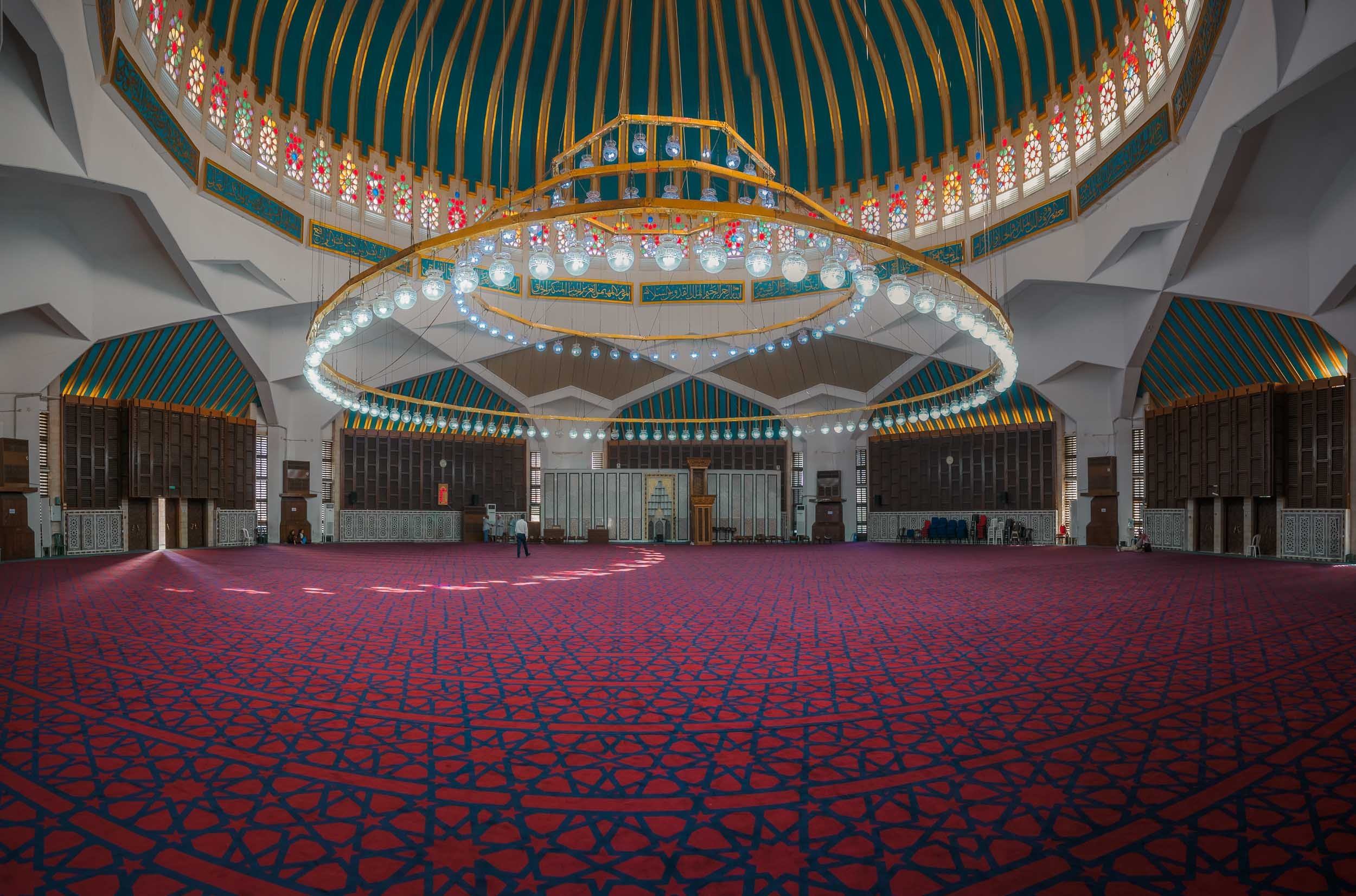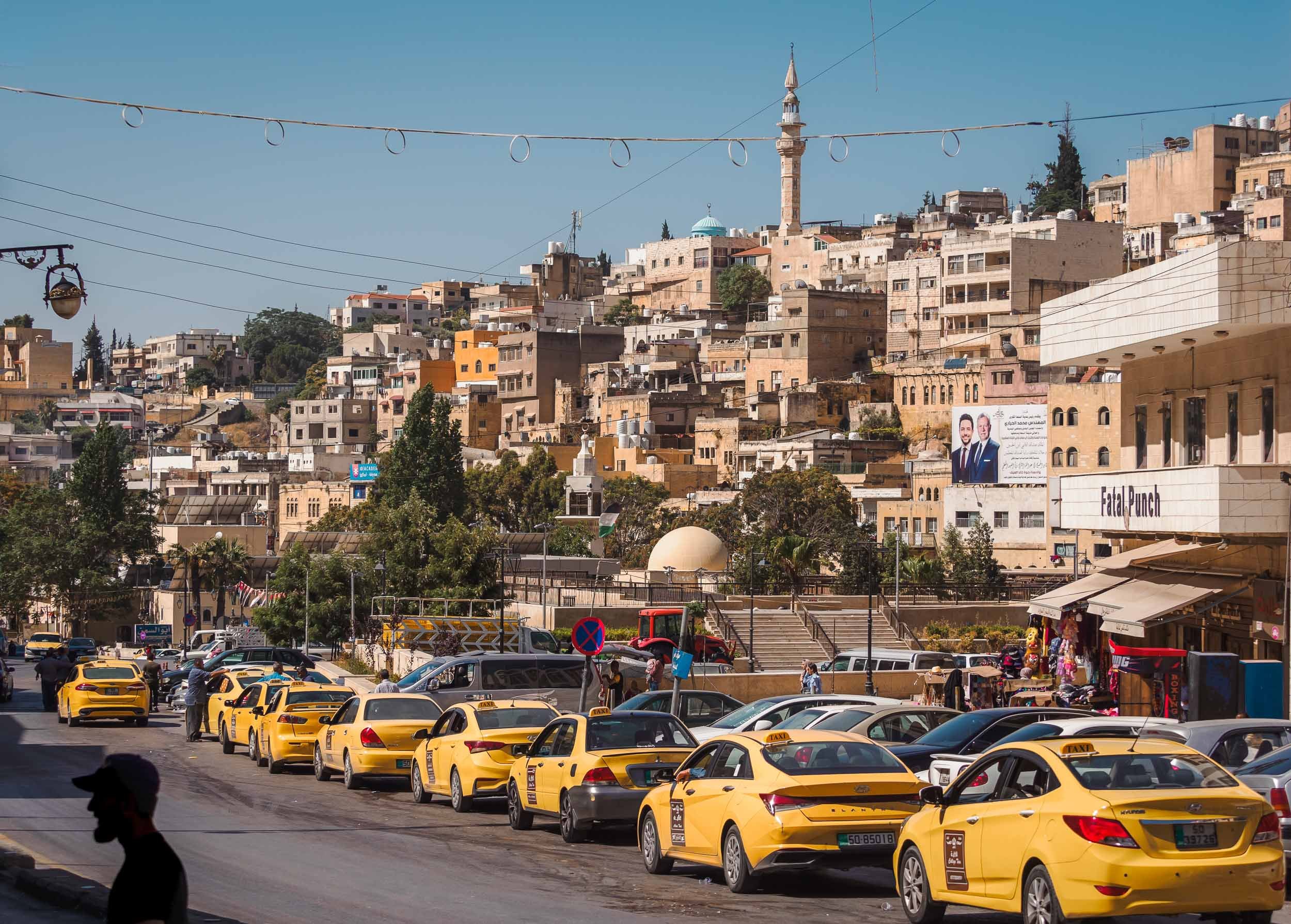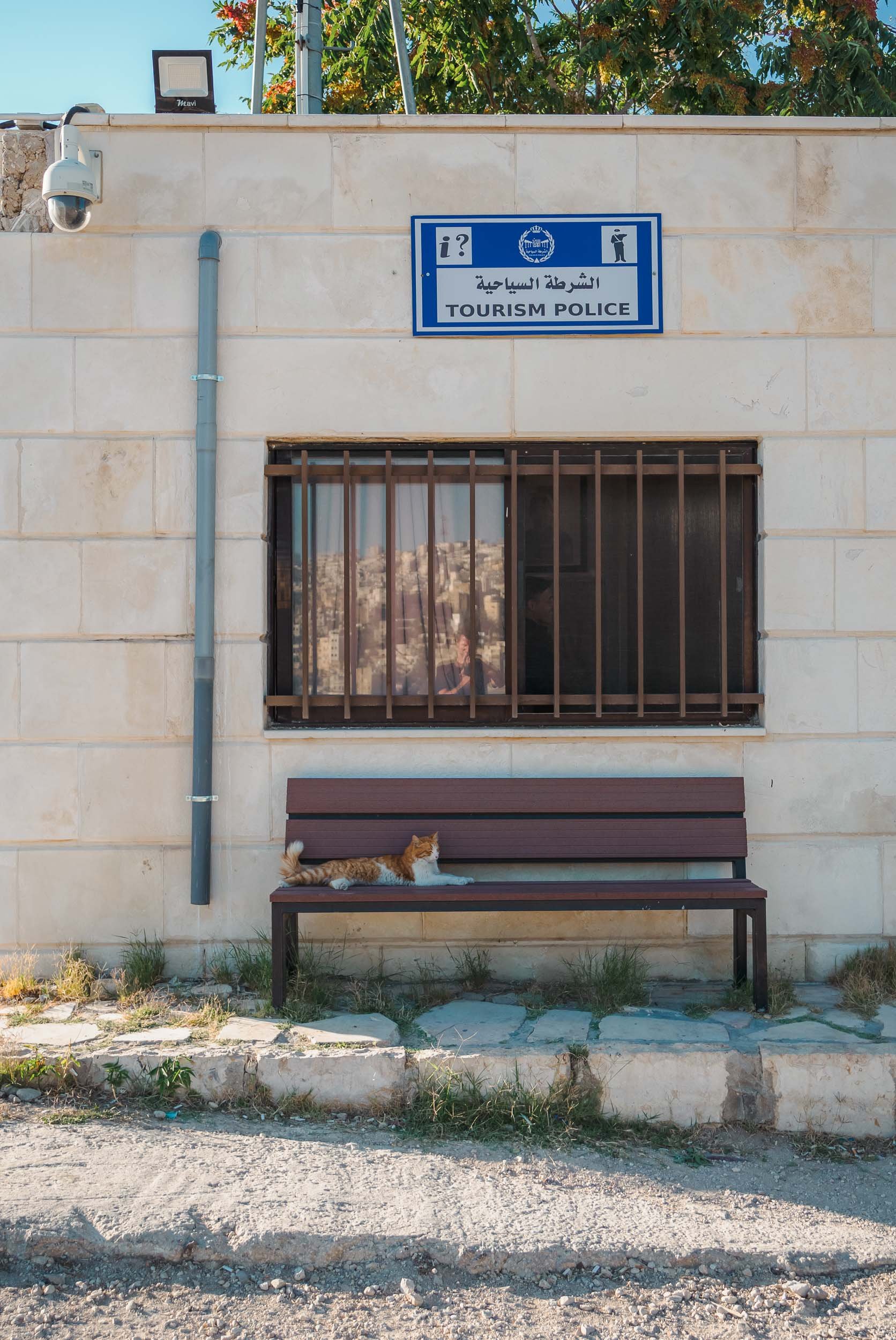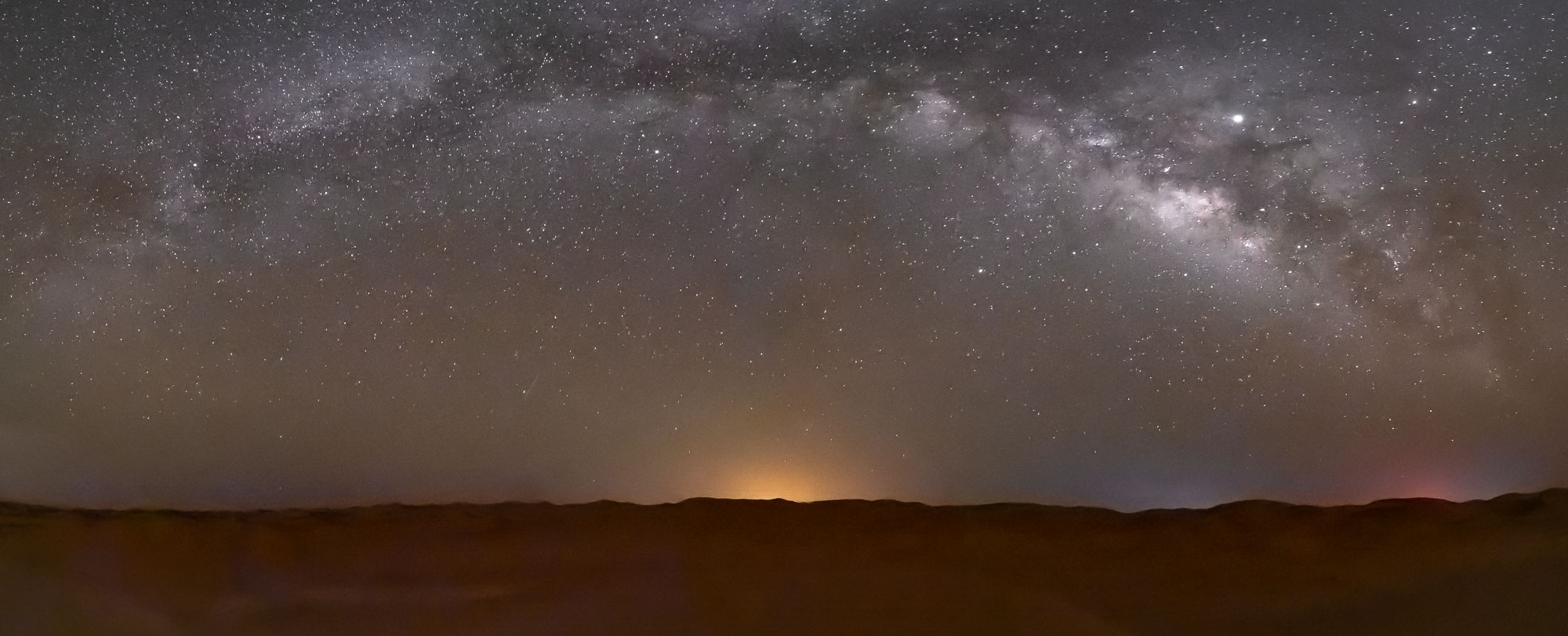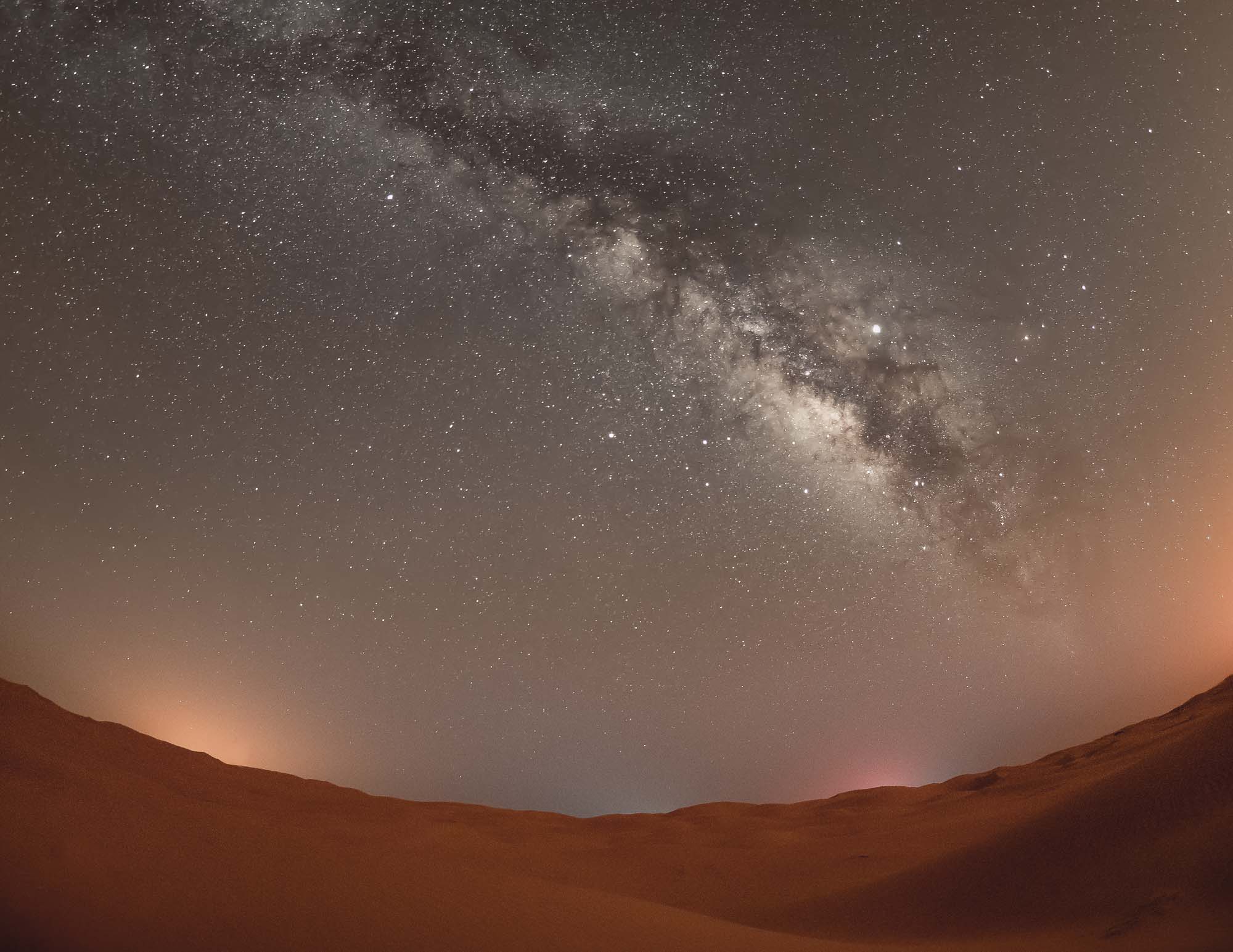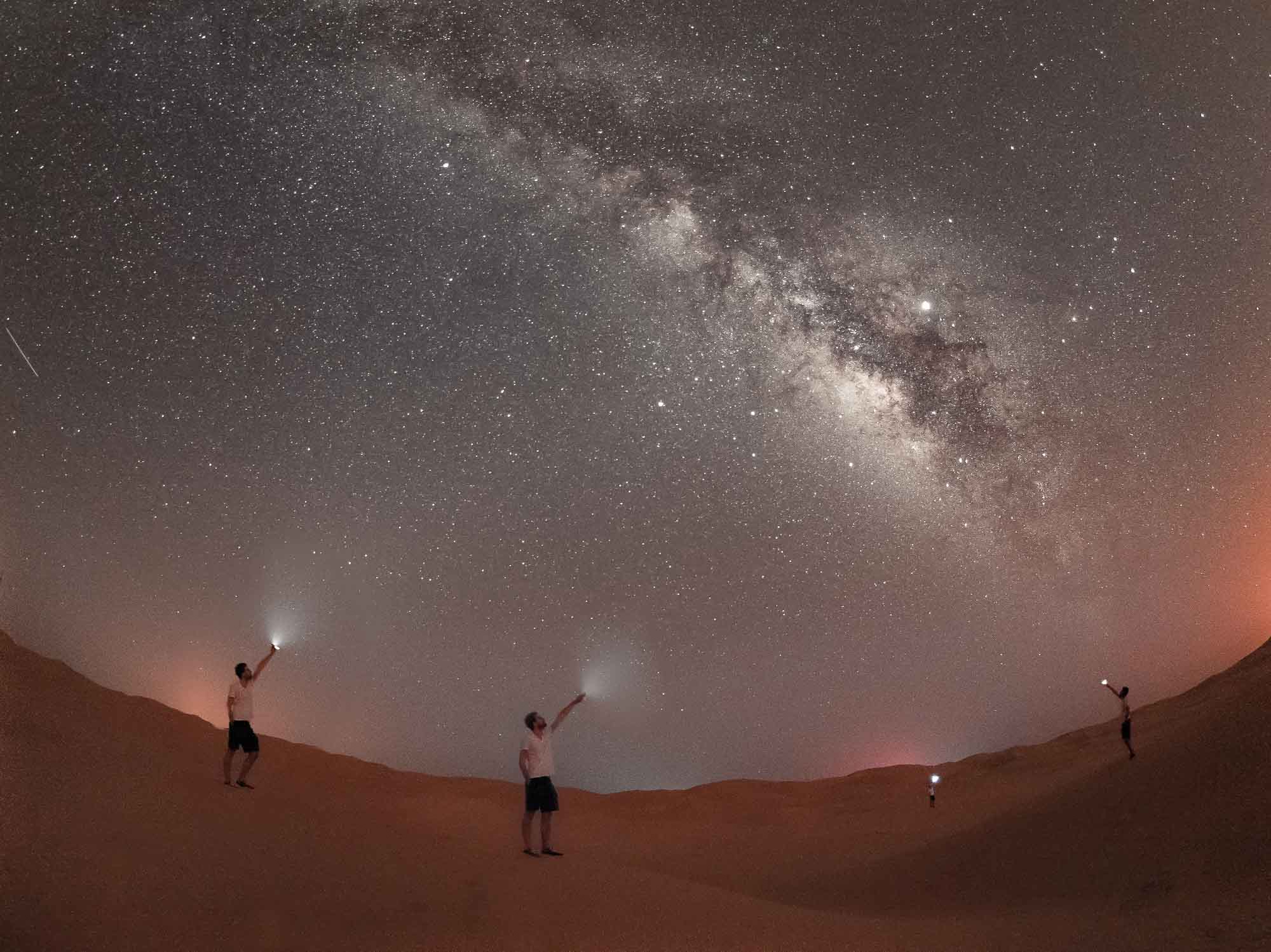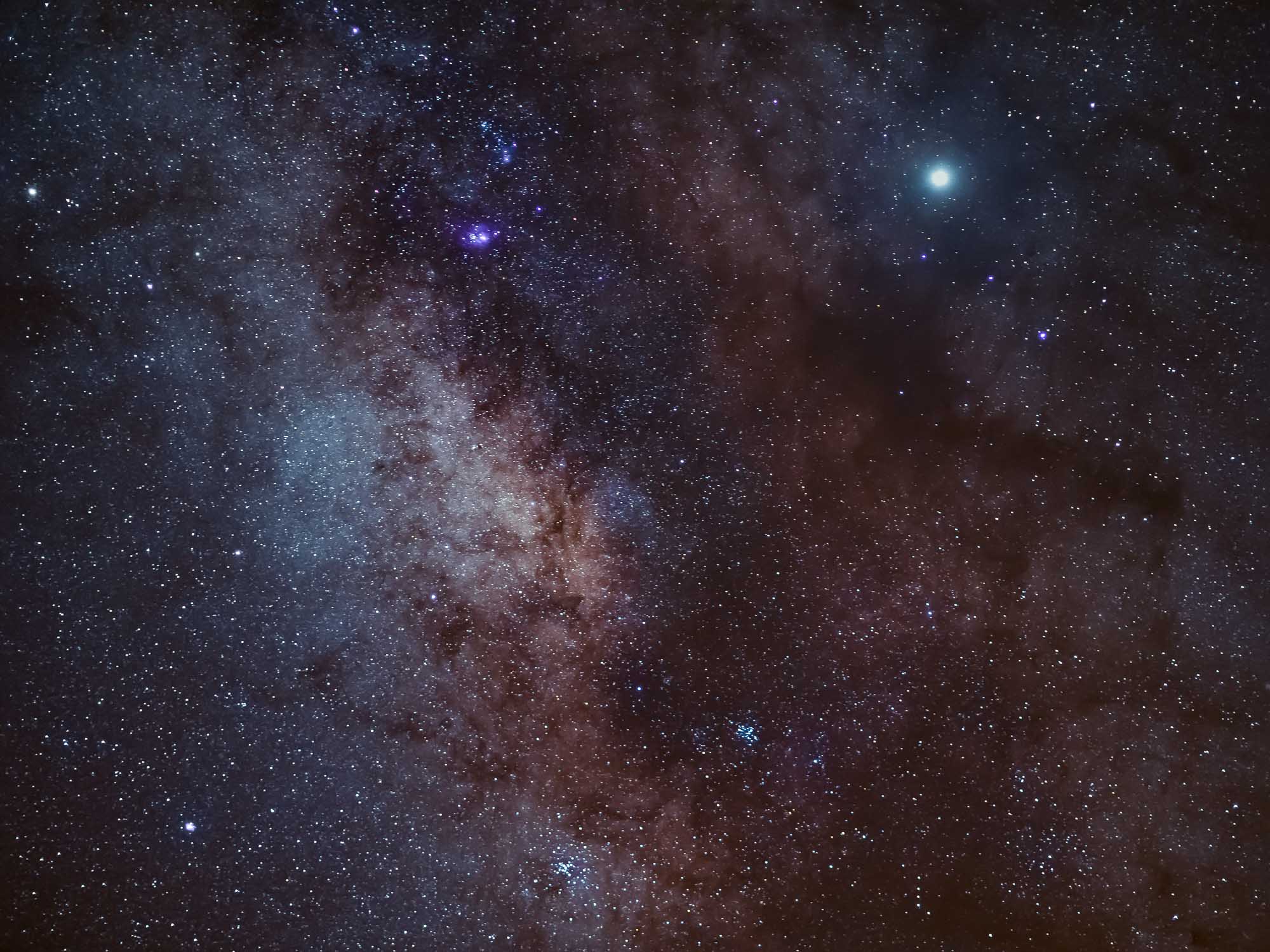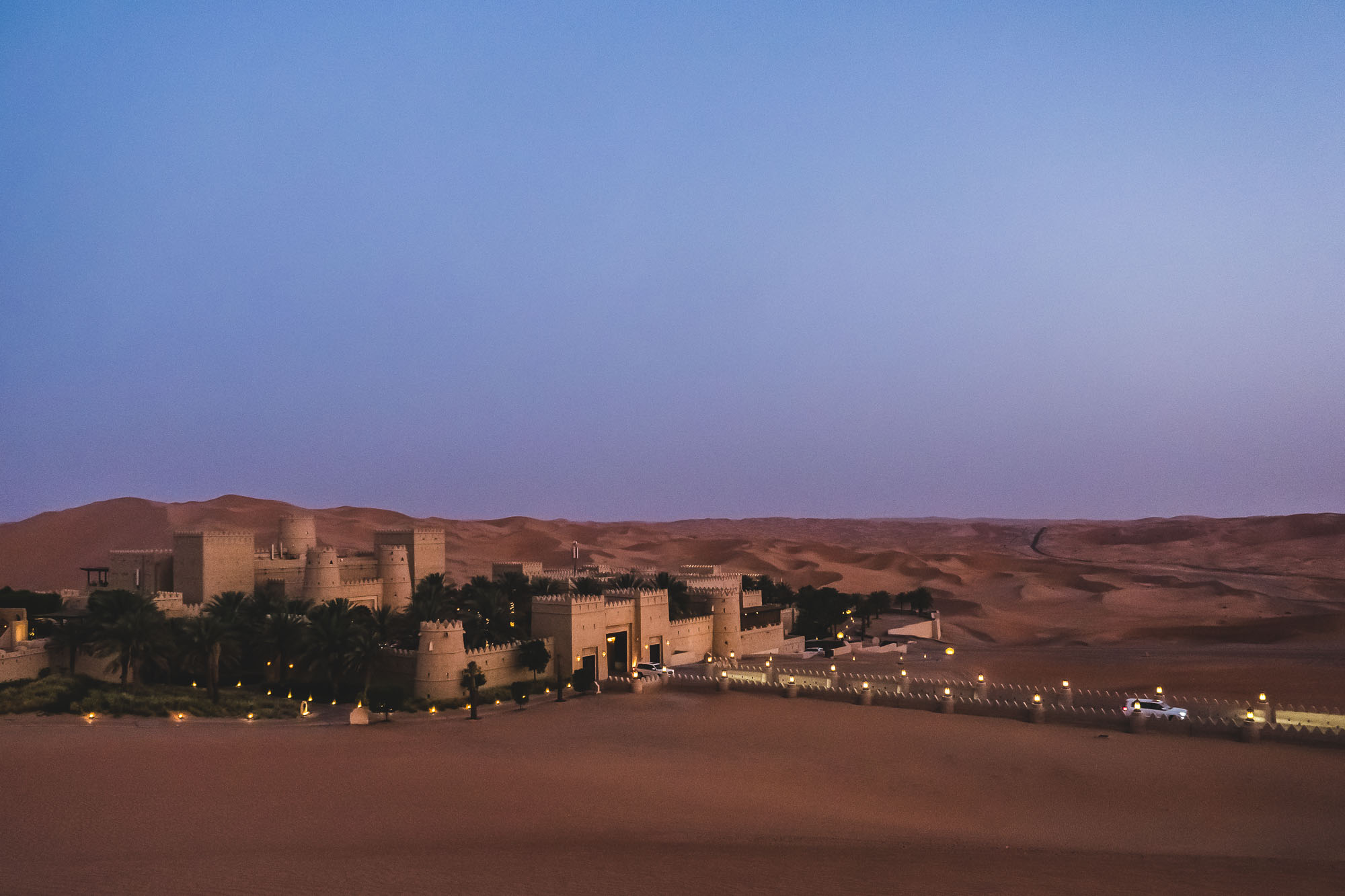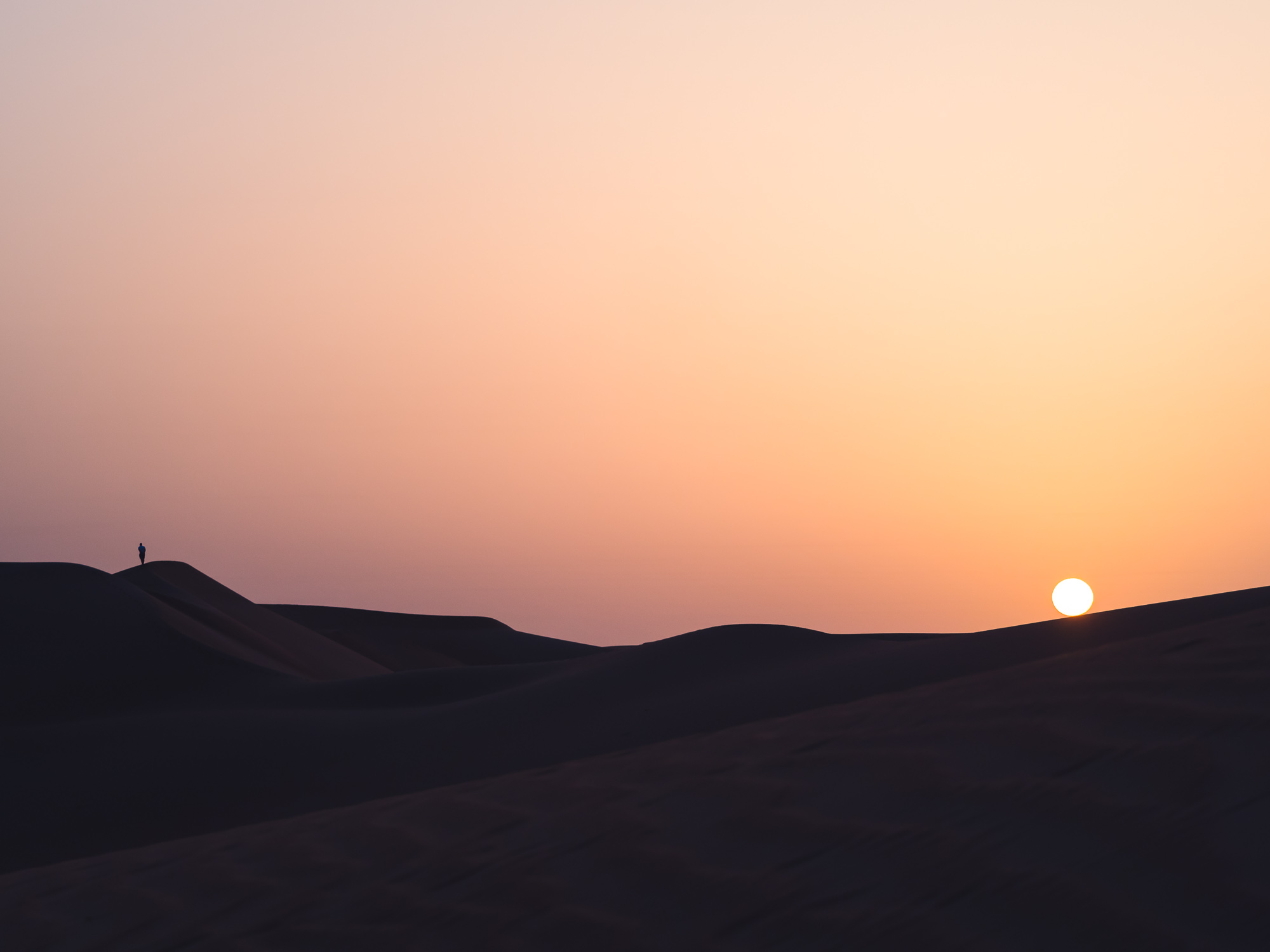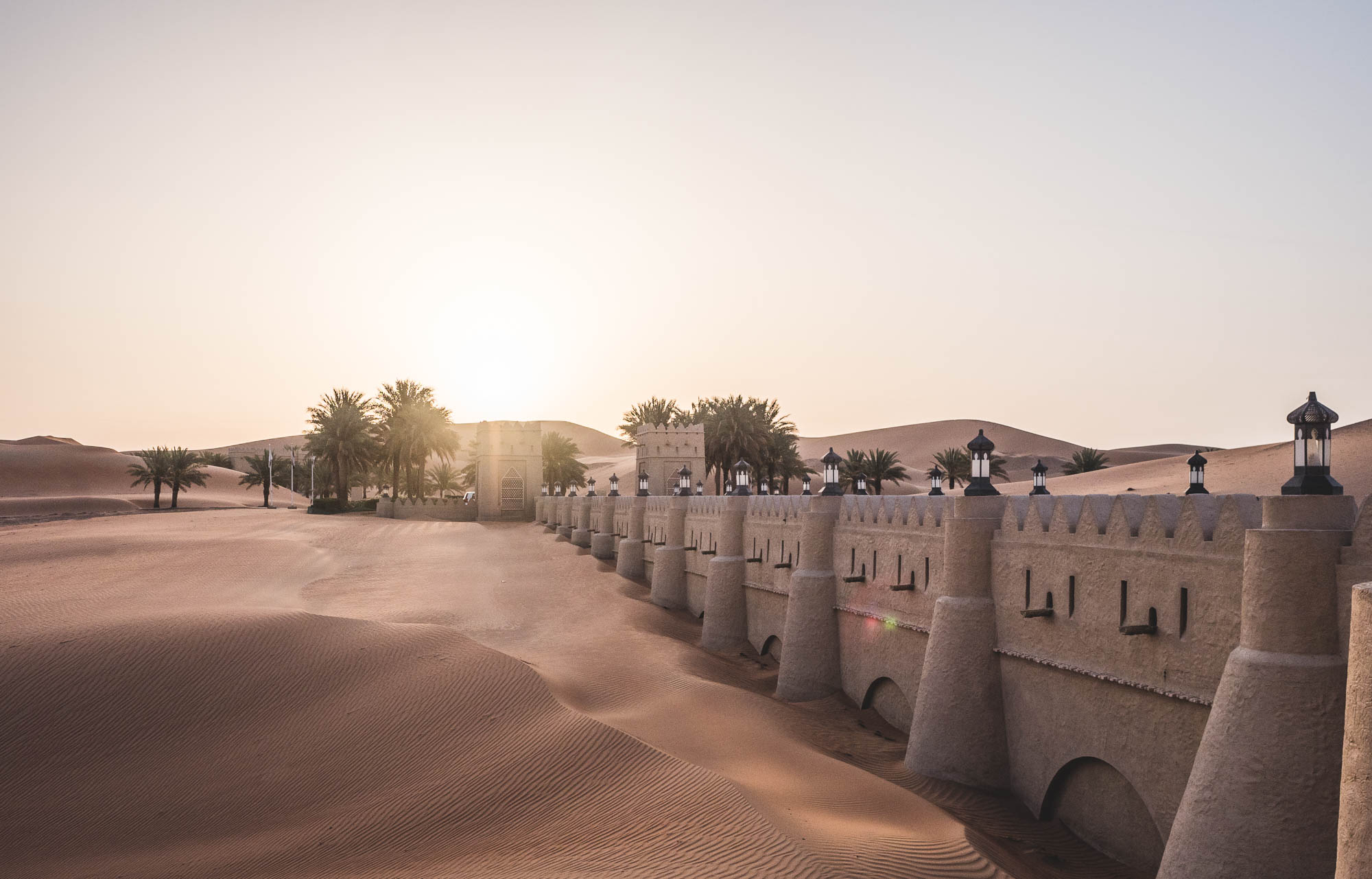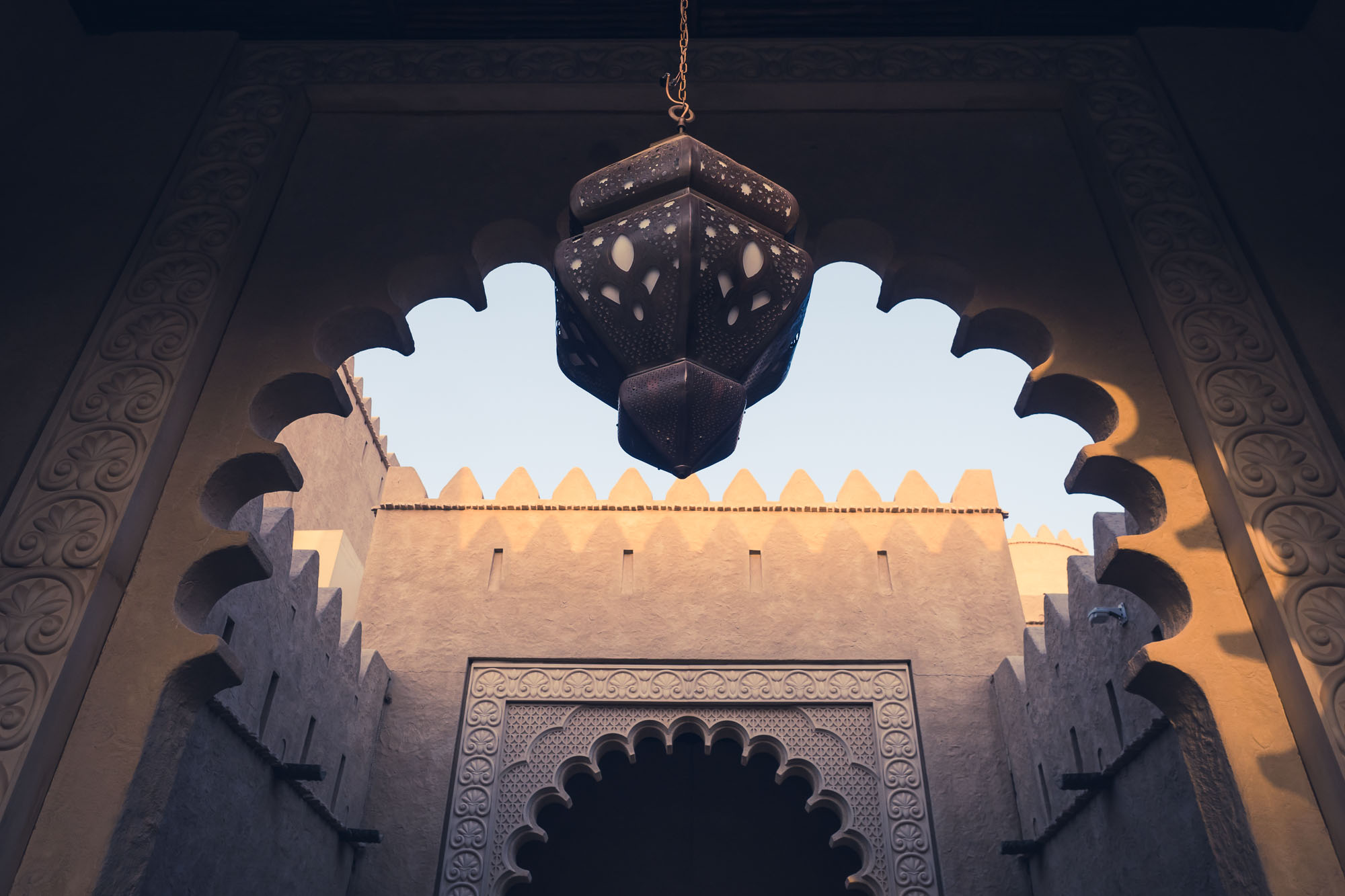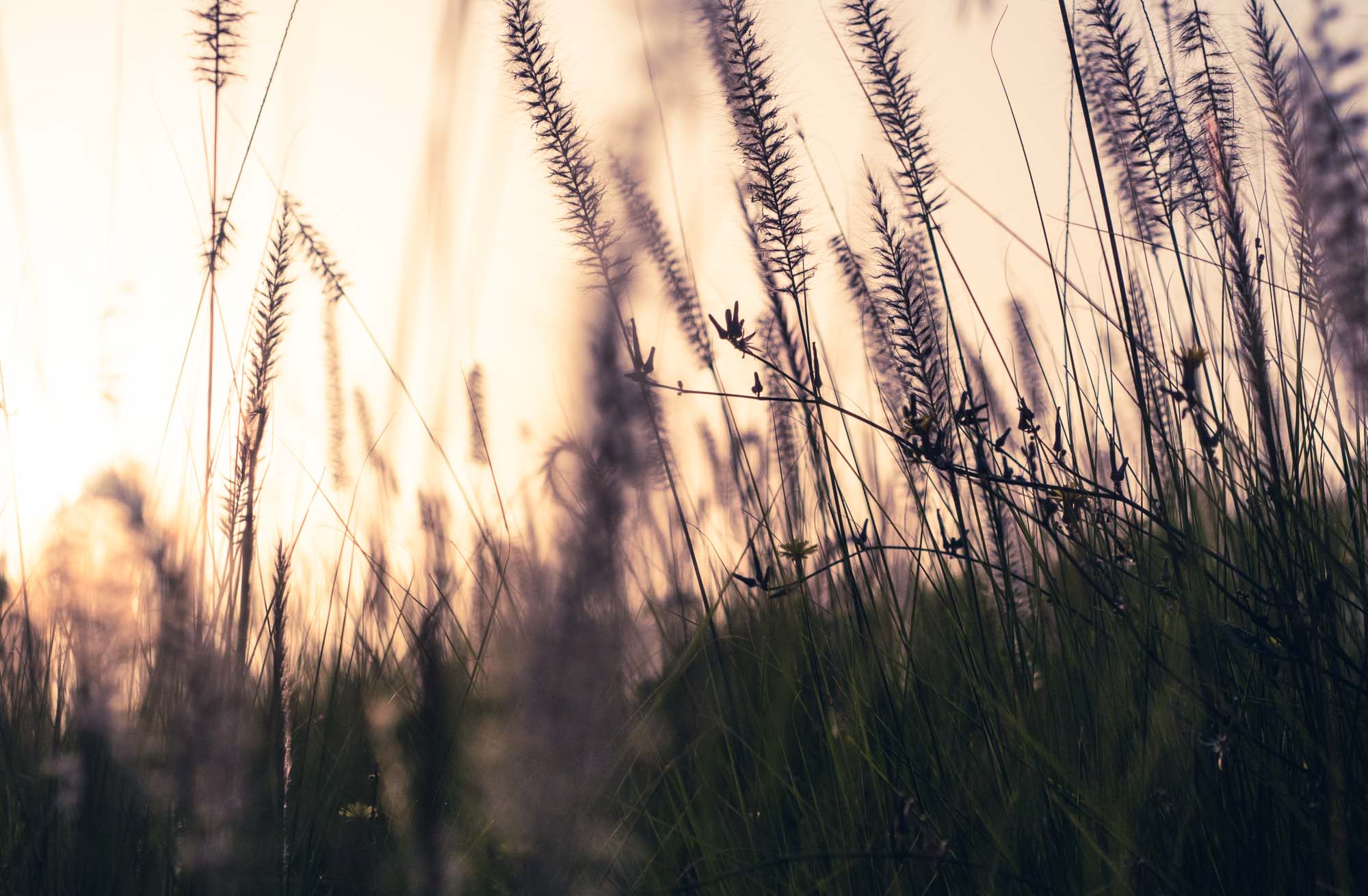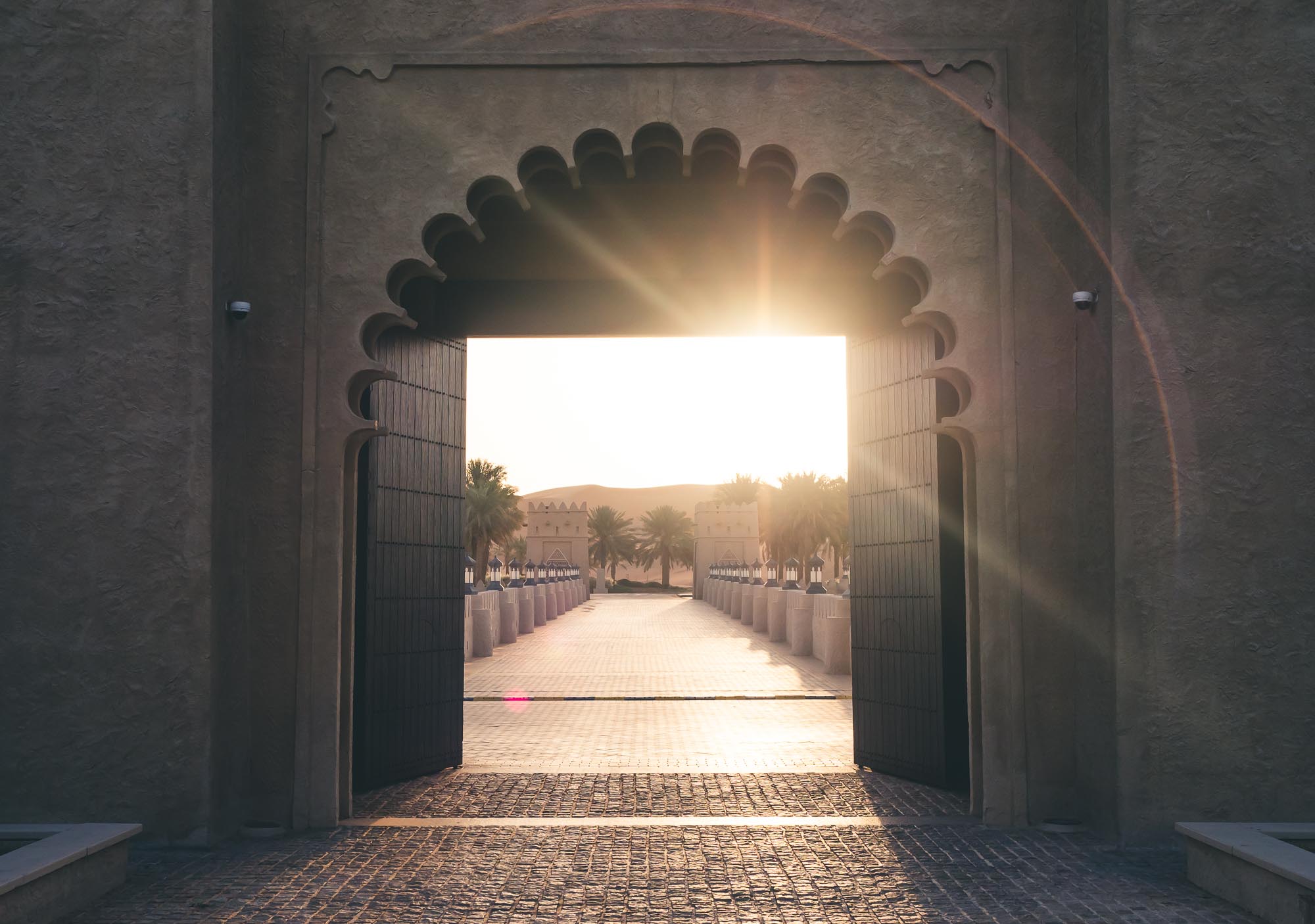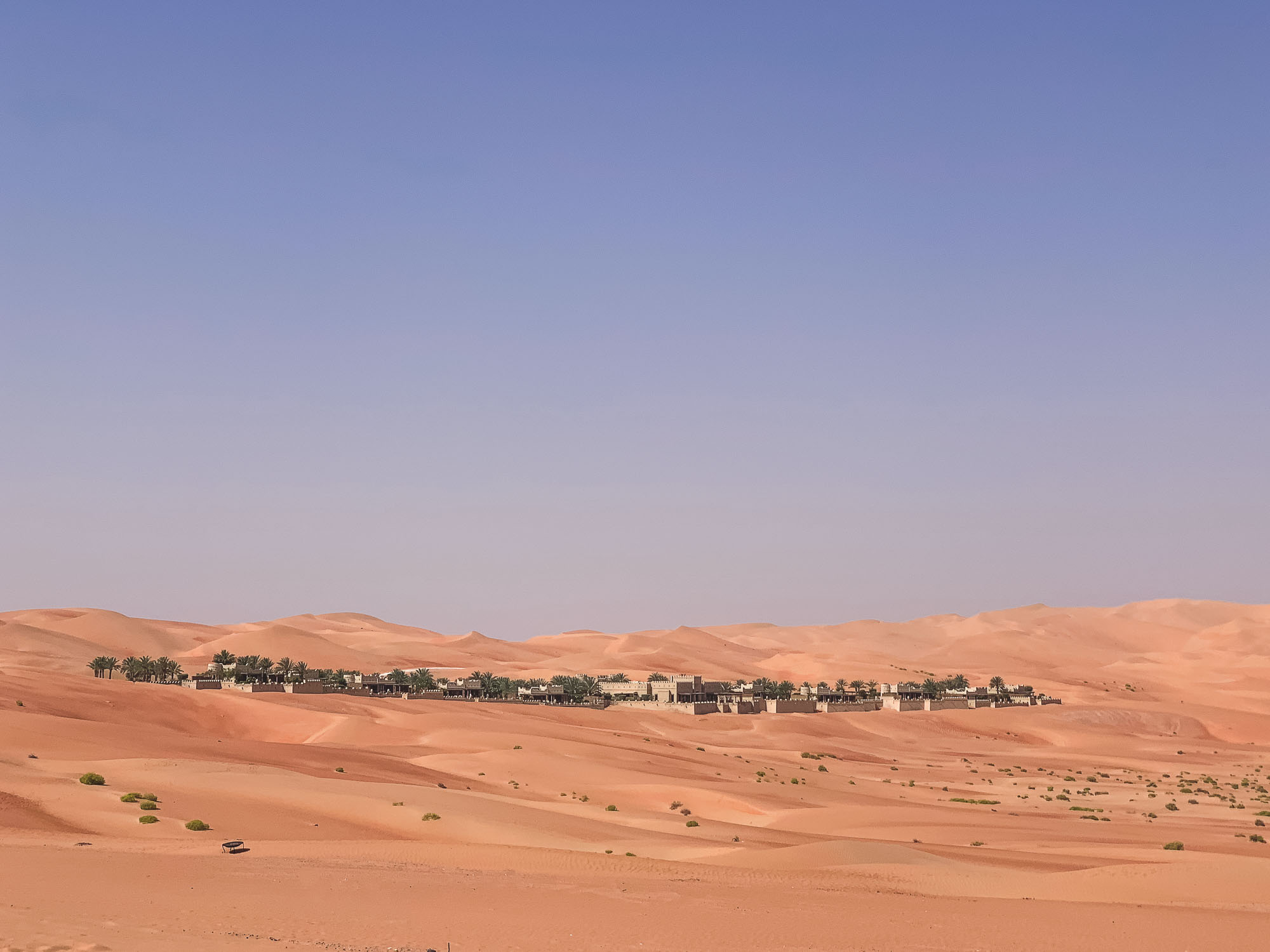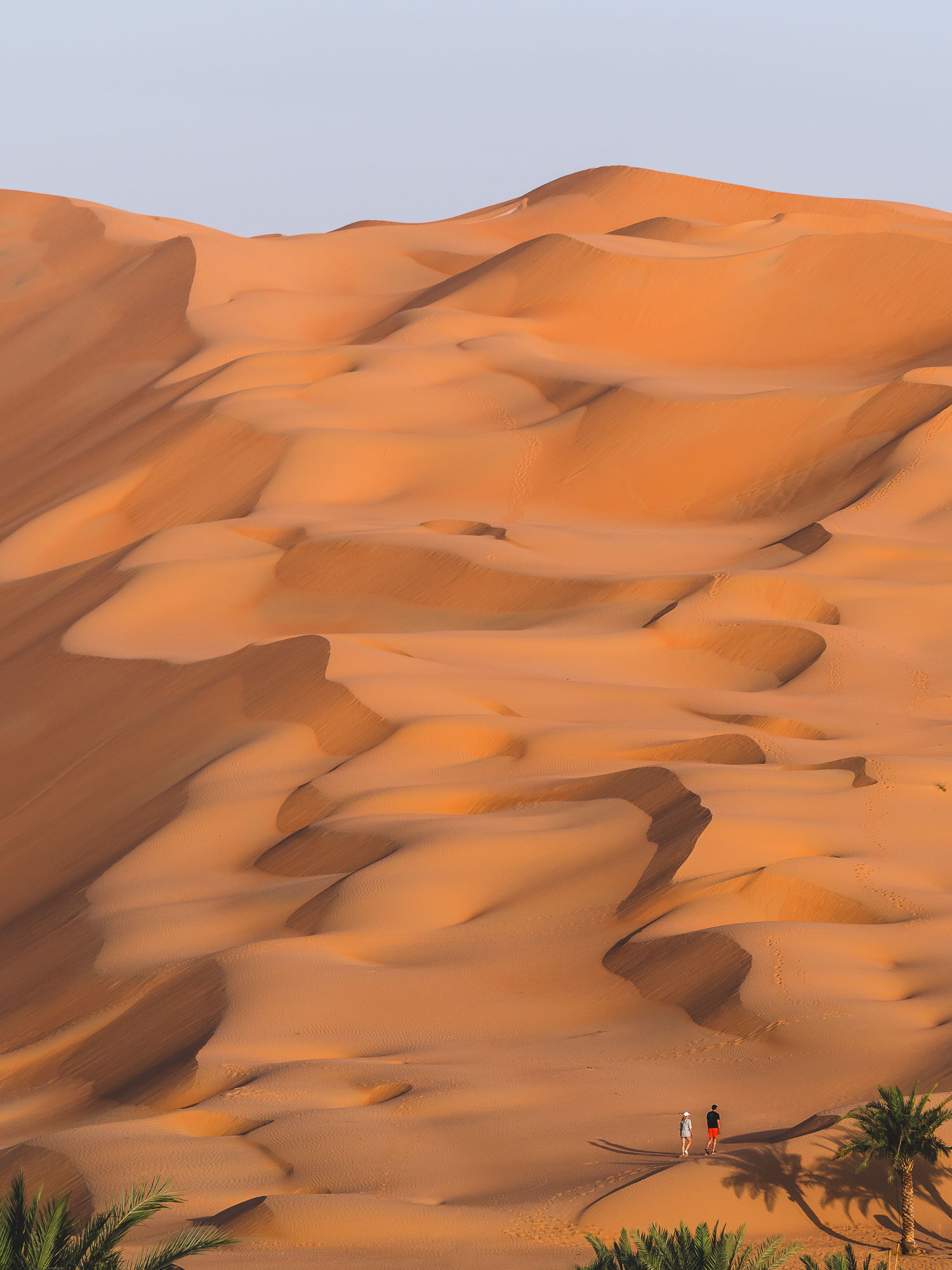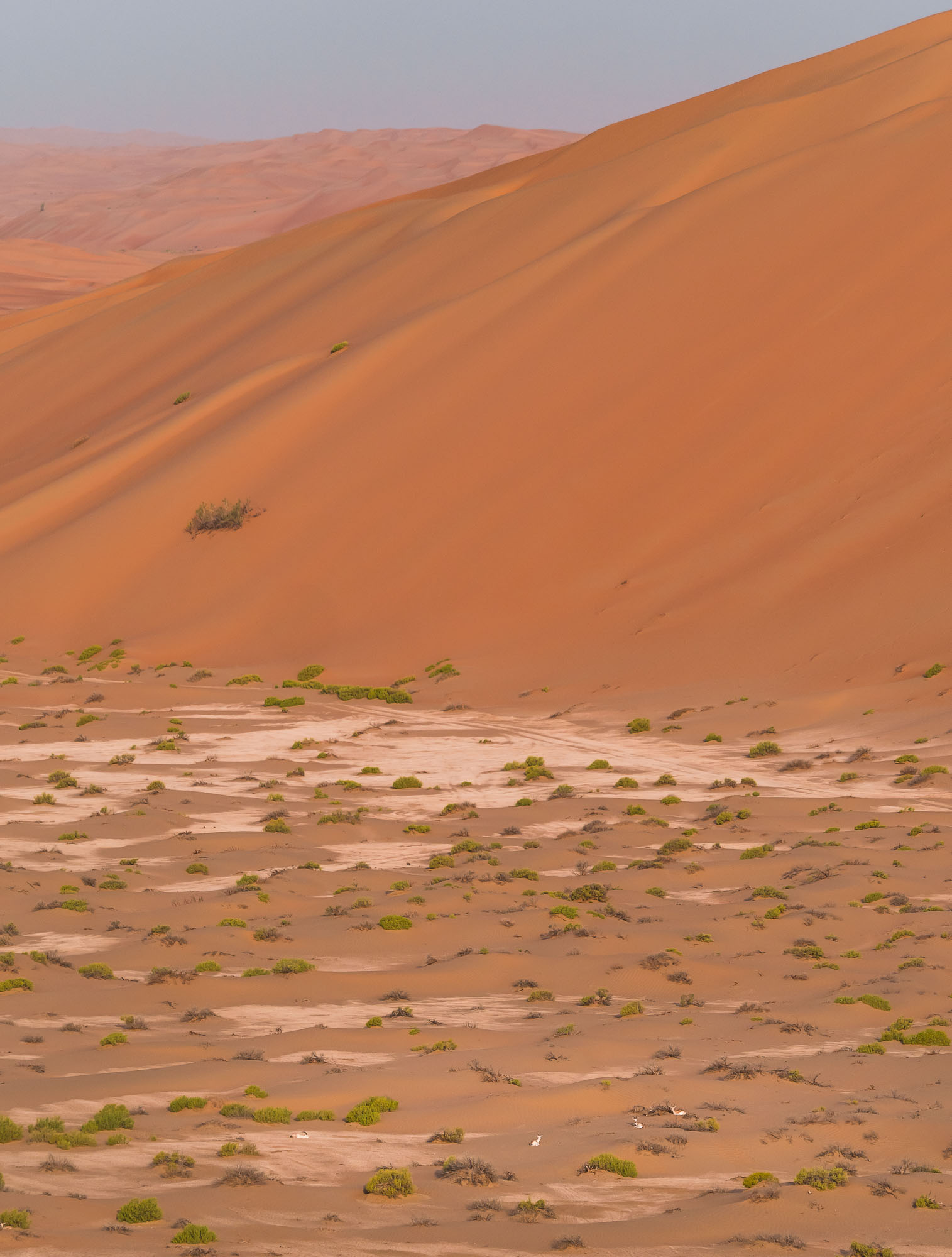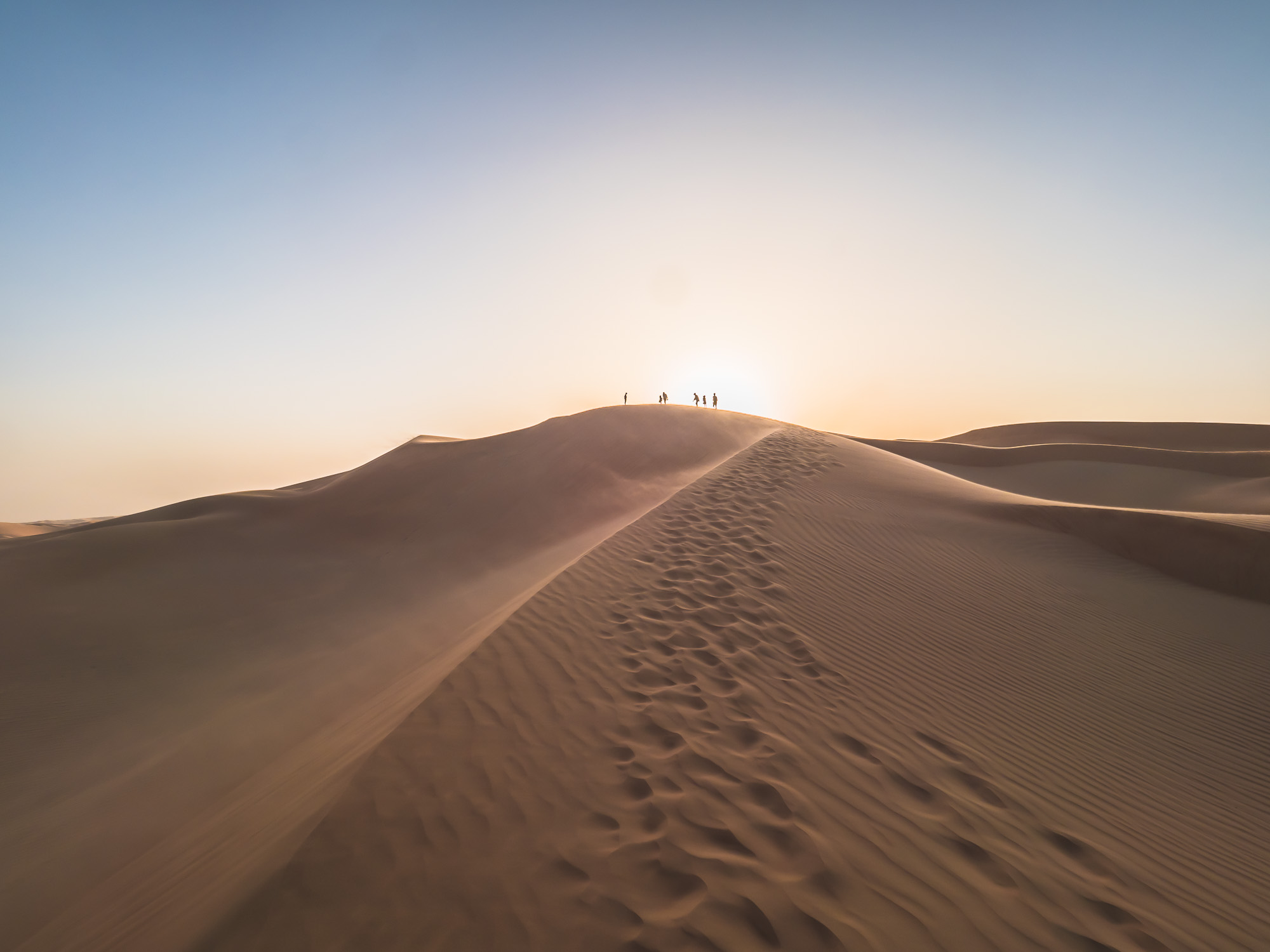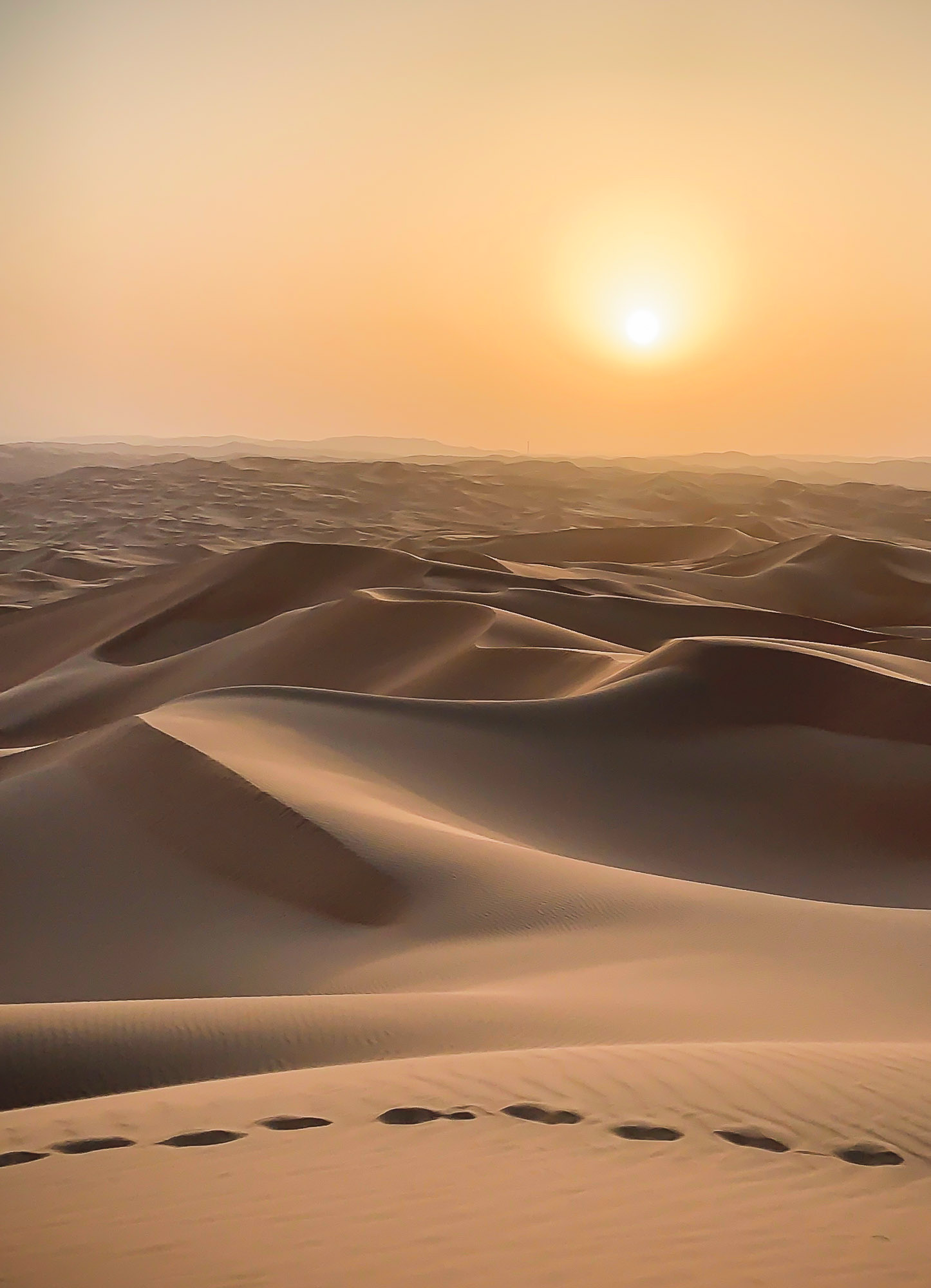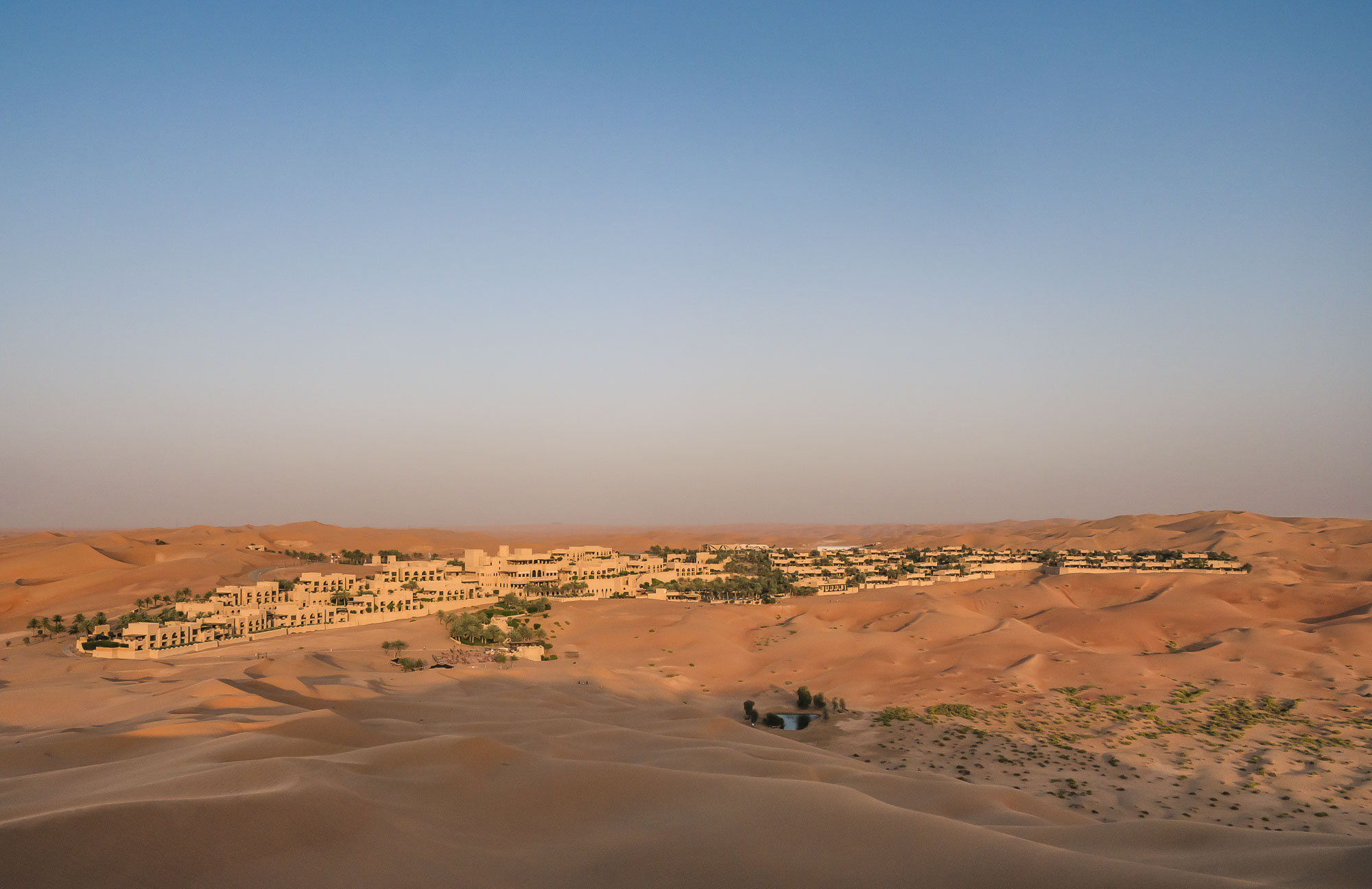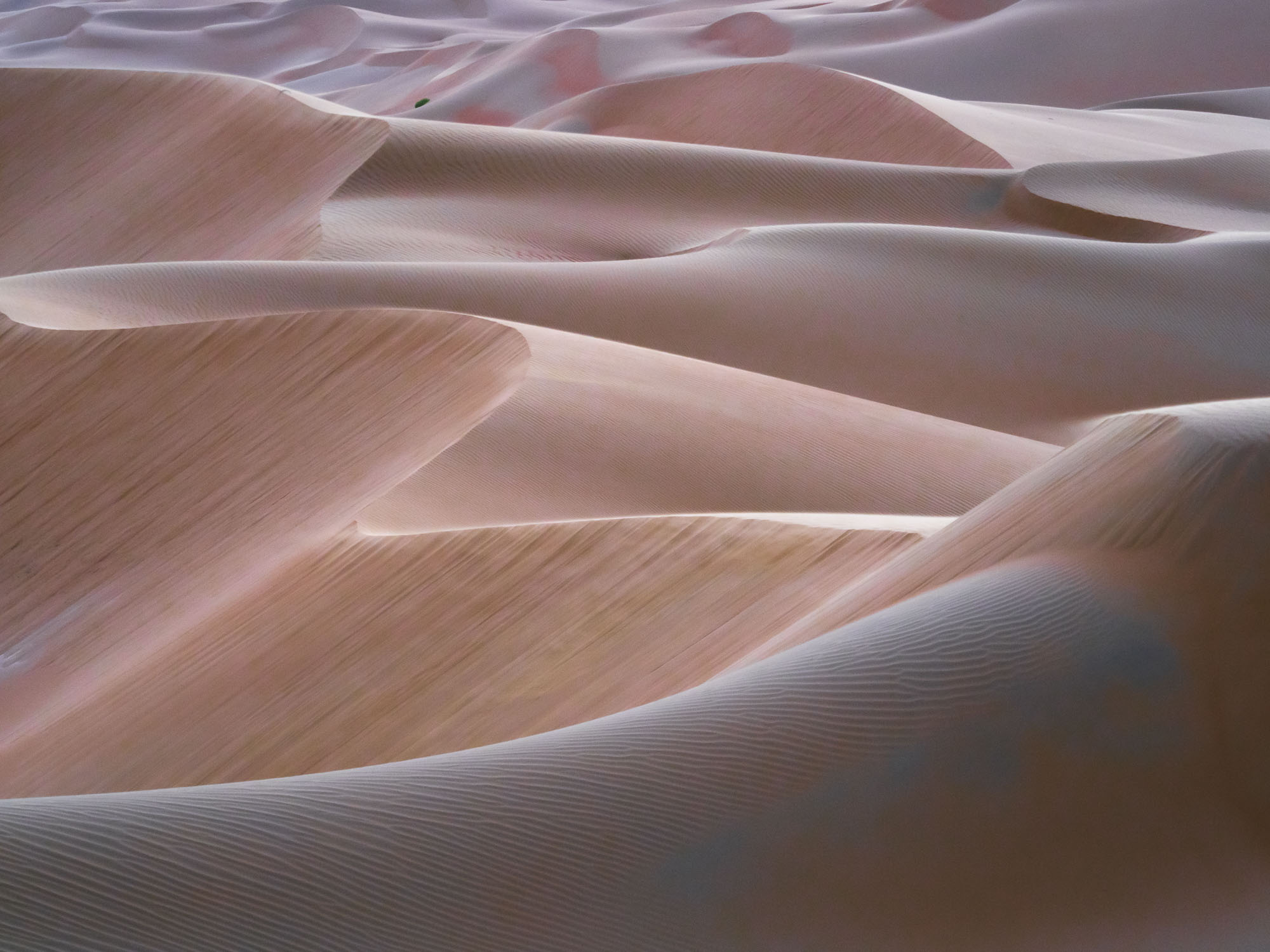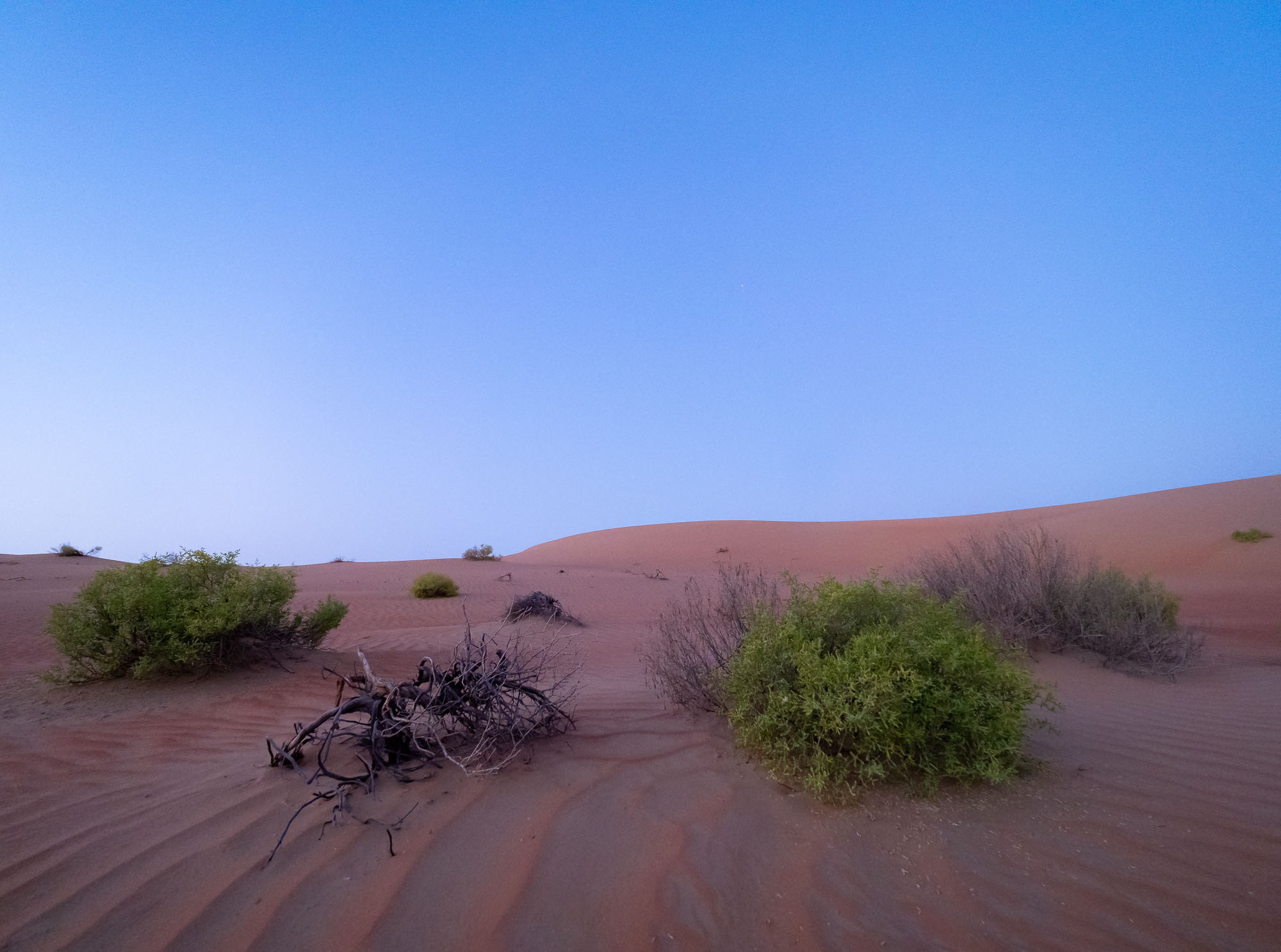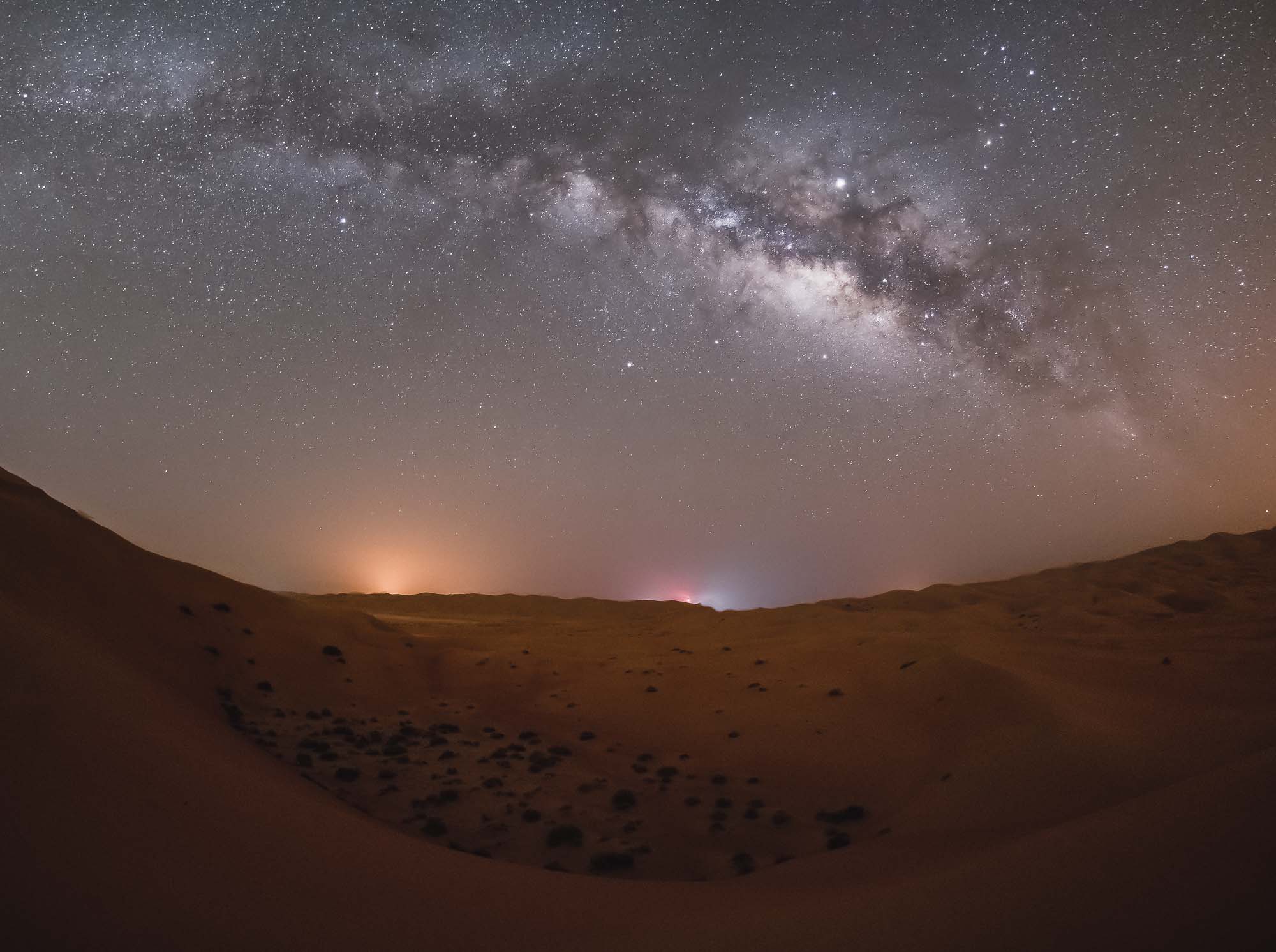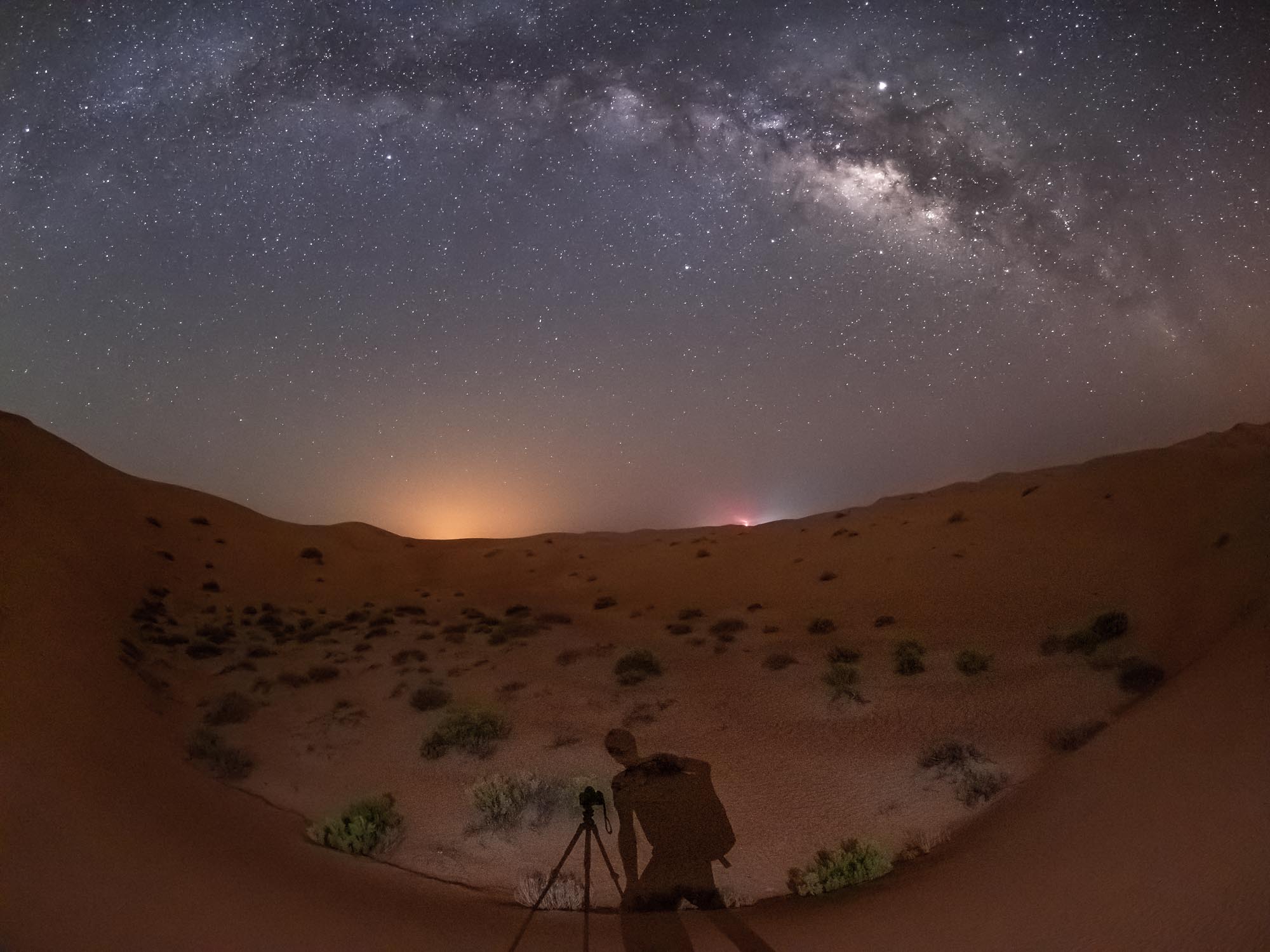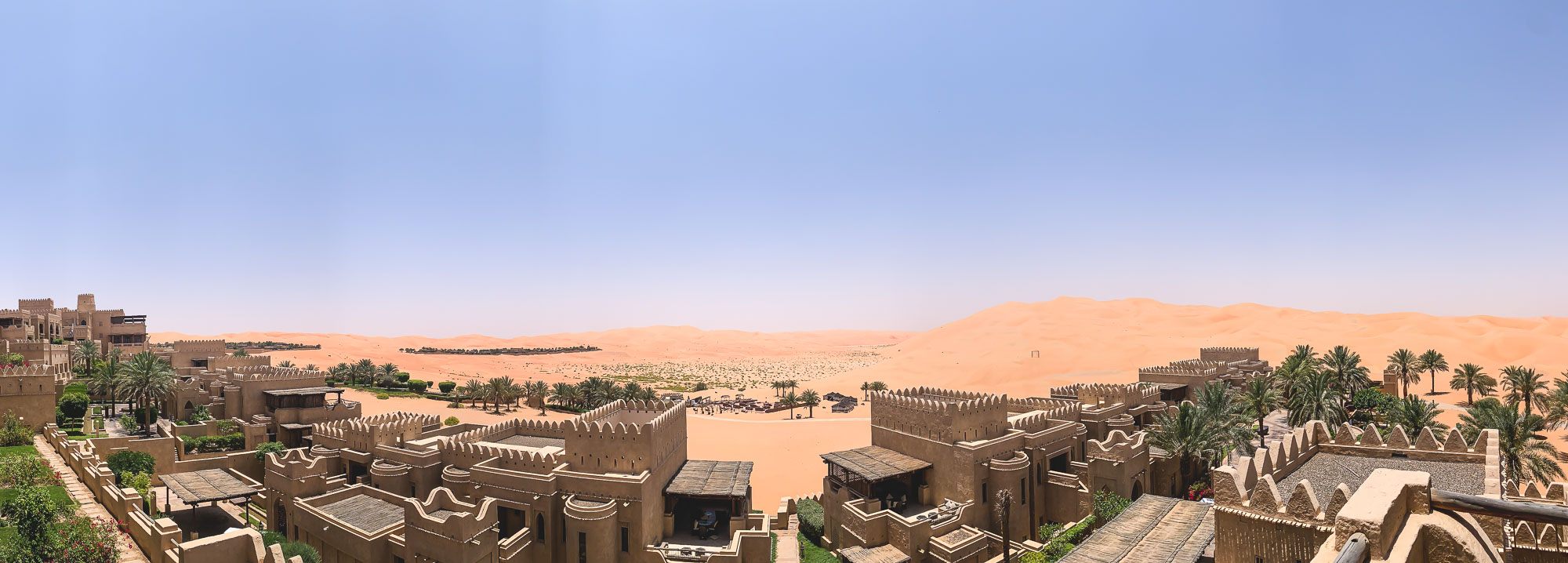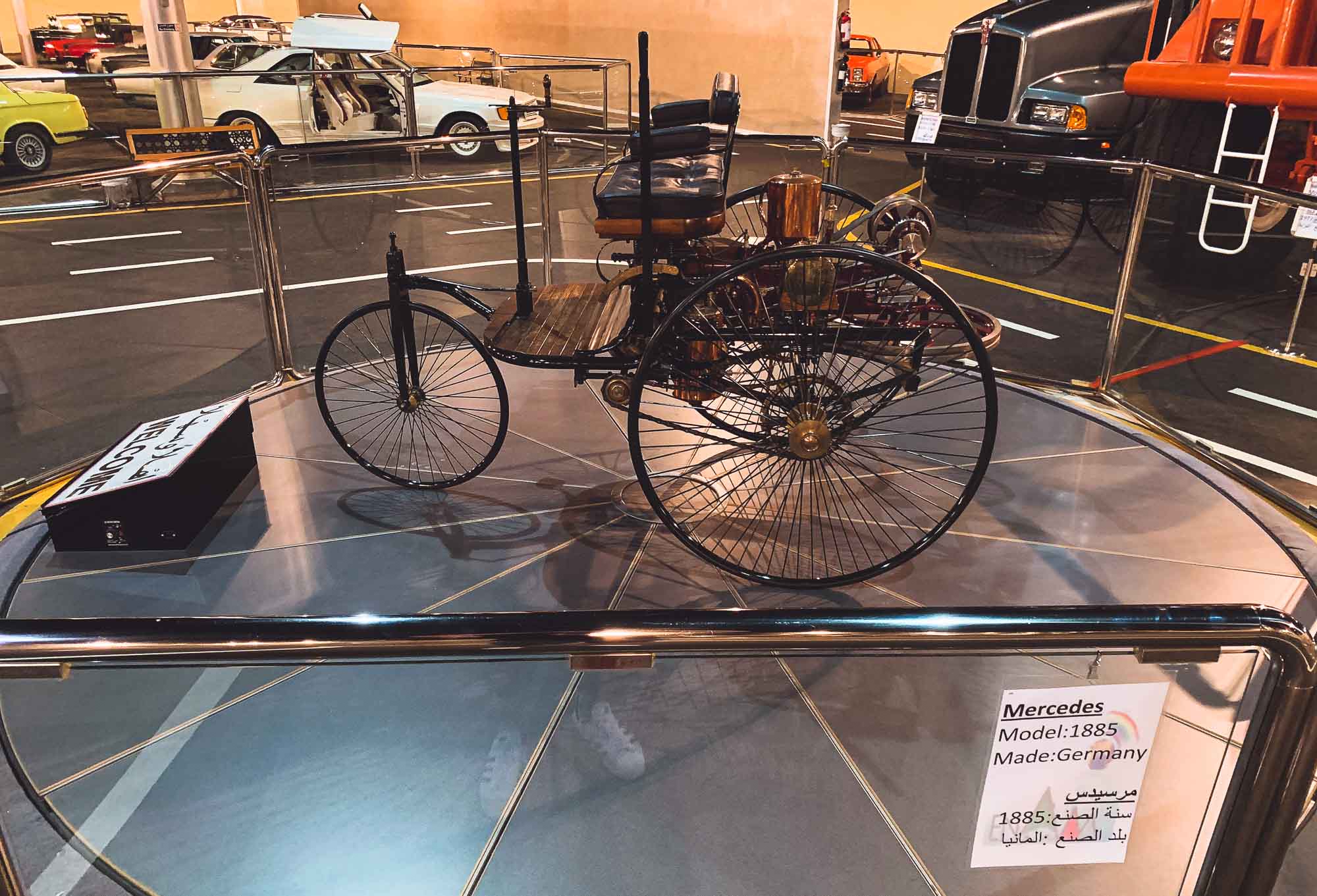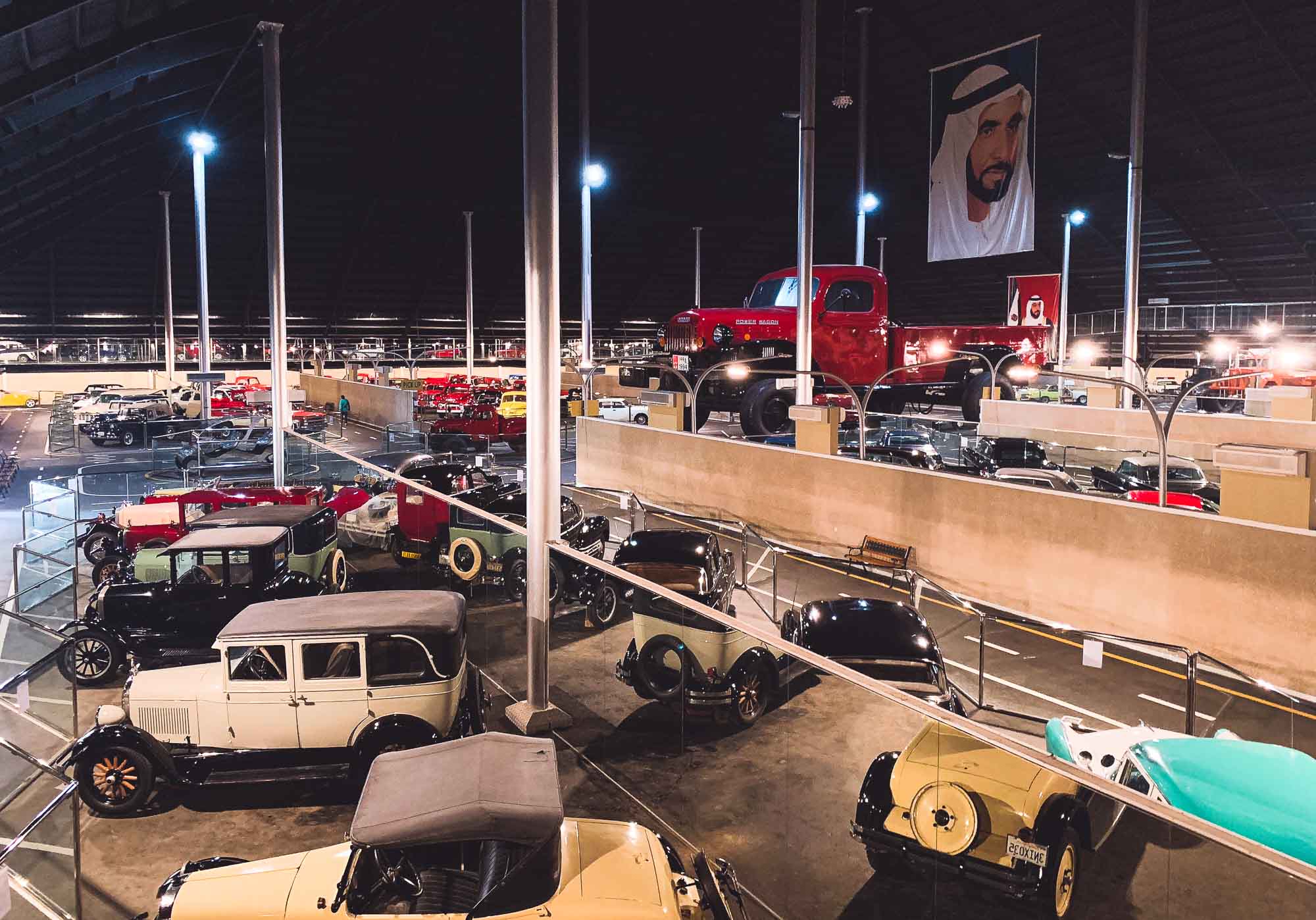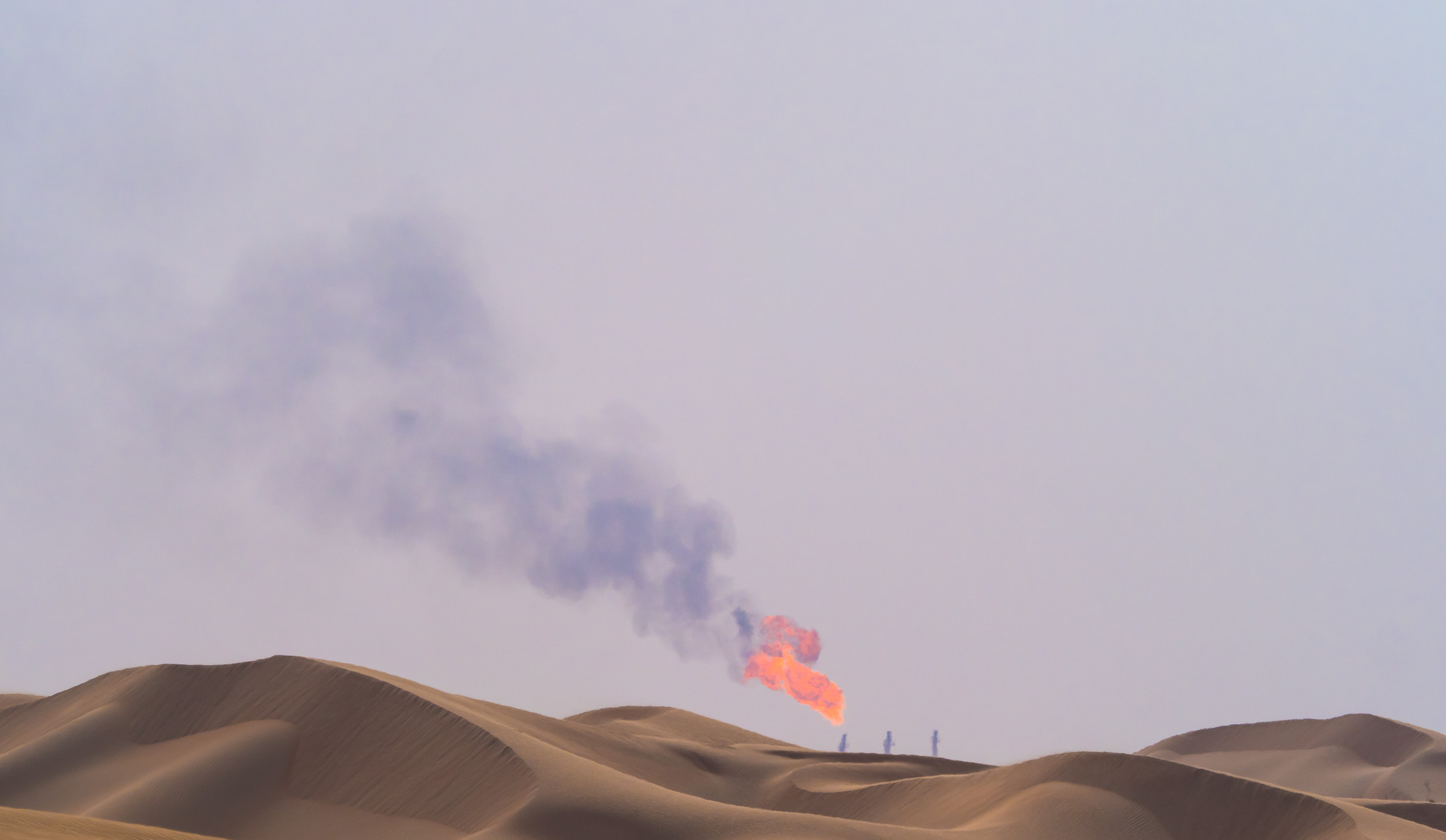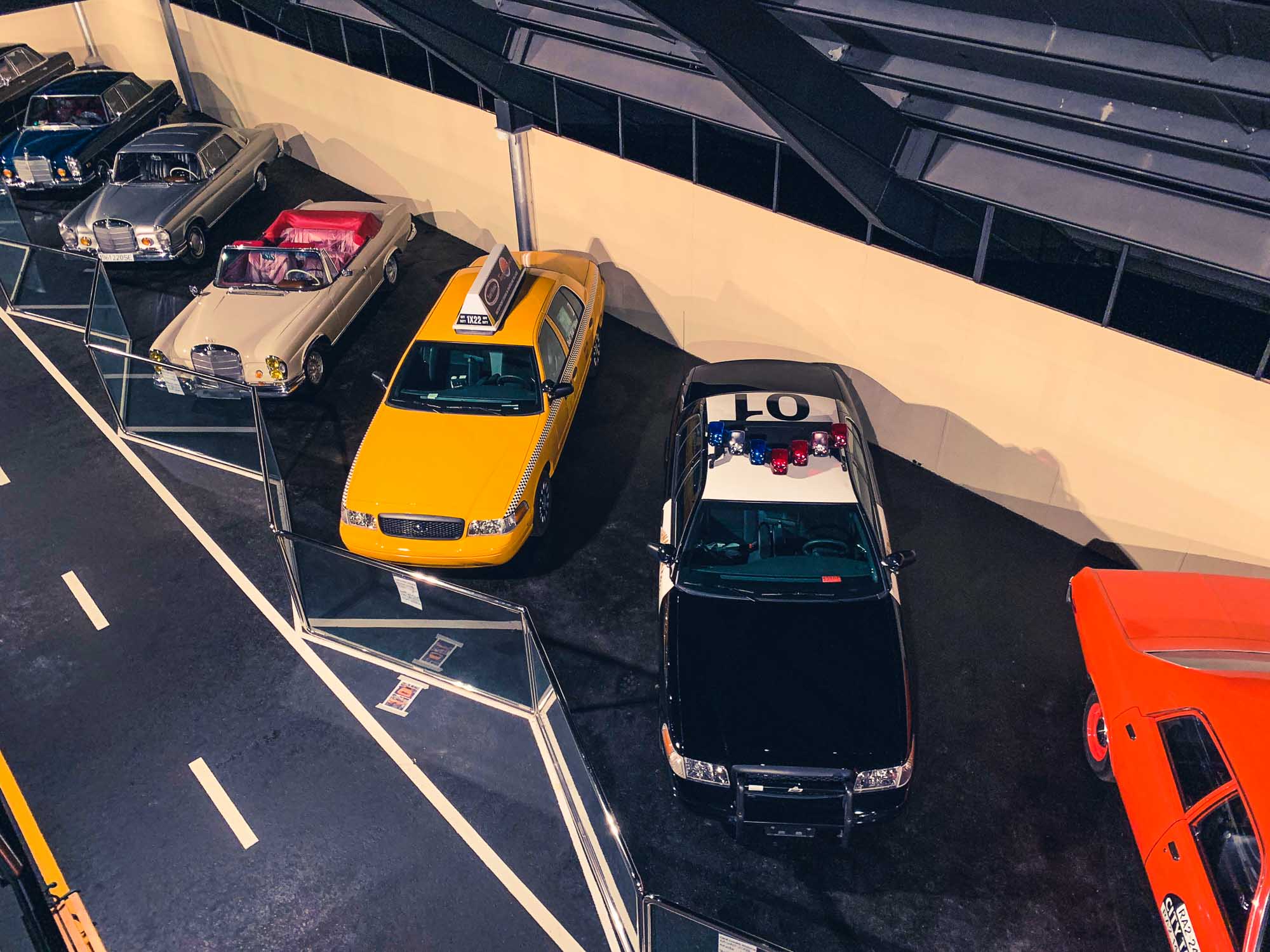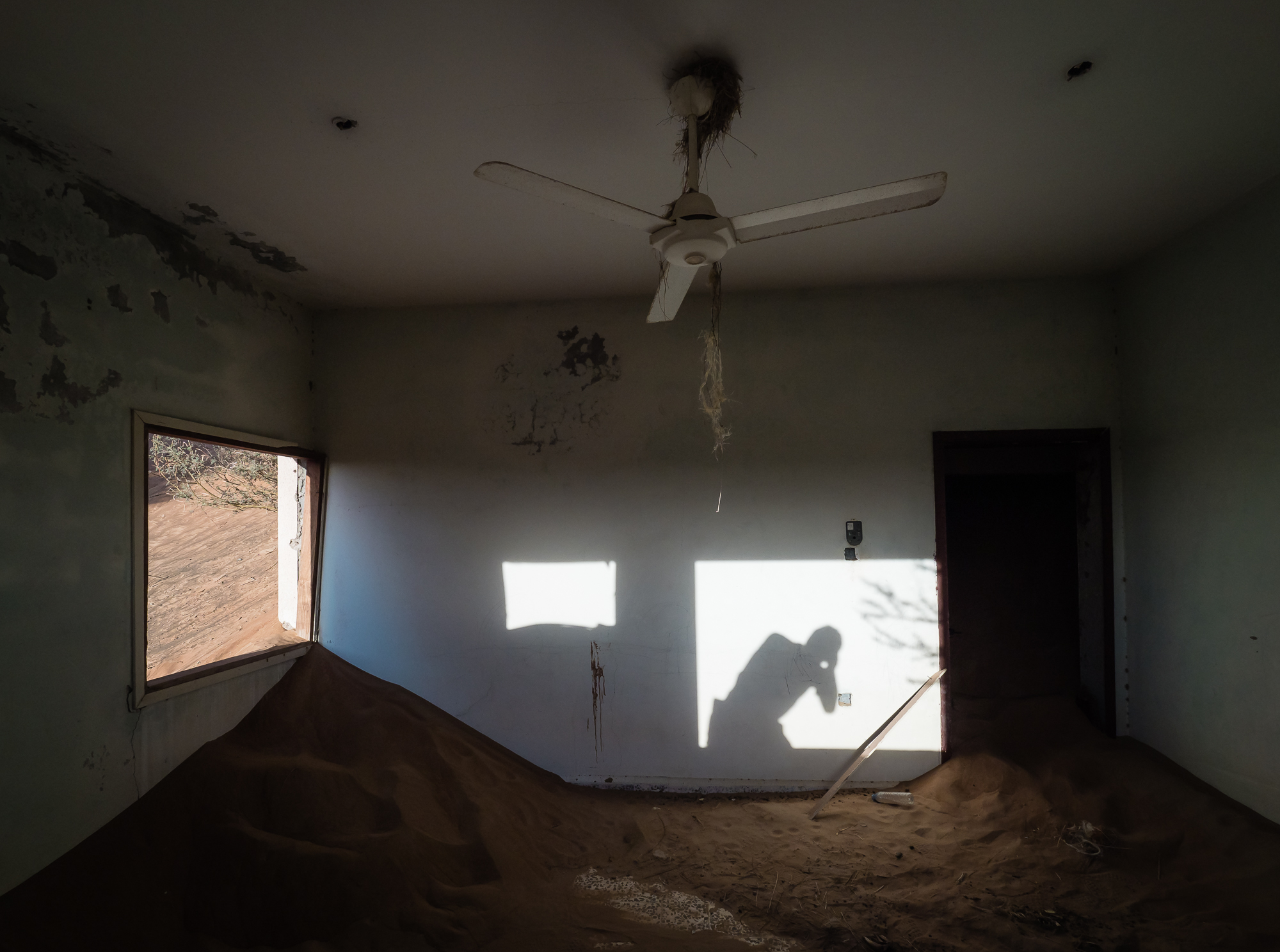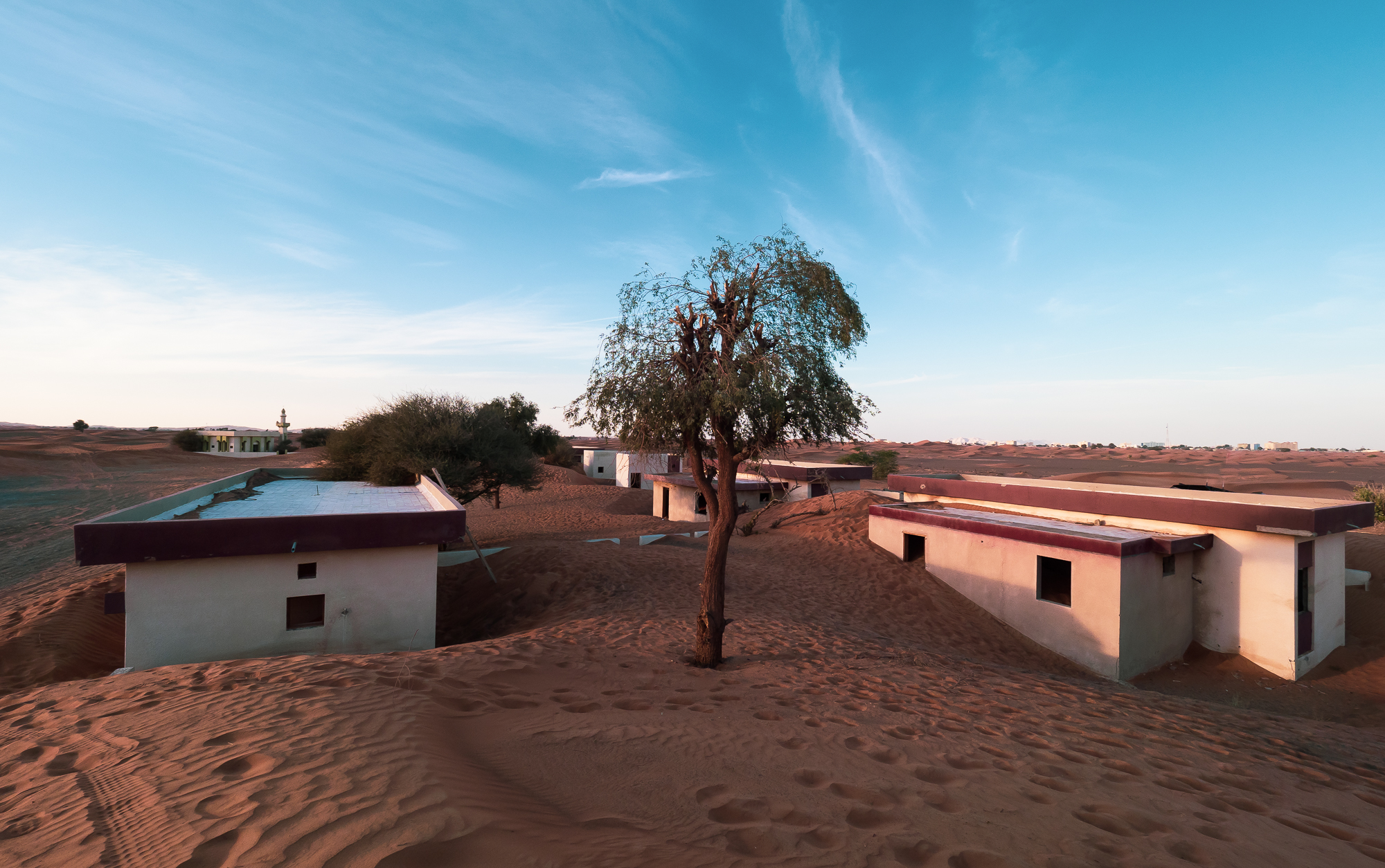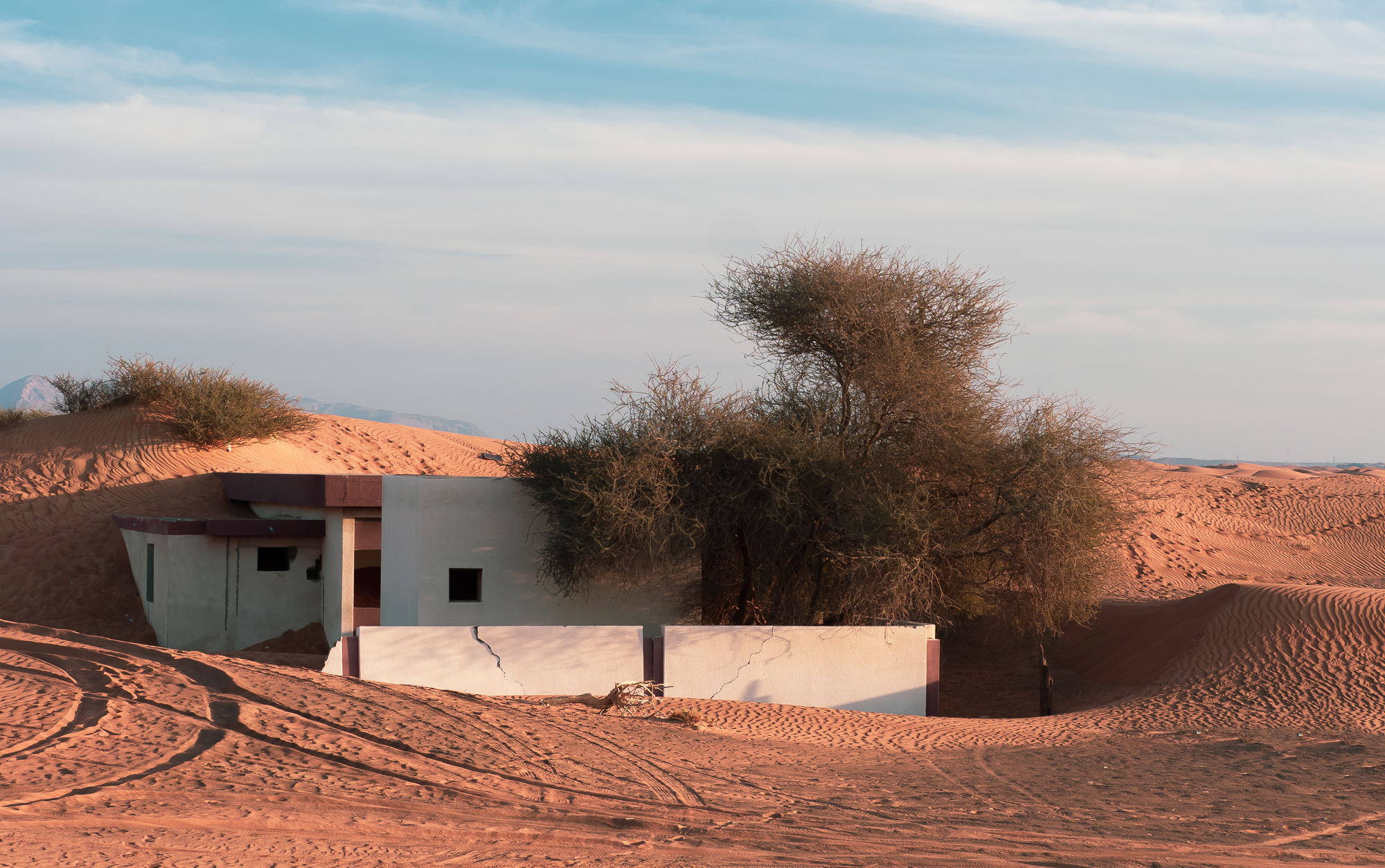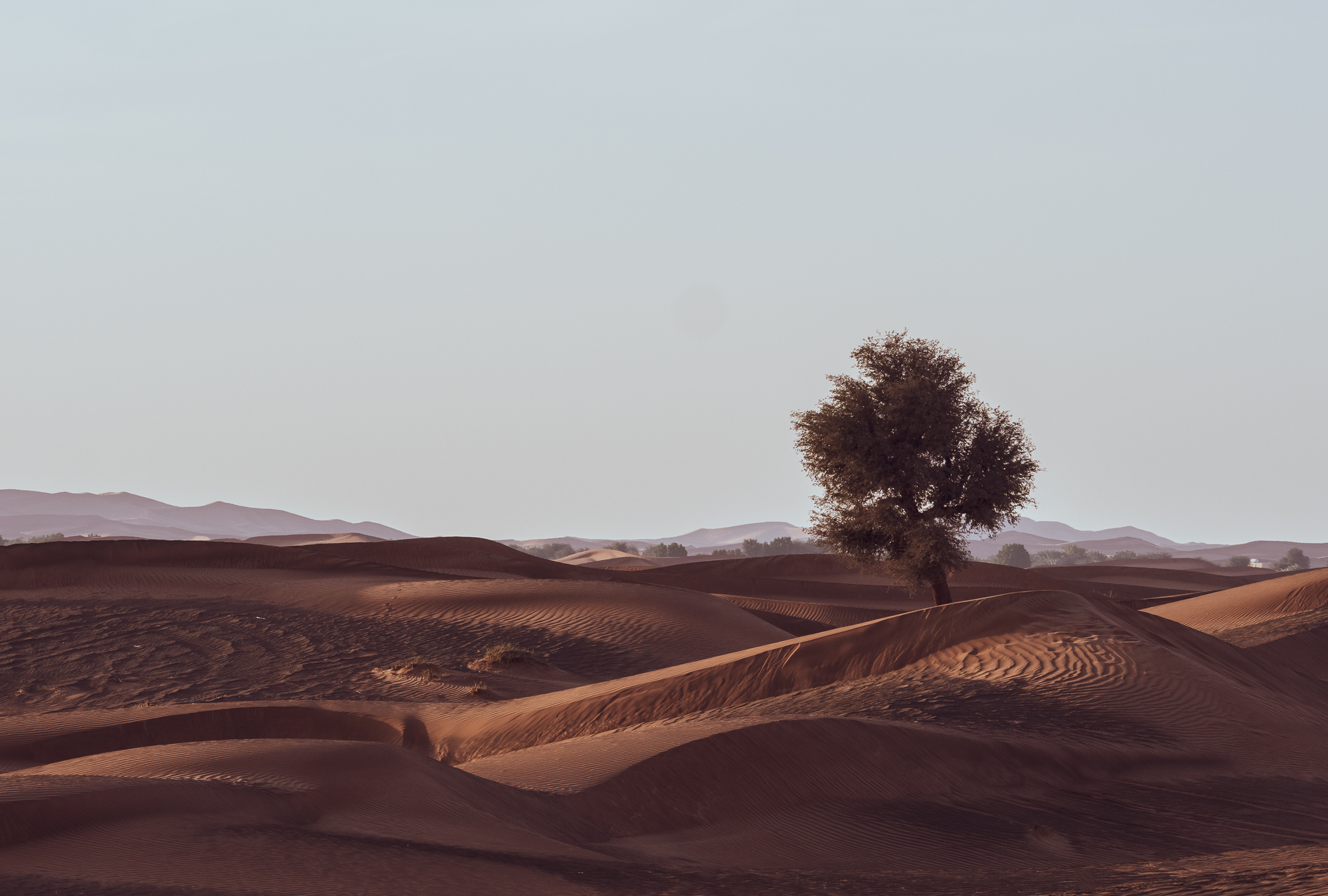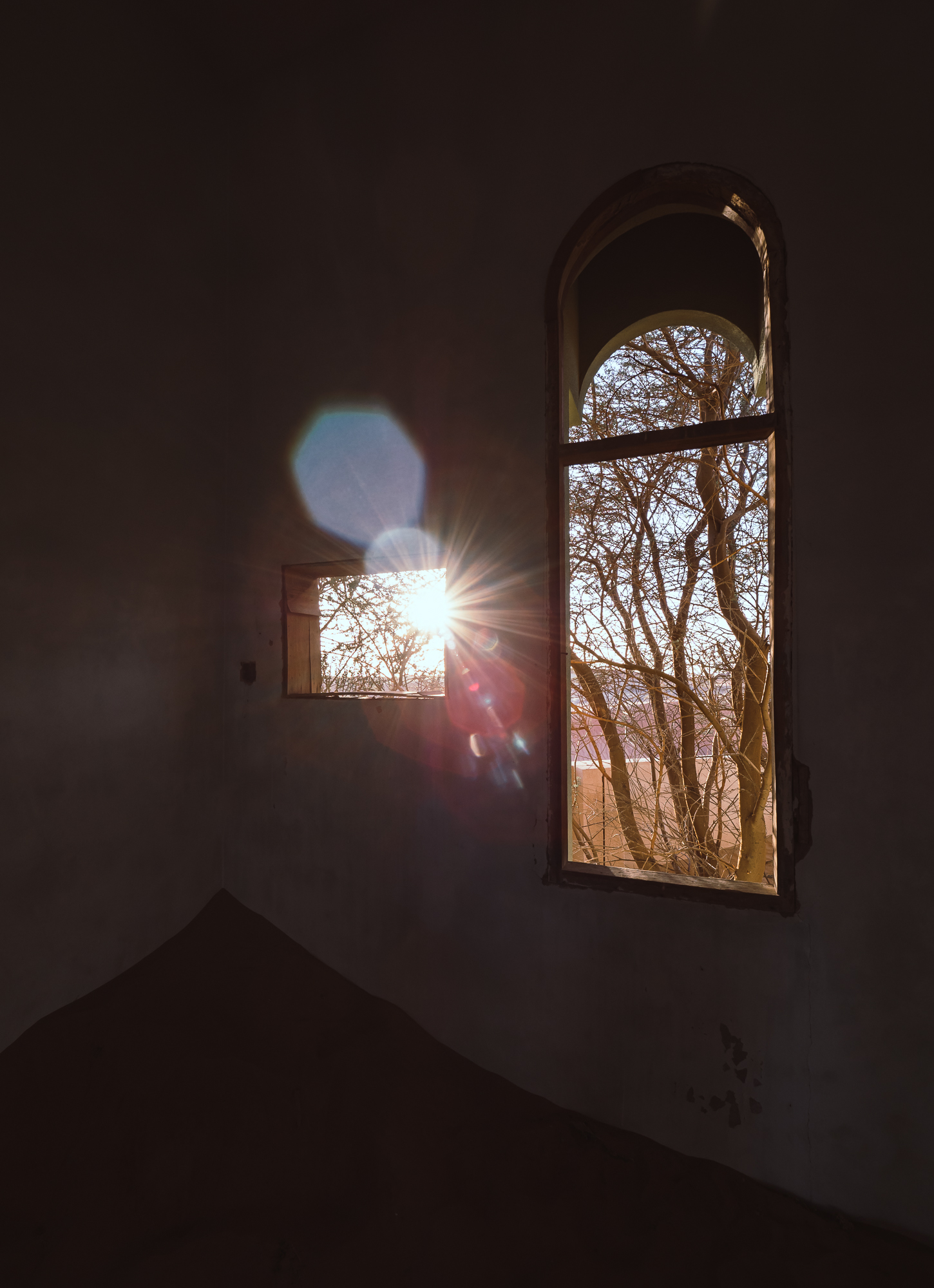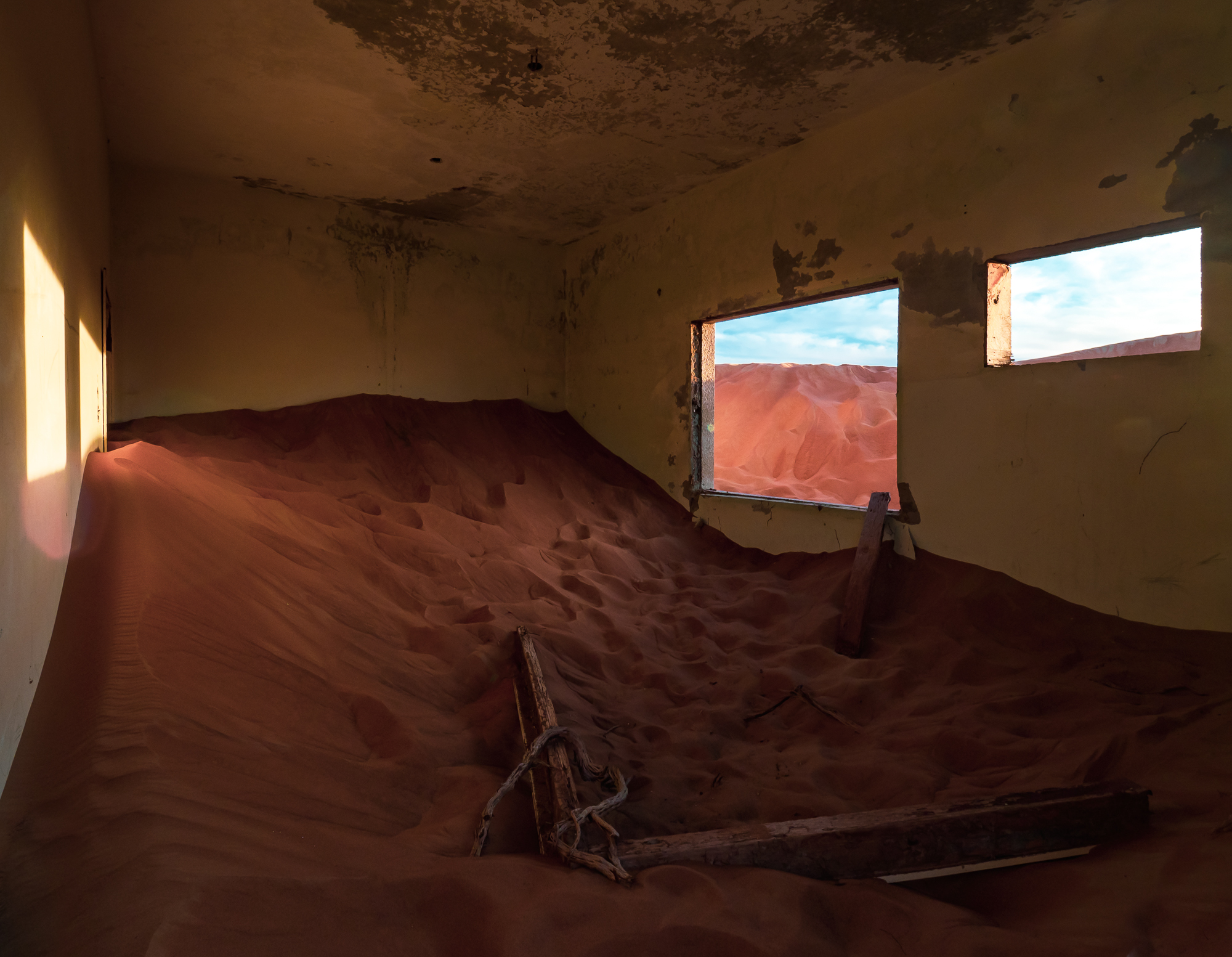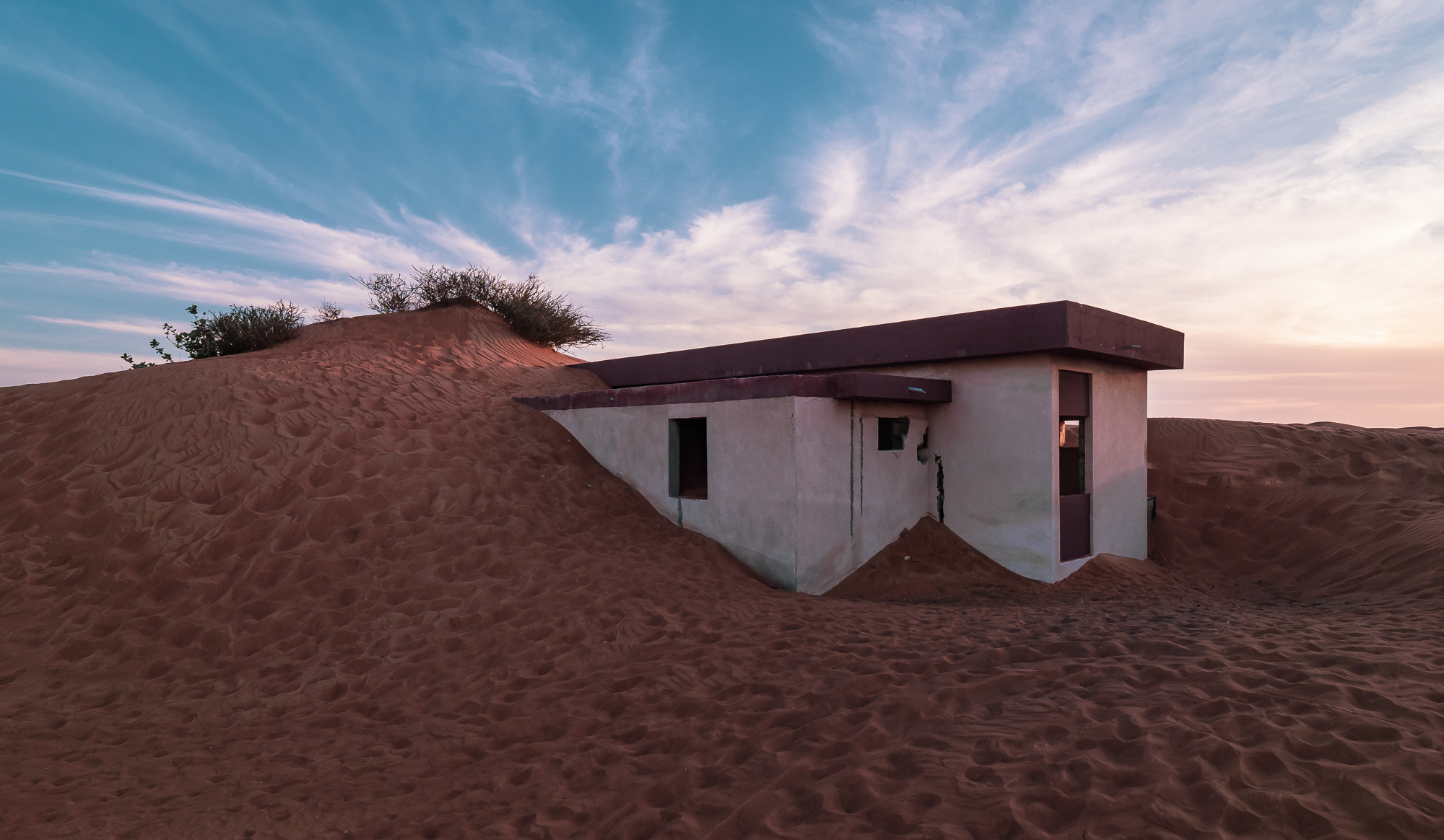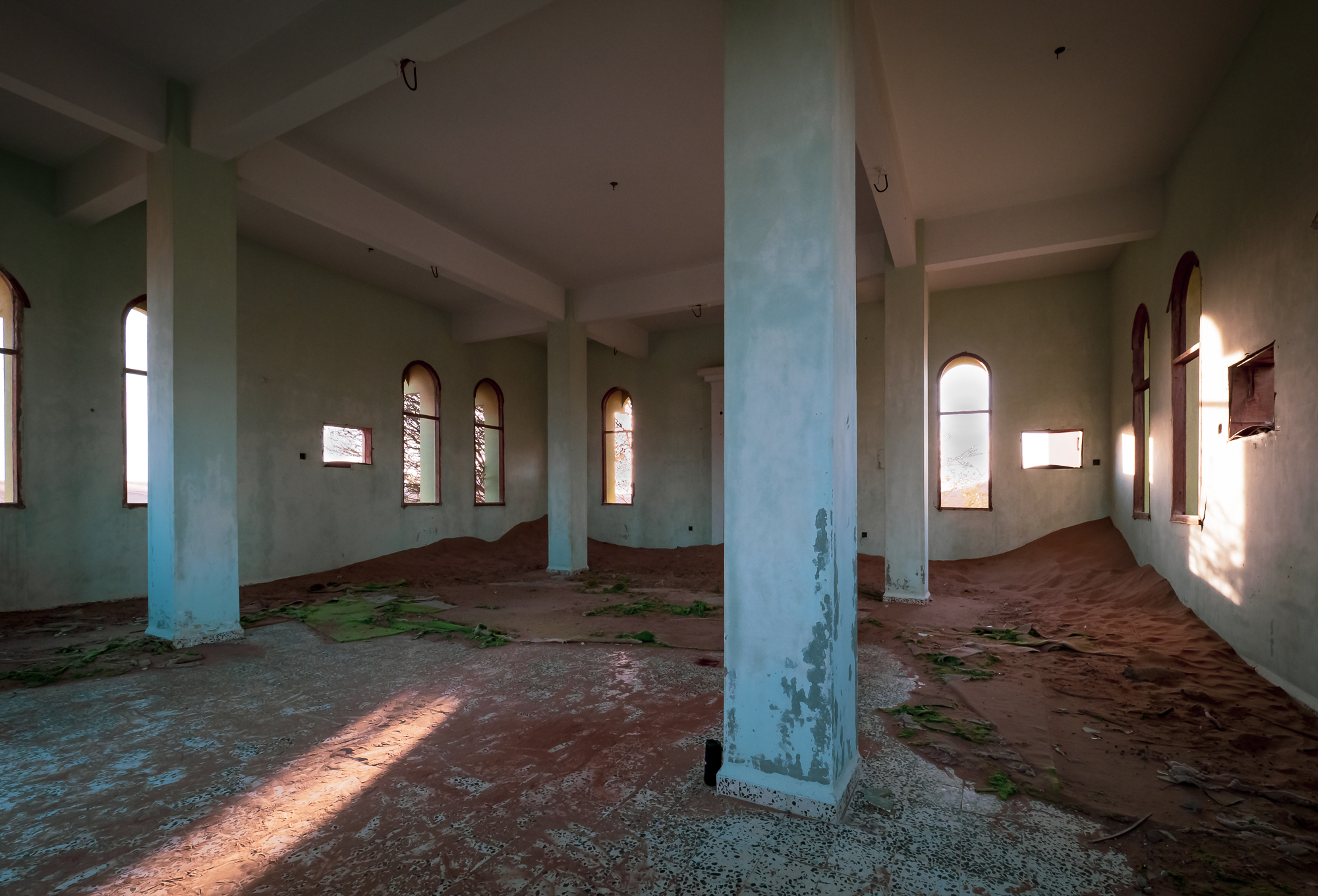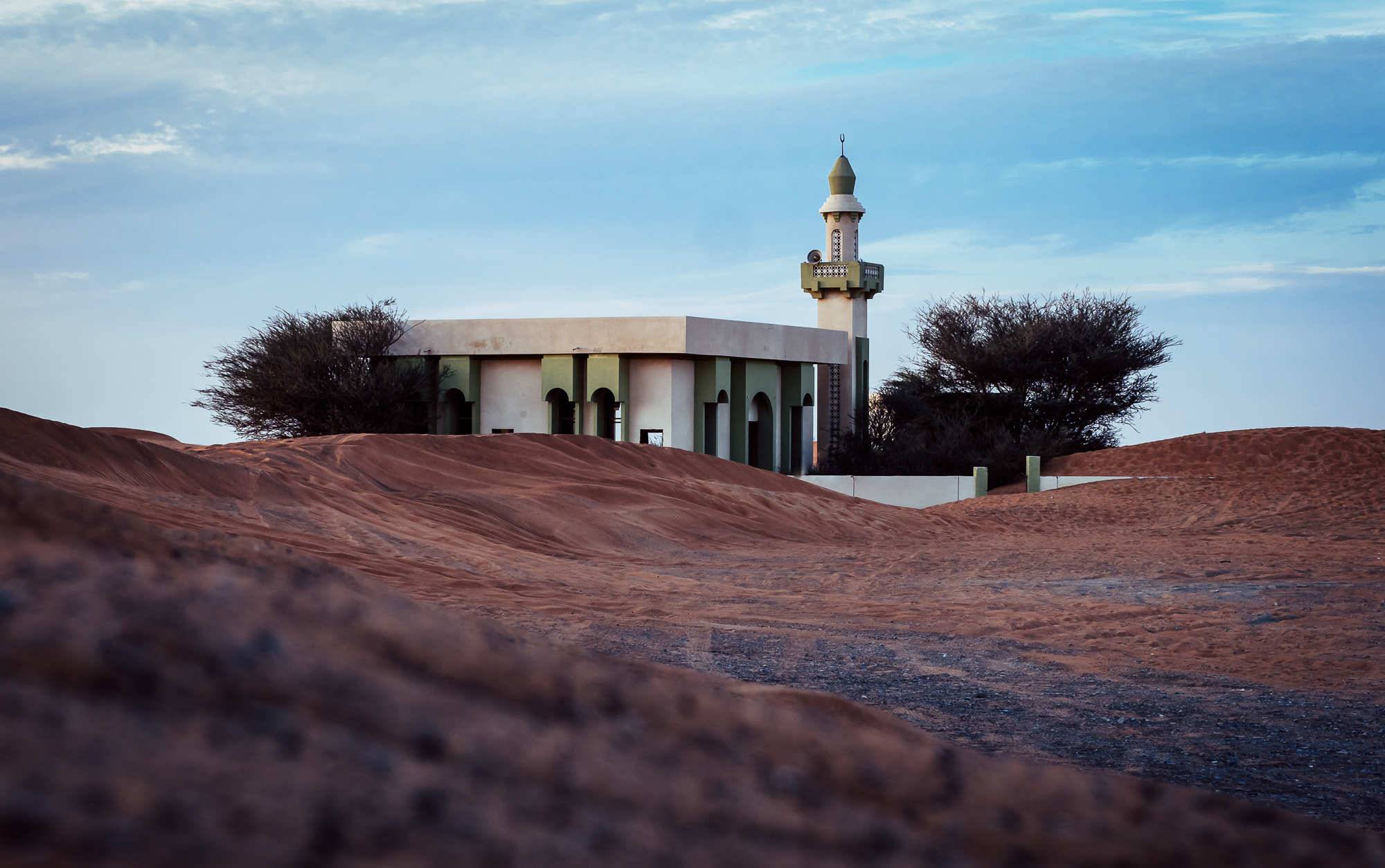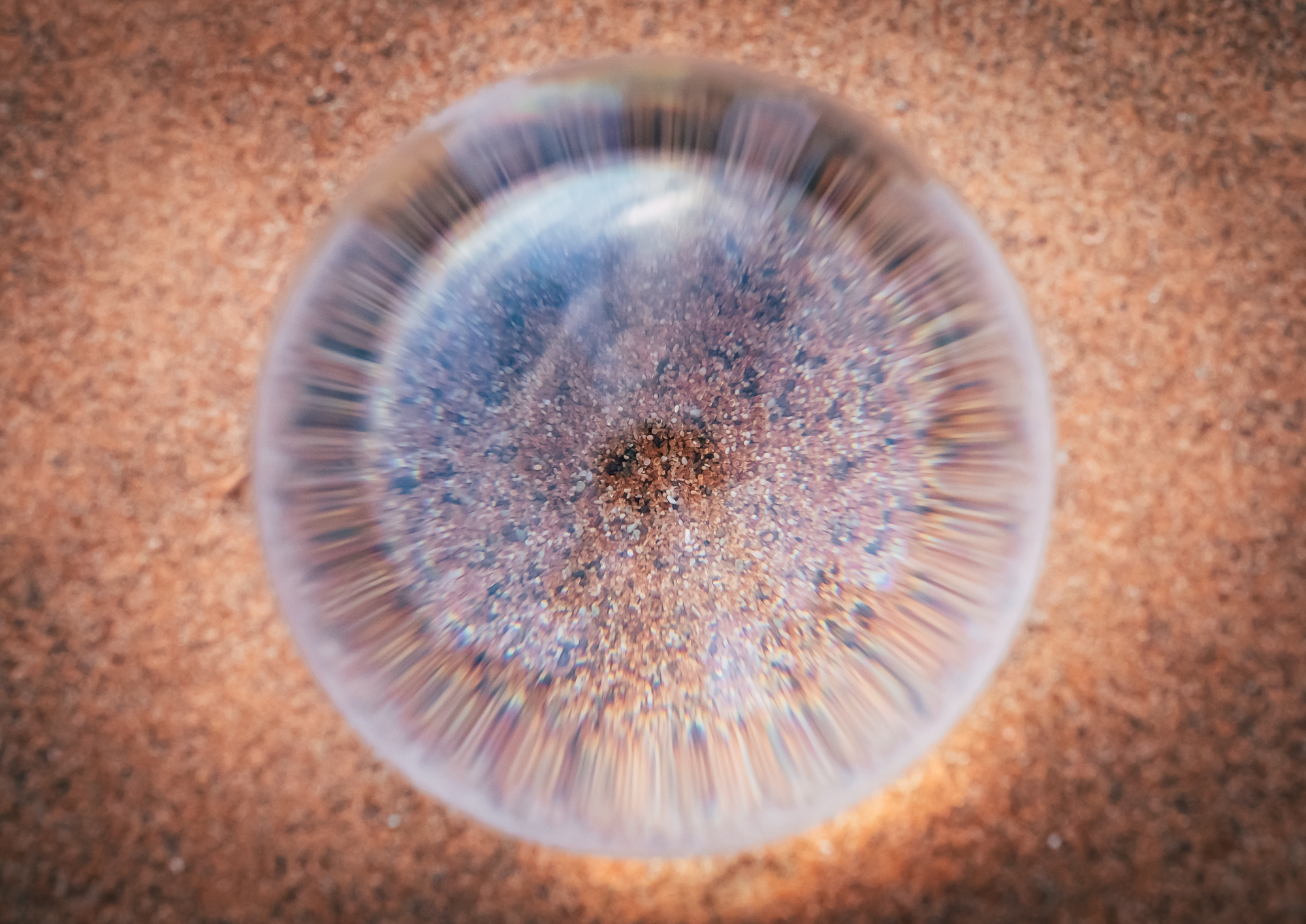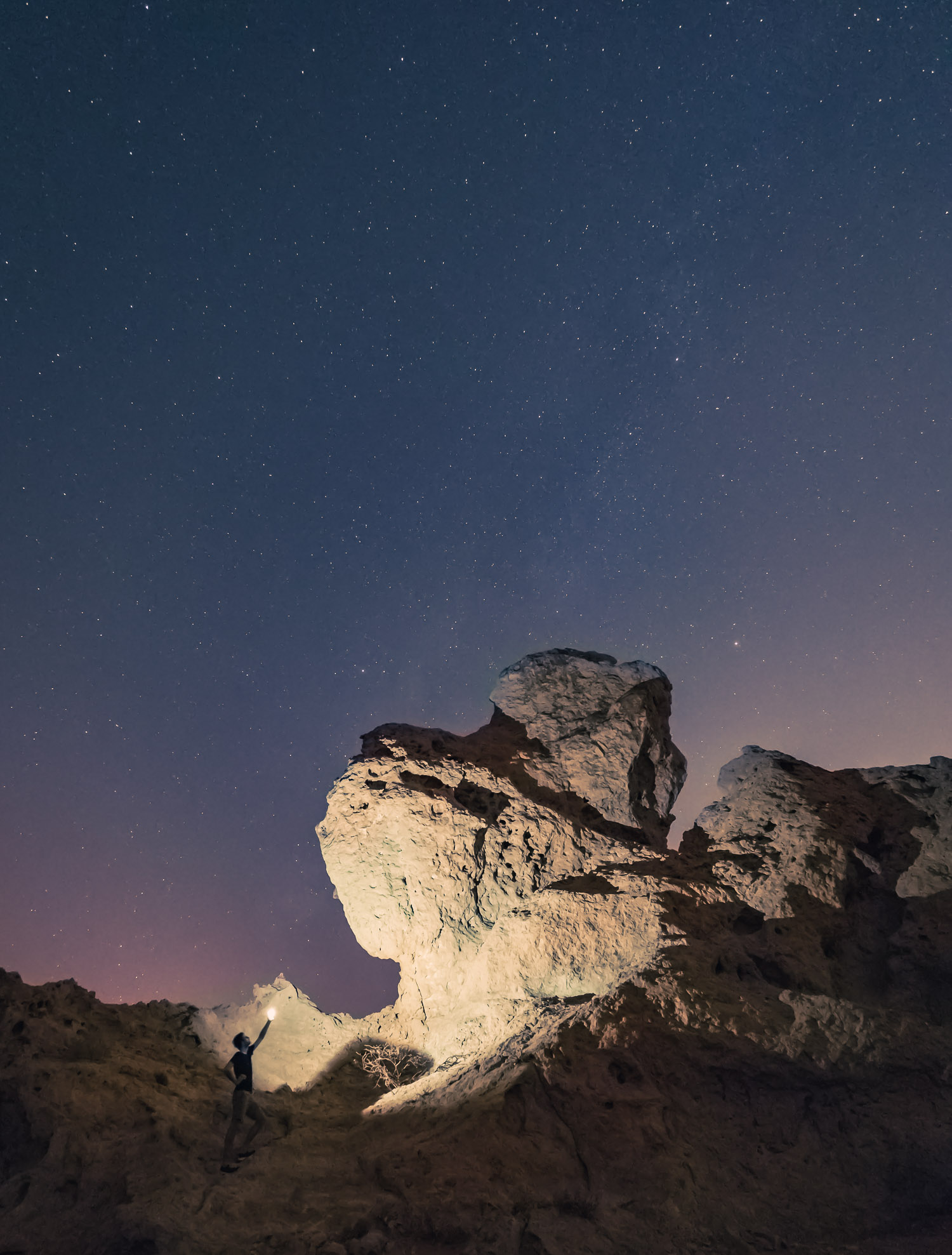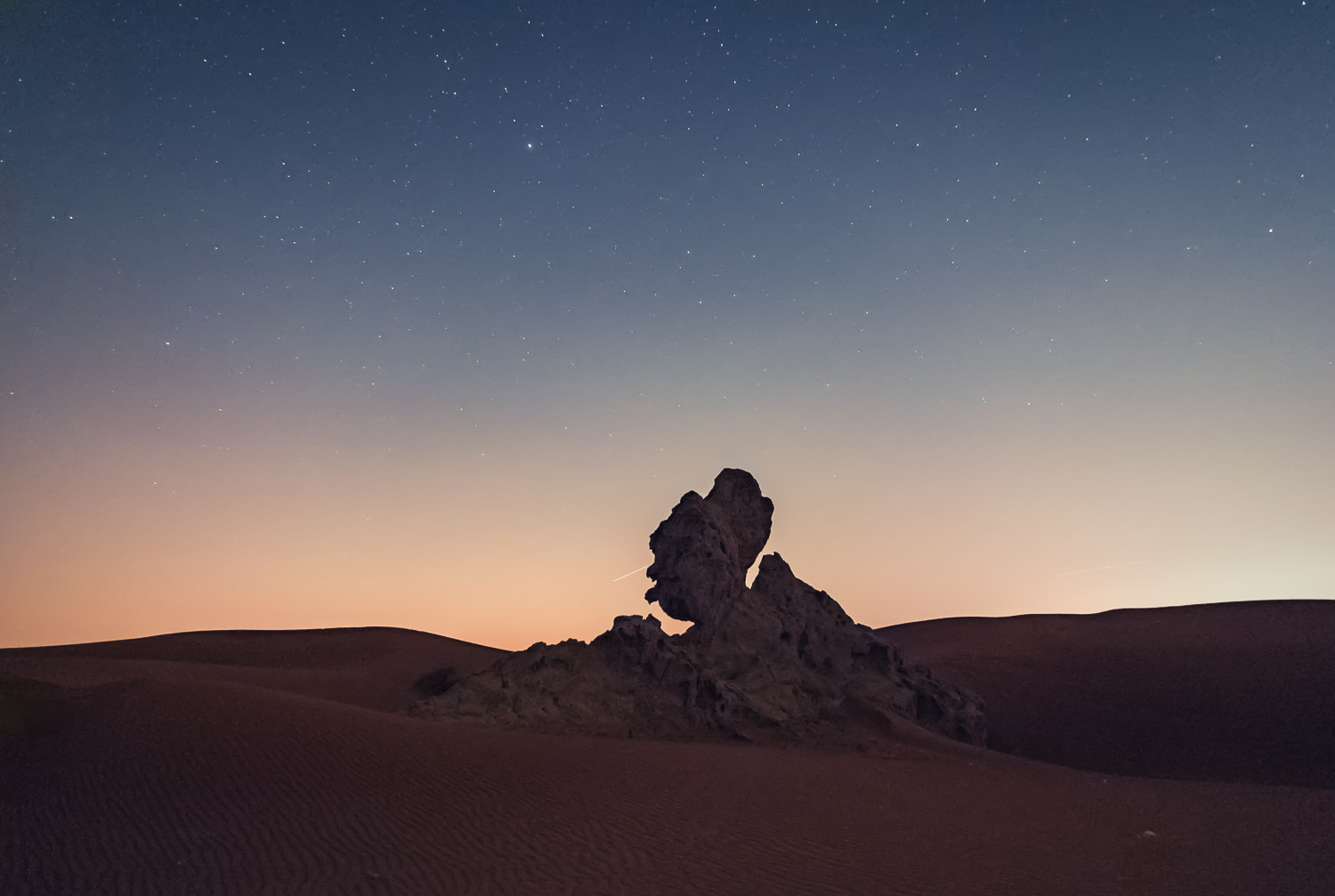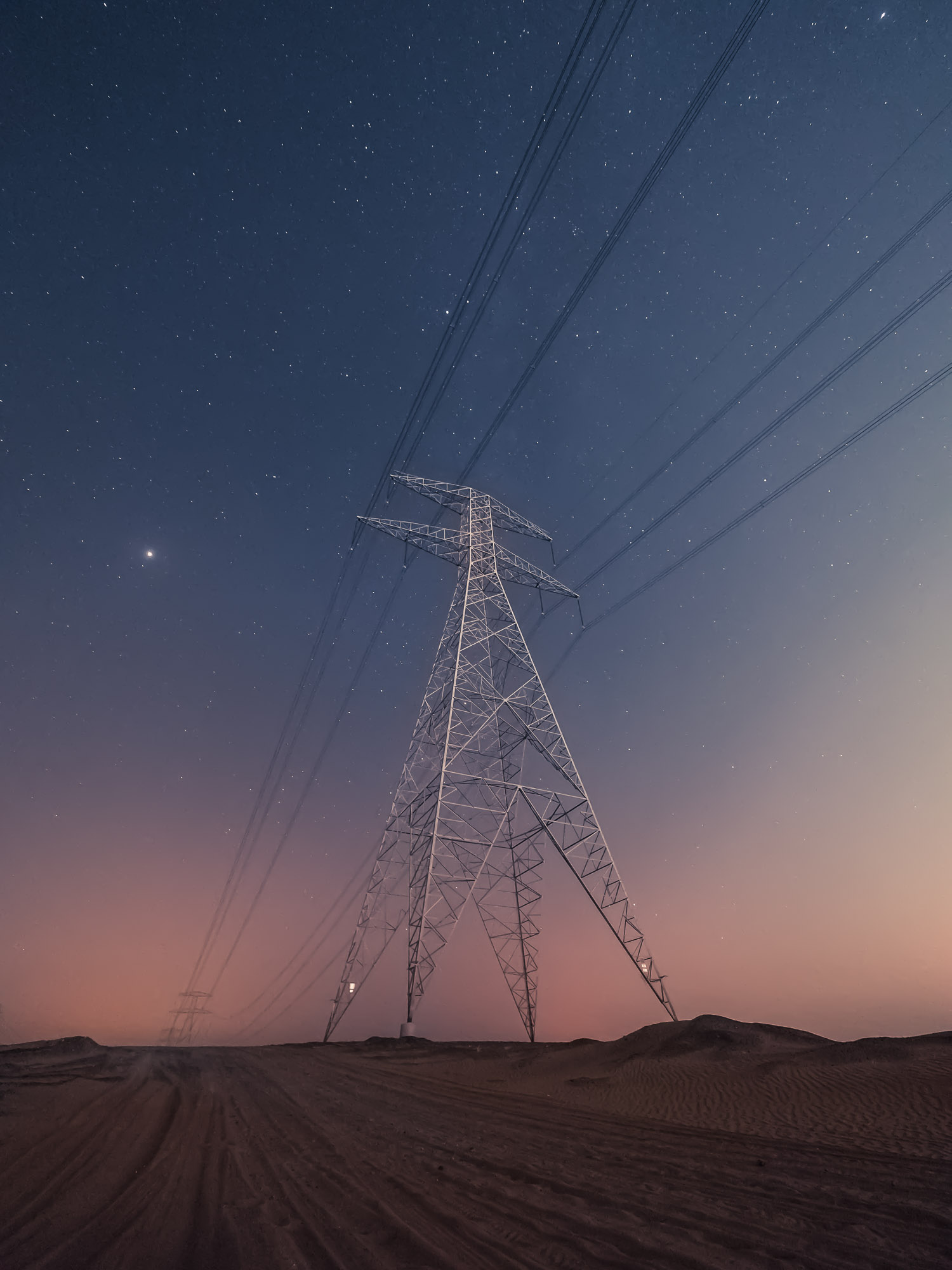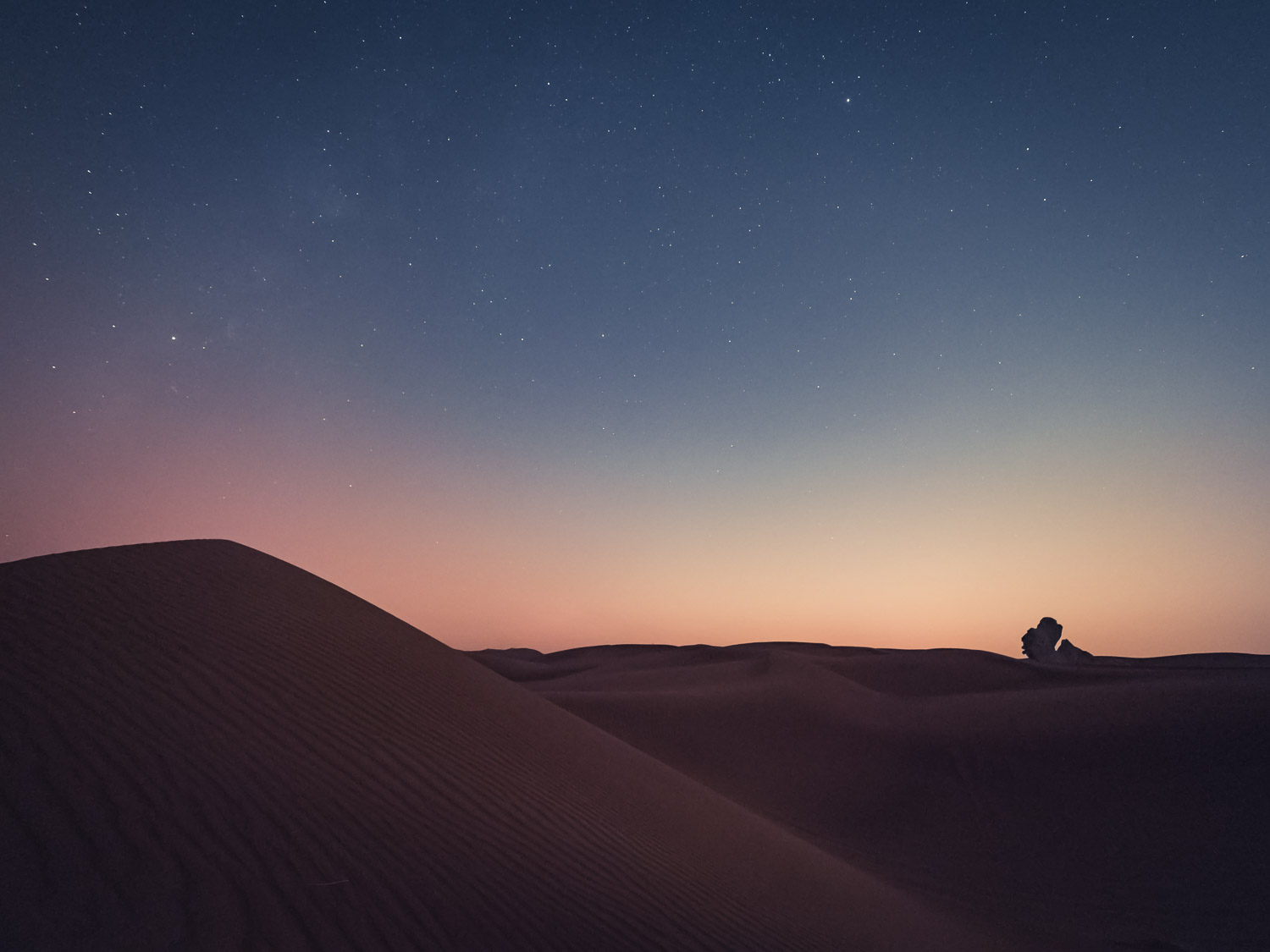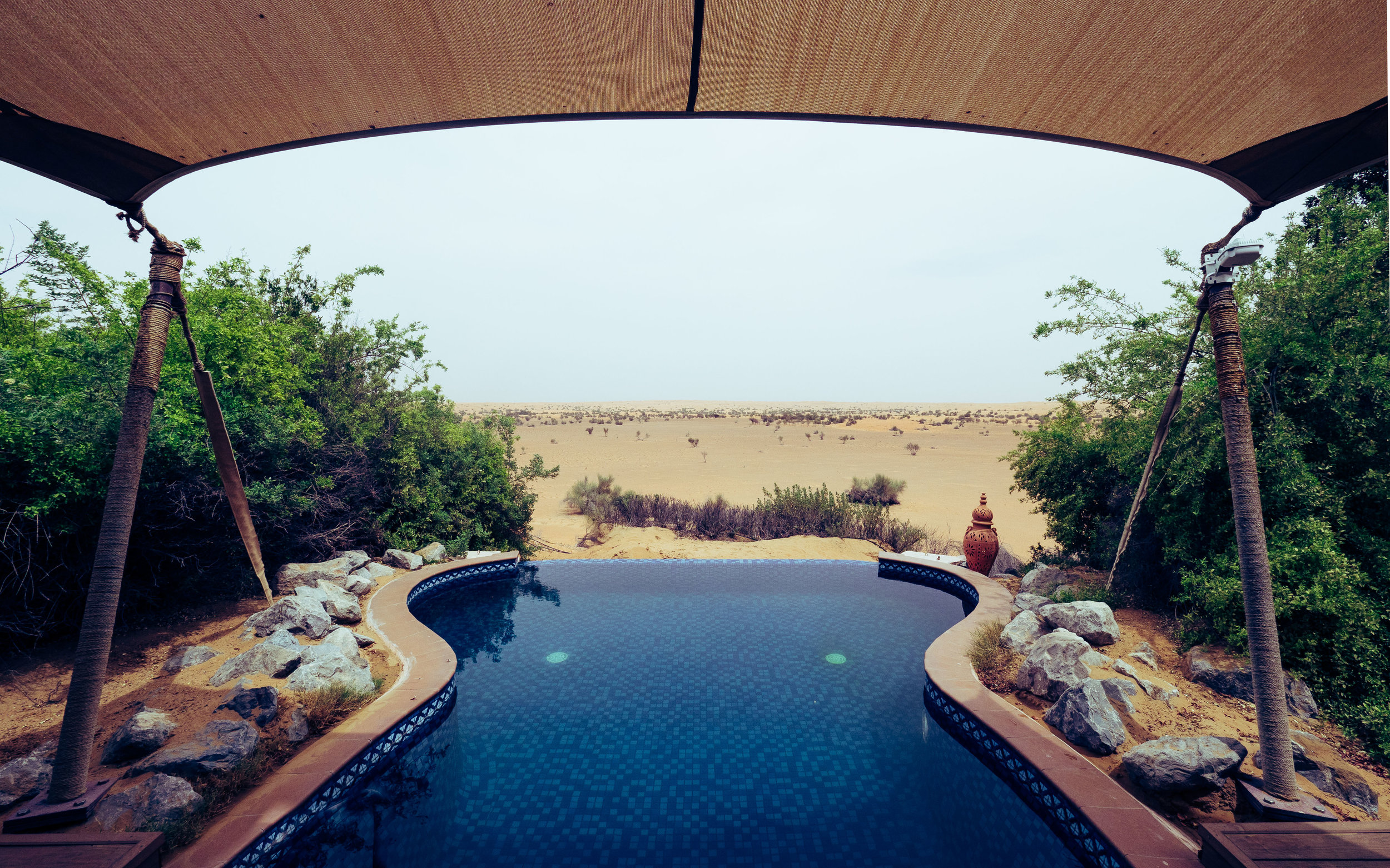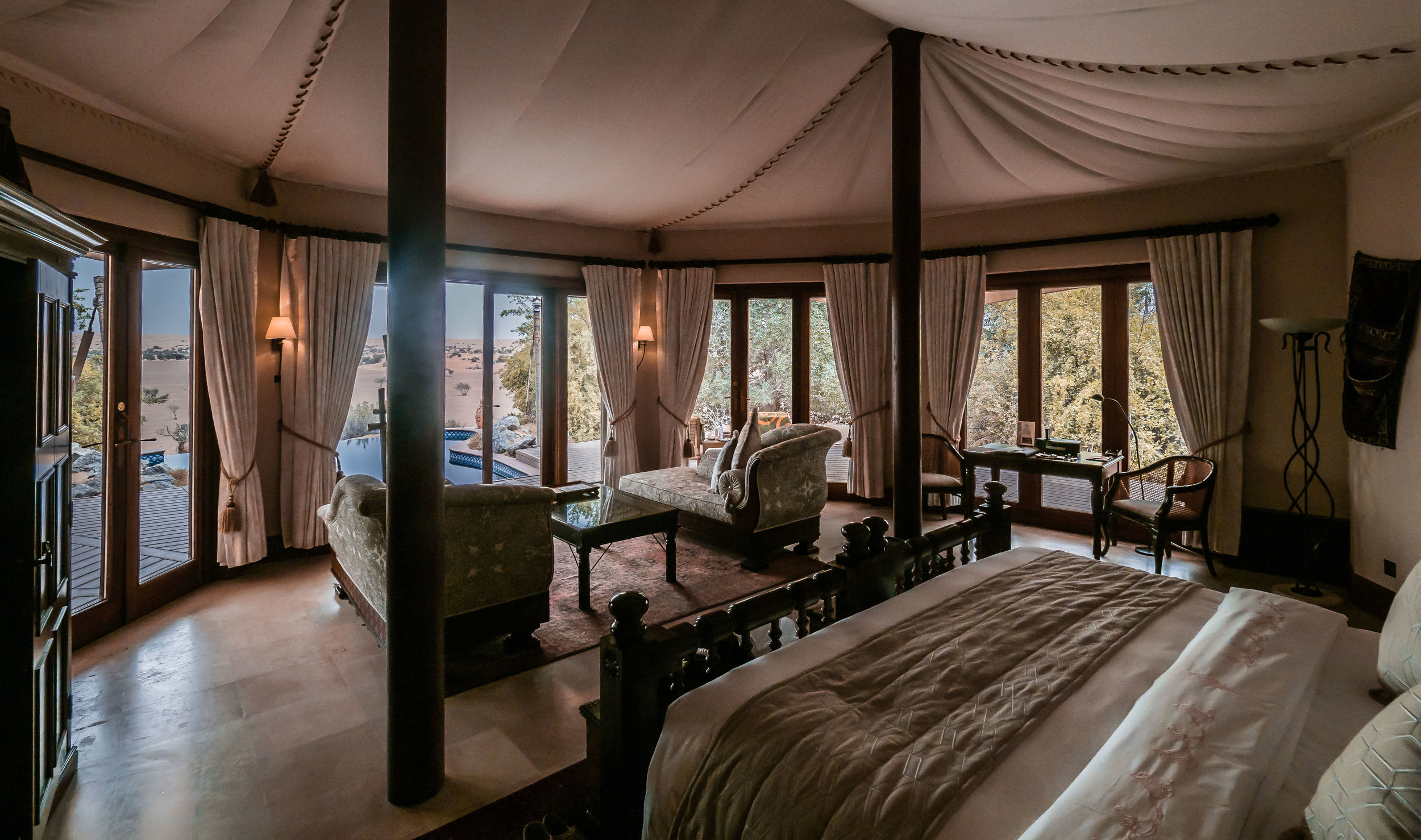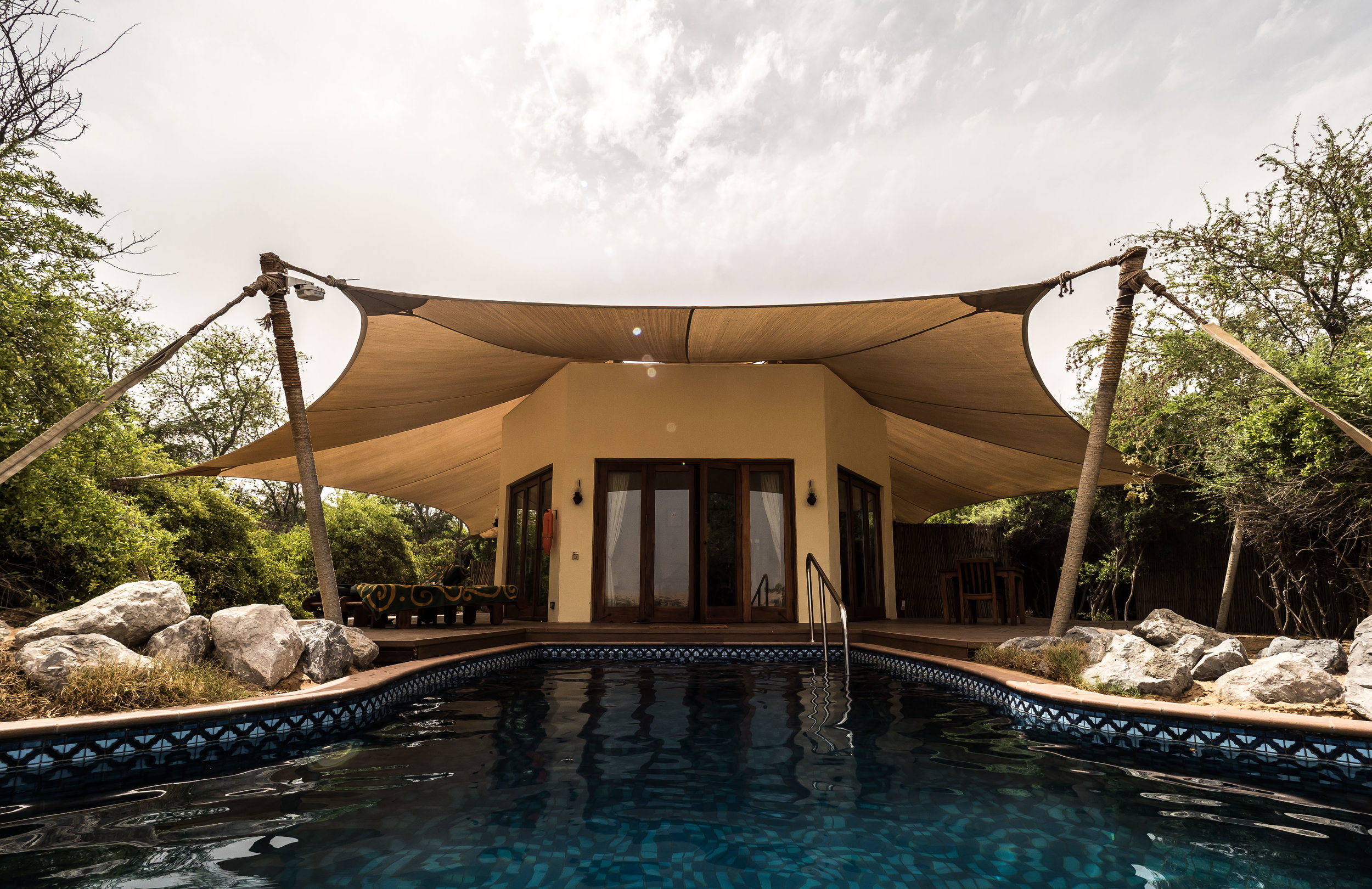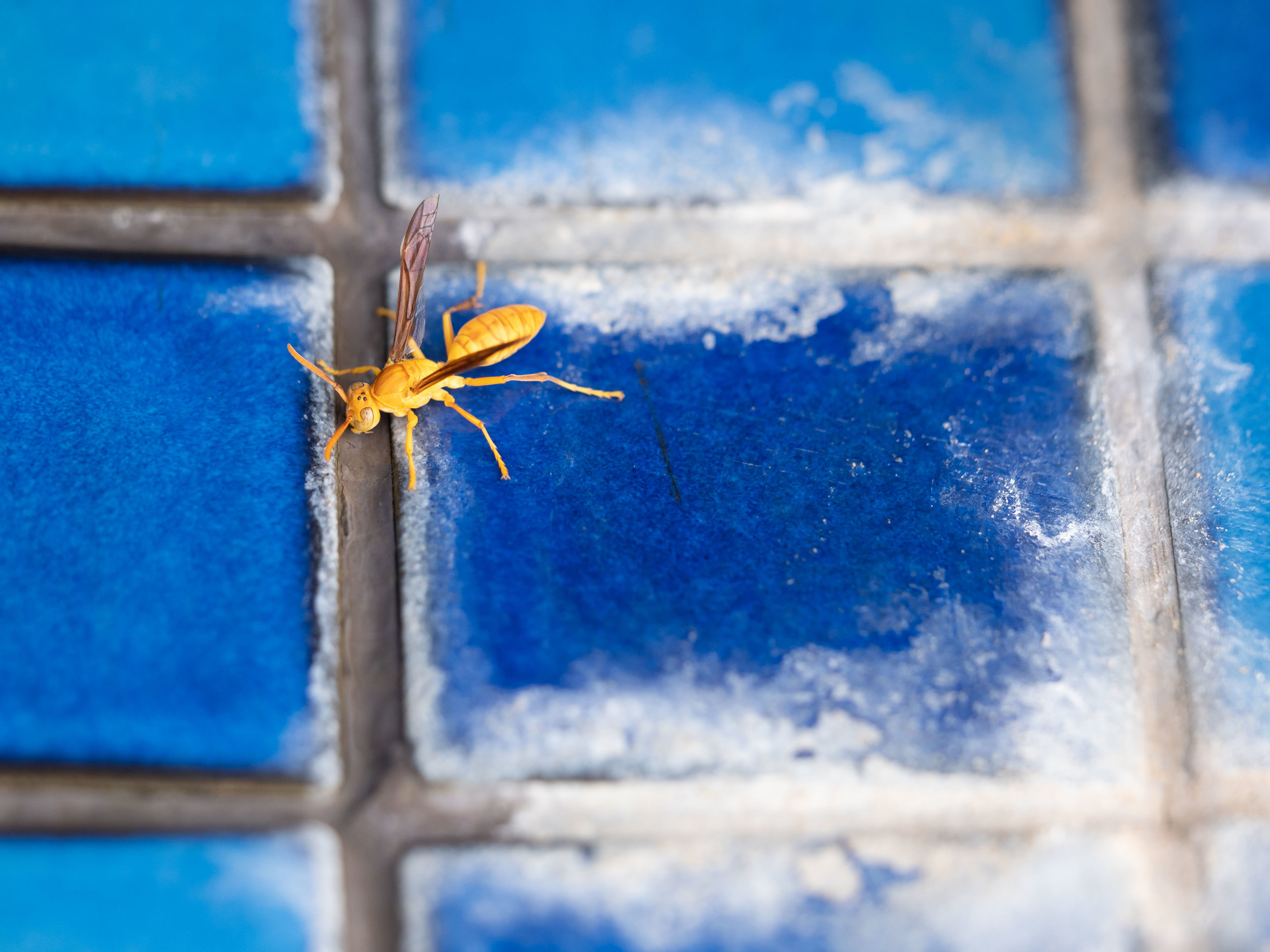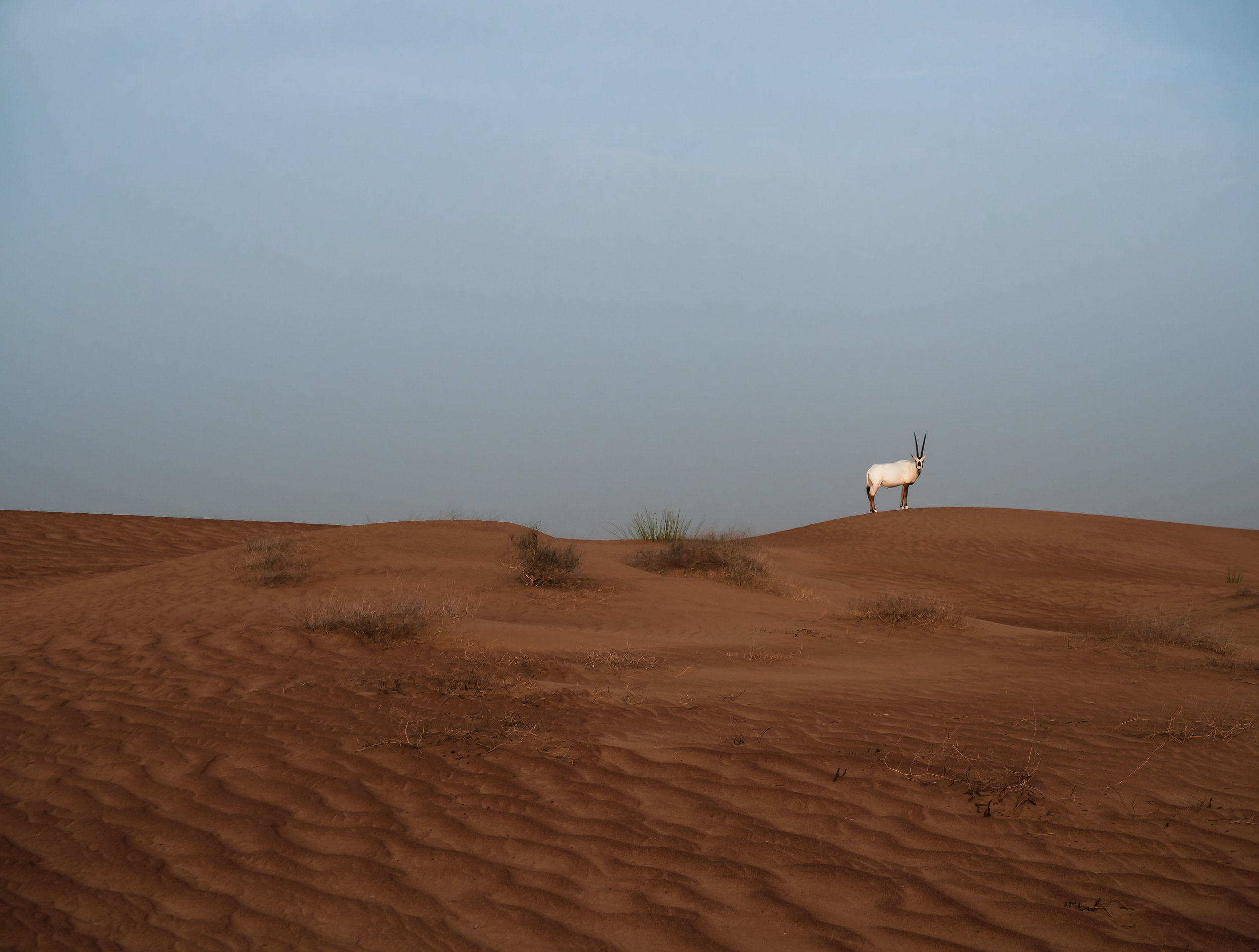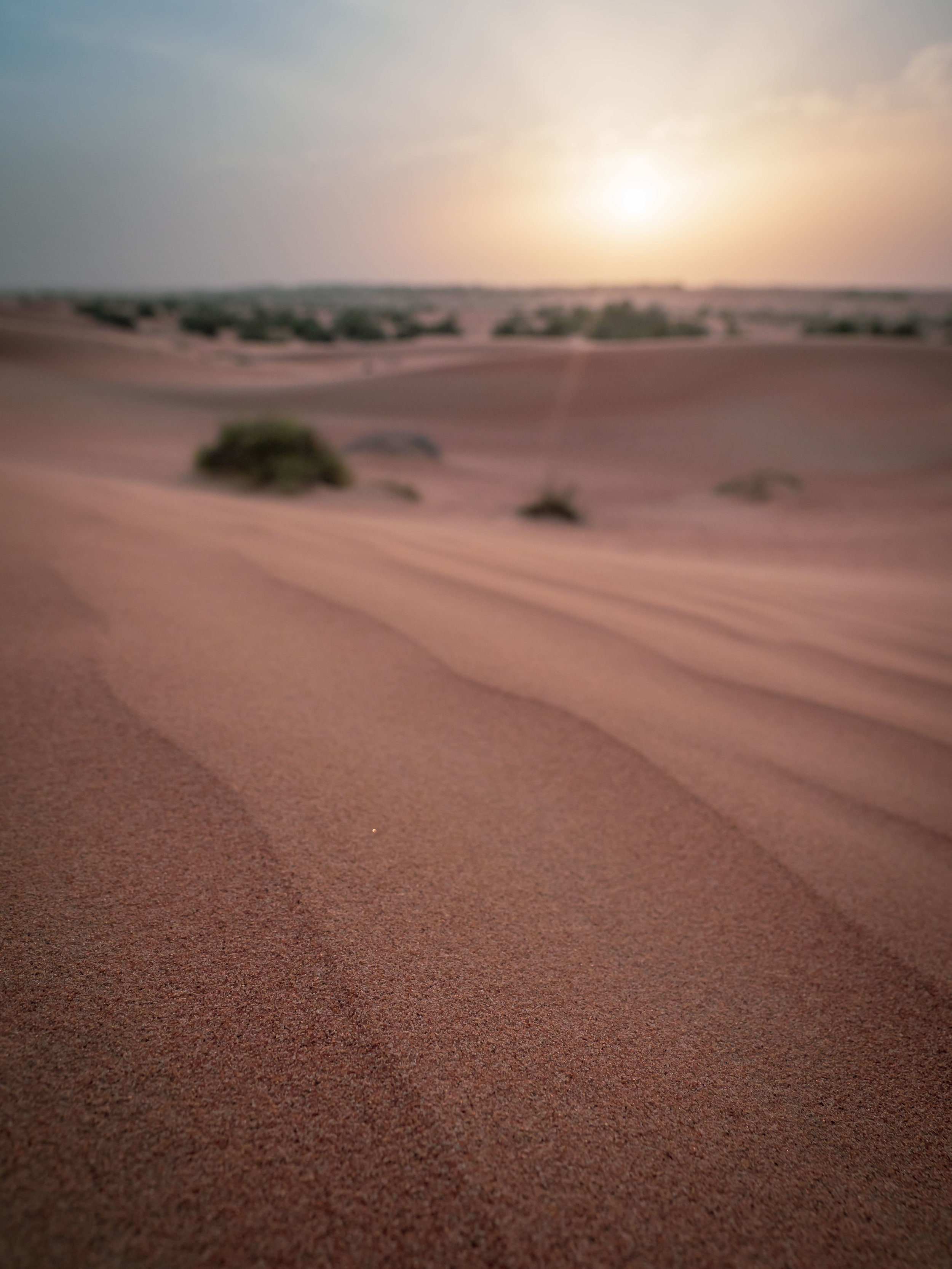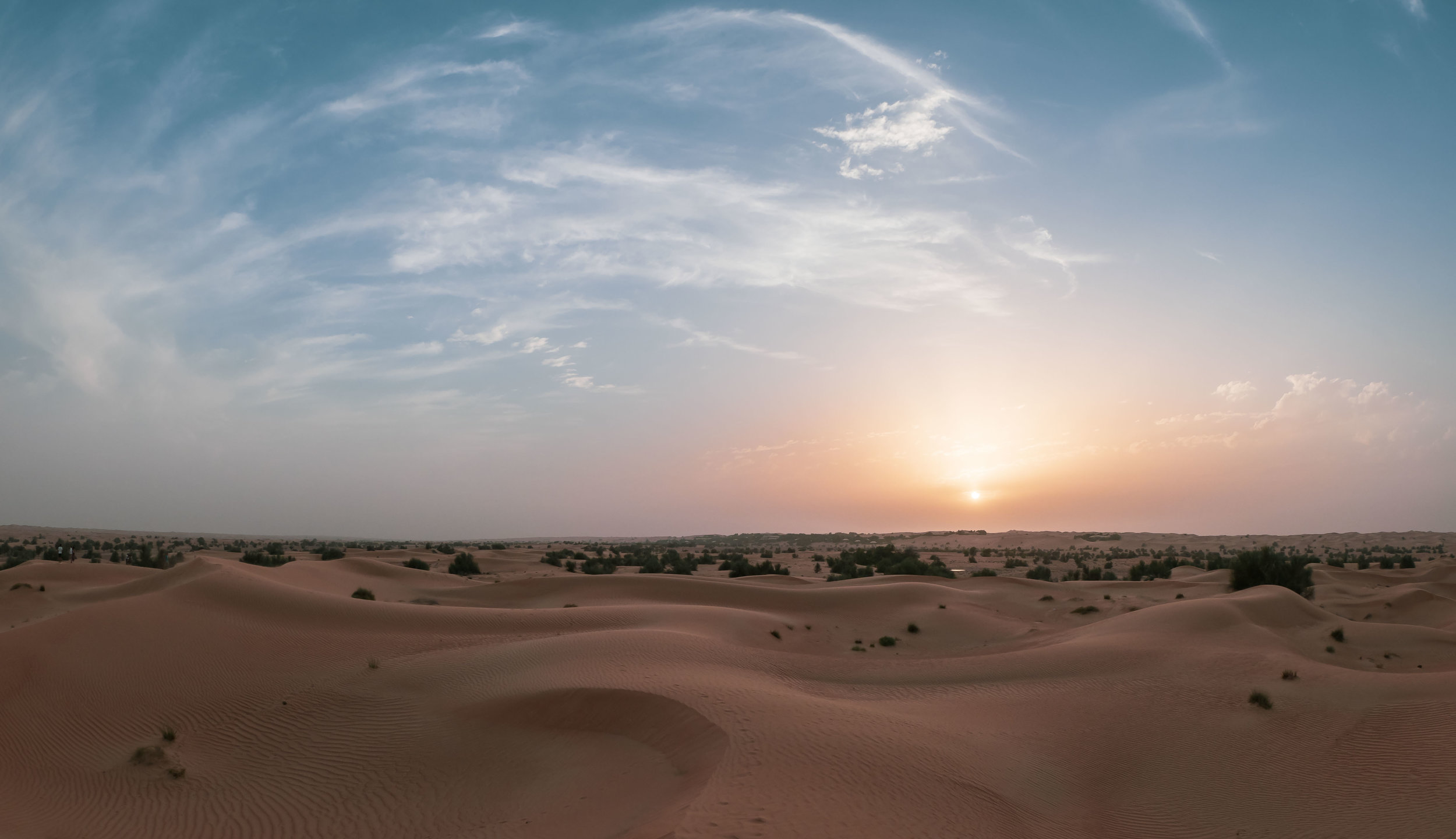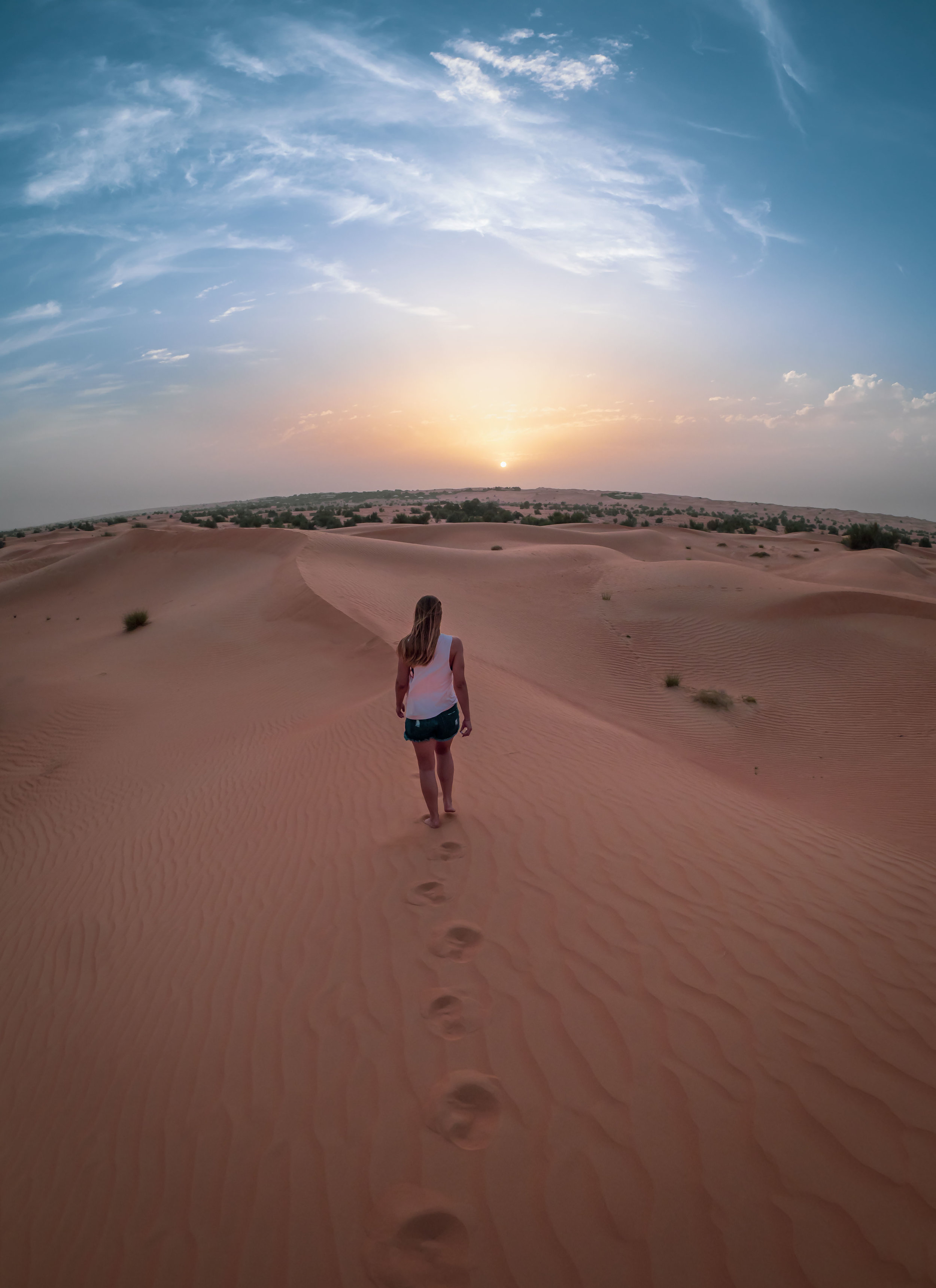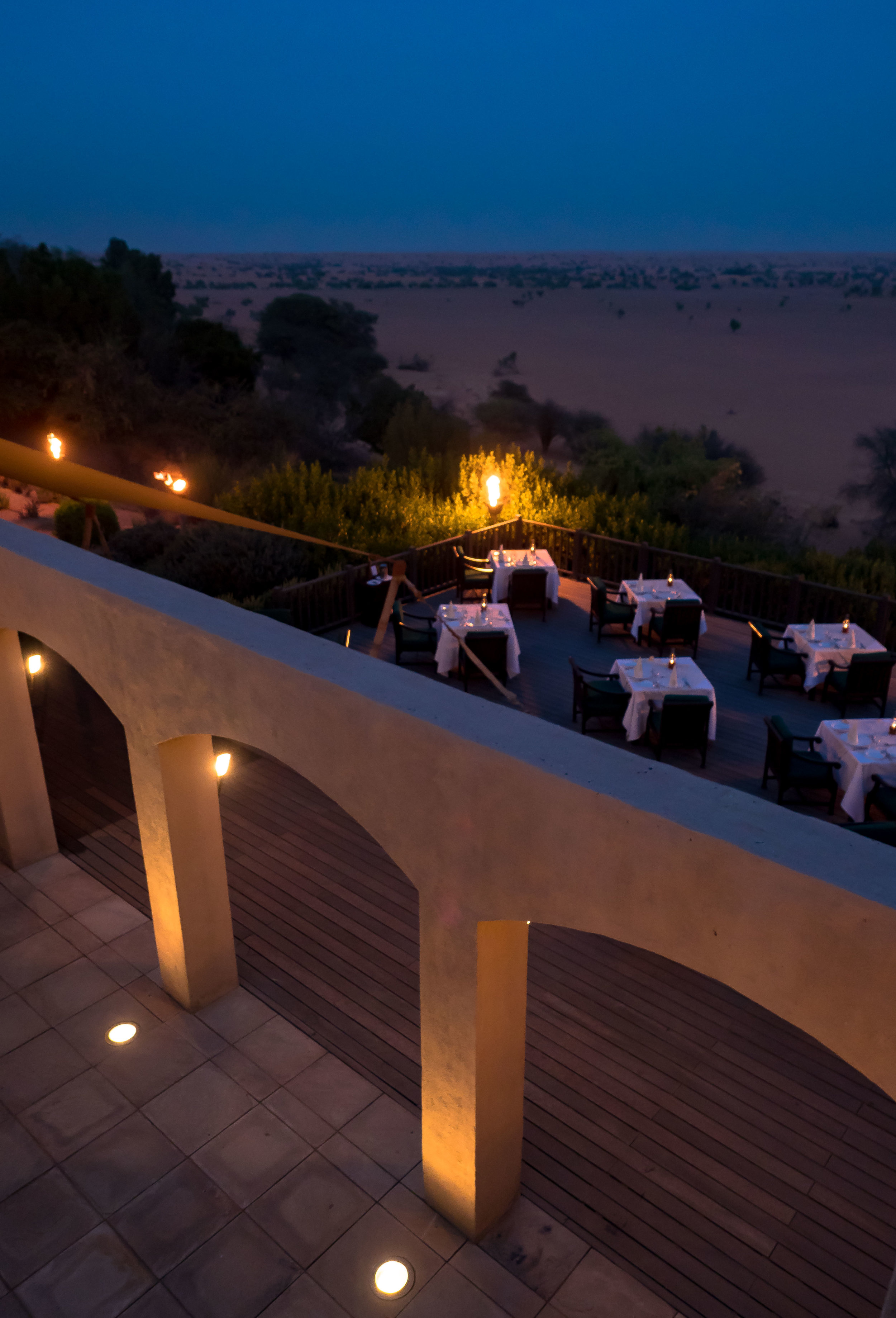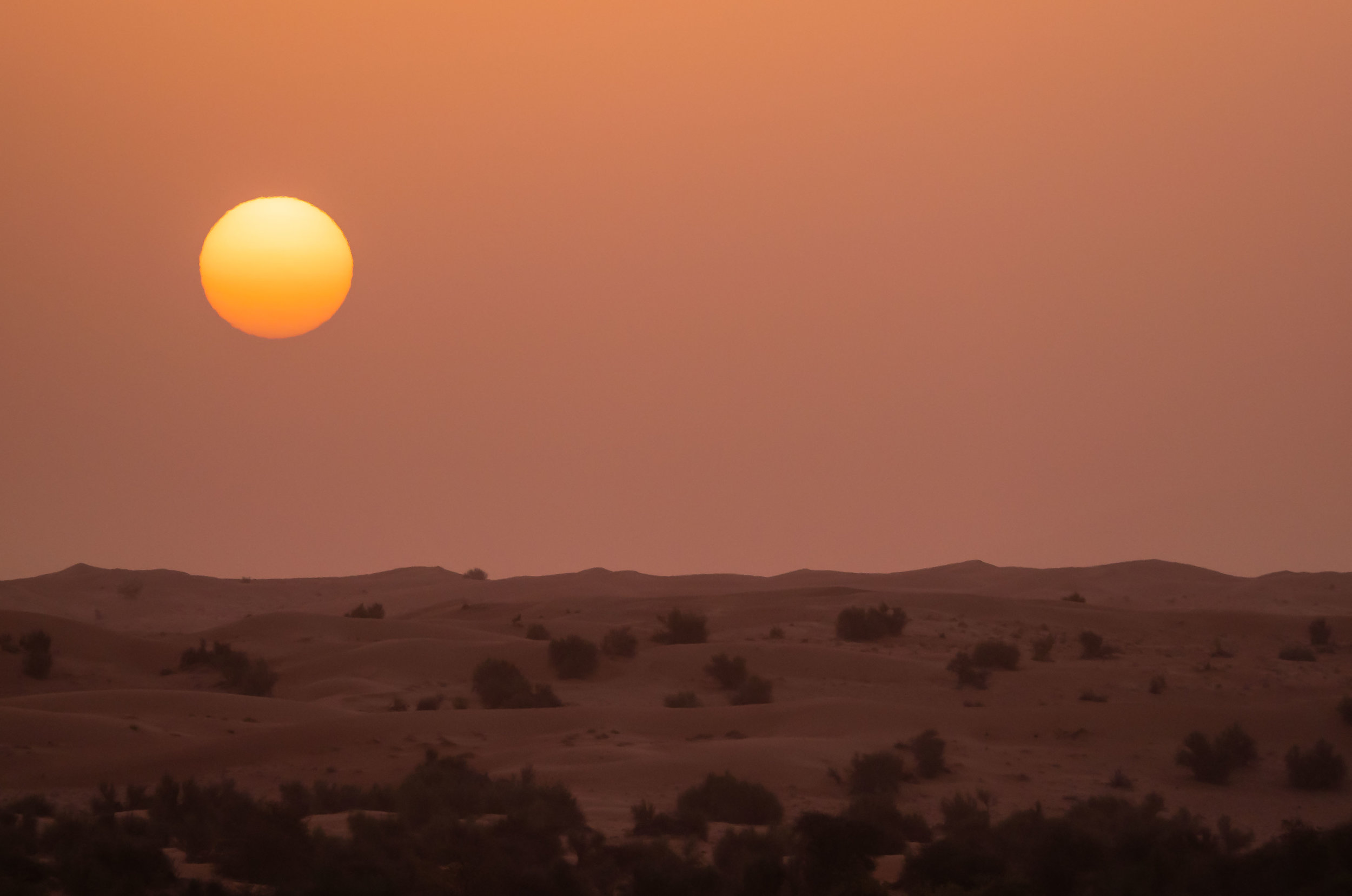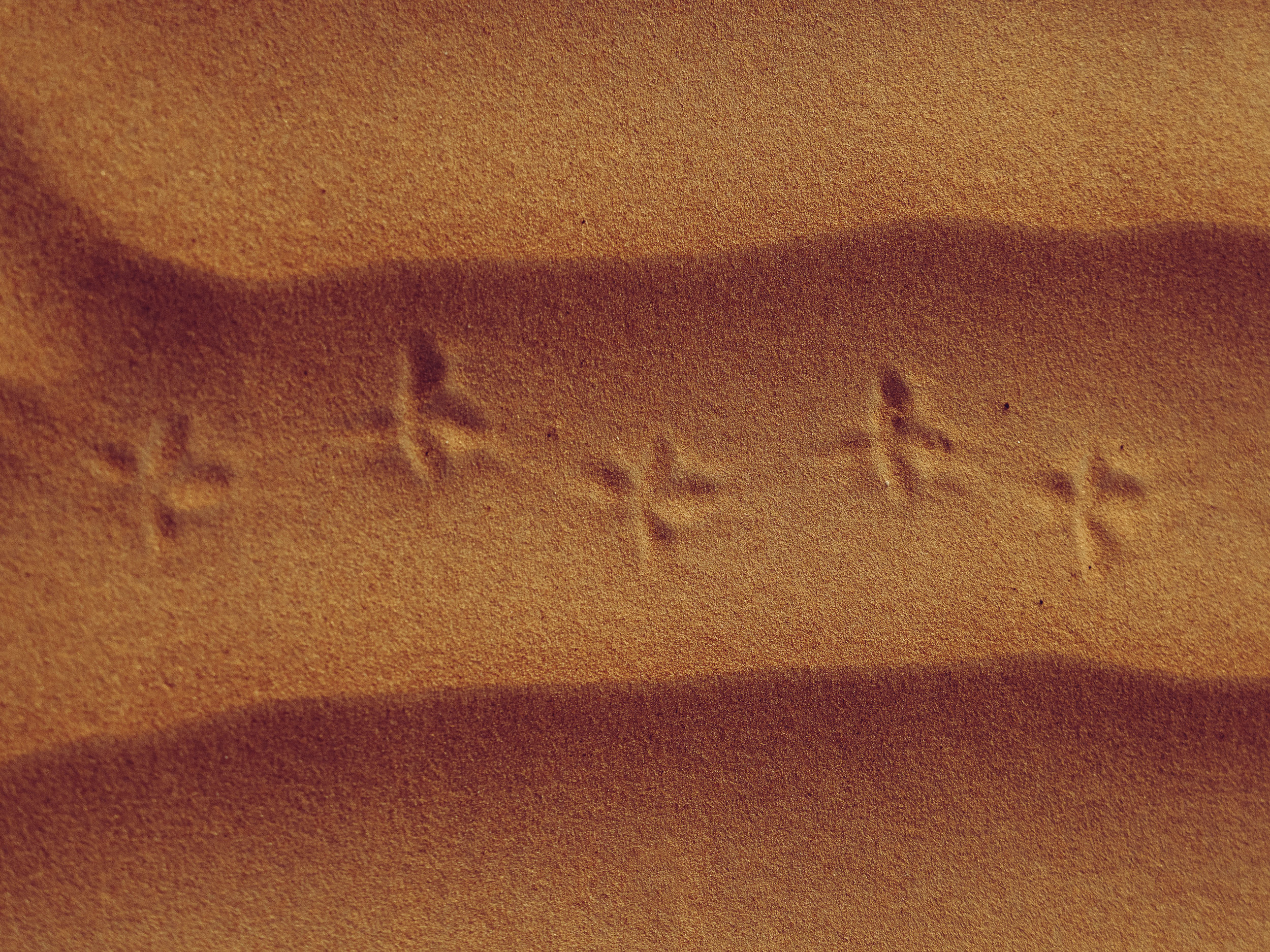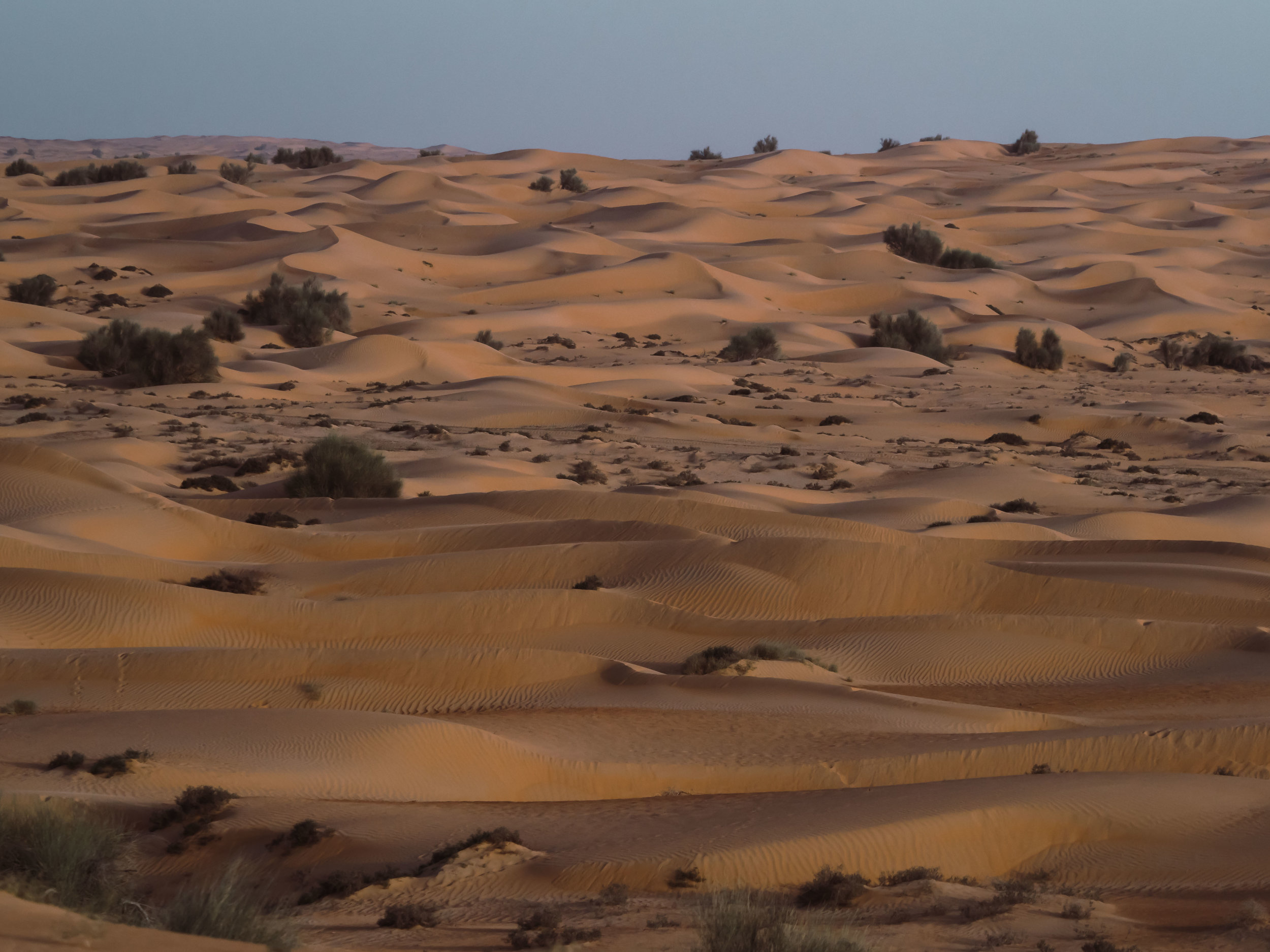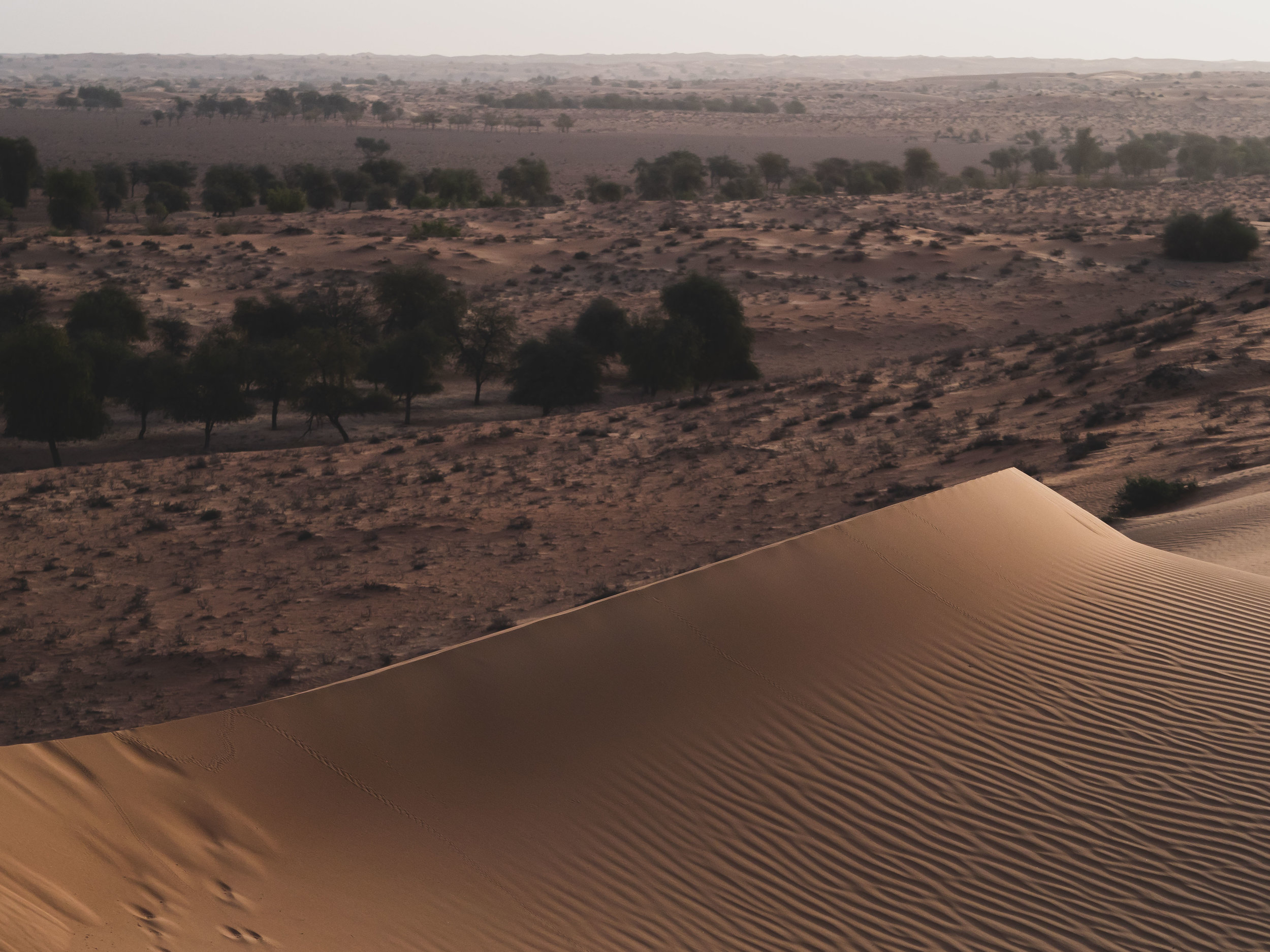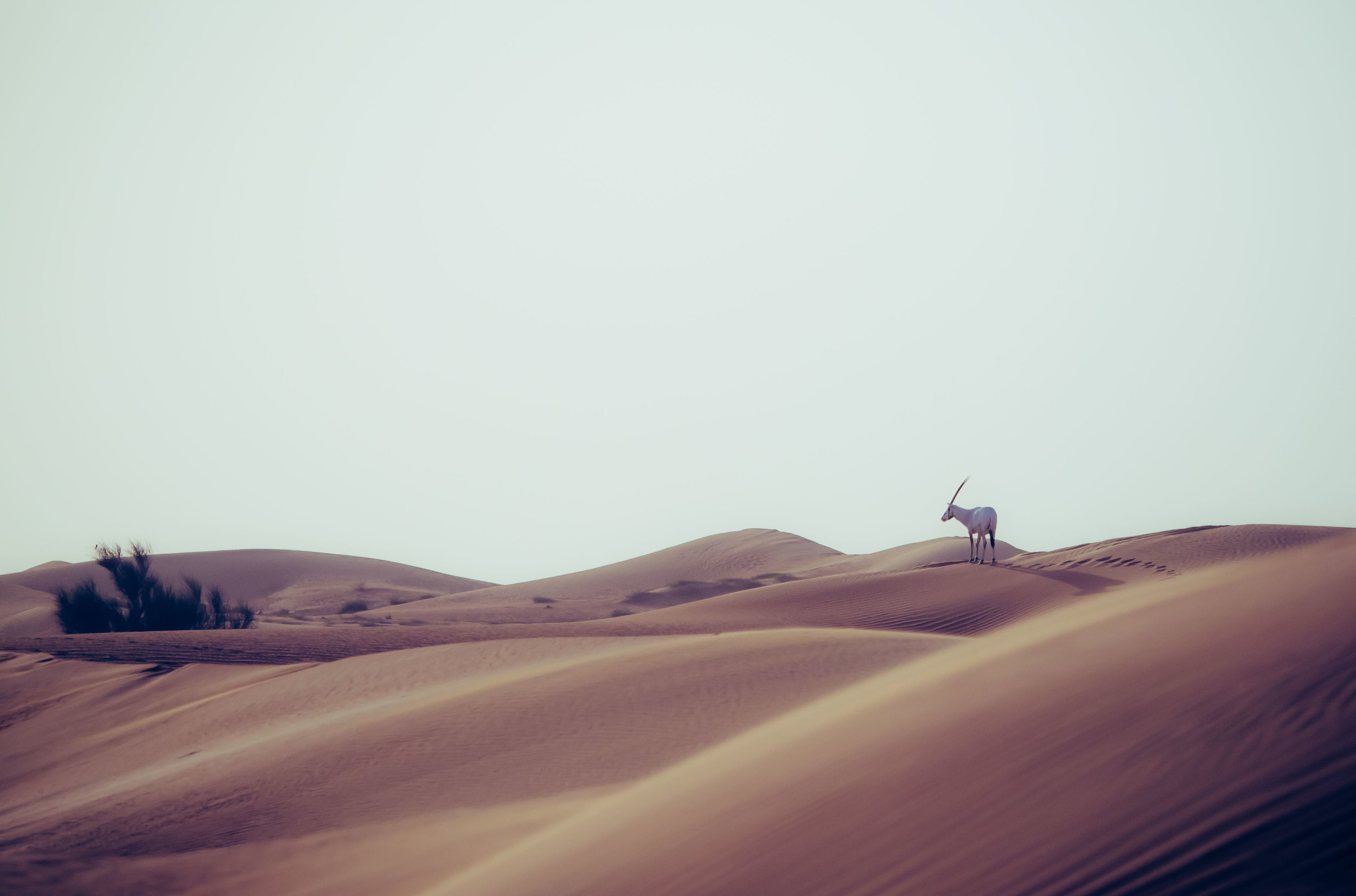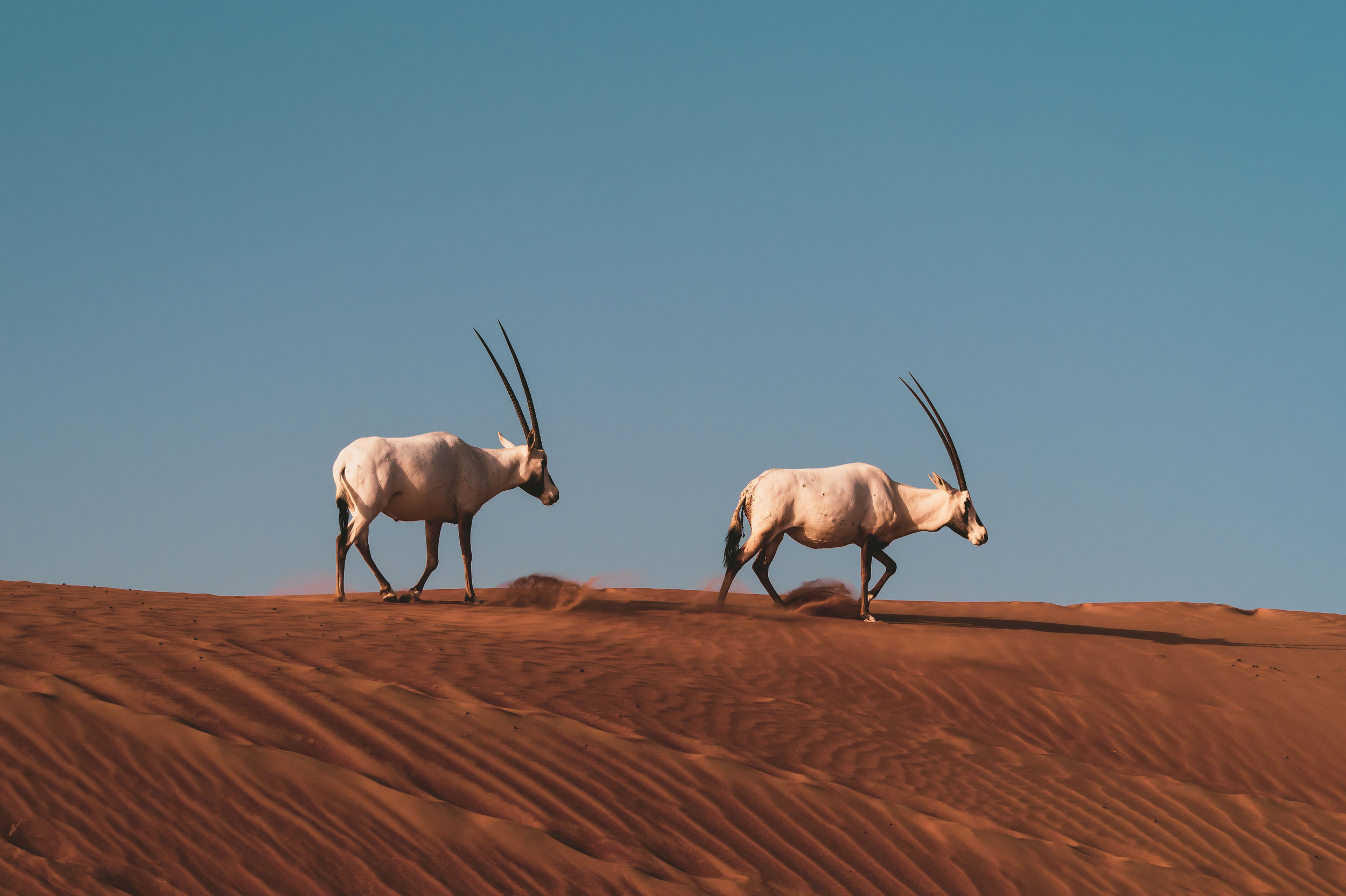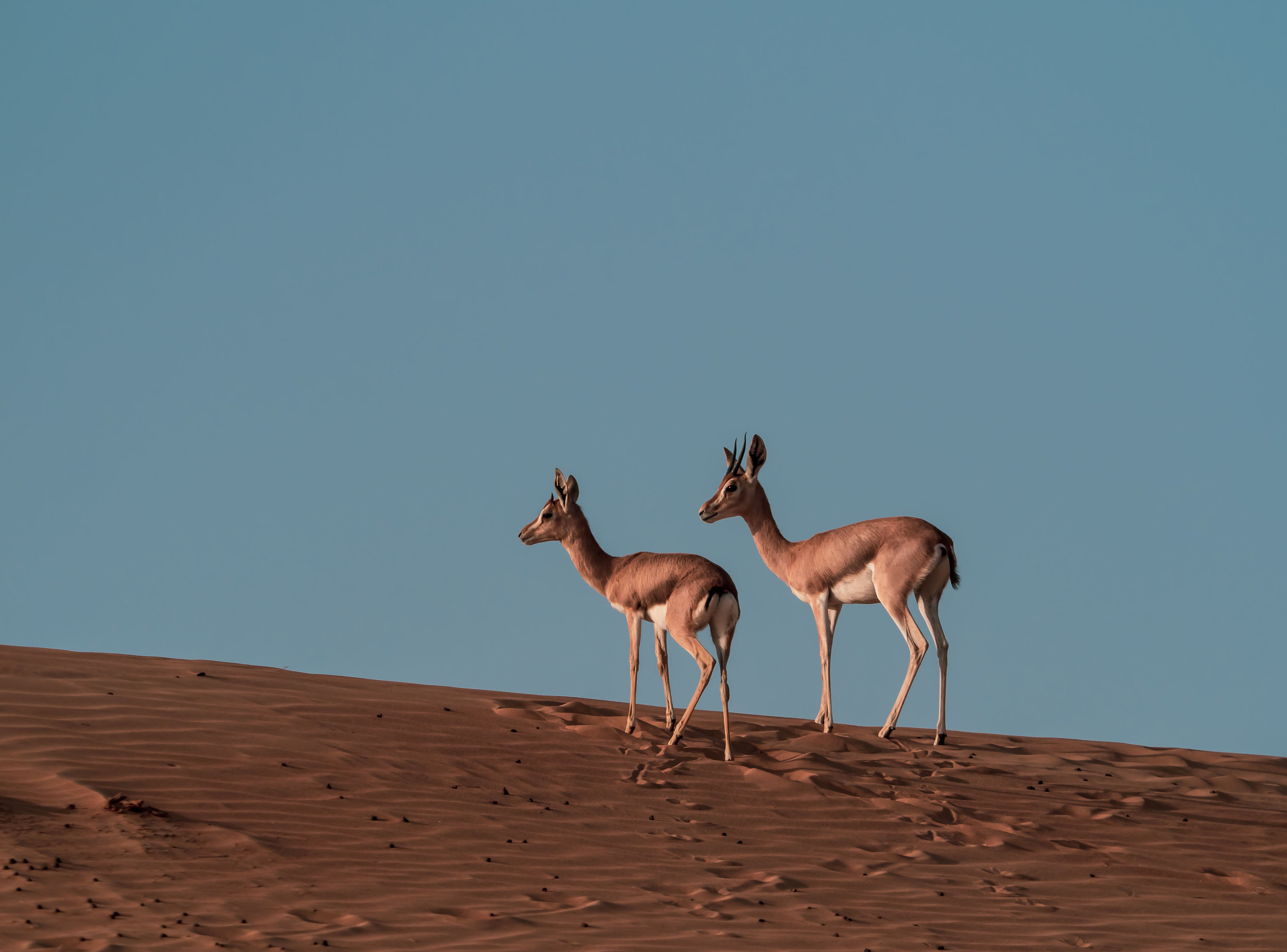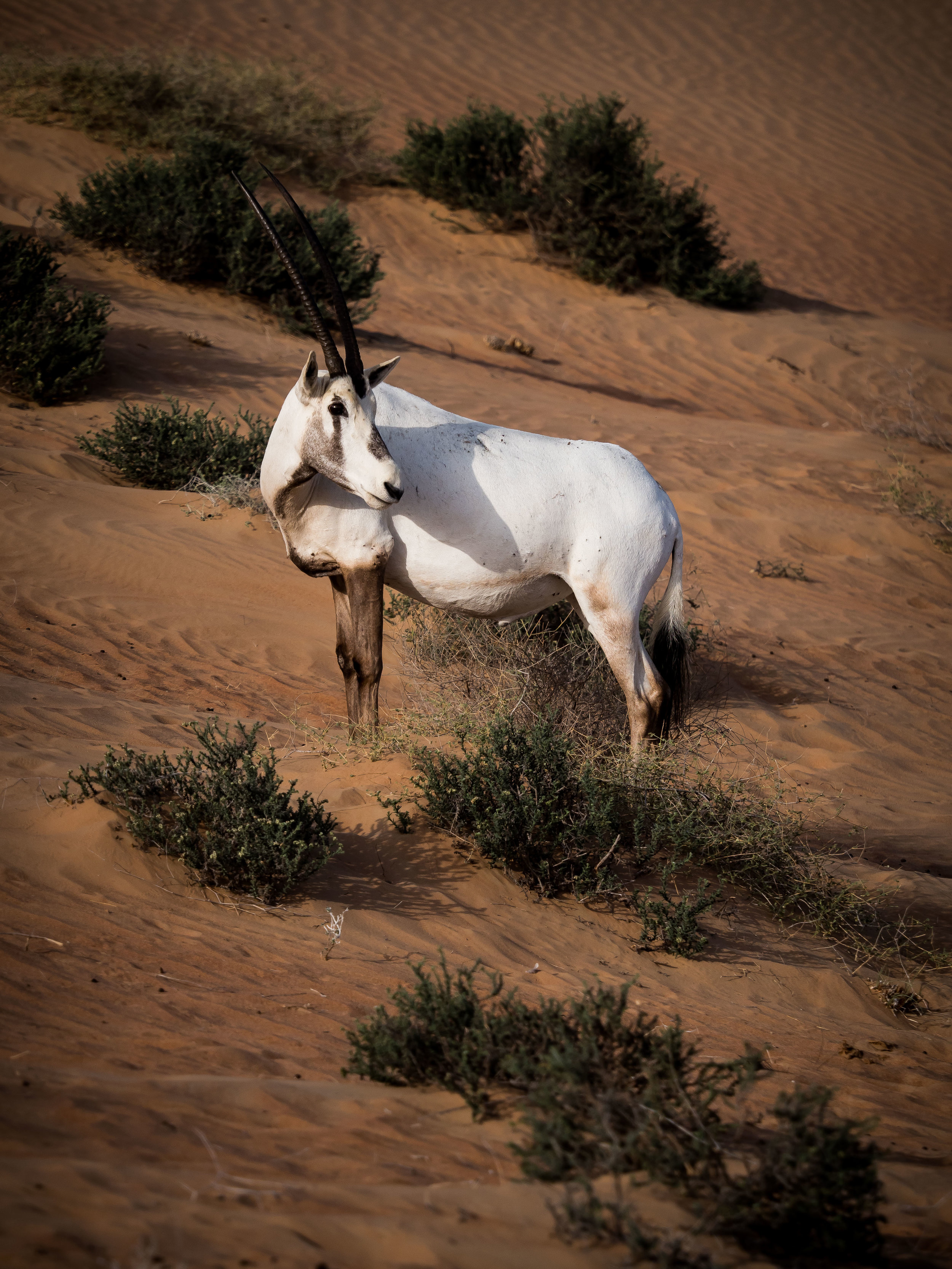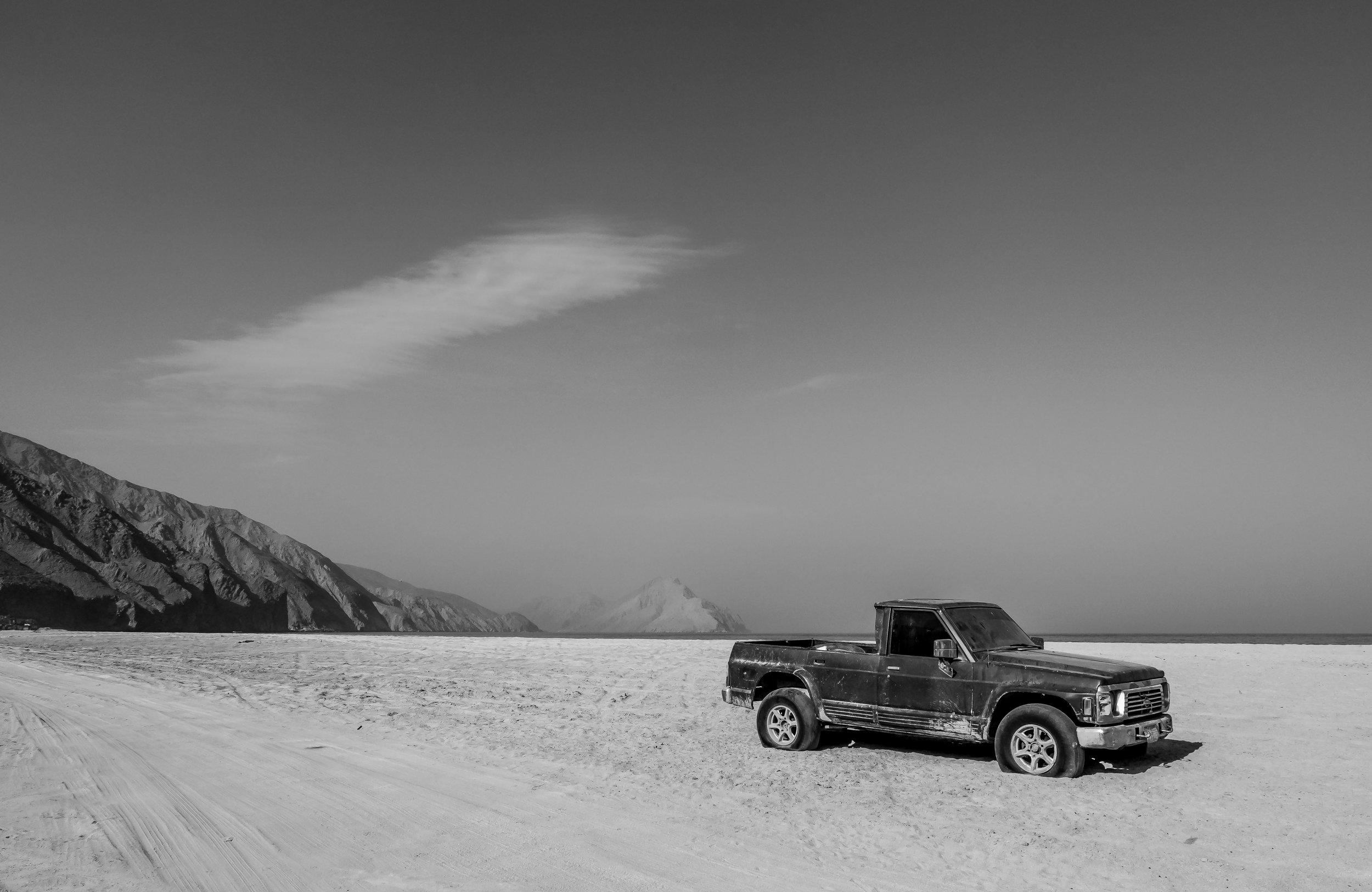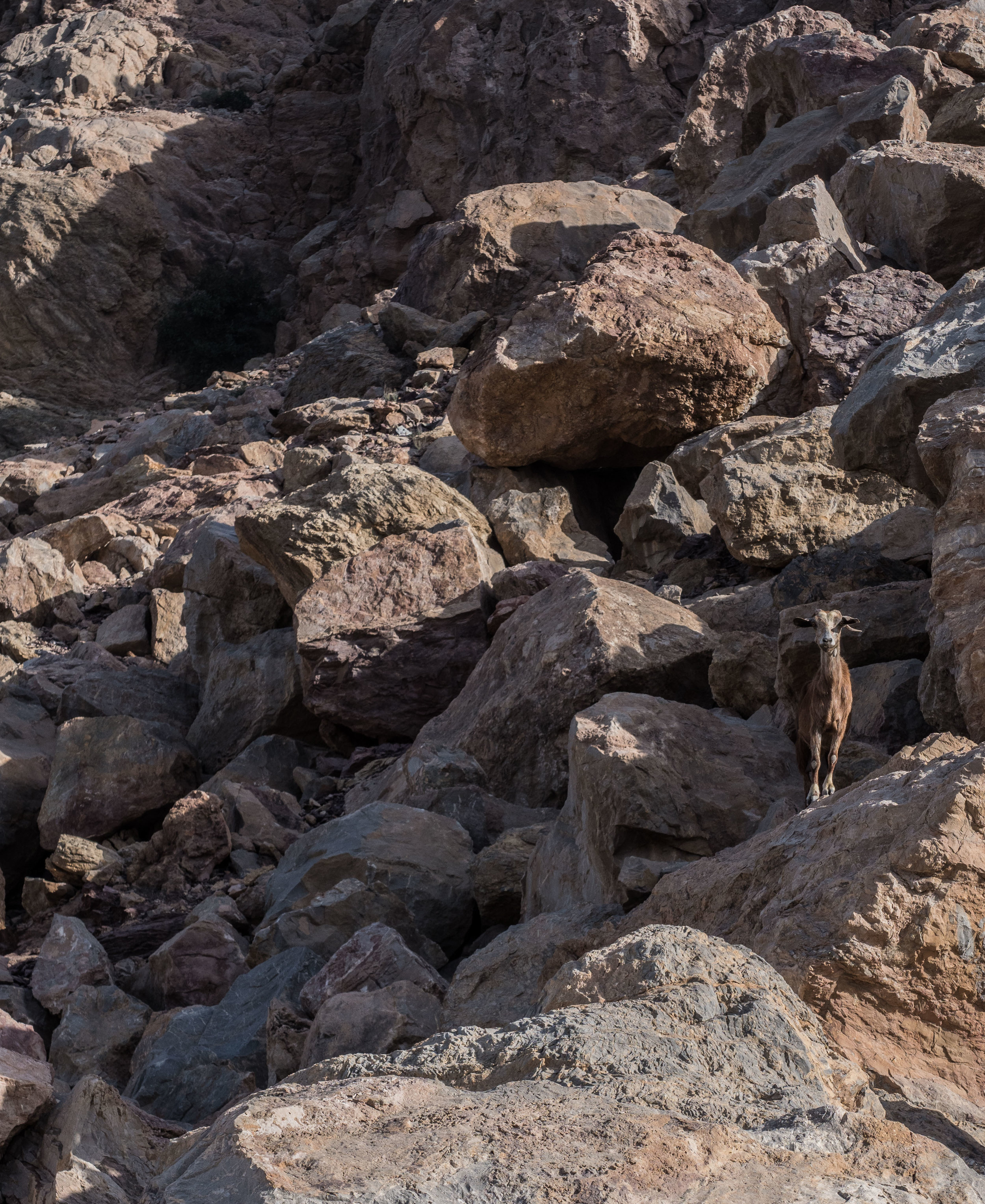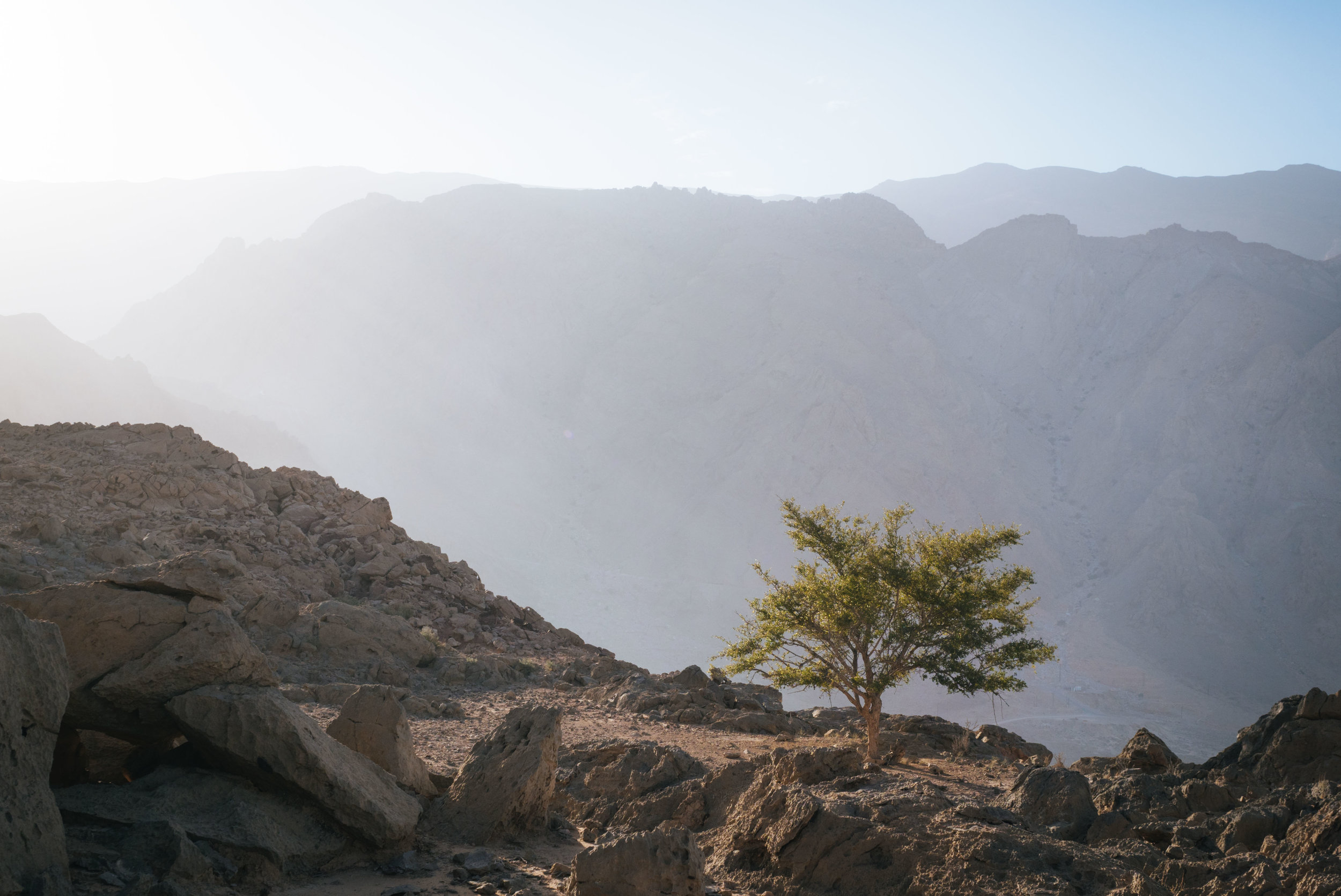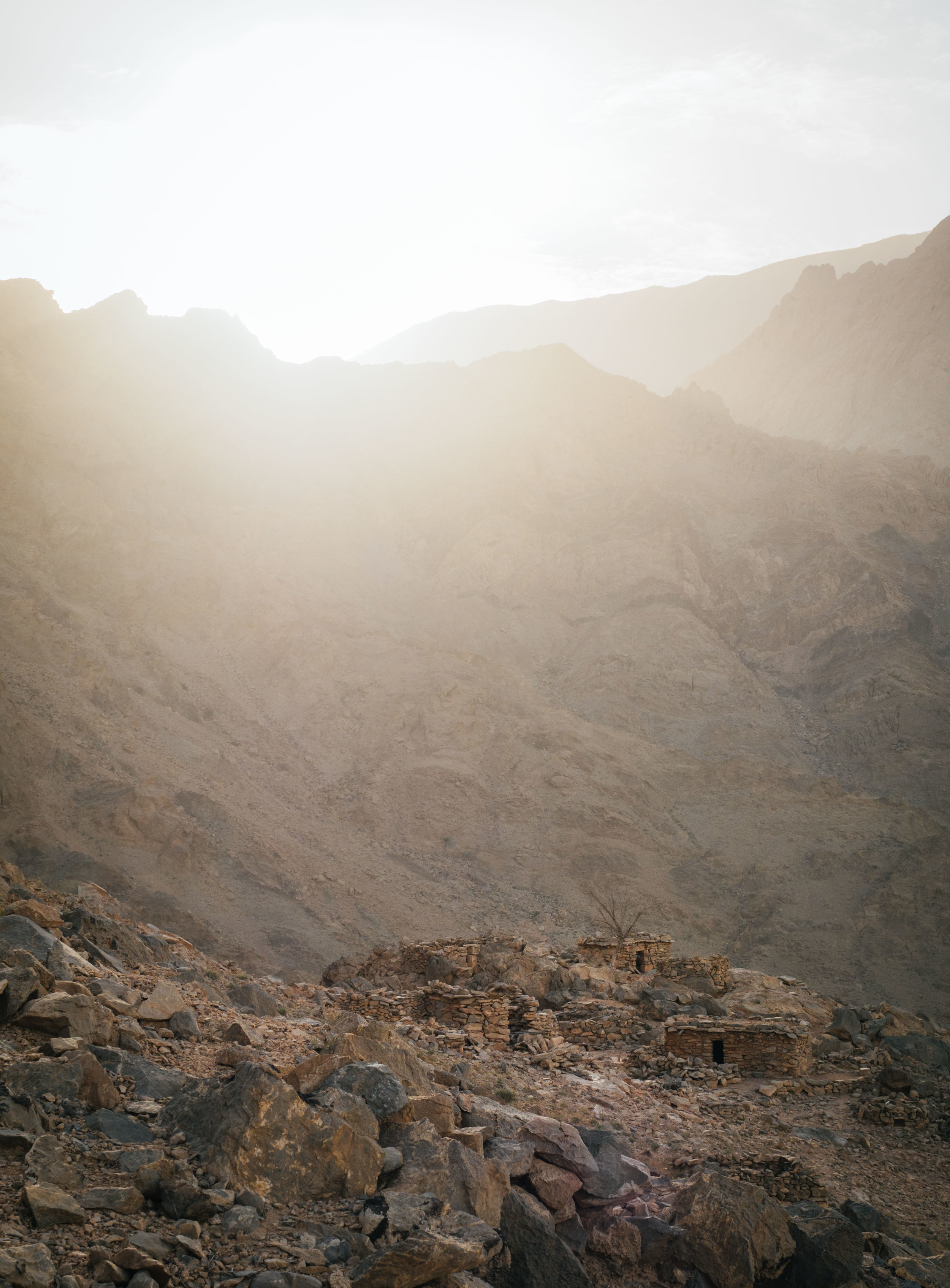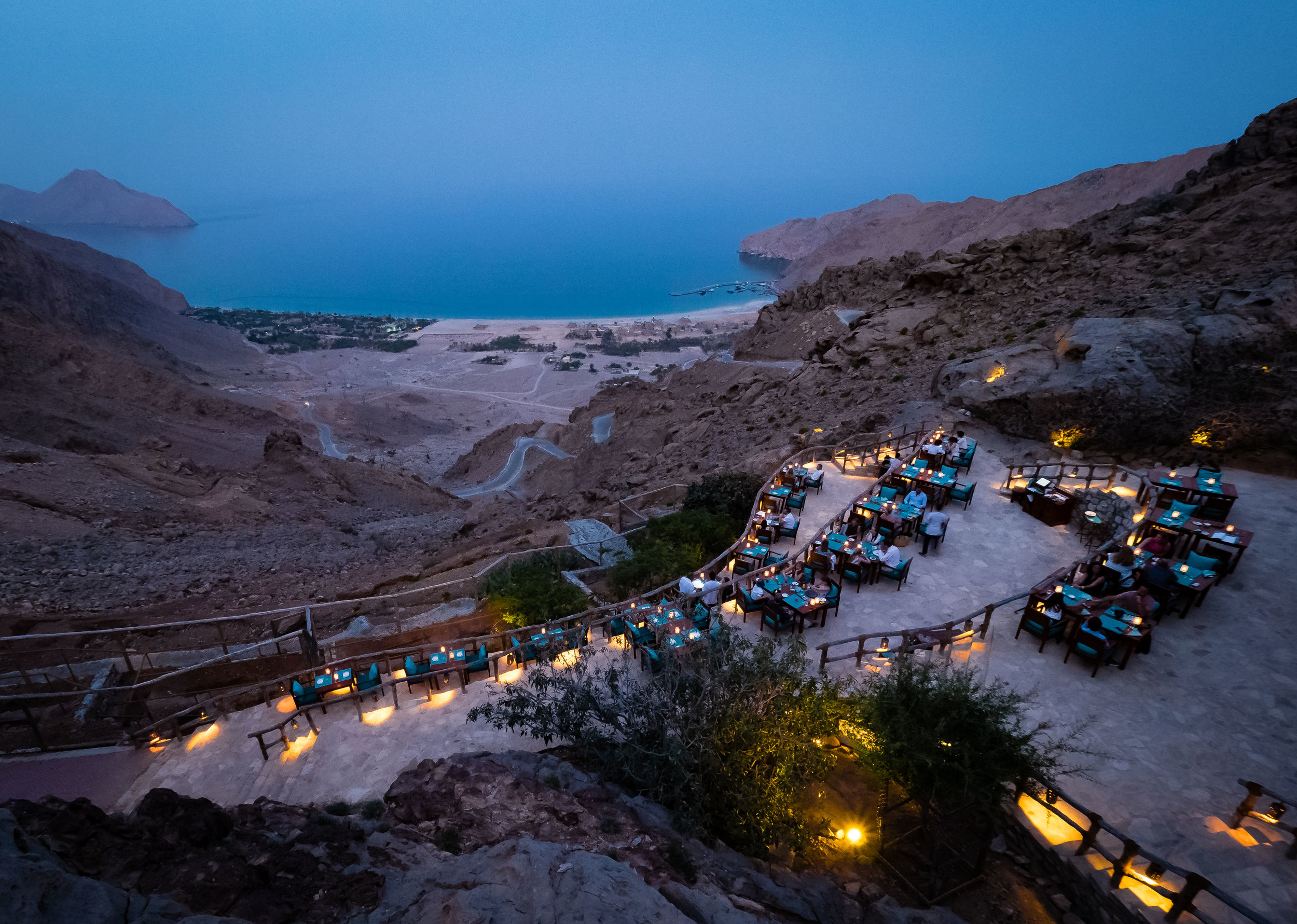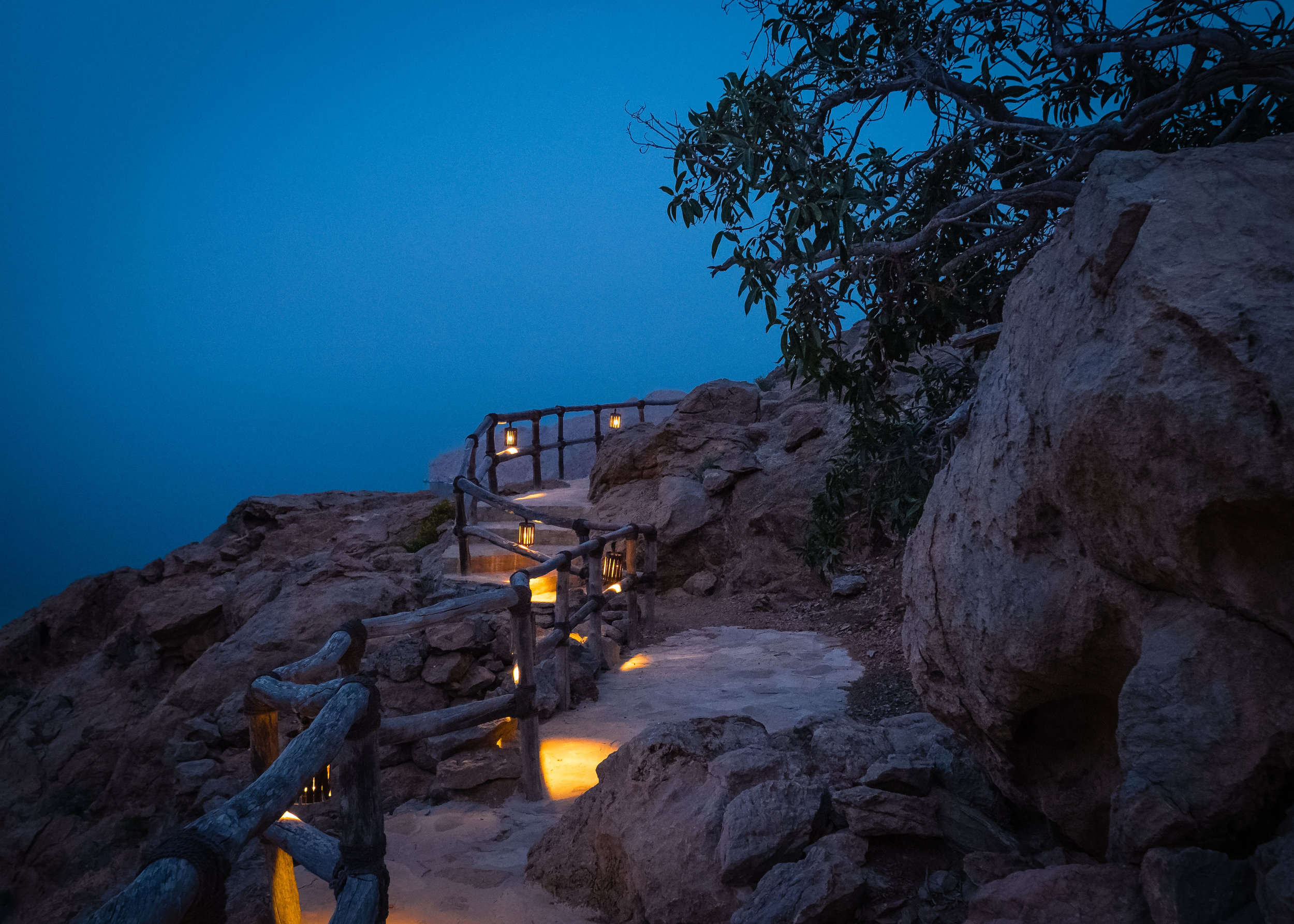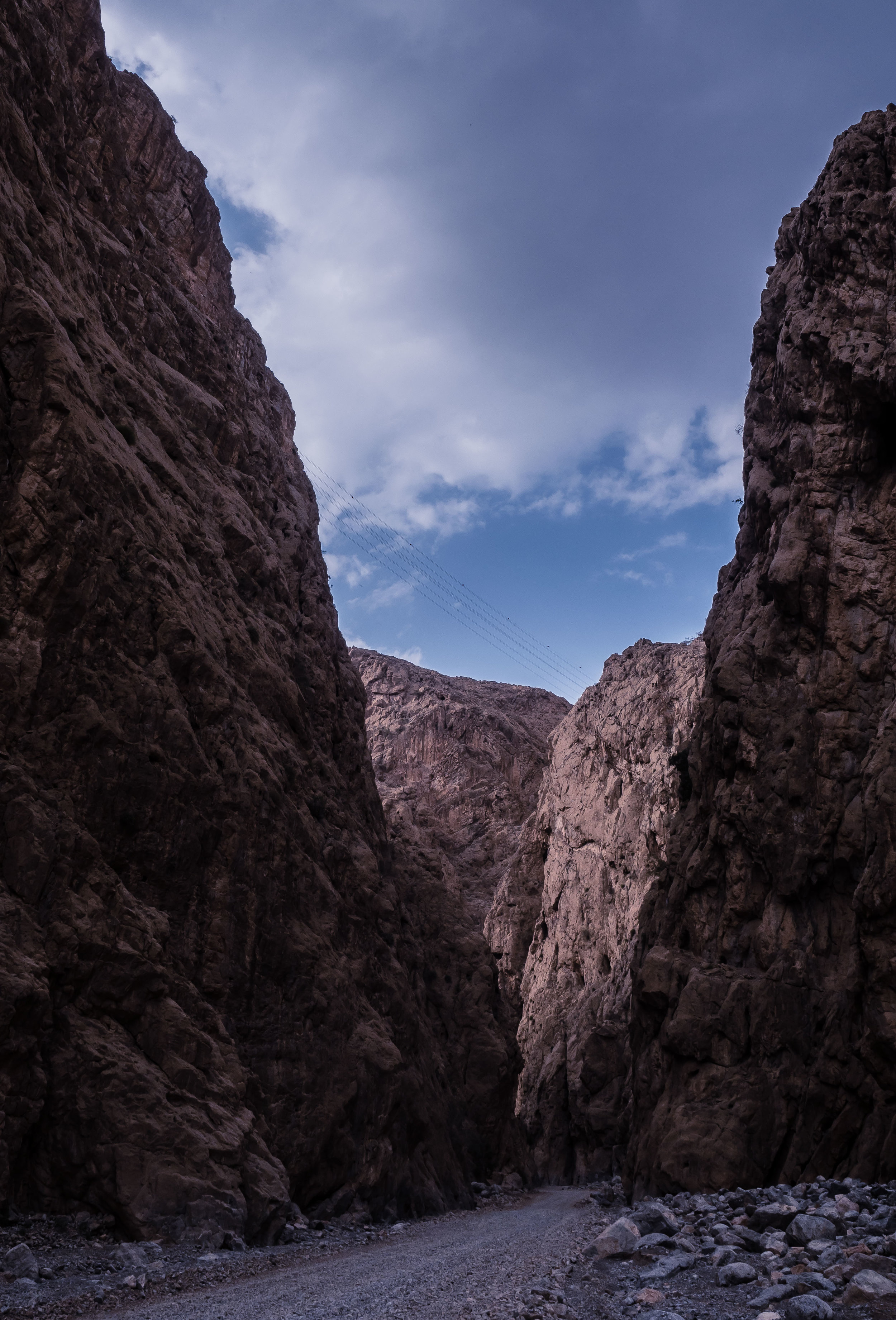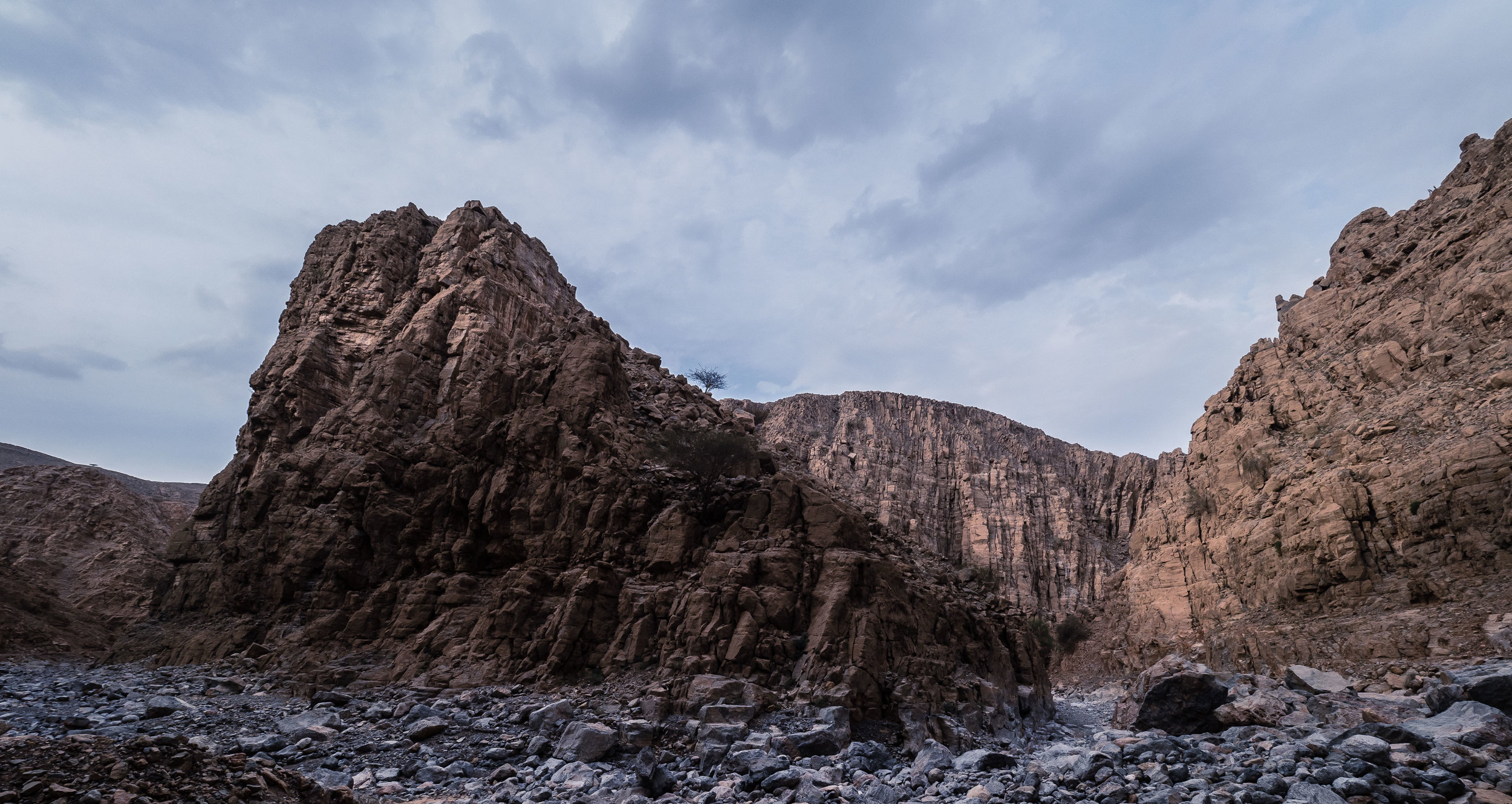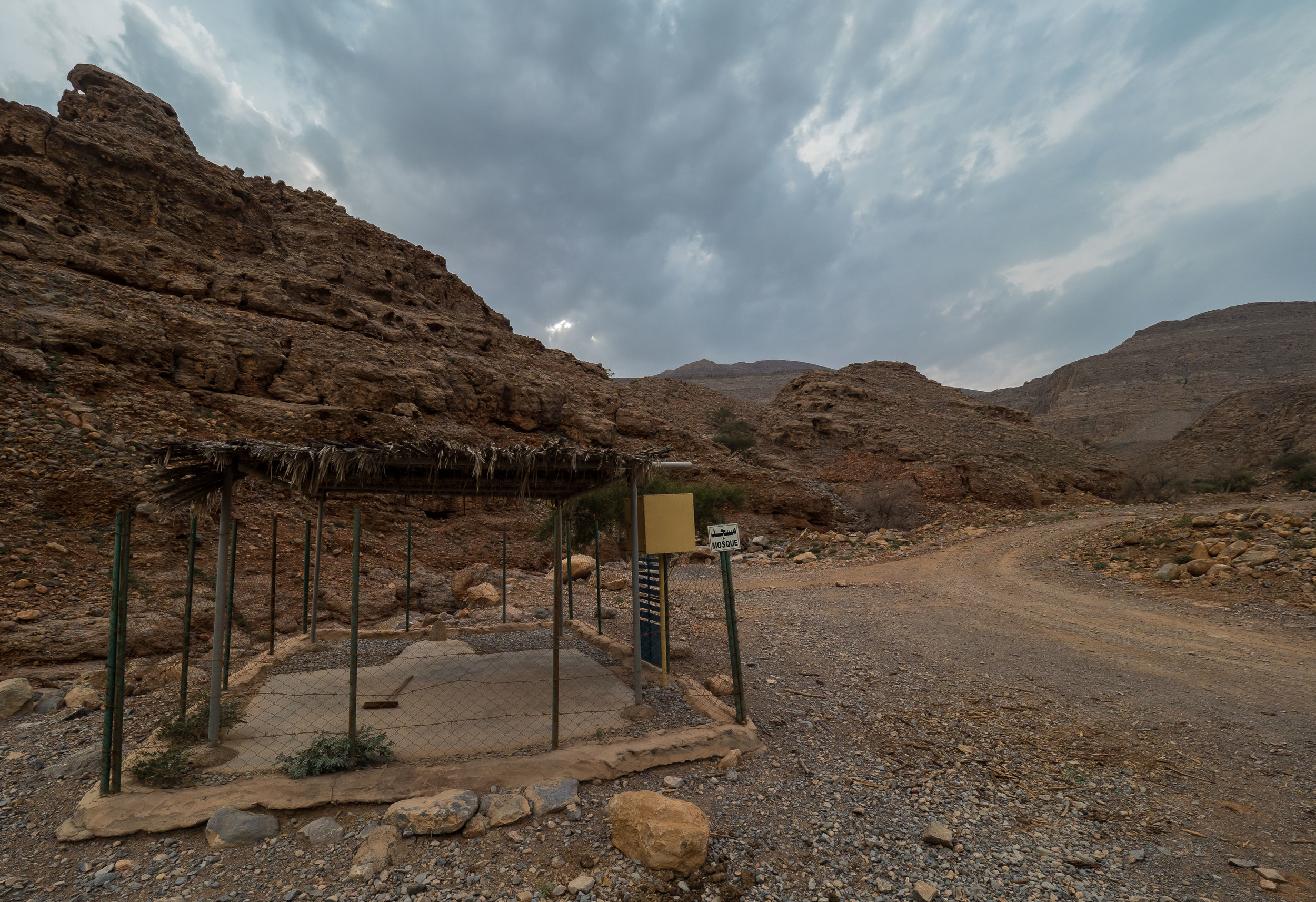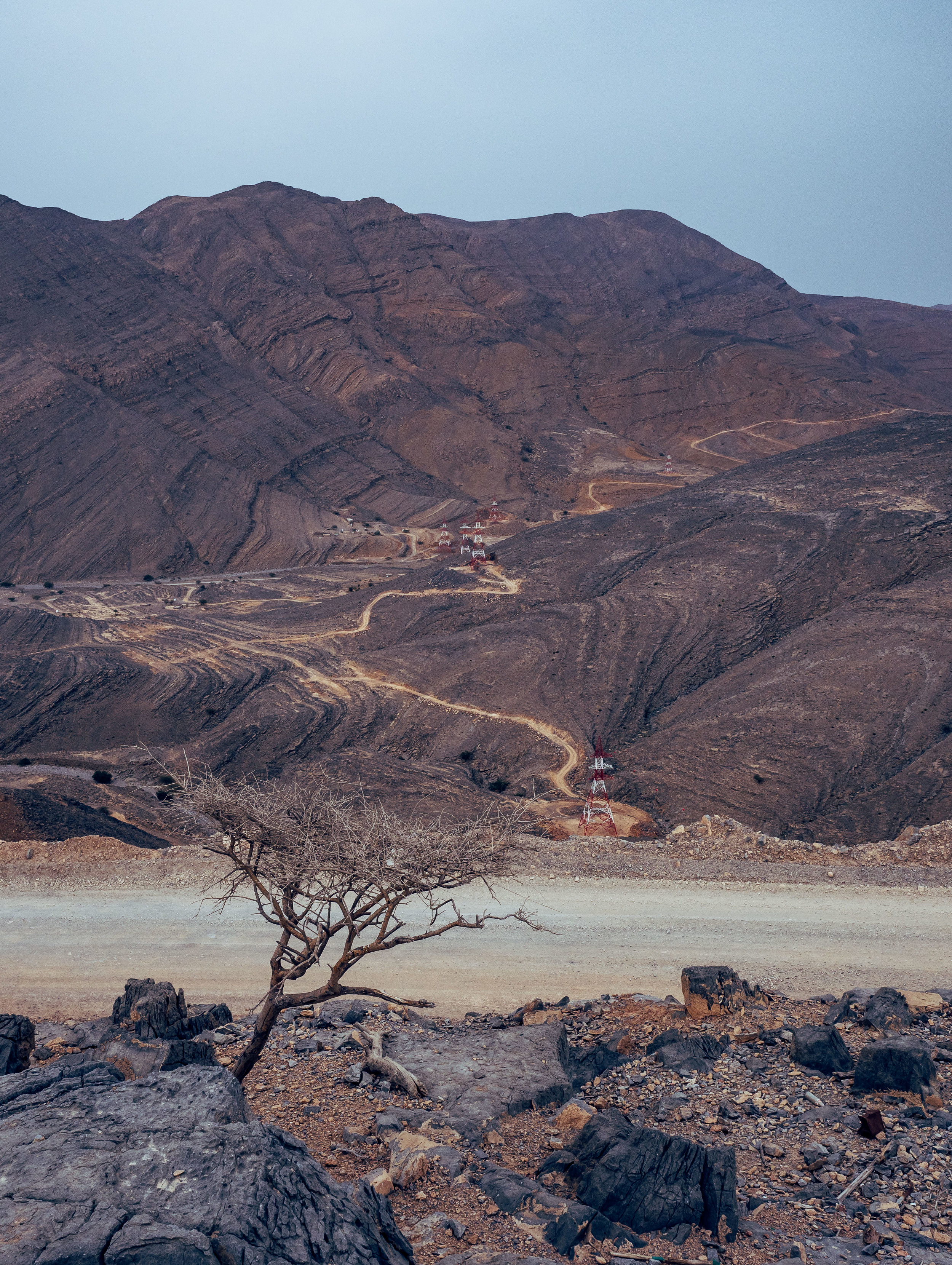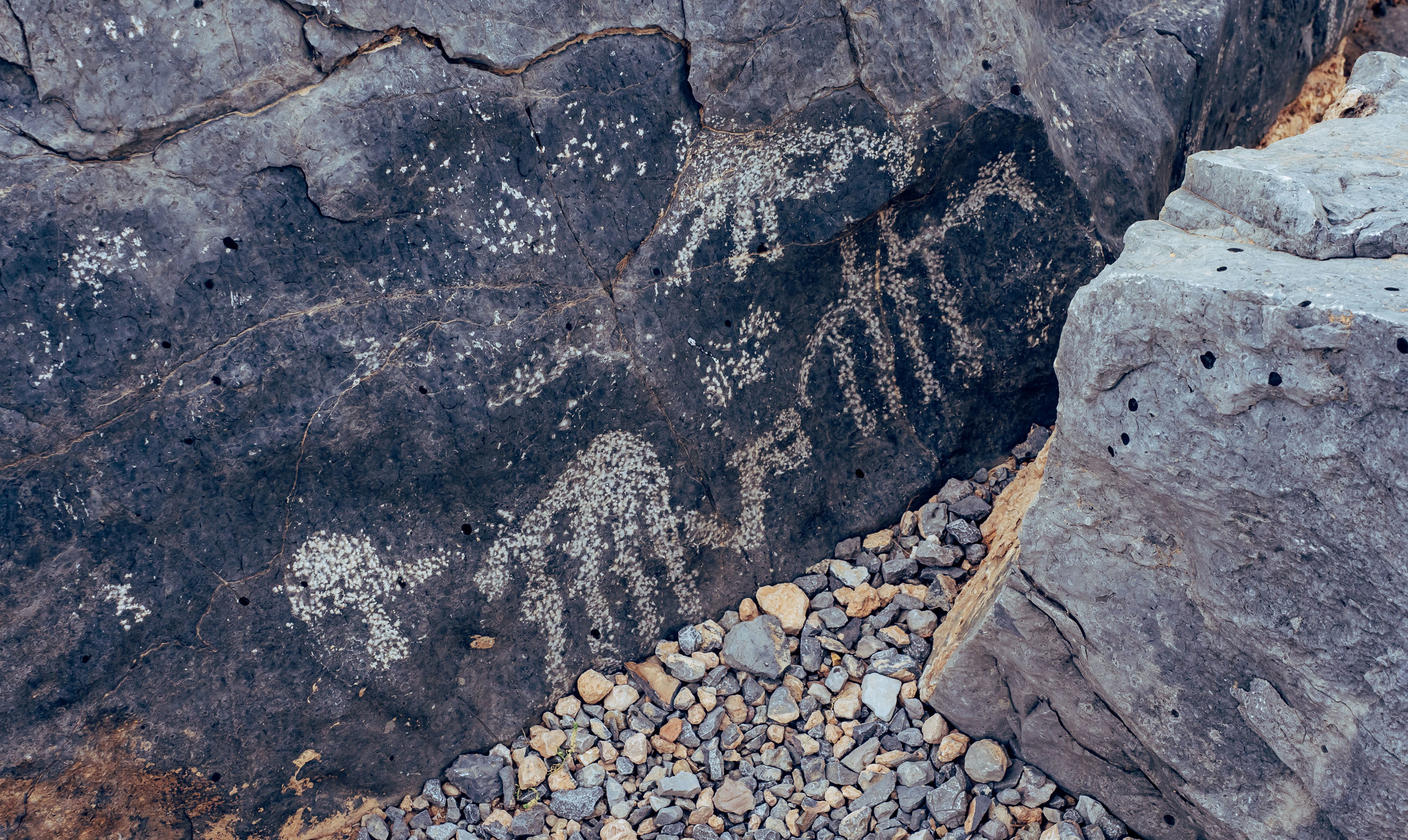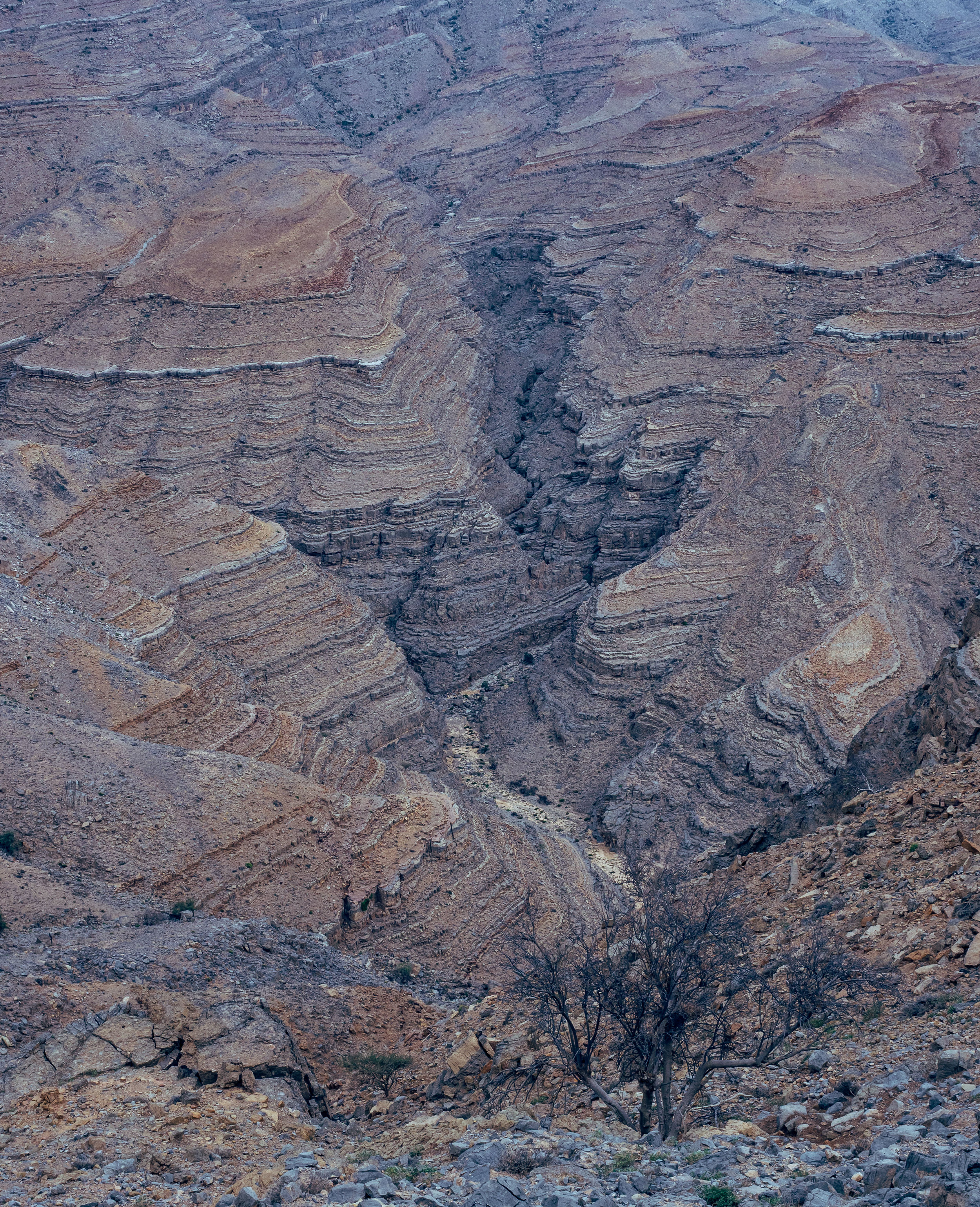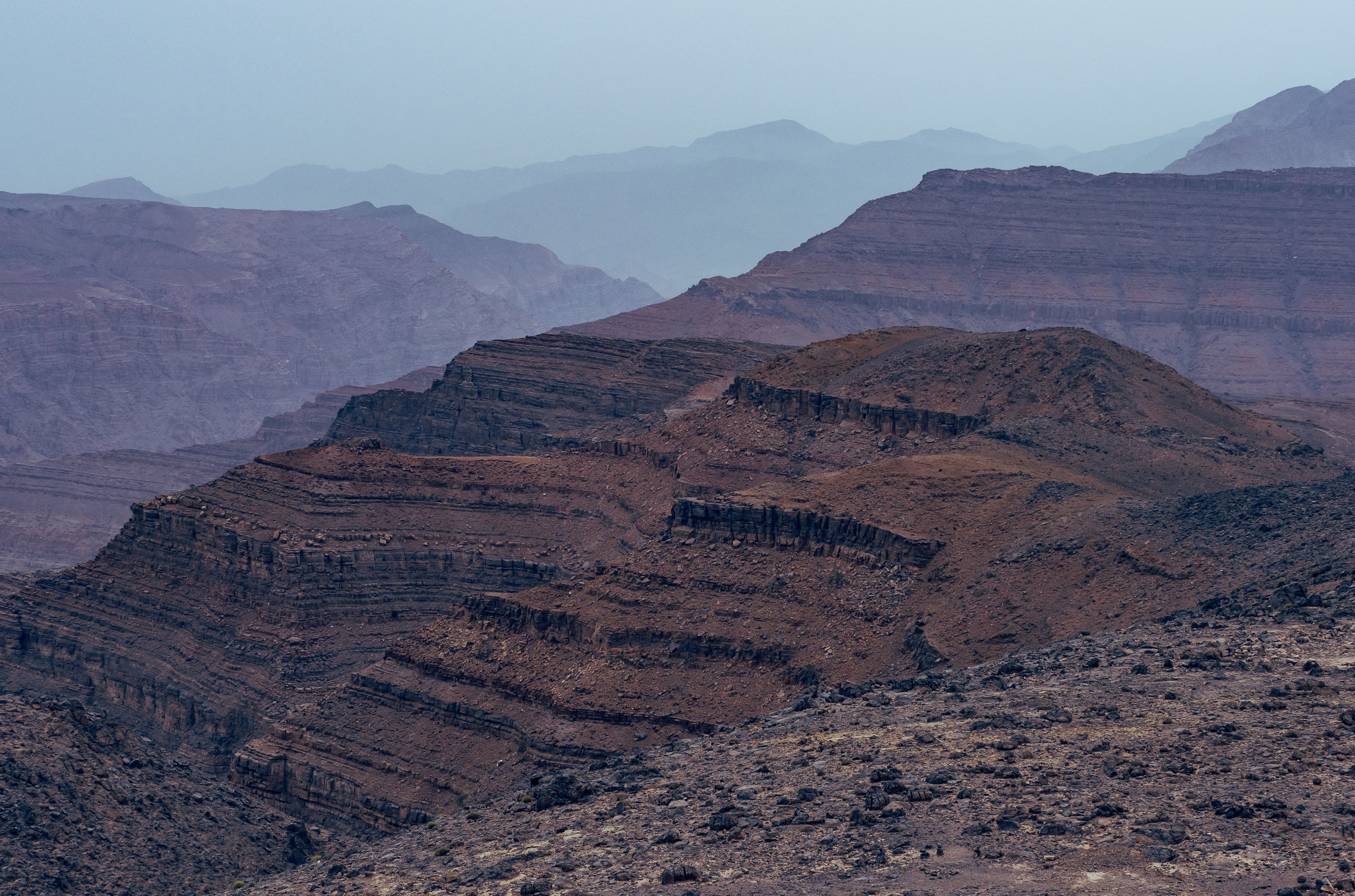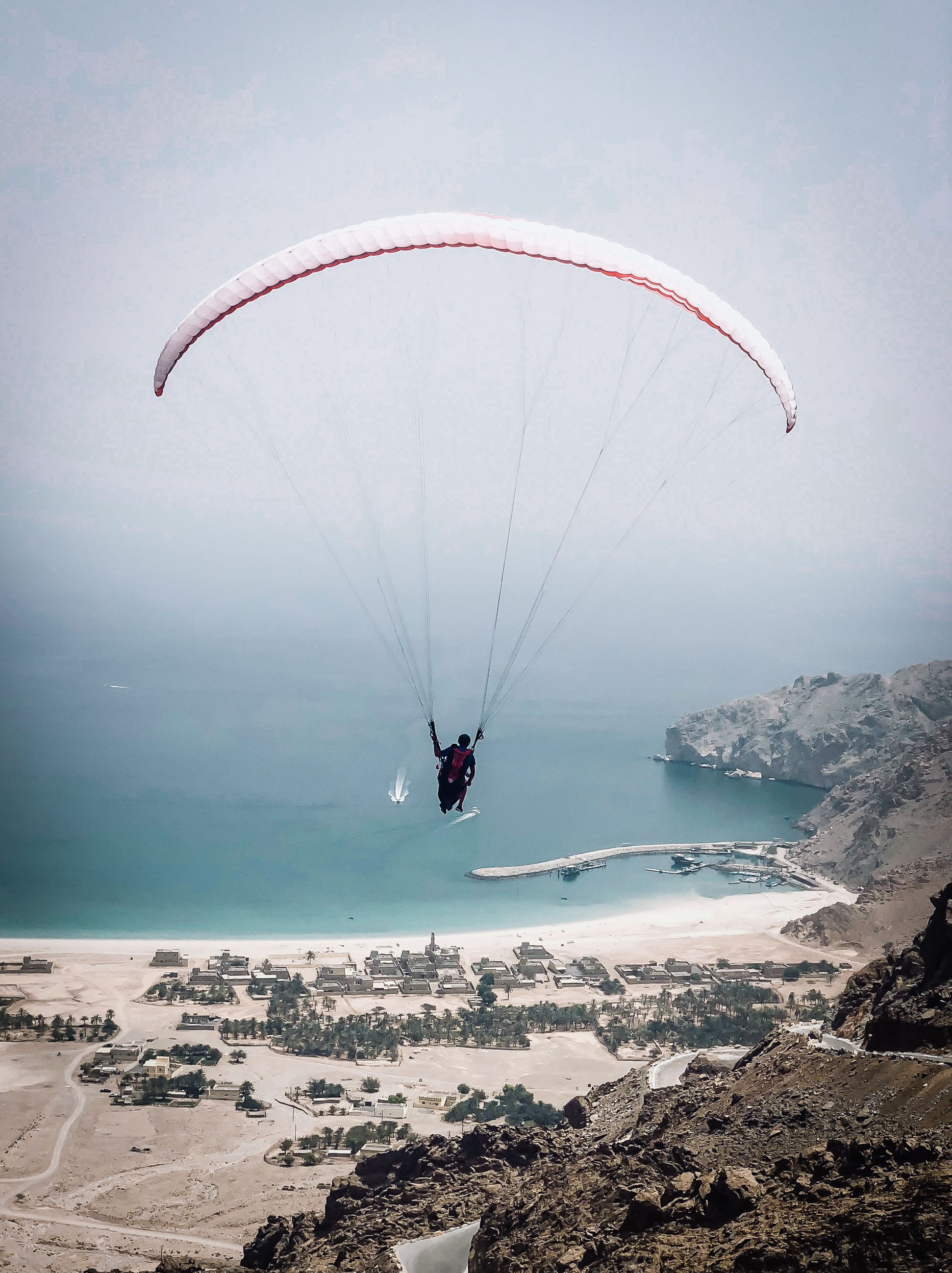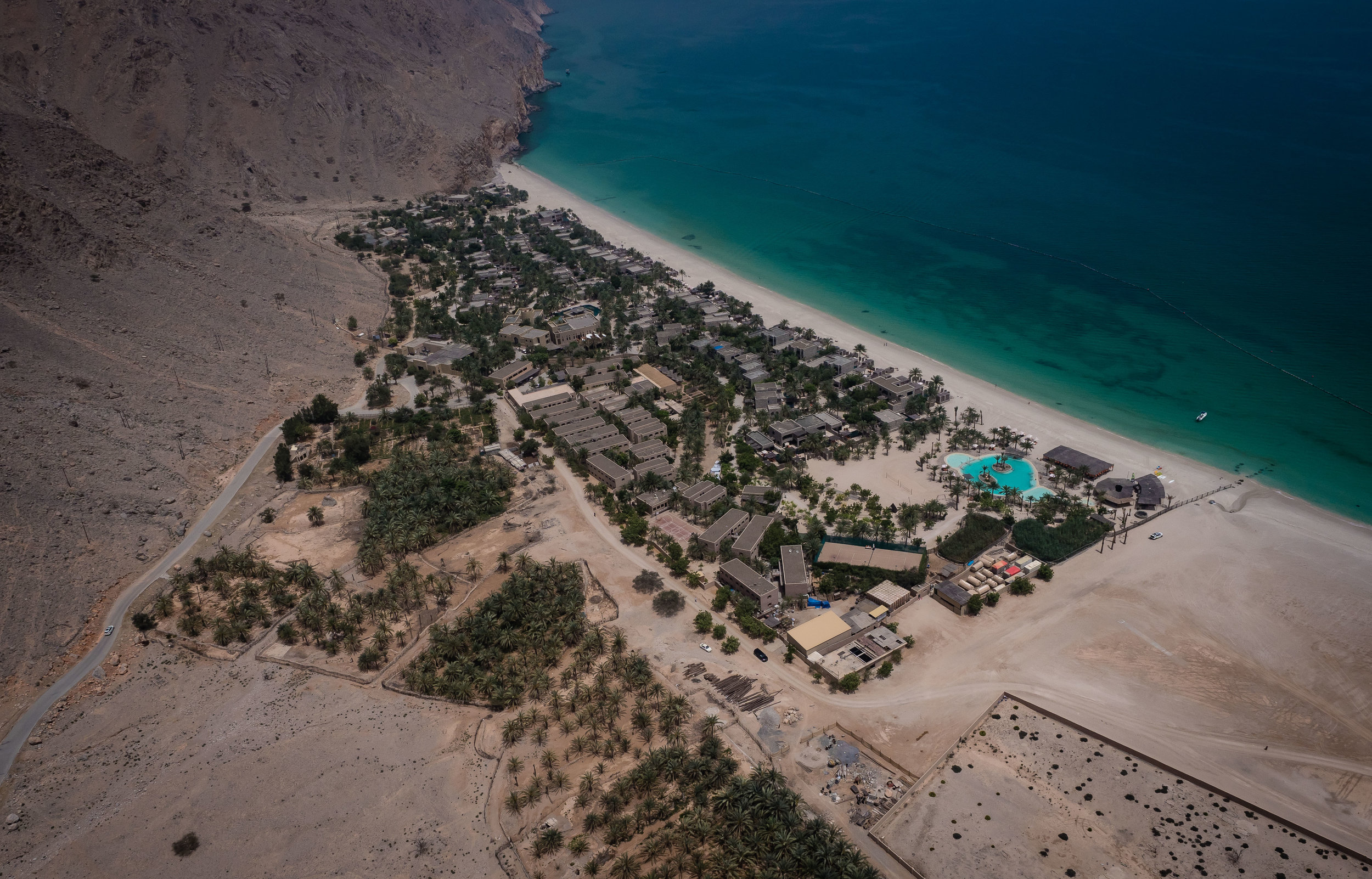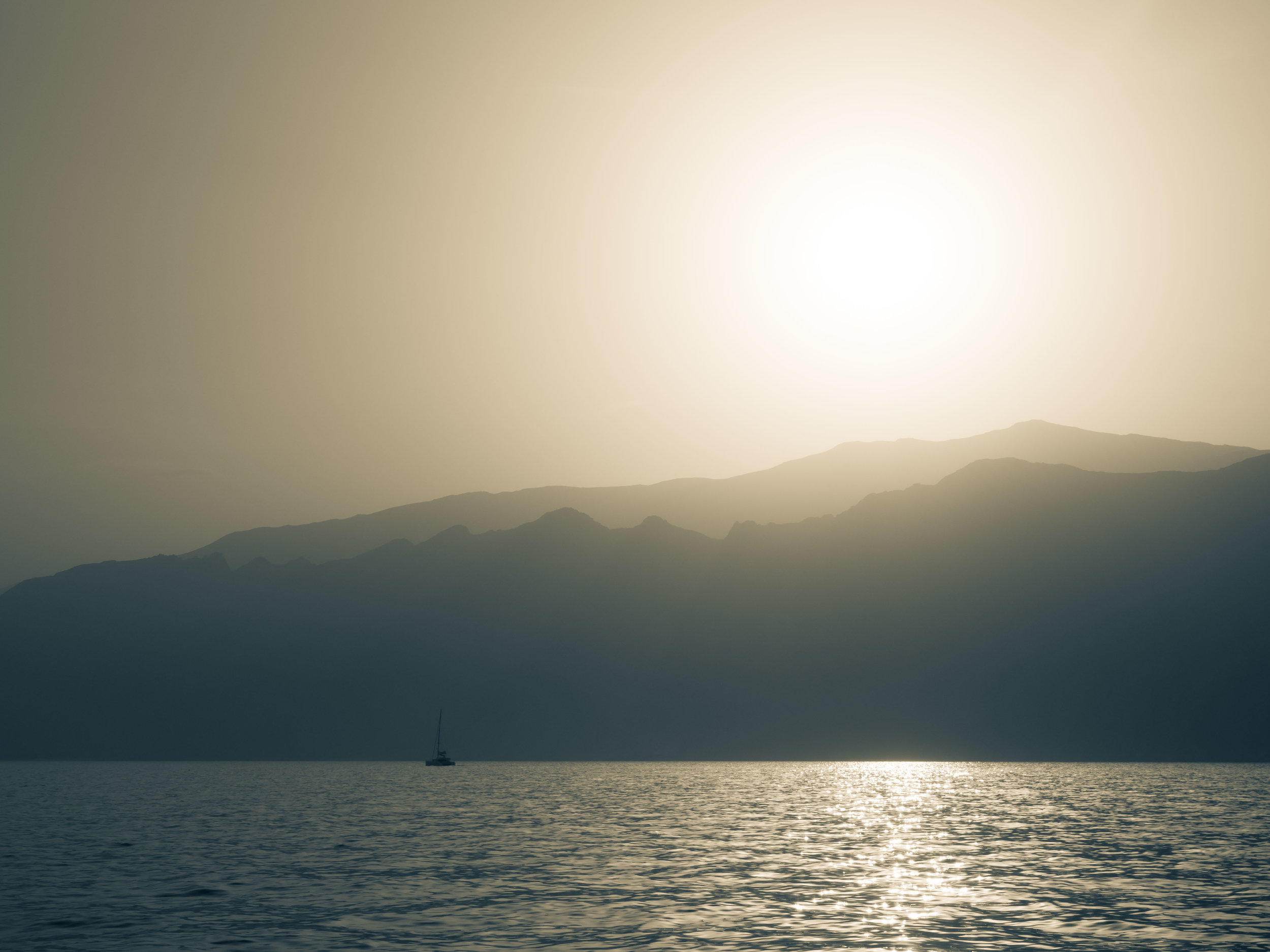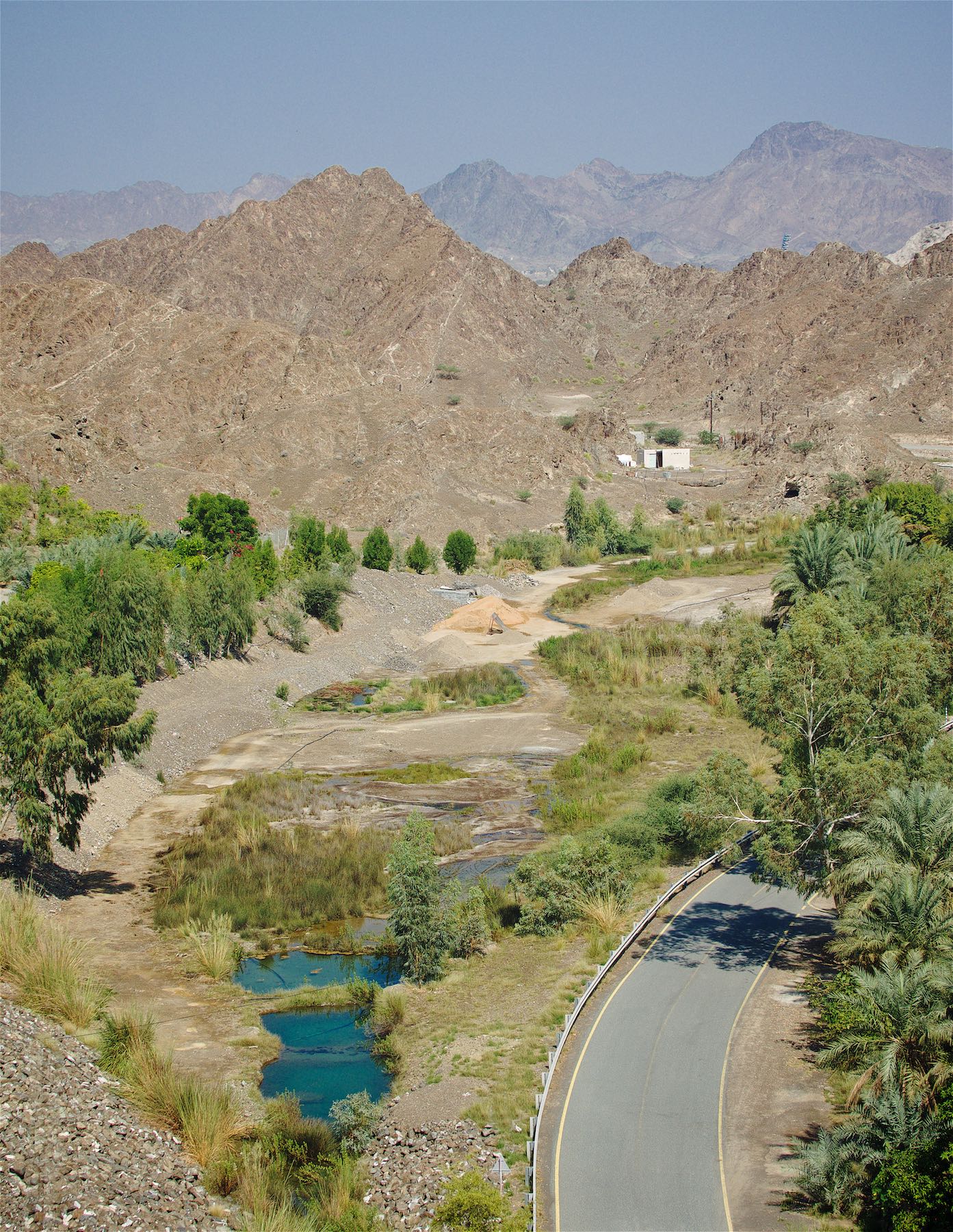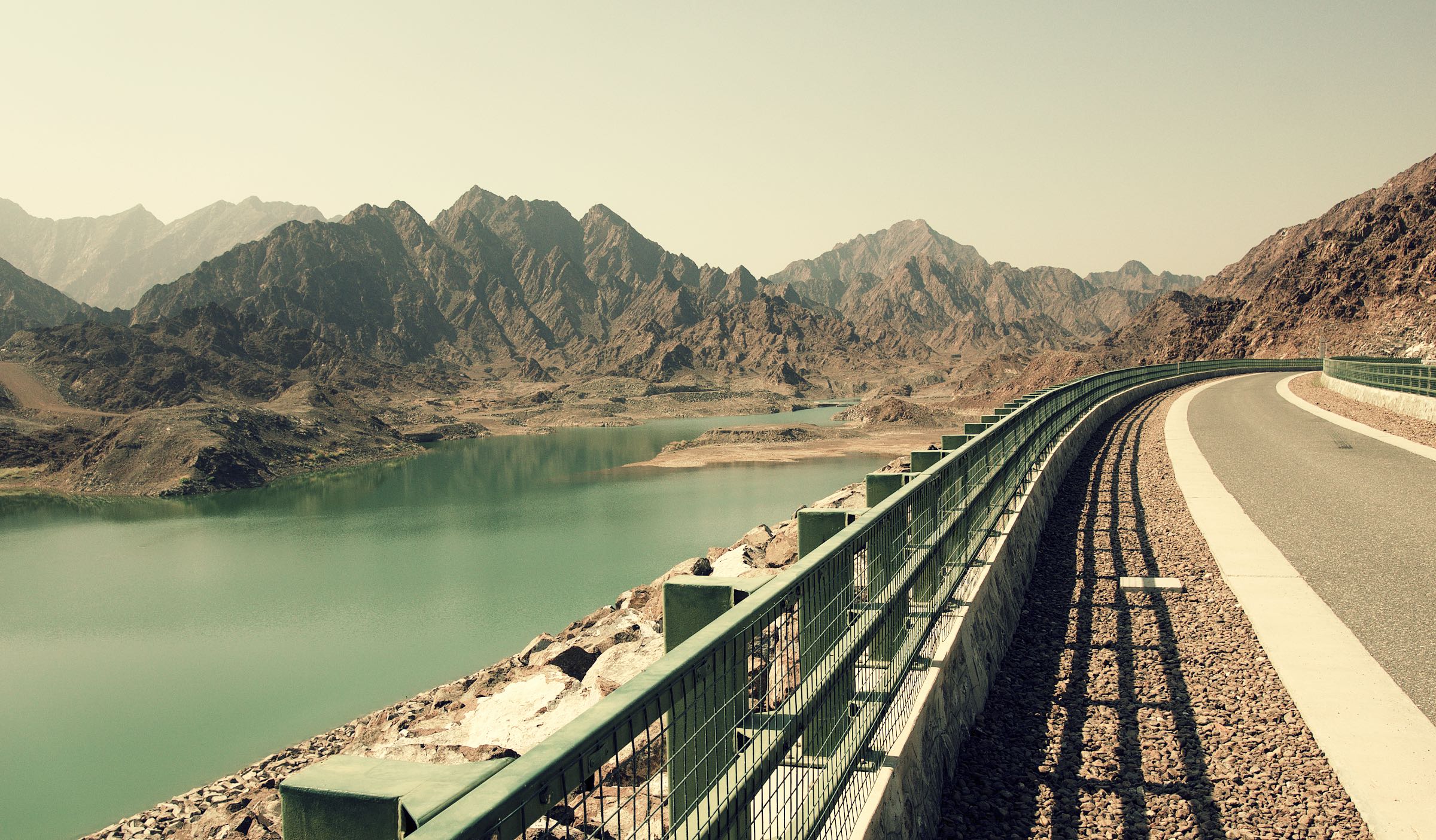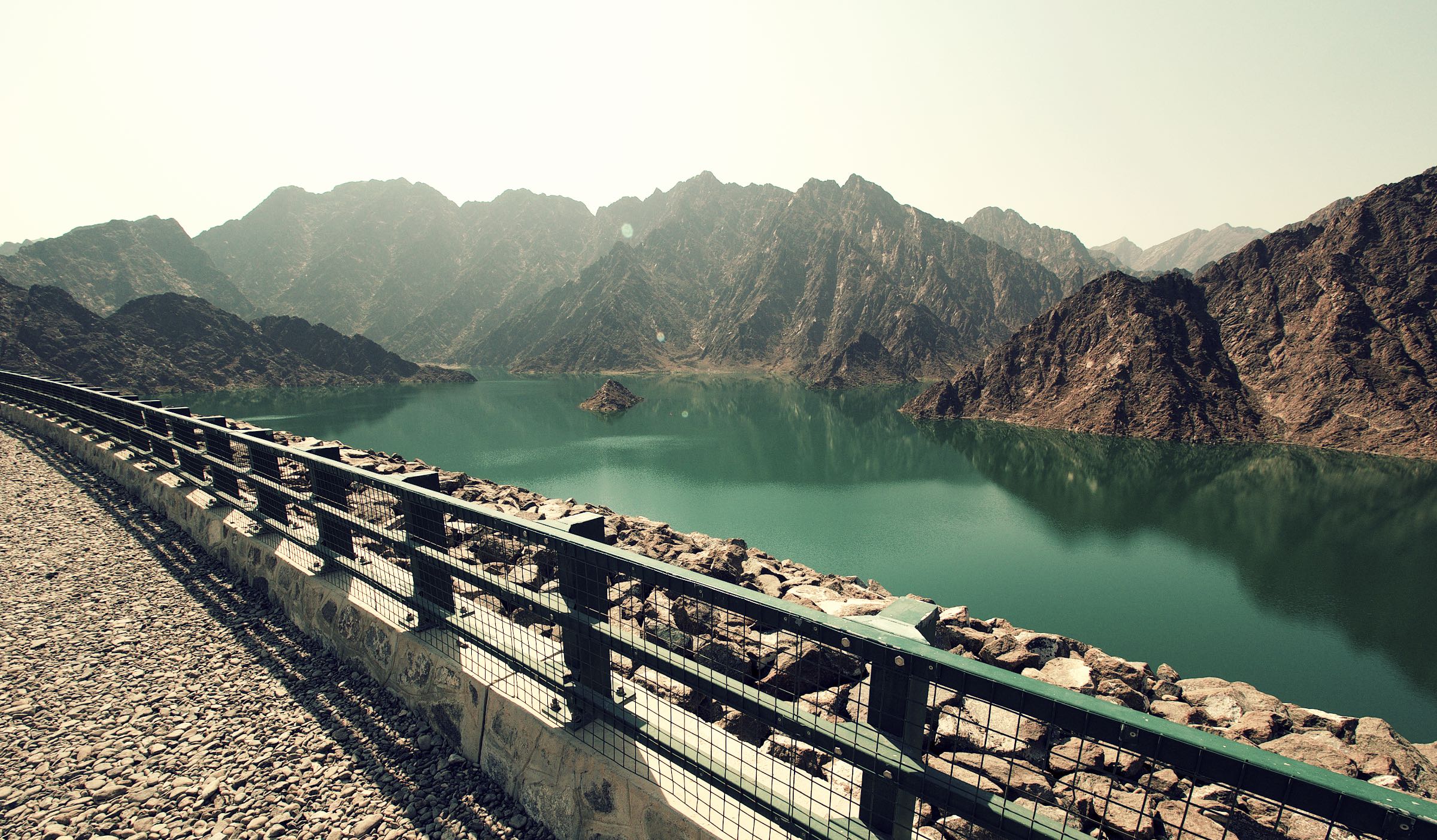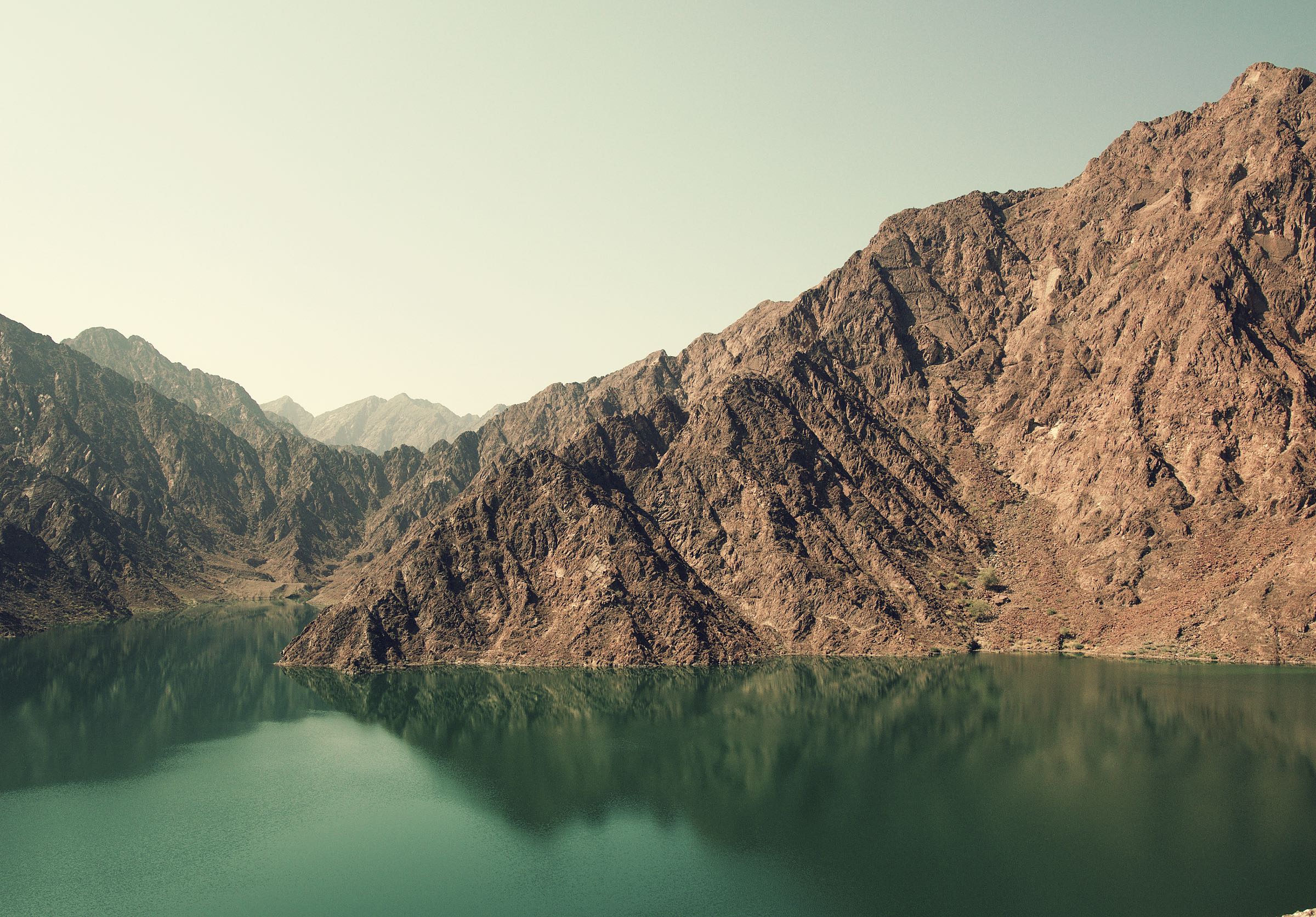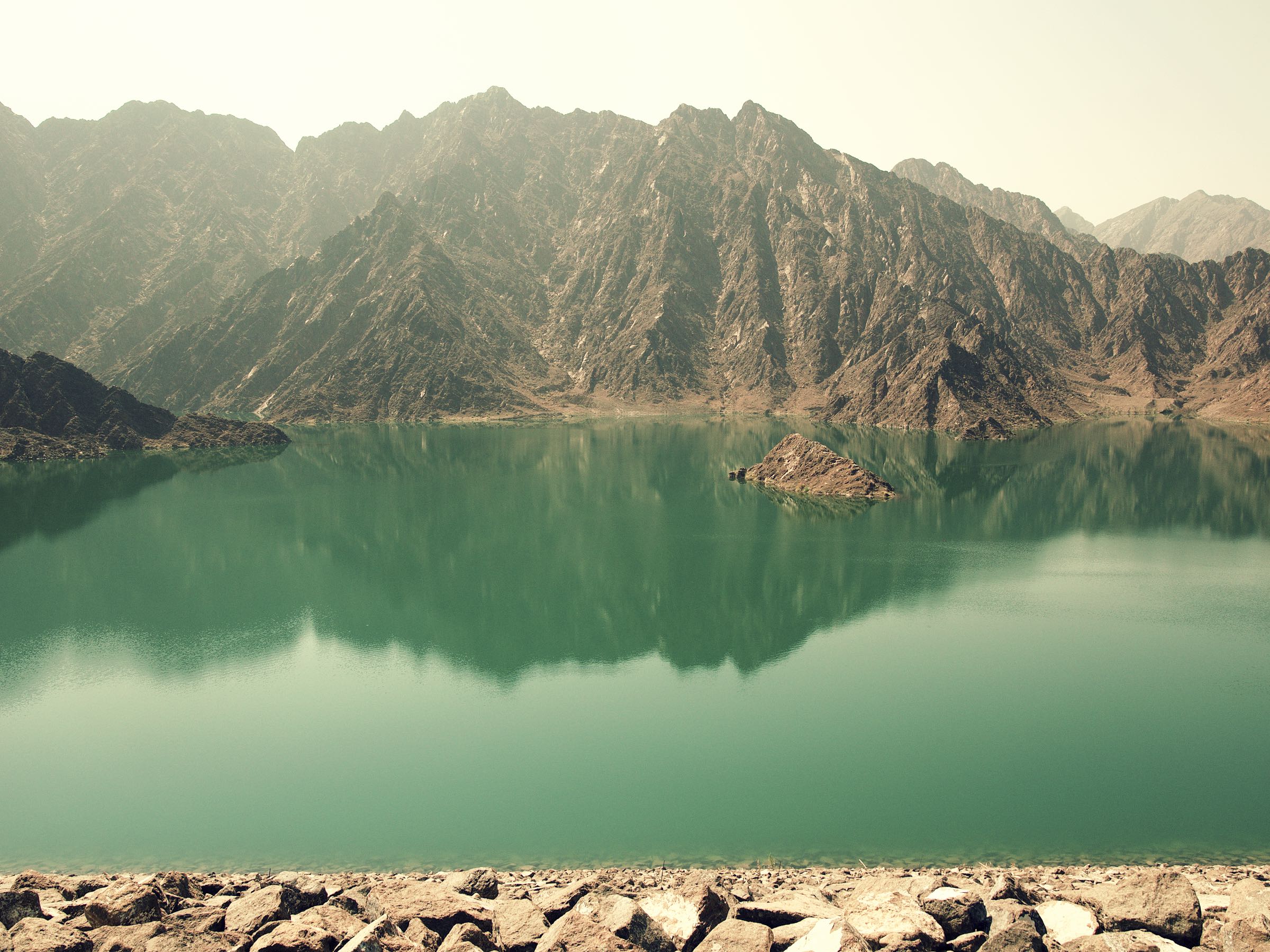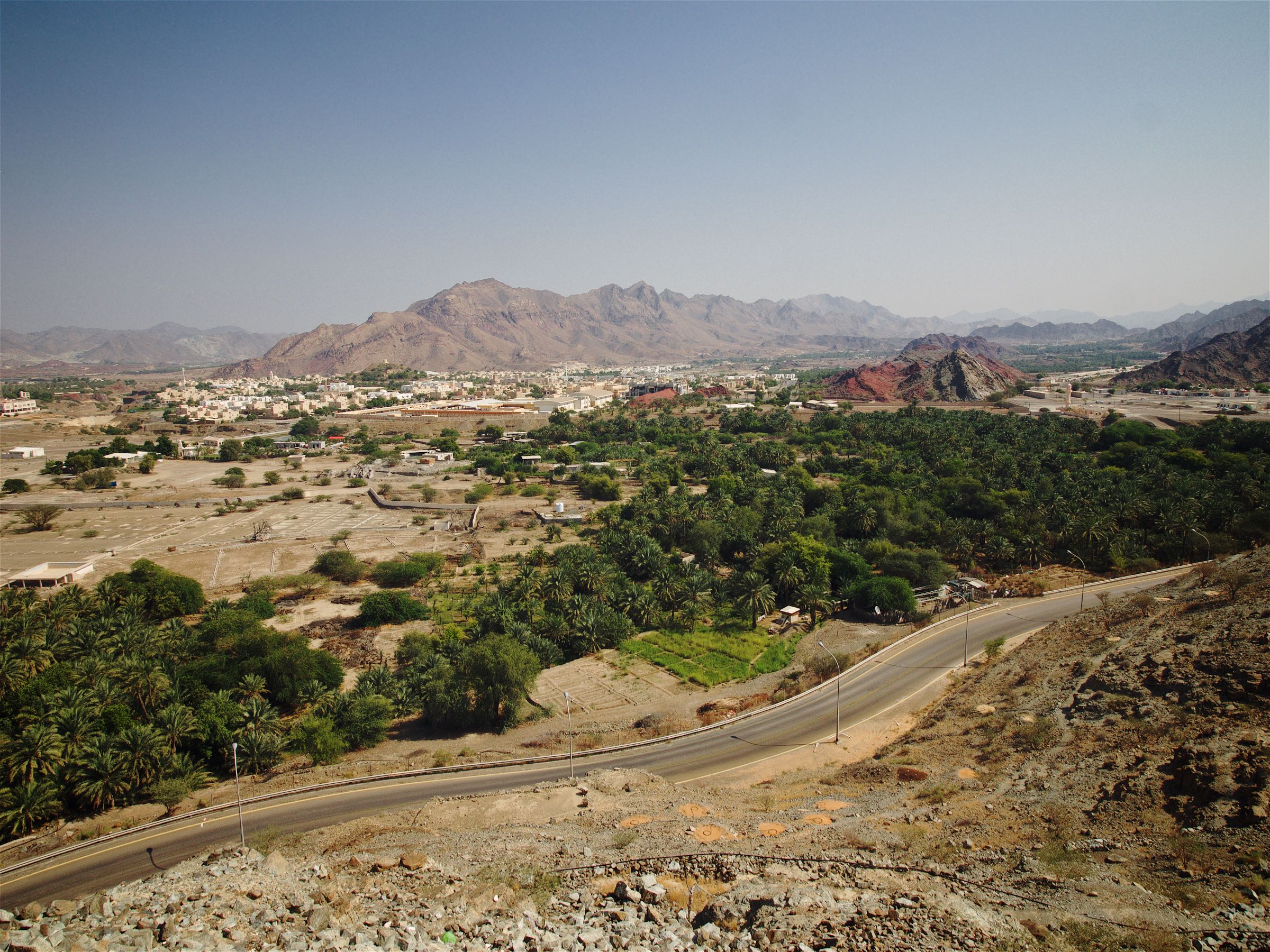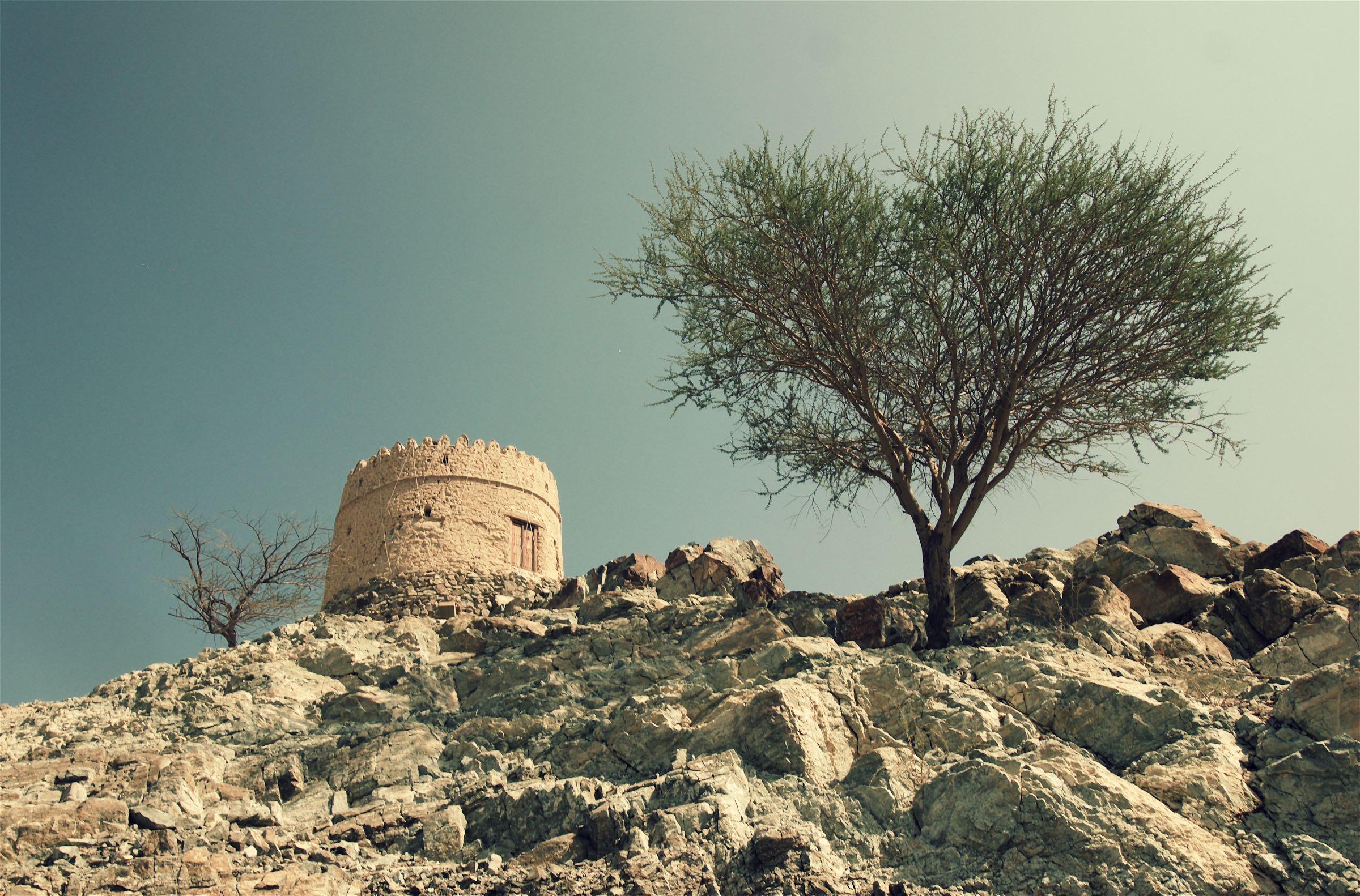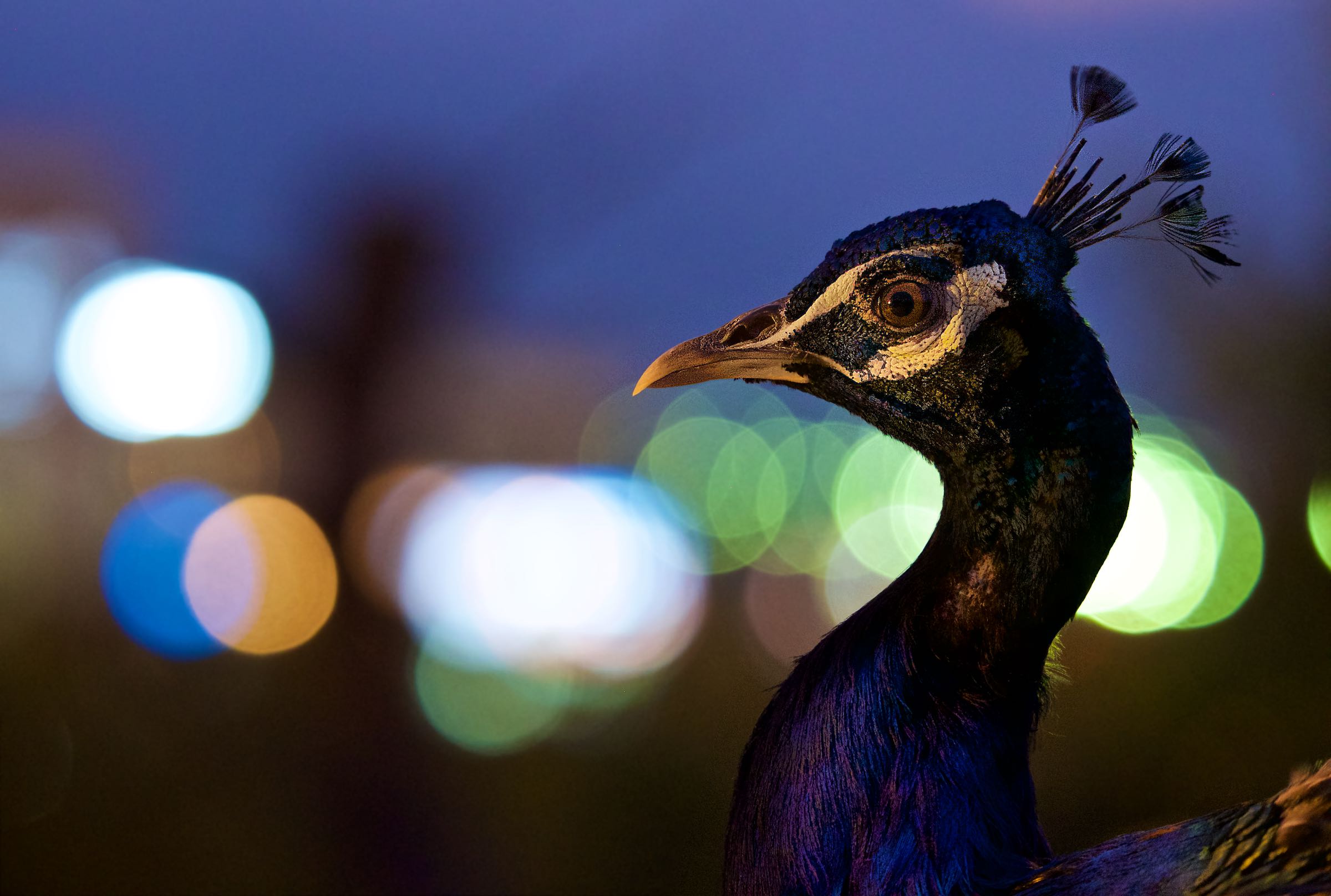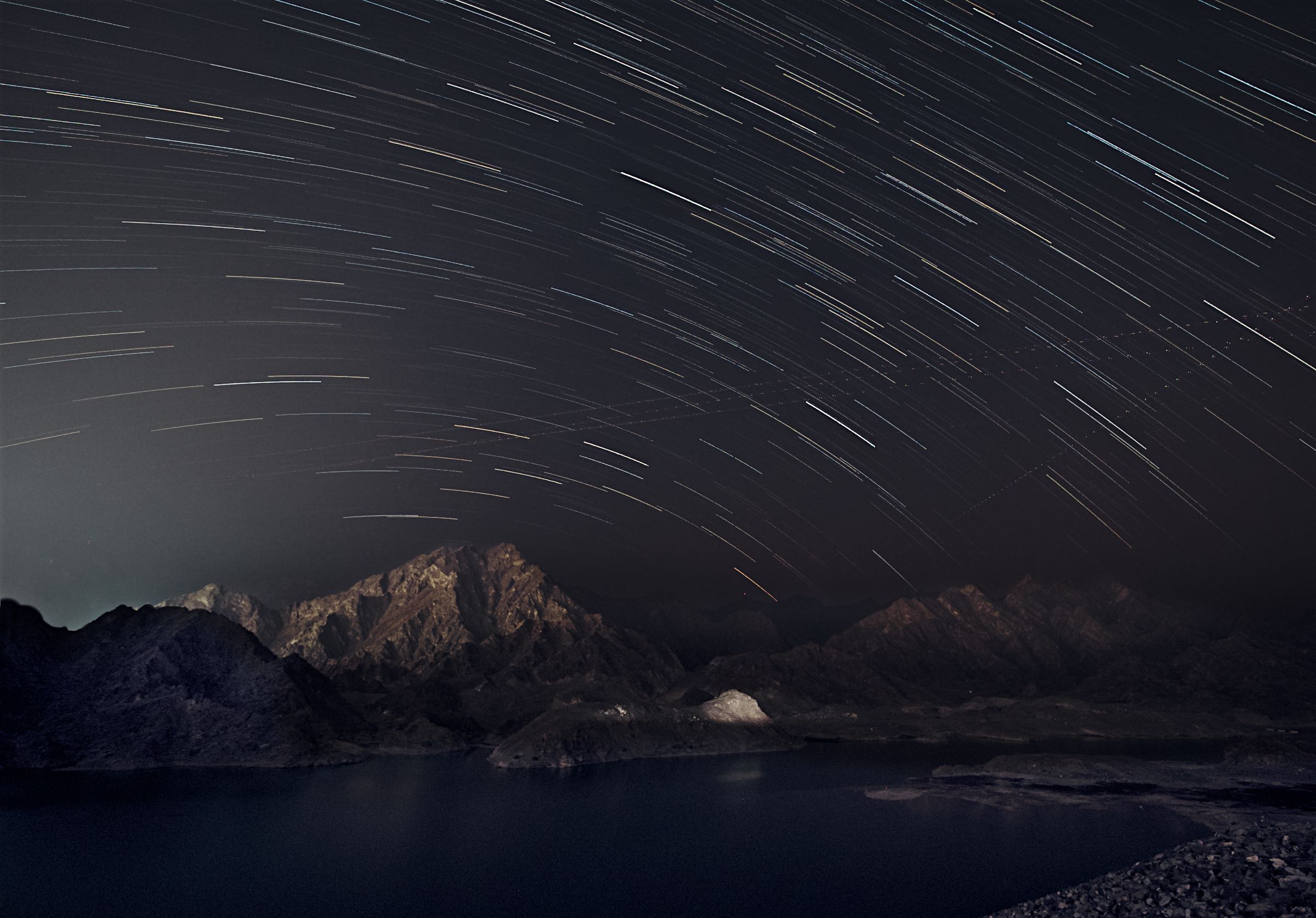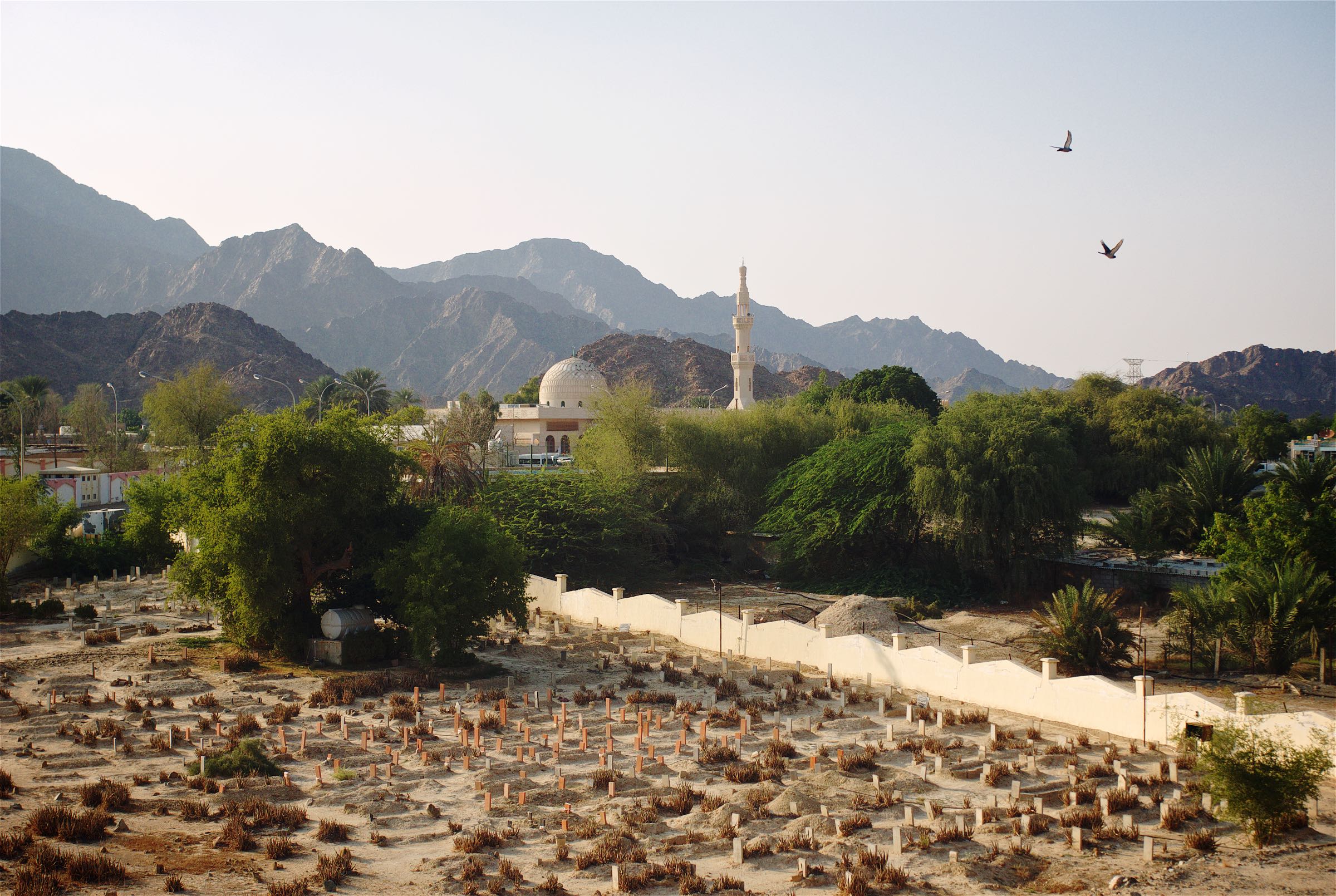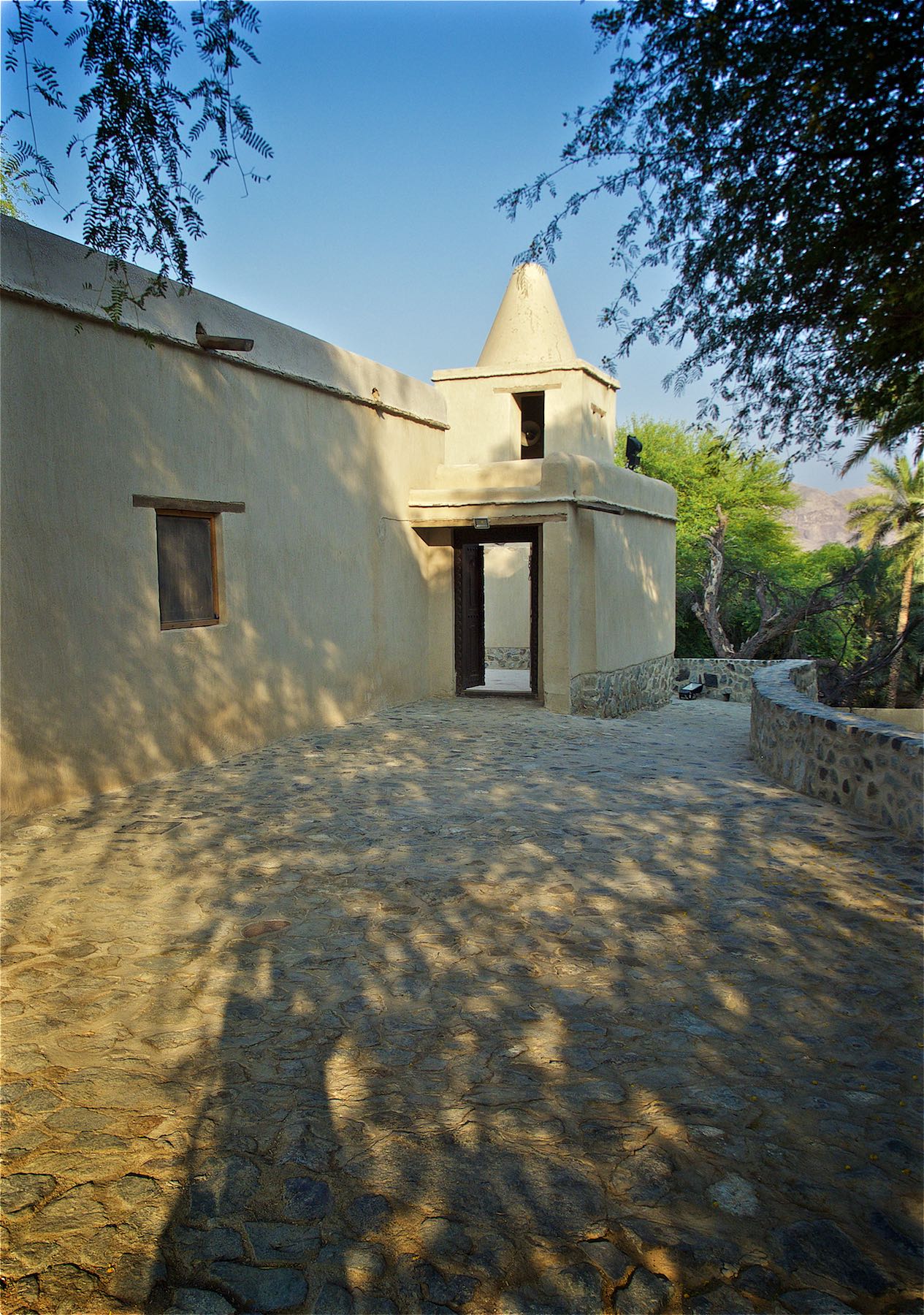Mongolia - Vast Steppes & Nomadic Cultures
Mongolia’s vast landscapes, rugged mountains, beautiful deserts, and nomadic people have long been on my list for exploration
Mongolia’s vast landscapes, rugged mountains, beautiful deserts, and nomadic people have long been on my list for exploration (although that list is long, frankly). In August 2023 that opportunity came when I spent a couple of months in Asia and there was an open slot on Daniel Kordan’s Mongolia tour. I rarely go on guided group photography tours during my travels, as I often find them limiting in flexibility and scope, but the dates fit, and this tour definitely had some great aspects to it that are more difficult to achieve solo. In addition, it was led by my good friend from Dubai, Andy Marty, and also allowed me to fit in a short stopover in Beijing.
Mongolian Moments - Watch this to get an Overview
The White Stupa
We started our tour from the capital and by far the country’s largest city, Ulaanbaatar, but immediately went south for several hundred kilometers, with the first goal being Tsagaan Suvarga (White Stupa) - an eroded cliff that was once the floor of an ocean.
The ancient seabed is now a limestone escarpment covered with minerals. Oxygen exposure over millions of years then created this colourful scenery.
We continued our way onwards to the south and further west, with the final destination being the sand dunes of the Gobi desert, getting ever closer to the borders with China, one of Mongolia’s two mighty neighbors - the other being Russia in the north. Together, they make it the world’s largest landlocked country. As we approached our camp for the night, we got the chance to stop for a beautiful sunset…
… which quickly turned into a heavy storm, with rainclouds approaching in the distance.
As we arrived at our “hotel” for the night - one of the many ger (a traditional yurt-like tent still commonly used by the locals) camps that are dotted around the landscape, the rain clouds turned into thunder and lightning. Of course I couldn’t resist, threw the luggage into the ger, and set up the camera before the rain arrived. Using Olympus’ amazing Pro Capture feature makes catching lighting relatively easy in many situations, without having to set up triggers or even a tripod - these were handheld at 1/5s exposure!
Highways
Distances are vast with very little infrastructure - understandable, given that it’s the most sparsely populated country on earth (just over 2 people per sq km.) Although, the country’s road network has been increasing rapidly, the majority of the roads that do exist are not yet paved, making driving a bit of an adventure.
It’s not unusual to drive for dozens of kilometers through empty steppe, with nothing more than a few animals to see. The layers of diverse landscapes make up for it, such as here as we slowly approached the tall dunes of the Gobi desert.
The Gobi Desert - Dunes for Days
The Gobi Desert is one of the world’s largest. The majority of its landscape is not actually characterized by sandy areas, but instead features dry steppe and exposed rock. Having said that, the tall dunes, for example here around Khongoryn Els, make up some of its most beautiful scenery and we spent a few nights here to capture their shapes around sunset and sunrise.
Bactrian Camel Herders
A local family with their herd of bactrian camels joined us in the dunes to add a human element, and bring some scale to the photos. Bactrian camels have been domesticated in Mongolia for thousands of years - today, only very few truly wild individuals of a separate species survive, and these are critically endangered.
The endless shapes and flowing patterns of these dunes make for countless compositions and different abstract motives, especially as the light slowly illuminates their sharp edges.
The camels have been essential for providing clothing, sustenance from milk, and transportation for many nomadic people of the region for centuries. They are well adapted to the climate, with a long fur coat during the -40C winters, which they shed during summers when the temperature can reach 50C.
As the sun set and darkness creeped in, we had a short window to capture the Milky Way over the dunes before the moon rose.
Greenery in the Desert
Aside from the Bactrian camels, horses are also often kept by the nomadic people of the region. A river runs at the foot of the dunes in the north, creating green pockets of grass and scrubs for them to graze on.
The Flaming Cliffs
Home to the world’s first discovery of Dinosaur eggs.
As we left the dunes of the Gobi Desert, our route back to Ulaanbaatar had another stop in the plan, which was not only interesting to me from a photographic point of view, but also due to its geological and archeological history 🦖.
After a small break at a local well in the steppe of the desert, where the nomadic families raise drinking water for their horses and camels, we arrived at the so-called Flaming Cliffs: A geological locality from the Cretaceous period, deriving its name from the red glow the rock formations exhibit, especially during sunset - luckily the time when we were there.
Beyond their obvious beauty, this area is where some of the most significant fossil artifacts in the world were discovered: The very first finds of several dinosaur species, as well as the first-ever fossilized dinosaur nest, including the matching Oviraptor eggs. Another incredible paleontological find includes a pair of fighting dinosaurs, now immortalized as a statue on the small museum built on the site.
Nightly Exploration
After discovering these beautiful nearby rock formations during the day, an idea for some nightly adventure emerged: The result was some drone light painting as the Milky Way rose, with the odd meteor and a nice green airglow adding a little bit of extra interest.
It meant the night before our final drive to the capital was short (very short), but we got some fun images to take away.
The Bayan-Ölgii Province - Home of the Eagle Hunters
After a night in Ulaanbaatar, the next destination was the very western region of Mongolia close to Kazakhstan (although the two countries do not share a border): a two hour flight brought us to the province of Bayan-Ölgii. The reason? To spend time with the infamous Eagle Hunters of the local nomadic tribes that once settled here after leaving the east of Kazakhstan for political reasons. Even today, the vast majority of the population is Kazakh, Mongolian is not the primary language, and Islam is strongly represented here.
While the city is small and life is quiet and traditional, during summer time people still gather and go out. The winter tells a different story (from what I heard), as temperatures drop to -30C, running water becomes an exception, and power cuts occur regularly.
The city centre is home to a few abandoned structures from the former Soviet era, like this one, which was once seemingly a high school.
The outskirts of Ölgii feature a common sight in Mongolia, very different from traditional city structures: small houses with gerts owned (and sometimes occupied) by the local families, dotted in the yards. Even today, 30% of the population falls under the “nomadic” category, regularly and seasonally moving between locations.
Our primary purpose here was found a little bit outside the city, in the endless hilly landscapes of the area, where nomadic people live with their animal herds - and in some cases, with their eagles.
Golden Eagles
About 250 such Eagle Hunters are said to live in the area and still practice a tradition that goes back thousands of years: utilizing Golden Eagles for hunting foxes, hares, and other animals in the winter months, primarily for fur to make clothing items.
For the last 25 years, a festival takes place every year in October, where participants show off their skills and get judged on agility, speed, accuracy, and also style and dresses. While this has created a new income stream for the local population, especially after media coverage over the last 10 years, it is said that over the years the eagles utilized for the festival have been raised, trained, and kept differently than the ones actually used for real hunting in the winter, for example by ensuring they are accustomed to crowds. Even among the human component of the equation, the emergence of the festival and its associated tourism industry has changed the perception and purpose of eagle hunting, reducing the focus on its original purpose in exchange for winning competitions and gaining recognition.
Entrance
Aside from being able to take these portrait photographs here, the experience of spending time with the family in their gert and sharing a meal with them was a special privilege.
While the practice of eagle hunting is male-dominated, women can be found among the Eagle Hunters, and kids start learning to ride horses and care and interact with the large birds (their wingspan reaches 2 meters) at a very young age, albeit often beginning their journey with a falcon instead. Daiynbek Ay Moldir is one of the most famous Eagle Hunters of her generation, having won prizes at just 13 years old - and she definitely has the skill (and humor) of a champion.
We had plenty of opportunities to observe the Eagle Hunters in action, skillfully managing both horse and eagle in a coordinated union.
Smiling Faces
This got a little messy at times, but everyone still clearly enjoyed themselves. Although I can’t vouch for how the horses and eagles felt, there was clear evidence that it’s a respectful and caring relationship between animal and human.
In Action
Seeing these Eagle Hunters practicing their craft was impressive, and I wanted to try and convey the sense of power and energy in my photos from a new perspective. Using a remote controlled camera on the ground allowed me to get much closer to the action for a new angle.
Unfortunately time was not on my side and as a result I only had a couple of attempts to get these photos - while not exactly as good as I think they could be, I’m still happy to have been able to document this sight in a way that has not been done before. Take a look at the video below to get an idea of the behind the scenes!
Serik Jenisbek
One of the most well-known champion eagle hunters of the area.
We visited a few different locations in the beautiful Altai mountains ranges, which created a perfect backdrop straight from a movie set.
The Eagle Hunter’s Parade
Before making our way back, the opportunity to once more capture some Milky Way photos in the dark skies of the small city’s outskirts could not be missed.
Impressions from Ulaanbaatar
The capital is also by far the largest city in the country. With 1.6m inhabitants, over half of the population lives here. It’s a relatively modern and clean city with a mix of traditional vibes, paired with modern architecture, and remnants of soviet influences.
While August is quite an enjoyable time to visit Ulaanbaatar - or most of the country for that matter - it does hold the title of the coldest capital in the world, with temperatures regularly dropping to 40C below 0 in the winter months.
Parliament of Mongolia
The building is adorned with a huge statue of Genghis Khan in the centre, the first Mongol Emperor and responsible for making it the largest land empire in the world in the 13th century.
While I didn’t explore much of the city, I did want to visit the Natural History Museum of Mongolia and get a few more glimpses at its paleontological treasures, of which there are quite a few, including the fossilized dinosaur eggs and many well preserved skeletons. Unfortunately the museum itself doesn’t have a lot of English descriptions and background information.
And that was the end of my time in Mongolia - but it’s another country that has so much to offer (and much of it unexplored) that I definitely want to see more: finding snow leopards, experiencing the gobi desert covered in snow, exploring more amazing geological features, and witnessing the nomadic culture are all reasons to come back.
Subscribe to my newsletter to get notified and don’t miss out on more Wonders of the Globe.
Other Recent Posts:
Jordan - From Salty Seas and Dramatic Deserts
A rich history, natural attractions, and dark night skies - what’s not to like?
I’ve wanted to visit Jordan for many years, and despite its proximity to Dubai it took until now - when I’m not actually living in Dubai - to make it happen. Its rich history and natural attractions didn’t disappoint, and on top of that, the dark skies of its deserts meant some Milky Way photography was on the cards. What’s not to like?
Petra - The Ancient Capital
The first part of my trip lead me to the capital of the Nabateans - the historic Kingdom that ruled this area more than 2000 years ago until the Romans took over. Their centre was the famous city of Petra. My time here (and in Wadi Rum) was spent in a small group as part of a trip organized by Benjamin Barakat, which really helped to get access to some of the best spots, with great local guides.
With the right timing - such as being the first one to arrive in the morning when the gates open at 6am (in the summer) - you can experience this place in peace and quiet, which adds to the awe-inspiring grandeur of the sandstone carved structure built 2000 years ago.
More than the Treasury
As I’ve alluded to, there’s more to experience in Petra than just the Treasury, which admittedly got a lot of the attention in popular culture, such as being featured in the original Indiana Jones movie. In fact, there’s a lot more to see, and if you want to soak it all in, you better be prepared to hike. I did 32km in one day, but it was worth it to explore the many Hellenistic facades, the tombs, and the amazing theatre, for instance.
The Monastery
Maybe it’s simply the feeling of reward after the two hour journey to reach this place, but the Monastery might be my favorite structure in Petra. It was carved in the mid first century AD and follows the mixed architectural style that was characteristic for the Nabateans.
We were lucky to spend the sunset and early night here, allowing us to capture the structure in its best light and get a few star trails as well. It also meant that there were barely any other people left except us and the Bedouins… which couldn’t resist showing us their daring climbing skills.
I couldn’t help but join them, and being up on the roof of the Monastery was an incredible feeling, but also one that reminded me that I have a healthy respect for heights - while I sat on the edge, you bet I didn’t follow that jump. Take a look at the video below and decide for yourself…
Wadi Rum - Mars on Earth
Another two hours further south of Petra lies one more of Jordan’s six UNESCO World Heritage Sites (Petra being one as well), and another one that has been featured in quite a few famous movies, such as Dune and The Martian. The original legendary appeal of Wadi Rum comes from the tales of Lawrence of Arabia though, which kick-started the tourism industry here.
The first night took us out to a beautiful arch (one of many) not too far from the camp, and it was time for the first Milky Way session (also one of many)!
Another arch was on the cards for the following night, in fact, there are two different ones in this spot just a hundred meters apart. Paradise of rock formations!
Luckily there were a few cats around for company while one waits for the camera to finish taking 3 hours of exposures…
Our last night here was spent heading out to a few nearby dunes for sunset, joining our guides and their camels for dinner. The camel is a favorite animal of the Zalabieh bedouins that are resident here, and a symbol for male pride.
While I was off to take these photos, I set up another camera on my star tracker (the Benro Polaris) to take a timelapse sequence while the tracker was counteracting the rotation of the earth, effectively canceling it out and showing how our home planet makes its way through the galaxy.
The Final Morning in Wadi Rum
While drones are not allowed without a (very difficult to get) permit from the government, luckily there are other ways to see places from above, which I took advantage of before having to leave this incredible landscape.
Back to the North
At this point I said goodbye to Benjamin and the group and continued the journey back into the northern parts of the country on my own, hoping to explore the ancient historic and a few more natural sites.
The Salty Sea
Heading back south, my next destination was the Dead Sea - one of the world’s saltiest water bodies and the lowest point on earth, at almost 450m below actual sea level. The water level falls at an alarming rate, dropping around 1 meter per year. Its high level of salinity (more than 10 times of a normal ocean) means there is no life to be found in and around it, and that swimming is more like floating - you can’t sink here.
While originally a single body of water until the 1970s, the southern section of the Dead Sea (which is in fact a lake) is now completely separated from the northern part, and divided into commercially used evaporation pools to extract and produce chloride. The future of the northern part is not clear, some say it will eventually dry up completely, others believe this is unlikely due to the continued inflow of water, and the reducing evaporation rate that will eventually match the inflow. Commercial projects to save the lake at its current levels, such as a canal from the Red Sea, have been announced but never actually made significant progress.
Wadi Mujib
On the shores of the Dead Sea lies a beautiful biosphere reserve around a river that empties into the lake, with options for hiking and canyoning.
It's this 6th century map of the Holy Land, which represents the oldest surviving overview of the area, including old Jerusalem seen above. The representation was shown to be very accurate, occasionally even guiding excavations and research in certain areas.
Glimpses of Amman
I didn’t spend all that much time in Jordan’s capital, but of course had explore the citadel towering over the slopes that Amman has evolved on - originally, the city was built on seven hills. Excavations in the area found evidence of settlements dating back all the way to the Bronze Age, 4000 years ago.
Final Stop
And that was my trip to Jordan - as always, you can subscribe for the next updates here or take a look at some of my favorite photos in my Portfolio. If any of the images here catch your eye and you think they’d make for a good piece of art on your wall, I make custom signed prints, just get in touch!
The Rub Al Khali and the Emirates National Car Museum
A three hour drive from Dubai takes you the Rub Al Khali, the largest uninterrupted sand desert in the world, with its beautiful tall red dunes. At the edge and close to the border to Saudi Arabia lies Qasr Al Sarab, a beautiful Anantara hotel with amazing views.
A three hour drive from Dubai takes you the Rub Al Khali, the largest uninterrupted sand desert in the world, with its beautiful tall red dunes. At the edge and close to the border to Saudi Arabia lies Qasr Al Sarab, a beautiful Anantara hotel with amazing views.
On the way there you can find the Emirates National Auto Museum, definitely one of the more unexpected UAE attractions. Situated in a lonely pyramid-shaped building off the road towards Liwa, it features the collection of HH Sheikh Hamad Bin Hamdan Al Nahyan. Cars include such special vehicles as the world’s largest truck, a Rolls Royce used by the Queen, an 1885 Mercedes and his rainbow colour collection of S class
Took the opportunity to shoot a timelapse video of the Milky Way over the desert from 2 am into the sunrise. Watch below.
The Buried Village of Al Madam
On the surface, a desert doesn’t offer much, but many times there’s more to things than the eye sees on first glance. The same is true for a little strip of land behind the village of Al Madam on the old Dubai-Hatta road, where you can find a lost and abandoned set of houses and a mosque that is slowly taken over by the relentless dunes composed of the fine UAE sands.
On the surface, a desert doesn’t offer much, but many times there’s more to things than the eye sees on first glance. The same is true for a little strip of land behind the village of Al Madam on the old Dubai-Hatta road, where you can find a lost and abandoned set of houses and a mosque that is slowly taken over by the relentless dunes composed of the fine UAE sands.
The Fossil Rock Area
In July 2018 I took another drive into the UAE deserts, this time heading out to Sharjah's famous Fossil Rock area, a beautiful rock formation around the town of Maleha. While not as dark as other spots in the UAE (and therefore not ideal for Milky Way spotting), it makes for an amazing place to venture out at night. Aside from the natural beauty of the rocks dotted into the desert dunes, we spotted a desert fox and scorpions as well.
In July 2018 I took another drive into the UAE deserts, this time heading out to Sharjah's famous Fossil Rock area, a beautiful rock formation around the town of Maleha. While not as dark as other spots in the UAE (and therefore not ideal for Milky Way spotting), it makes for an amazing place to venture out at night. Aside from the natural beauty of the rocks dotted into the desert dunes, we spotted a desert fox and scorpions as well.
The Dubai Desert - A few impressions of Al Maha
In April 2018 I visited the Al Maha Desert Resort, a place I've had on my Dubai to do list for over 10 years. Having been owned and managed by Emirates, it is now operated by Marriott through its Luxury Collection brand. The hotel is set in the Dubai Desert Conservation Reserve, and is definitely one of the nicer ways to explore and experience the beauty of the desert.
In April 2018 I visited the Al Maha Desert Resort, a place I've had on my Dubai to do list for over 10 years. Having been owned and managed by Emirates, it is now operated by Marriott through its Luxury Collection brand. The hotel is set in the Dubai Desert Conservation Reserve, and is definitely one of the nicer ways to explore and experience the beauty of the desert. Below are a few impressions.
Six Senses Zighy Bay - A Musandam Refuge
The Six Senses Zighy Bay on the Musandam Peninsula, named after the small fishing town right next to it, just off the UAE boarder at Dibba, has always been on my list of must see places. This April I was lucky enough to spend a few days at the resort.
The Six Senses Zighy Bay on the Musandam Peninsula, named after the small fishing town right next to it, just off the UAE boarder at Dibba, has always been on my list of must see places. This April I was lucky enough to spend a few days at the resort.
Hatta - The Other Side of Dubai
Went to Hatta for a weekend, the old mountain city in the Emirates of Dubai, high up in the Hajar mountains. Worth a visit for sure!
Went to Hatta for a weekend, the old mountain city in the Emirates of Dubai, high up in the Hajar mountains. Worth a visit for sure!

























